|
The Tartan Weaving Mill is right next to the entrance to the Castle, which we had to pass up that day because of the crowds. So we finally got back up there two days later and it was totally worth the climb up the ginormous hill. Here's a very short advertisement from their FB page:
We didn't actually buy anything from the 5 floors of merchandise, but if I had the money and it was ever so much colder in Texas year-round, I would have bought this:
It's an officially recognized tartan designed by Brian Wilton in 2017. I can't find it anywhere else online so I'm guessing it must be exclusive to the store, which doesn't have a website, only a FB page.
Tartan Weaving Mill experience
This was a mural at the entrance to the mill so that as you walked in you were reading the panels in order from right to left. But I've put them in order from left to right, so it might seem confusing. The first panels are the history of tartan and they lead into the loom viewing area which is in the basement. The looms are very loud, even though they are behind walls and glass, you can still hear them. The employees have to wear hearing protection when all four of them are going at once. Outside of the loom area but still in the basement were seamstresses who were busy sewing bespoke kilts. The UK word "bespoke" means made to order.
Here's a view from above the basement level of one of the looms. Even the stairs are tartan!
Check out the giant cones of thread!
Here's another video from their FB page of one of the looms in action.
History of the Kilt
And again the display is set up so that it reads from right to left as you come into the room. So the figures on the right are the oldest.
The individual figures in the correct order:
The artists' renderings also read from right to left as you walked into the room so that the figures as I've listed them below start in 1910 and go backwards till 1200 is at the end. I apologize for the confusion.
Rob did get a scarf in his actual Murray tartan, but not at the TWM. They were way out of our price-range there. This came from Prestige Scotland, which was also on the Royal Mile, but cheaper. The address is 187 Canongate and the guy who was working there was super helpful and nice.
0 Comments
We walked past The National Gallery every day and it took till the last day before we went in and explored it. It's free like all the museums we saw in London. We walked through the permanent collections and they allowed photography, so we took a lot of photos of the French Impressionism gallery. I was also interested in the Scottish painters, so I took photos of that. Holyrood PalaceWe didn't pay for the tour, so this is as much as we got to see for free. If we'd had Edinburgh Passes like we had London Passes, then the Palace and the Castle would have been free. As it was, we chose the Castle and paid for that. Here's the inner doors behind the archway. The unicorn is the symbol of Scotland and the lion is the symbol of England. Street stuffI don't know who Wullie is but he sure likes sitting on his bucket. A Cow in a Kilt. Edinburgh really likes their coos. I guess the coo is Wullie's friend. Here's another one on the roof of the building we were standing by. And here's an aptly named pub. Speaking of weird pub names, here's some weird pub signs. Apparently Edinburgh has a problem with wild animals? Because, yes, it really was that cold all the time. And if that's not weird enough, here's two cigar store Indians. Another Graveyard behind a churchPatisserie ValerieOnce we discovered this tea shop, we ate there every day. It's WAAAAY better than Starbucks. Four cups of tea in the pot and scrumptious desserts to boot! I had an apple tart and Rob had a strawberry gateau. It's more expensive to eat in the restaurant than to get it as take-away, but you can't take four cups of tea back to your hotel room so we paid the extra sitting down fee. The Leaving FeastBecause it was a school trip they weren't allowed to serve us whiskey, even us adults, so we got irn bru instead. Irn bru is basically orange crush/big red. Here's our entertainment. It was Am-Dram at its finest. Here's the haggis. I ate it and it wasn't that bad, but I did get sick later. Also, there was shellfish in the fish course even though the waitstaff said there wasn't and I was already sick from that. This is the mousse fantoosh. It was good. And that was it. We walked back to the hotel, I took a benadryl to combat the shrimp allergy and went to bed to combat the naseau from the haggis. Rob went back out to take more night time photos. We woke up the next morning, had our free cornflakes, and got in the van to take a death defying, way too fast and reckless, ride to the airport. 24 hours later with no sleep we were eating Tex Mex at Rosa's in Killeen. I have never been happier to see a breakfast taco in my life.
Rob got migas. University of EdinburghFounded in 1582, it is the 6th oldest university in the English speaking world. The bit of it that we saw was built by architect William Henry Playfair starting in 1817, who did everything but the dome which was added later. There's a statue of him out on the street. Also, those horrible steps we had to climb every day were named for him, because he designed most of the buildings in New Town and they needed a way to get from Old Town to New Town, thus the steps. We went there after supper and right before we went to see the opera. They were getting ready for an event out on the quad, setting up tables with lots of food and champagne glasses. Maybe graduation? They didn't mind us looking around and snapping a few photos. Here's the entrance to the art gallery at the University. We visited it once accidentally looking for a toilet. There wasn't one. Eugene Onegin by TCHAIKOVSKYEugene Onegin is a novel in verse by Pushkin, that was turned into an opera by Tchaikovsky. Here's the wikipedia article on it if you'd like a plot summary. I had never read it or seen it before. It was performed in the Edinburgh Festival Theatre, which was built in 1892. There was a fire onstage in 1911, in which eleven people who had been backstage died, but all 3,000 audience members got out safely. The theatre reopened just three months later and continued to host opera, ballet, and concerts. There was a decline in the 1960's where it became a bingo hall and only had concerts after the bingo was concluded. It was remodeled in 1994 and given a new glass fronted entrance, with the interior being restored to its former glory. The theatre is said to be haunted by a magician, Sigmund Neuberger, who died in the fire. Our seats were extremely house right and it was difficult to see the action on stage. There were two intermissions, so we moved to seats that were further back and more center during the first one. There were very few characters, a huge chorus, and a horse on stage. The music was beautiful, of course, but the action was slow, because of course, it's Russian. It was sung in Russian but there were supertitles projected above the stage. Rob LOVED IT and even cried a bit. I confess, I was bored. I didn't really like the Russian literature that I read in college. Chekhov, Dostoevsky, Nabokov, etc... just didn't do anything for me. It's a slog to read, all the characters have very long names, and at least with Chekhov he keeps changing their names as you read. But I had no problem understanding the plot of this opera. The opera was performed in the Festival Theatre in Edinburgh. The scenery and costumes were designed by Annemarie Woods. Production GalleryAll photos are by James Glossop and are from the Scottish Opera website linked above. Public Executions in EdinburghThe pub is named for all the public executions that took place on this site in the 17th Century. Most of the people were Covenanters who were hanged for being Presbyterian when that religion was illegal during the reign of Charles II. In 1937 a memorial was erected on the site of the gallows with the names of all the people who were wrongly executed during the twenty year period known as The Killing Time. However, the last public execution in Edinburgh was in 1954 when George Robertson was found guilty of the brutal murder of his ex-wife and two children. The death penalty was abolished in the UK in 1965. Maggie DicksonDeacon BrodieDeacon Brodie was the real life inspiration for Robert Louis Stevenson's Dr. Jekyll and Mr. Hyde. Ironically, he made a cabinet for the Stevenson family that was in young Robert's room growing up and is now in the Writer's Museum that we saw the day before.
Scotland has a strong literary tradition. This is the day we visited all of the things in Edinburgh that had literary ties. The National Library of ScotlandThe exhibition that was on while we were there was "Illustrating Scottish Poems". Here's a link to the description. Also on display were 5 book sculptures inspired by specific novels and done by cutting into pages of the book to create scenes from the book. The writer's MuseumThe Writer's Museum has very limited hours which is why we had to wait so long to go there. It is mostly about Robert Burns, Walter Scott, and Robert Louis Stevenson, although there is a little bit about Muriel Sparks and JK Rowling. Makar's CourtThese quotations are on paving stones outside the Writer's Museum. It is a National Literary Monument. "Makar" is Scottish for author or writer in much the same way the suffix "wright" implies crafter of a thing, makar implies crafter of words. The quotations are from famous Scottish authors. Rose STreetOther monuments to writersWind in the Willow referencesRob wanted to see a Hedgehog in a hedgerow the whole time we were there, but this is as close as he got.
Just so you know, I LOVE the HP books. I started reading them when my friend Monique gave me the first one as a present, back in the summer of 1999. Our friend Heather was visiting me in Waco, so Monique had mailed both of us a copy to give us something to read by the pool. It was so good, I read it a second time as soon as I finished it. Then I went down to the bookstore to buy Chamber of Secrets, which I read immediately, and later Prisoner of Azkaban, which came out after school started. It was a long wait for Goblet of Fire to come out, but I busied myself with the new website Mugglenet, which was quite different in the early days than it is now. I got into fan fiction (reading it, not writing it) and really enjoyed the Red Hen website. I was sad when the series was concluded and, although I enjoy the movies, they are not nearly as good as the books, not many movies have that distinction. So, to finally be in the town where it happened (thanks LMM for that song), I was flushed with fangirl excitement! But before I can tell you about all the awesome Harry Potter related sites we saw, I have to tell you a story about a dog, Greyfriars Bobby.
Greyfriars Bobby was a dog who sat on his master's grave for 14 years until his own death on January 14, 1872. People in the town felt sorry for him and started feeding him and he became welcome at all the local establishments. A baroness had a monument established to Edinburgh's most faithful dog. It was originally atop a water fountain that served people as well as a ground level one for dogs. His collar is in the Museum of Edinburgh that we had visited the day before, along with a copy of the statue and a whole display on his history.
Greyfriars Bobby has been the subject of a 1912 book, a 1961 Disney movie, and a 2006 film starring Christopher Lee. For another pop culture appearance, watch Burke and Hare on Showtime. The dog is shown sitting on his master's grave at Greyfriars Kirkyard in the scene where our infamous protagonists are attempting to rob a grave. The pub right across from the statue is where Bobby would go for his luncheon upon hearing the 1:00 gun. There's a plaque on the outside of the pub commemorating that.
The Potter Trail
Harry Potter tours were free and left every day from the statue of Greyfriars Bobby at 3pm sharp. Our tour guide was Sam, a Slytherin. This was the best thing we did in Edinburgh and especially for the money we paid for it which was nothing. The tours are free but they pass the hat at the end because the guides don't get paid, they are doing it for the love of Potter, so cough up some galleons, sickles, and knuts! I think we gave him a couple of pounds, as did the other 20 or 30 people in our group. Not bad for a couple hours of work each day.
We started off at the Greyfriars Kirkyard. Kirk is Scottish for church (Did you know that, Trekkies? I didn't) so essentially a kirkyard is a graveyard. JK spent a lot of time there. We entered through the back fence behind Greyfriars Bobby. We went there to see the real life versions of three things: Tom Riddle's grave, Professor McGonagall, and Hogwarts. The tour was during the day, but we totally went back at night, for the atmosphere, and to see if we could see any ghosts. More about that later.
1. Tom Riddle's grave
The plaque on the left belongs to Tom Riddell Esq. and reads, (sic) "Sacred to the Memory of Thomas Riddell Esq. of Befsborough in the County of Berwick who died in Edinburgh on the 24th of Novm. 1806, aged 72 years. ALSO of Thomas Riddell Esq. his Son, Captain of the 14th Regiment, who died at Trinidad in the West Indies on the 16th of Septm. 1802 aged 26 years. AND of Christian Riddell, his Daughter, who died in Edinburgh on the 29th Oct, 1808, aged 31 years, ALSO Maria Jane Riddell, his daughter died 5th Sept. 1819, aged 47," The plaque on the right belongs to more five more Riddell relatives who died later on.
Nearby graffitti.
2. William McGonagall's memorial/grave
This plaque is on the stone wall in the corner by a big gate that keeps the Kirkyard visitors out of the parking lot of the George Heriot School. William McGonagall was celebrated as Scotland's Worst Poet. His most famous poem is the "The Tay Bridge Disaster", an event we learned all about at the Museum of Edinburgh, the day before. These are the last few lines of that terrible poem, "I must now conclude my lay By telling the world fearlessly without the least dismay, That your central girders would not have given way, At least many sensible men do say, Had they been supported on each side with buttresses, At least many sensible men confesses, For the stronger we our houses do build, The less chance we have of being killed." JK borrowed his name for Minerva McGonagall, Head of Gryffindor House.
3. George Heriot's School
Hogwarts was inspired by this very expensive private school, which, ironically started out as a free school/hospital for orphaned boys in 1659. Although orphans still attend for free, everyone else pays through the nose. While JK was writing the first HP book, she couldn't afford to send her daughter there, but later, she totally sent her by then three kids there. It has four houses with four towers and their own colors. The four houses are Lauriston (Slytherin), Greyfriars (Hufflepuff), Raeburn (Gryffindor), and Castle (Ravenclaw). Also, it;s the only co-ed school in Edinburgh. The fees for Senior School for the 2018-19 school year are $12,522.00, that's pounds not dollars, but my keyboard doesn't do pounds. You get the idea. Very expensive prep school and they don't even keep your kids overnight, nor is there any magical education. Here's their website if you're interested in the history of the school or its architecture. I took this photo by sticking my phone through the fence.
This locked gate to the school was on a different street.
4. Gringott's
We left Greyfriars to go see The National Bank of Scotland building, which was the inspiration for Gringott's. It's a very tall building with a dome. It's at the end of Bank Street and you can see it from all over Edinburgh. The building no longer houses the National Bank of Scotland, instead it's a museum dedicated to money, banking, and commerce.
5. The Spoon Restaurant
This coffee shop used to be co-owned by JK's brother-in-law and was called Nicolson's Cafe. JK used to come here to warm up, get some coffee, and do some writing. She finished writing Philosopher's Stone here. It was later sold and turned into a Chinese Buffet, and then sold again and turned into Spoon. They still sell coffee. It's the upstairs shop, not the one on the ground floor. It's on the corner of Nicolson and Drummond Streets.
6. The Elephant House
Another coffee shop where JK wrote some of Chamber of Secrets and Prisoner of Azkaban.
7. Potterrow
Potterrow is what the the medieval suburbs outside of the city's walls were once called. Edinburgh grew outward and eventually encompassed that area which had become a bustling part of the city during Victoria's reign. A hundred years later, the entire neighborhood was demolished in the 1960's to expand the University of Edinburgh. This building, the Edinburgh University Student Association, was named Potterrow to commemorate its origins. Potterrow houses all kinds of shops and services for students, much like a mall. During the day it's a quiet study space, at night it's a club scene. Potterrow has nothing to do with Harry Potter, other than JK was a student at U of E in 1995 and would have been there. It didn't even inspire Harry's name. But there is a connection if you look across the street.
Here's the important bit. This culvert is directly across from the dome and goes underneath the street and was the inspiration for where Harry defends Dudley from the Dementor attack in Order of the Phoenix.
8. Diagon Alley
Victoria Street inspired Diagon Alley. The street curves up and away from you, or down depending on what end you start from. Victoria street has a pub, a book shop, several clothing shops, a magic shop, a joke shop, and a restaurant where they carve the pig up in the window so all the passersby can watch. We were told that if you go into the magic shop and ask about HP you'll get ugly looks and possibly thrown out. Since the HP mania, there is also a HP museum, called The Museum Context.
Also, Victoria Street has an upper level where there's a sidewalk to allow access to those shops.
Here's all the shops.
The Museum Context is free and is totally dedicated to all things HP!
They had a cupboard under the stairs, the warning about the chamber of secrets being open, and a basilisk on the second and third floors!
9. Knockturn Alley
Candlemaker Row is the inspiration for Knockturn Alley. It curves away too, just like Victoria Street does, but in the opposite direction. They both end in front of Greyfriars Kirkyard and become a street called Cowgate. This photo below is of the back window of The Elephant Room where JK used to sit and write on the corner of Candlemaker Row and Merchant Street. If you look up JK Rowling's Window on Google Maps, you can see that the marker is actually in the middle of street, but it's actually the old Harvey Furniture building which now houses on the ground floor a pub called The Oz Bar. There's another photo of that later on.
This is at the bottom of Candlemaker Row looking up the street.
Naturally we went back nocturnally. This is the Oz Bar on the ground floor that I was telling you about. JK's window is lit up on the second floor. The pub was jumping that night.
Here are some more night time views of Candlemaker Row. The Oz was the only thing open, which made the rest of the street look dark and forbidding, possibly full of dark magic. The photos below are of the Greyfriars Kirk (Church). This is the side that faces Candlemaker Row.
The is the corner of Cowgate and Candlemaker Row. Yes, there's cows sticking out of the walls. Scotland is weird, y'all.
The Map
Here's all the places our tour took us. The tour lasted about 90 minutes and was very easy walking with no ups once you got to Greyfriars Bobby.
Greyfriars Kirkyard Gallery
Here's the graveyard at night. We were there after the performance of Eugene Onegin, so it was really late when we finally got there on our way back to the hotel. It became midnight while we were there. We thought we'd be alone and it would be scary and maybe we'd see some ghosts, but no, there were a ton of HP fans there, many of them on an official Greyfriars at Night tour. So, we were not scared and didn't see any ghosts. Rob did some photoshopping to the night time photos.
We passed this pub on our way to the Harry Potter tour and decided we'd come back for supper before we saw Wicked. It is housed in an old Victorian church building. The inside is entirely devoted to the old Universal Studios Frankenstein movies. They are playing constantly on TVs inside. They have props from the movies and an imaginative menu where everything is named for characters from the movies. The waitstaff is all dressed in Bavarian costumes. We had hamburgers and chips which were great.
Wicked
We went from one green skinned fictional character to another. Wicked was playing at the Edinburgh Playhouse. It's facade was also lit up in green. I knew it was based on the book by Gregory Maguire, but I hadn't read it in 1995 when it was published, nor when he started publishing sequels in 2005. It was turned into a musical in 2003, but it took another 5 years before all our students were going nuts over it. I decided that maybe I should see what all the fuss is about, so I bought the first book and read it in 2008. This was partly to combat the incessant hearing of "Popular" being sung by Christen Chenoweth before the previews started of every movie we went to see that summer. I confess, I didn't enjoy it, it didn't make a lot of sense, and nothing got resolved at the end. It has a very convoluted plot and has almost nothing to do with the original Frank L Baum novels. Eventually the movie theatre stopped playing "Popular" and I forgot all about it. Fast forward 10 years. We got tickets to see the show and I went in with zero expectations. I did not reread the book before I saw the musical. Here's a link to the wikipedia page that explains the entire plot of the book, in case you haven't read it. This is what I read to refresh my memory before we saw the show.
Here's the trailer which I did not see before I saw the musical. If I had I would have been more excited to see it.
Here's the proscenium at the Edinburgh Playhouse. There was a giant dragon hanging out on top. At the top of the show, It breathed fire and its eyes lit up red, but it just seemed to be there for decoration, and didn't serve any purpose in the narrative.
Our seats were in the 1st balcony on house left, as you can tell from the photo. This theatre was originally built as a cinema house in 1929 and ran films for 40 years until it became unprofitable and was closed and scheduled for demolition. The townspeople created a petition and collected 15,000 signatures and a preservation society was created. It's housed a variety of touring musicals and bands since 1980. It also has its resident theatre ghost, Albert the Maintenance Manager.
The odd thing about this production was that it was performed in RP (Received Pronunciation--the standard form of British English pronunciation, based on educated speech in Southern England) rather than in any American dialect. Considering Frank L Baum was American, as is Gregory Maguire, I found that quite odd. Glinda flew in on a blue bubble, Elphelba flew, and the scenery was comprised of moving clockwork pieces, all of which were impressive. However, the music was forgettable, sorry Stephen Schwartz, and the story wasn't compelling. That said, the production design is amazing! Here's some short videos that the company put out on the show.
Here's a video on the special effects, of which there are many and they are also amazing. I know I keep using that word, but the magic quotient in this production is quite high, as it should be.
Costume Design
Susan Hilferty was the costume designer, Tom Watson was the hair and wig designer, and Joe Dulude II was the makeup designer. I have included a link to Susan Hilferty's website, specifically the page on Wicked. She has included sketches, production photos, and videos of her interviews. It's a great resource. One of the original costumes is on display at the V&A in Kensington that I had seen just a week earlier. The costumes are amazing, as is the makeup design and hair and wigs design.
Costume sketches
Here are just a few of Susan's costume sketches from her website.
Here are some more videos on the costumes, and makeup and hair specifically. They were done by the production company and were put up on You Tube.
This is a video put out by Broadway World in which LIndsey Mendez, the original Elphaba takes the viewer through her various costume, makeup and hair changes during the run of a show.
Production Gallery
Here are a few of the photos from the musical's website. All photography was by Matt Crockett.
The Map
All of this is uphill. As always. But at least once we got to Frankenstein, we got to sit down and eat and rest first, before we had to keep going to see the show.
We bought timed entry tickets to the Castle the night before. We're allowed in at 9:30, so we had an early breakfast and then began to hike. We climbed up the Playfair Steps and this time I counted them (85). Like I mentioned yesterday, the street that goes to the Castle also goes straight up. It's cobblestone and has a handrail which we used to pull ourselves up. The climb was so difficult for us, I couldn't imagine English soldiers hiking there only to attack it in full armor. I guess that's why it's the most besieged castle in Great Britain. It's much easier to starve the defenders out than attack a castle on the top of a volcano!
Right in front of the entrance to the Castle is the Tartan Mill, which I desperately wanted to visit. I'd researched it two years earlier when I started making kilts for the family. But we didn't have time to visit it properly before our timed entry, so we saved it for another day. The Castle was a lot like the Tower of London with the exception of it being built on top of yet another EXTINCT VOLCANO! (430' above sea level and 260' higher than the surrounding landscape.) We were so high up in fact, that there was no wifi signal and there's free wifi everywhere in Edinburgh. That was one of the nice things about Edinburgh compared to London--no free wifi on the mean streets of London. Here's a model of the Castle, so you can see just how extensive it is and also how it's just sitting right on top of a giant volcano!
The cool thing about this castle was that there had been a castle there since the 11th C. We bought the guide book but now that we're home and I'm actually writing this in September, I can't find it anywhere. I'm writing all this from memory and my journal entry, which was pretty brief.
The castle had many cannon guarding every wall, plus the biggest one ever that was named Mons Meg. it weighs 6 tons and could fire a 330 lb. stone up to 2 miles.
Besides Meg, there was also several WW2 anti-aircraft missiles. One of them shoots a blank every day at 1:00pm so that the townspeople can set their watches by it.
The nicest part was the dog cemetery. Officers are allowed to have dogs and when they die, they bury them in the dog cemetery.
Mostly the castle housed a memorial to WWI and WWII soldiers, which was sad.
But also, prisoners were housed there for a time, so we got to see the dungeons. There were giant fake rats decorating the place with recordings of "prisoners" talking to each other in many different languages. They were actually pretty nice. They weren't isolated from each other, they got hammocks to sleep in, they got to hang their laundry up to dry, and they got fed pretty well. In 1811 49 French prisoners of war hacked their way through a wall and lowered themselves down on ropes. All but one escaped that way. They didn't mention if that one guy stayed behind or fell to his death. The hole is still there. During WWII they continued to house prisoners of war here. I guess none of them were brave enough to escape that way.
Just like the Tower of London houses the British Crown Jewels, the Edinburgh Castle holds the Scottish crown jewels, which we got to see, but were not allowed to photograph. There was kind of a costume gallery showing the history of the Scottish Kings on the way to see the jewels.
The oldest part of the Castle is St. Margaret's Chapel, which had some lovely stained glass.
The Map
It cost $17 each for tickets to the Castle.
Click to set custom HTML
The Museum was an unexpected delight. We really didn't know anything about what to expect in Edinburgh, so it was great that there were so many neat things to do and see. The building itself was an architectural delight. When you first walked in onto what seemed to be the ground floor it was like you were actually in a subterranean crypt. At first I thought that it was going to be tiny and not have much to see. There were a few things in niches plus the toilets, and gift shop. But then you go upstairs and it's so open and full of light and just keeps going up. The photo above is of the Grande Gallery which was designed by Captain Francis Fowke, the same man who was responsible for the Royal Albert Hall, and was inspired by the Crystal Palace. By the end of our visit we'd almost forgotten what the entrance was like, pictured below. The Fashion GalleryThe fashion gallery was comparable to the one at the Victoria and Albert Museum in London. Sewing MachinesThere was a display of antique sewing machines. LaundryAs if I don't do enough laundry every day of my life, both at home and at work. At least I'm not having to scrub clothes on a washboard and wring them out and hang them to dry. And the only place I iron clothes is at work. My grandmother used to iron the sheets, tablecloths, and napkins every Sunday. Can you even imagine doing all that work? ArmorThere was armor from a Muslim soldier. Scottish clothingThere was a small wing off the main gallery dedicated to Scottish life and industry. There were a few things related to clothing and costume.
Velvet suit made by Liberty & Co., about 1905, a well-to-do child's outfit for special occasions. Lady's wood suit with matching hat, about 1905. Made in Paris, possibly from wool woven in Scotland. Costumes from the world's cultures exhibitDoctor WhoThere was a display of Police Boxes. I was so happy to finally see a TARDIS, I just couldn't believe that I had to go to Edinburgh to see one. Dolly the SheepLunchLunch at the museum was much cheaper than in London and much better. Lentil soup and half a sandwich with crisps and a drink. The soup was so good that Rob googled the recipe and made it as soon as we got back home.
Even though we were still at a Travelodge, our free breakfast was not at all the same. At this hotel, our free breakfast was cornflakes, milk, and OJ, with a super bitter orange-cranberry muffin and a packet of tea. There was no kitchen, so we had to go down to the lobby and pick up our free breakfast kit and then take it back up to our room to prepare and eat it, with tiny plastic spoons. After the awesome spread in London we were quite disappointed. Lizzy promised to take us out for a traditional Scottish breakfast at The Standing Order. It was originally a bank, but was taken over by Wetherspoon, a conglomerate of pubs that use pre-existing buildings with interesting architectural histories. This particular Wetherspoon had redecorated the bank with a wide range of Scottish authors, artists, and other important personages. We ate in the Robert Louis Stevenson Suite. Breakfast was just exactly like the one back in London with the addition of blood pudding and potato scones. The scones were great, the blood pudding, not so much. It was basically a very dry, well done, sausage patty. But it was super cheap and Rob and I split one plate of food and it was plenty for both of us. He ate more of the blood pudding than I did.
Then we foolishly set off for Arthur's Seat which, as was poorly explained to us before we left, was a rock that you could climb on top of in the middle of a park and see really far around Edinburgh. We bought a guide book before we left and it had a map in it but again, it's not a topographical map and nowhere did it say that Arthur's Seat is in fact AN EXTINCT VOLCANO and is 822 feet high! Sadly, we had no idea what we were getting ourselves into.
As I said yesterday, just getting to Holyrood Park was a trial because everything is up, so our legs were already tired before we even made it to the path that leads to Arthur's Seat. The map told us there was a shorter, steeper path and a longer, less steep path and we chose the latter. We did our best and ended up at the ruins of an Abbey. We were quite happy to rest there and take some gorgeous photographs.
We asked some fellow hikers how much further and they told us we were about halfway. We bravely carried on. Once we ascended into the clouds and could no longer see anything in front of our faces we were exhausted and a little scared. We again asked how much further of some people who were on their way back down. They told us it wasn't that much further but that they'd had to climb the rest of the way using their hands to help them along because that's how steep it was. When I say we were on a path, we were really on a very narrow, rocky trail. So we took two photos to prove we'd made it that far, although all you can see is fog, and then we went back down. Even if we had made it all the way to the top, you can tell we wouldn't have been able to actually see anything.
Here's an aerial view of where we were. The red marker is Arthur's Seat. The convergence of paths to the right of the marker is where we stopped. The lake directly at the top right hand corner is where we walked back to and took photos with the ducks. Below the lake is St. Margaret's Chapel, where we stopped at first. You can't see it unless you zoom way in. It's the tiny grey dot in the V of the paths.
On the way back down, we decided to go down to the lake we'd seen behind the Abbey. There were ducks and geese and lots of pretty flowers. We felt lucky to have survived it. And then we still had to walk back to the town and find lunch. The first place we saw that had fish and chips was the winner.
Museum of EDINBURGH
After lunch, and because it was on the way back to the hotel, we stopped in at the Museum of Edinburgh. That was neat. It was basically a history of the town.
The costume GalleryRobert Louis Stevenson's houseThe World's End
We love the Simon Pegg/Nick Frost Cornetto movies so we were really excited to find the third and final installment here in Edinburgh. We were going to hunt down The Winchester pub (in real life The Duke of Albany) while we were in London, but once we did some research on it, we found out it had been sold and then completely redone into apartments, so there wasn't a point. The actual pub used in the film is The Gardner's Arms in Letchworth Garden City.
I found Tom Baker! Yes, this is how we dressed every day, because it was this cold and damp here. It's the weather we expected in London but didn't get until we got to Scotland.
This is the awesome bookstore we found while walking back to the hotel.
There's a pub named for Sir Arthur Conan Doyle!
Burke and Hare were infamous grave robbers that made their money selling cadavers to the medical school back when it was very difficult to legally acquire them for anatomical studies/dissection. Both Burke and Hare were Irish, but were living in the same lodging house in Edinburgh when they went from grave-robbing to murder, eventually killing 16 people in one year. They were caught and Hare was granted immunity for turning King's Evidence on Burke who was tried and found guilty. Burke was hanged and in an ironic twist of fate, his body was sent to the medical school for dissection.
Here's the Wikipedia article if you want to read up on them. There's a movie about it starring Simon Pegg and Andy Serkis, directed by John Landis. It's super hilarious right up until the end.
We had pizza for supper and noticed that it was right across the street from where we were going to see Wicked the next night. The pizza was amazing, plus we were so tired, we ate every last bit and then had to stagger home.
We made it back to the hotel finally !
This is how my day ended. I will never see stats like this on my fitbit ever again.
This is the first train station in Scotland that our train stopped at so I took a photo. The journey took about 4 hours from King's Cross. When we got to Edinburgh the temperature had dropped by about 20 degrees. Everyone had packed their coats and hats and we walked from the train station to our hotel freezing our butts off. Here's the train station in Edinburgh. I snapped the photo as we were leaving.
We stayed at another Travelodge on Queen's Street. Here's the view from our hotel room.
Rob and I immediately unpacked our warm clothes and went back out to find dinner and do some initial walking around to get the lay of the land. Compared to London, Edinburgh was way less claustrophobic. The streets were wider, there were less people, but OMG everywhere you want to go is up. It's like our hotel was built in a valley and the rest of the city was build on the side of a mountain. We just thought we walked a lot in London, this was just as much walking but all uphill. We ate at the first Indian food restaurant we came across because we were freezing and we wanted food that was hot and spicy. Plus it was right around the corner from the Travelodge. I got lamb curry and Rob got basically Pakora. It was their specialty and Rob said it was great, a lot like Tandoori chicken. Once we were sweating from the heat and spice, we were ready to go back into the cold, foggy evening and do some exploring.
There was a model village built into the street with a plaque explaining that it was designed for blind people to be able to enjoy the city.
We found the Sir Walter Scott memorial immediately because it's the tallest thing around. It basically inside the Princess Street Gardens.
Princess STreet Gardens
The Gardens surround the Scottish National Gallery and border Edinburgh Castle. We spent a long time touring the gardens and taking photos of the beautiful flowers. We walked around for quite a bit because it doesn't get dark in Edinburgh till 10pm, which is weird even for us Texans in high summer when the sun doesn't go down till 9.
Here's the National Gallery which we walked past every day, but somehow didn't actually go inside till the last day. There were always musicians busking around the building and in the back there was a stage for them to play on. The courtyard was filled with students all the time.
Here's a lovely view of the stairs we seemed to climb every single day to get to the Royal Mile and the Castle and pretty much everything else we did. That is not the Castle in the photo, that's St. Giles Cathedral. The castle is to the right of the church and up another very steep hill.
Here's a better view. That's the National Gallery at the bottom on the left.
You have to make it to the top of the steps to see that they have a name.
This is the same church now that we're at the top of the Playfair Steps. Notice how when you turn right, the road goes ever UP. That's the way to the Castle. If you go left, you're going down the Royal Mile (the high street) which connects the Castle to the Palace. It's just a mile, but it's all UP, seemingly both ways, if that's even possible. This is as far as we got the first night. After we got home (to Texas where it's mostly flat) I looked it up and found out that Edinburgh was built on 7 hills. So yes, we weren't crazy it is uphill both ways all the time.
The Map
We had been using our Google Maps app to navigate our way around London very successfully. We used the free wifi in the hotel to set our destination and then once we left the hotel, our phones would still work like a compass keeping track of where we were while guiding us to our destination. We didn't buy the international data usage for our phones but were lucky enough to figure this out while we were there. That was all well and good when we were in London because London was flat. Edinburgh, as I said before, is all uphill, all the time. Google maps does not reflect the topography of your location or destination while it's plotting your route. Old people with bad knees need to know how much up is involved in walking before they set out and, if possible, have the ability to ask for an alternate route that is not so much up. Someone who works at Google should fix this oversight immediately. As you can see Google maps is showing you that our journey from the hotel to the castle should only take 15 minutes to walk half a mile. This is a lie. The .6 miles is ALL UPHILL. They built handrails into part of the road that had a sidewalk so you could drag yourself up the incline. We had to use the handrails. By the time we got there, we were exhausted. You can see on the map that the Princess Street Gardens are right next to the Castle. In reality, the Castle is directly ABOVE the gardens by probably another half a mile. This oversight becomes much more apparent in tomorrow's blog when we eagerly set out for Arthur's Seat which is smack dab in the middle of Holyrood Park at the other end of the Royal Mile from the Castle.
We saw a lot of things besides musicals and museums, so I thought I'd lump them all together at the end and it would be enough for one more blog. I had tea and cake while I was writing this, so you should have some tea and cake while you're reading this. The tea and cake at Drury was the best (and cheapest) tea and cake we had the whole trip. Four cups of tea fit in those pots each! the National Gallery We did two visits to the National Gallery to see the Van Gogh paintings. The first time we didn't realize that it was OK to take photos. So we went back and took photos the next day. Contrary to the Doctor Who episode, "Starry, Starry Night" isn't there. St. Paul'sWe toured St. Paul's on May 21. Christopher Wren built it after the fire. He's also buried there. They wouldn't let you take photos of the inside, which is too bad because it's beautiful with mosaics and stained glass. We bought guidebooks. I didn't realize that it's mostly a war memorial to all the soldier's who died in WW I and II. There was one chapel dedicated to the American soldiers who died in the Wars. There was one corner that I found where a few women were buried. In the ccrypt in the basement they had some effigies that had survived the fire that were from before 1666. That is also where Admiral Nelson and Wellington are buried. That's also where the keep the toilets, the gift shop, and the cafe. It was super weird down there. I got a very creepy feeling. We bought sandwiches at Tesco and ate them on the lawn. We weren't the only ones having a picnic. Do we look tired? Yes, we are absolutely exhausted from our sunburn on the river boat the day before and the miles and miles of walking we'd done already. WestminsterWe took the tube from the O2 and did the tour. We had to stand in line for an hour by the time we got there at noon. We saw the Poet's Corner with the graves of Shakespeare, as well as some famous English monarchs: Henry V, Henry VII, William the Conqueror, Richard II, Anne of Cleves, Mary Queen of Scots, as well as Darwin, Noel Coward, and Handel. They don't let you take photos inside, so here's some lovely views of the outsides. We made the mistake of eating inside. It was way too expensive. There was a food truck parked right outside by the exit that we could have eaten at and it was way cheaper. Buckingham PalaceWe walked over there from Westminster it's not far. ParliamentWe walked from Buckingham Palace. Trafalgar SquareWe ended up at Trafalgar several times. Agatha Christie MemorialIt's right across from a Tesco. Roger's The Demon BarbershopYes, this barber shop is really on Fleet Street. Hilarious! I saw this sign on our way to the British Museum. I guess Romeo doesn't live here anymore. Don't walk down here at night, you're liable to end up in a horror movie. Memorial bench outside the Tower of London. Yay Henry V! I have no idea what the little diorama has to do with health food. Just a random cat climbing down a wall on Wardour Street Sometimes, it's not a cat, it's a rhino on the roof. Tube Station artAll the stations are tiled differently. Transport and communicationI love the double decker busses, phone booths and mailboxes. They are all super cute here...and color coordinated. It was our goal to ride in a real Black Cab. Here's an inside view. In a bizarre turn of events, we had a truck sighting. There are no trucks in London and then we saw this one. It was the only one we saw the whole time we were there. FoodPunjab makes really good Indian food and it was right by our hotel. ChoccywoccydoodahChoccywoccydoodah is a chocolatier shop that has the most amazing chocolate plus it's a cafe and we ate tea and cake or death there. It was the biggest slice of the most chocolatey cake I've ever had. They also had the kitchiest decorations. And you can order online! Doughnut TimeDonuts! The Donut store has a donut school! The cafe and creperie with the cremerie next door is named after me! Suckling PIgI've always heard about a roasted suckling pig, but I'd never seen one till we went to the Tower of London and they were having some sort of event there that they were setting up for. We could smell it all day! Pubsthe Devil TavernBlackfriar'sBlackfriar's was built on the site of a medieval Dominican friary in 1875. It's a pub now, with a jolly Friar Tuck sculpture on the front of the building.  The Nell Gwynne TavernThe signage reads: Built on the site of the Old Bull Inn, the Nell Gwynne Tavern was named after the infamous mistress of King Charles II. Nell, born and raised in this locality, sold fruit in nearby Covent Garden before gaining fame as an actress on the Drury Lane stage. Samuel Pepys, the renowned diarist, describes seeing "the mighty pretty Nell" on his way to the Strand in 1667. In 1897, William Terris, a well known actor of the day, was murdered yards from this spot by a stage hand from the Adelphi Theatre. The Cross Keys PubWe passed this one a lot on our way to the tube station. I just liked the way it looked. It was built in the 1840's and is full of Victorian bric-a-brac as well as Beatles memorabilia and a napkin signed by Elvis. Bar 190Right next to the Royal Albert Hall. The Rolling Stones launched their album, Beggar's Banquet here. Harry PotterI have no idea what shop this was, we passed it on our way home from Kinky Boots. But the Harry Potter window display caught my eye. The Palace Theatre showing Harry Potter and the Cursed Child. We really wanted to see the show but we couldn't get tickets that we could afford on consecutive nights. But we kept walking past it, so I finally took some photos. Forbidden PlanetCoolest comic book/nerd shop ever! Deadpool 2 was opening in a few days. Buck Rogers is on TV here! Harry Potter collectibles in the display case. Orcs NestTable top gaming store. They had awesome T-shirts. London Beatles StoreThe Beatles Store was right across the street from the Sherlock Holmes museum. It's Only Rock 'N' RollAlso right next to the Sherlock Holmes Museum. The Astrology ShopIt was like being in Professor Trelawny's classroom. Our HotelThe most amazing hotel breakfast ever! This is what Rob ate every day. I had basically the same thing but with the addition of fruit and yogurt. Apparently Travelodge likes Avenue Q? King's Cross StationPlatform 9 3/4Yes, we stood in line for an hour with all the kids to get our photo taken here. Bye Bye London! We loved visiting you!
This was something we did on our own. The tickets were 2 for $30 with timed entry at the O2. I thought there would be massive crowds and a huge line, so I bought our tickets for the first entry at 10. When we got there at 9, the building was open, but no one else was there. The entire place was completely deserted except for workmen who were doing some construction. The staff finally showed up at 9:50. We got to ride up an escalator to go in at the top and then the exhibit wound its way down and you exited on the ground level through the gift shop.
The Exhibit was mostly original art work from the comics. They had some costumes mostly from the new movies with accompanying concept art and renderings.
Superman
They had the original costume worn by Christopher Reeves in the first movie, and his Clark Kent costume from the second movie. The only other costume was the Man of Steel costume designed by Michael Wilkinson and worn by Henry Cavill.
Batman
The Batman exhibit included an actual Batmobile. They only had one costume from the 1966 TV show. It was a Riddler costume that he only wore once the whole series. The best part of the Batman Exhibit were the interviews that they had videos of hanging in each gallery. The Lindy Hemming ones were the most interesting. She was the costume designer for the Dark Knight trilogy as well as the Wonder Woman movie. She mentioned that Christopher Nolan wanted the Bat cape to be made out of velvet but Lindy knew that velvet would be way too heavy to float or flutter the way that Nolan wanted it to. So she was in conversation with the production designer who mentioned that the London Bobby hats were flocked. She called up the Metropolitan Police and asked who made their hats. She took the lightest polyester fabric that she could find to their flocking guy and he flocked it for her. She had it made up into a cape and when they did a screen test of it, it looked just like velvet on camera, and it also floated and fluttered just like Nolan wanted. In the scene where Batman jumps off the building, that cape was 15 meters long. Lindy Hemming is Briitish, so everything is in meters.
Wonder Woman
They had the original Wonder Woman costume worn by Lynda Carter in 1976, as well as the Scuba/Motorcycle variation costume worn in later episodes. There was also the Michael Wilkinson costume from Batman V Superman, which I don't like nearly as much as the version designed by Lindy Hemming for her stand alone movie. There was a great interview with Patty Jenkins about the movie as well as concept art for all the Amazons' costumes.
Justice LeagueSuicide Squad
I don't even like this movie, but since they had a display, I took the photos. There was concept art and one costume of Harley's.
The O2
The wall of albums, 8 tracks, and amps was inside the O2 directly across from the DC Experience. This really impressed Rob.
The blue ball thing was pretty neat, it lit up and the lights chased around the sculpture.
The underwear sculptures were outside and they really impressed me.
THe Map
We left at 8 just to make sure we would get there in plenty of time. We left Covent Garden station on the PIcadilly line and had to change at Green Park to the Jubilee line. It was easy and only took half an hour, so instead of getting there an hour early, we got there an hour and a half early. That was fine, because then we had plenty of time to explore.
Kensington Palace was built in 1605, but was purchased as a Royal Residence for William and Mary when they took the throne in 1689. At that time the original building was expanded by Christopher Wren and a new wing of the building called the King's Apartments were added on. as part of the expansion. Unfortunately neither of the monarchs lived long enough to see Wren's work completed. After Queen Anne took the throne in 1702, she had Wren completed his work which added a new wing that makes up The Queen's Apartments. When George I took the throne in 1714, he started to update William's wing of the palace, replacing all the interiors done by Christopher Wren. George considered them too plain. He hired William Kent to do the updating of the rooms which then became known as The Cupola Room, The Drawing Room, and The Privy Chamber. He also redid the King's Staircase. When George II came to the throne in 1727, he left the decorating to his Queen, Caroline, who only updated the gardens and left Mary/Anne's rooms alone. So the Queen's Rooms are from an earlier period stylistically than the King's Rooms.
The King's and Queen's State Rooms
The tour started with The King's State Rooms. Pictured are the Grande Staircase, The Throne Room, The Cupola Room, the Drawing Room, and the Grande Gallery. In the middle of the King's Rooms is a room now known as Caroline's Closet. George I had used it to store all his books, but when Caroline was cleaning out a cupboard one day, she found a whole drawer of Hans Holbein's drawings of the Royal Family dating back to Henry VIII, so she tossed out all of George's old. musty books, and hung up the Holbeins as the star attraction, then went on to fill the small space with 300 small paintings, drawings, embroidery, and miniatures.
The Queen's State Rooms are much more understated, being from an earlier period, with the original Christopher Wren designs either still intact or having been restored. George II's Queen Caroline, painted the Queen's Gallery white, but the dark wood paneling has been replaced. Because she never got an artist to paint the vaulted ceiling, it remains white and unadorned. It looks really odd with the dark wood walls. Those rooms pictured are the Queen's bedroom, dining room, drawing room, and gallery. Victoria's apartments
Victoria was born in Kensington Palace, fifth in line for the throne. Her grandfather, Edward IV, and father both died before her first birthday, leaving her third in line for the throne. When both her uncles died without an heir, she became Queen at 18. Like William and Mary before her, she married her first cousin, Albert, when she was 21. From all accounts they were very much in love. They proceeded to have nine children. Her suite of rooms, including her childhood nursery, was kept in its original condition and now display a wealth of objects that tell the story of her life from her dollhouse filled with dolls, to the emerald jewelry Albert designed for her, to her "Widow's Weeds" headdress that she wore for the rest of her life after Albert's death.
The Crown JewelsPrincess Diana's Wardrobe
From the website:
"Trace the evolution of Diana, Princess of Wales' style, from the demure, romantic dresses and other outfits of her first public appearances, to the glamour, elegance and confidence of her later life. Among the highlights in this critically-acclaimed exhibition is Victor Edelstein's iconic ink blue velvet gown, famously worn at the White House when the Princess danced with John Travolta. A blue tartan Emanuel suit, worn for an official visit to Venice in the 1980s, went on public display at Kensington Palace for the first time in 2017. The suit, a rare survival of the Princess's daywear, was only recently rediscovered and acquired by Historic Royal Palaces at auction. In this elegant exhibition at Diana's former London home, her relationship with her favourite designers will be explored through a display of some of their original fashion sketches, created for her during the design process." The Map
We walked from the Royal Albert Hall through Hyde Park and approached Kensington Palace from the rear through The Queen's Gate in Kensington Gardens. We had to stand in line for almost an hour to get in, so we probably should have done Kensington first, and gotten tickets for a later tour of RAH.
Hyde Park was lovely. Lot's of people out riding bikes, walking their dogs, letting the kids run around.
There was an ice cream truck selling frozen treats and as we were a bit hot and hungry after our walk, we bought both a red and blue Cornetto in honor of Shawn of the Dead and Hot Fuzz.
Sir Peter Blake's triptych "Appearing at the Royal Albert Hall" makes a great photo op when you're there, but once you get home, it's an interactive website that will tell you who all those people are and what they're famous for. Sir Peter Blake is famous for his Sgt. Pepper's Lonely Hearts Club Band album cover that he designed for the Beatles.
The Hall was Albert's idea, but he died in 1861 before it was even begun. Victoria raised $200,000 to build it. She started with the Albert Memorial that stands in front. It's ginormous and gold and she spent $120,000 on it, leaving almost nothing for the actual building.
Victoria needed to raise more money to build the concert venue. The man in charge of the architectural firm had the idea to pre-sell the seats for a 999 year lease for $20.00 each. The Queen bought 20 seats, and of course others followed suit and they eventually raised enough money to build the hall. Victoria herself laid the foundation stone, although they had to cover the finished statue of Albert in black drapes because Vicky was still in mourning and they didn't want her to have to see an image of him on her way to the ceremony. The RAH opened in 1871. Here's what it looks like on the outside.
They were setting up for a special concert that night, in honor of the 70th Anniversary of Israel and they were afraid of terrorism. So they wouldn't let us take any photos while we were inside, because it was considered a security risk. Luckily nothing bad happened while we were there or later that night. I checked.
Here's what it looks like on the inside. This photo is from their website.
Now go back and look at the roof in the photo above this one. The ceiling is made of steel beams and glass panels and if you're thinking that can't make for great acoustics, you'd be correct. The sound problem was immediately apparent so the engineers hung a canvas awning underneath the glass, which did help a bit by shielding patrons from the magnifying glass effect of the sun during daytime concerts, but didn't really do anything about the sound problem. The Hall was jokingly referred to "the only place where a British composer could be sure of hearing his work twice" referring to the horrible echo.
Funny story: During WW II the glass was painted black and coated with an anti-splintering varnish in an effort to preserve it during the blitz. Six months later, three different bomb blasts splintered most of the glass anyway. Luckily, the canvas awning was there to keep the glass splinters from falling on anyone below who might have been sheltering there during a blackout. After the war, the engineers would have been better off taking all the glass out and installing a more sound-friendly ceiling then, but no. Instead, in 1949, the canvas awning was replaced with fluted aluminium panels to help the acoustics, but that didn't really work either. It took another twenty years to finally fix the sound problem.
In 1969 they installed what we in the U.S. call "clouds" but the U.K. calls "mushrooms"hanging down from the aluminium plating. They are made of fiberglass and diffuse the sound, making the horrible echo a thing of the past. Suddenly, after almost 100 years of bad sound, the Royal Albert Hall was making beautiful music that you only heard once.
The Royal Private Entrance
The Royal Family has their own private entrance to the Hall. They let us take photos of all of this area of the building, which was really neat and apparently not a security threat. There are both stairs and a lift, but the Queen prefers the stairs. In fact she still took the stairs until two years ago, which is amazing considering she's 92. She takes the lift these days. We got to ride down on her lift after the tour. It has curtains.
The Royal Box
Elizabeth II inherited Victoria's 20 seats and she and her family still attend concerts. The ruling Monarch has a private box for some of those seats. The Queen comes every year to see the concert given in honor of her birthday, and she usually comes to any horse or dog shows, but that's about all she sees here anymore. We were told the royal grandchildren prefer to sit among the hoi polloi rather than in the box.
tHE Royal SittING ROOM
The Royal Family has their own private sitting room that they can hang out in that is stuffed with only the best in vintage Louis XVI furniture, William Morris wallpaper, Wedgewood dishes, crystal chandeliers, and other accoutrements. We were specifically told not to sit on any of the furniture or in fact touch it at all. The walls are adorned with family portraits starting with Vicky herself, and going on down the line to Liz and Phil. When the family is in attendance, the room is also filled with the daintiest of snacks and beverages for consumption before, during, and after the show. They can have the room to themselves, or they can invite friends back to bask in their luxury with them.
The Suffragette Meetings
From the RAH website:
"Between 1908 and 1918 the Royal Albert Hall hosted more than 20 women's suffrage meetings, playing a vital role in the fight for women's right to vote in the UK. In 1913 Emmeline Pankhurst declared on the front of The Suffragette, 'The Albert meetings have been the Landmarks that have shown the public the strength of our movement.'" When women finally did get the vote in 1918, only women who were either married, owned property, were college educated, or were over 30 were eligible to vote. In honor of the 100th Anniversary of Suffrage, and as part of their Women and the Hall season of programming, from March to May they held a Suffragettes at the Hall Tour. Or for a more theatrical version, they also had an exclusive Suffragettes and the Hall: Immersive Drama Tour, which was on April - June, 2018, which I would have liked even more. I wish we could have come back and done either one of them, but we were already booked for the rest of the afternoon and the next day. So instead, I took a photo of this poster and bought a badge at the gift shop. The Map
We took the tube to Kensington station just like when we went to the V&A. It was super easy and only took half an hour. The RAH is further from the station than the V&A, so there was a lot more walking required. This map is refusing to show you that we got out at Kensington South station and walked to the RAH, but you get the idea.
Here's our tour guide. I never wrote down his name. He was great!
Our tour guide told us a lot about the history of Whitechapel. In 1888 Whitechapel was the poorest district in London and had the highest crime rate. It was so bad that Jack London went undercover to study its people, sleeping on the street or in a work house in order to experience for himself what conditions were like in the slum. His first hand account, The People of the Abyss, was published in 1903.
Here's a photo from the book.
The thing that most stood out to me from everything that our guide told us was what the prostitutes lives were like and the reasons that they all became prostitutes in the first place. Mary Nichols was married and had 5 children with her husband. She probably was a victim of postpartum depression which started her drinking and when it became so bad that she was a danger to the children, her husband kicked her out of the house. Eventually she wound up working as a prostitute. She was 43 .
Annie Chapman was married and had three children, but the eldest daughter died of meningitis and the youngest son was born a cripple and had to be institutionalized. At that point both parents began drinking heavily and Annie moved out. Her husband sent her money to support her, but when he died of cirrhosis of the liver, the money stopped. She moved in with a bricklayer, but he eventually left her. She asked her brother for money, but he only gave her two shillings. By Sept. of 1888 she was living in Whitechapel and working as a prostitute. She was 45. Elizabeth Stride was married and owned a coffee shop with her husband. Her husband became ill and died and she was left with nothing. She became a prostitute. She was 45. Mary Kelly's husband was killed in an mining explosion in Ireland. She moved to London's West End and worked in a high class brothel. She met a man and they moved in together, but when they split up, she eventually ended up in Whitechapel working as a prostitute again. She was 25. If there had been any kind of social services to help these poor women--counseling, therapy, support groups, anti-depressants--then maybe they wouldn't have turned to self-medicating with alcohol when their lives turned upside down. Even then, if there had been AA, maybe they wouldn't have had to turn tricks to buy the next bottle. It's a sad, sad story. However, publicity around the murders did one good thing. Because alcohol was considered the root of the problem (rather than the situations that had caused the reliance on alcohol) the temperance movement gained momentum and the Salvation Army stepped up to help rehabilitate the East End's "fallen women". The Salvation Army was also a big supporter of the Suffrage movement. The reasoning was that because a woman had no political power, a woman was at the mercy of her husband to care for her, and if he was a drunk she was beaten, if he was poor, she starved, if he was dead, she was out on the street. But if she could vote, she could help to enact laws that would prohibit drinking, close the brothels, and condemn all the Common Lodging Houses. Of course that took another thirty years, but I digress. More than just temperance, a variety of charities and other good works were started to help alleviate the plight of the poor in Whitechapel. One of them was the Whitechapel Gallery which opened in 1901 to help educate the local community. I just took a photo of the top of the building because the leaf detail was so interesting.
Our guide said that at the time Whitechapel had 8,530 residents. Of those, there were 1200 prostitutes living and working in the East End, 62 brothels, and only 233 Common Lodging Houses with a total of 6,000 beds. The lodging houses were owned by middle class men who didn't live in the area. They were managed by lower class men, usually criminal types, who didn't mind rousting the whores out of bed if they did't have their "doss" money, slang for sleep, So the rent per bed per night was anywhere from four to eight shillings. The prostitutes had to come home with at least this much money to get to sleep in a bed each night.
This video is from the same people who did the tour. It also talks about what conditions were like in Whitechapel at the time. Stops on the tour
Bucks Row - Mary Nichols
Hanbury Street - Annie Chapman Commercial Street Police Station The Ten Bells Pub The Royal London Hospital Working Lads Institute Gunthorpe Street Brick Lane, Osborne Street. Former Dorset Street The Happy Days Fish and Chip Shop The Former Berner Street Mitre Square Christ's Church Spitalfields
Christ's Church Spitalfields is the reason that Whitechapel is so named. It was built in 1729 to serve the increasing population in the area as London was expanding. It was built of white stone, thus people referred to it as the White Chapel which eventually came to mean the whole area. The courtyard was frequently a place that homeless people would spend the night when they didn't have their "doss money"--the 5 or 10 shillings paid to the landlords each night before they could sleep in a bed. Jack London frequently slept here when he was working on his book.
SPITALFIELDS Market
There had been a market on this site since 1638, but these buildings were freshly erected in 1887. The market is just across the street from Christ's Church.
Petticoat Lane
Here's a silent video of Petticoat Lane on a market day just 15 years after the Ripper murders. It's so weird to think that everyone in this film lived through the horror of that time
Here are the market stalls in Petticoat Lane today. The building now has rolling metal security doors for each stall, but it remains basically unchanged since 1888. Someone has painted a giant snake on all the doors.
Ten Bells Pub
The Ten Bells was built in 1752 and was the pub that the prostitutes did a lot of their drinking in. It was where Mary Kelly was last seen.
Ghoulston street
This is where the rest of Catherine Eddowes' apron was found as well as the graffiti done in chalk: "The Juwes are the men that will not be blamed for nothing". Although the police wiped it away, the doorway still has graffiti.
Brick Lane
This area was originally Gentile, but as the 18th century wore on, it became home to more and more Jews fleeing pogroms in Eastern Europe. By the time of the Ripper murders, this was a Jewish ghetto. When the infamous Goulston street graffiti was discovered it led to increased fear and racial animosity toward the immigrant population. This area is presently occupied by Middle Eastern people and many of the signs on the street are in Arabic.
There has been a church on Brick Street since 1745. Notice the date set in the sundial. At the beginning of the 1800's it was Methodist church, but by 1880 it had become a Jewish synagogue. In the 1970's it became a Mosque. Today it mostly serves Bangladeshi parishioners.
All the houses on Brick Lane are original Victorian construction. Other than the new paint on the windows and shutters, the outside of these flats are exactly they way they were in 1888. The city council wanted to knock them all down in the 1960's, but the historical society fought to save the buildings because they were landmarks. All of the apartments have since been remodeled inside as part of the gentrification of Whitechapel.
However, there is still one apartment left in Whitechapel that hasn't been remodeled or updated in any way since 1888. It was owned by two reclusive brothers who disappeared without any living relatives. The property was eventually sold to a guy who then didn't do anything to it. Instead, he rents it out for $800.00 a day to film crews. So, if you've seen Daniel Radcliffe's The Woman in Black, that 's the inside of his apartment at the beginning of the movie. Clearly the new owner hasn't even repainted the outside.
Buck's Row
Buck's Row was a mews, which is a stable. This is where Mary Nichols' body was found. Charlie Cross was leading his horse back to the stable at 3:30 am when the horse reared in panic and took off back down the street. Charlie chased after it, but he was old and tired and couldn't catch it, so he went back to the stable and that's when he found Mary's body. He thought his wife was playing a joke on him as this is something she'd done before. When he got closer to tell her to get up, he realized that it was not his wife, but a dead woman.
All the stables have since been turned into apartments and are occupied by Middle Eastern families. Thrawl Street
Mary Kelly was staying at a lodging house on Thrawl Street in 1887, but then moved to another lodging house on Dorset Street. Kelly was last seen here talking to a man before her body was found on Miller's Court the next day.This building on the corner of Brick Lane and Thrawl Street used to be a pub called Ye Frying Pan. Mary Ann Nichols lodged at no. 18 on Thrawl Street when she had her doss money. She had been drinking in Ye Frying Pan and was going back to her lodging house just down the street the night she was murdered. These days Ye Frying Pan is an Indian restaurant and hotel.
Hanbury Street
Annie Chapman had been drinking at the Ten Bells and was headed back to her lodging house when she was murdered. She was last seen outside of 29 Hanbury street talking to a man. Her body was found later that morning in the backyard of the flat. The site of no. 29 and the entire North side of the street was demolished in the 1960's and replaced by a brewery. This photo is of the south side of Hanberry which remains unchanged.
Art along the Route
Fun things that had nothing to do with the murder sites.
We picked up a flyer about this website while we were there. It's got even more information about the case and the history of Whitechapel.
The Map
We'd been in Kensington all day touring the Royal Albert Hall, Kensington Palace, and second trips to the V&A and the Natural History Museum. We took the Jubilee line from Kensington Station to Green Park and changed to the District line to Aldgate East Station. That's where the tour started. To get back to our hotel we took the tube back from Aldgate East Station to King's Cross and then changed to the Picadilly line and rode back to Covent Garden.
My History with 42nd Street
I have a personal relationship with 42nd Street going all the way back to the touring production I saw in Austin in the early 1980's. I had been in dance lessons before that, but didn't particularly like tap, until I saw 42nd Street. After that experience, I wanted to be one of those girls and tap in that show for the REST OF MY LIFE!
In 1986, my senior year in high school, I saw the Ted Turner colorized version of the original Busby Berkeley movie. Here's a clip:
It reminded me of how much I loved that show, so for my senior dance recital tap solo, I begged my teacher to let me do the title song and she did! I even got to pick out my own costume. Here's me doing "42nd Street" for my tap number, with a little help from my friend Oscar Lopez.
So, you can imagine how excited I was to get to see this show again.
The Production
This was the most amazing production of them all! The design was perfect. The scenery was all old school painted flats including the spiral staircase, cat walk, and the two techies in the fly rail. The costumes were dazzling. The color pallette was spring pastels. There were a ton of costume changes: rehearsal clothes, daywear plus coats, hats, and matching luggage, evening wear, the "costumes" from the show, as well as another change just for the finale. There were microphones in the dancers tights with a cord running down the back of the leg like a seam and the microphone positioned right on the ankle to pick up all the tap sounds. What a brilliant idea! The choreography was by Randy Skinner and it was a heart-stopping thrill ride all the way to the end. And just when you think they can't possibly do any more tapping, the finale/curtain call is more tapping and it just goes on forever. Also, Lulu was playing Dorothy when we saw it, so I was fan-girling out a bit. I loved her in To Sir, With Love.
Roger Kirk, Costume Designer
Costume Gallery
Roger says in the above interview that there are 650 costumes in total. Here are a few photos from the show's website: https://42ndstreetmusical.co.uk/photos/
Theatre Royal, Drury Lane
Theatre Royal, Drury Lane is the oldest theatre in London that is still in use. There have been four theatres on this site. The earliest was built in 1663, after the Restoration of the English monarchy when Charles II re-opened the theatres, Nell Gwyn performed there before it caught fire and was demolished. The second theatre opened in 1674, lasted 120 years, and boasted the leadership of Colley Cibber, David Garrick, and Richard Brinsley Sheridan. In 1791 Sheridan demolished it to build a new larger space which opened in 1794, but only lasted 15 years until it too burned in 1809. Today's building was erected in 1812 and featured Edmund Kean as its star performer. Since WW II it produces mostly musicals. The original West End production of 42nd Street played here in 1984 and ran till 1989. Andrew Lloyd Webber has owned the theatre since 2000, along with nine other theatres in the West End. In 2013, he spent $4 million on restoring the public areas of the theatre to their original Regency style.
Production TributesInterior
Sorry about the quality of my photos. The lights were making it really hard for my phone to focus. The fire curtain reads, "FOR THINE ESPECIAL SAFETY".
Seating PlanPhoto OP
I wish I'd worn dressy clothes just for this picture. I made a choice to pack only warm comfy clothes since I knew it would be really cold at night and that we'd be walking everywhere. Therefore I looked like a hobo in all the photos. Ce la vie.
The Map
When I was here before visiting the Tower is the first thing we did once we checked into the hotel. The only two things I remember seeing were the executioner's block and ax, and the Crown Jewels. I still have the Crown Jewels guide book. Those were the two things I was looking forward to re-visiting, and I did do that, but I was amazed at how much more there was to see that I just hadn't remembered anything about from my previous trip in 1984.
The Ravens
There is a superstition that persists about the presence of ravens at the Tower being a necessity for the Crown to survive. Traditionally at least six ravens are always housed here and have been since the time of King Charles II when the monarchy was restored. Because ravens in the wilds around London have been mostly killed off, and new ravens had to be imported from Somerset, the Tower ravens have successfully been bred in captivity since 1987.
The Menagerie
Exotic animals were given as gifts to the monarchy since the 12th century and were kept at the Tower for visitors to marvel at. In 1882 Queen Victoria gifted all the remaining animals to help start the London Zoo in Regent's Park. In 2010 sculptor Kendra Haste was commissioned to craft thirteen life-sized animals to recreate the Royal Menagerie: a polar bear, a lion and two lionesses, a troop of eight baboons, and an elephant. The sculptures are scattered around the grounds so coming upon one is a delightful surprise.
The Tower as Fortress
The view of the Tower as we approached it from the tube station is particularly striking. We were giddy with excitement!
Here's a scale model that was on display where you can get a much better idea of the size of the White Tower (the central building) and its surrounding defensive walls and moat. The moat was drained in 1840 by order of the Duke of Wellington to prevent more deaths from the water-born diseases living in what had essentially become a smelly swamp. The moat is now a dry ditch around the outer walls.
Defensive architecture
High, thick walls with arrow loops are the main ingredients for keeping the castle safe from invaders.
The Armoury
This surprising display of arms and armour was designed in the tradition of John Harris' Seven-Headed Hydra. Karen Whitting, the Royal Armouries Head of Creative Programmes, teamed up with Haley Sharpe Design to build this noble beast. His name is Keeper, and he stands nearly fifteen feet high and weighs 2,600 pounds.
The Tower as Palace
The palace section of the Tower is made up of St. Thomas' Tower, The Wakefield Tower, and the Lanthorn Tower. They were built by Henry III and his son Edward I. Henry's rooms were in Wakefield Tower and were restored in the 19th century with their version of medieval, which is not accurate. The vaulted ceilings are from this attempt at restoration. The fireplace and chapel were restored more recently in the correct style of the period, as was the throne room. Edward's rooms in St. Thomas' Tower have been restored in the style of the time and his bedroom has been recreated based on manuscripts of the period. The Lanthorn Tower was built for Henry III's Queen's accommodations, but was completely gutted by fire in 1774 and then rebuilt in the 19th century. The objects below are displayed in the Lanthorn Tower.
The Crown Jewels
No photography is allowed in the area where the Crown Jewels are stored, so here's a video that was made in 2012 for the Queen's Diamond Jubilee. For that reason, the Crown Jewels display was revamped to give them a more modern setting with new backgrounds and lighting to make them more visible. The exhibition area was given more signage to better teach their history and explain their significance in the Coronations and other Royal functions. They did a great job with the new display. I remember in 1984 the whole area being so dark that you could hardly see anything.
This link will take you to the gallery of all the objects in the Crown Jewels collection at the Tower.
The Tower as Prison
The Tower was never meant to be a prison so there were no cells or dungeons in the construction. That meant that prisoners were stuffed anywhere there was room.
Traitor's Gate
This infamous entrance was originally called Water Gate. It was built by Edward I so he could get to the Tower directly from the Thames. By King Henry VIII's reign it had acquired the name Traitor's Gate. Anyone who arrived here through Traitor's Gate was pretty much assured to never leave....or at least, leave with their head still attached. Prisoners were brought down the Thames by barge under the London Bridge where they could see heads of the recently executed displayed on pikes. Thomas Cranmer and Sir Thomas More entered through Traitor's Gate. Anne Boleyn is rumored to have entered through here as well. These days, Traitor's Gate is no longer used, having been bricked up on the Thames' side by 1895 due to the Thames Embankment project and its resulting rising water levels making it useless.
Here's the view from the Thames side of the gate. it makes it really obvious that you couldn't get a boat under that arch in low tide much less high tide.
Imprisonment
The poor souls confined in the Beauchamp Tower left graffiti all over the walls. Most of the graffiti dates from the War of the Roses, when almost anyone could end up on the losing side and find themselves no longer in possession of their freedom.
The Princes in the Tower
Everyone who's familiar with Richard III has heard the story about the Princes in the Tower. Let's start with the facts: Their father, Edward IV, died leaving the two princes-- Edward, 12 and Richard, 9--in their mother's care but politically in their Uncle Richard's hands. Richard was made Lord Protector of the twelve year old king to be, as was his duty, and brought him to the Tower in April of 1483, before the Coronation. The ceremony ended up being delayed. Edward's younger brother joined him there in June for newly rescheduled coronation. Richard was crowned King in July of the same year and then had the princes declared illegitimate by an act of Parliament in 1484. The boys disappeared sometime in 1483 from the Tower and were never seen again.
The part of the story that most people misunderstand is that Richard bringing the boys to the Tower did not in any way signify that he was going to imprison and/or execute them. The Tower was the official residence for monarchs that were about to be crowned because it was the closest palace to Westminster Abbey. The accommodations were quite luxurious for the time and the Princes would have been housed and fed befitting their rank, with servants to care for them. Nonetheless, the Princes disappeared and Richard was King, so he looked exceedingly guilty, since no official statement was ever made about them after that. According to Shakespeare's play, Richard had them murdered in order to secure the throne for himself, but there are other theories as well. One theory is that one or both of them escaped assassination and of course two men turned up years later claiming to be one of the two Princes: Lambert Simnel in 1487 and Perkin Warbeck in 1491. Simnel was ten years old when he was crowned King Edward VI and unwittingly became a figurehead for a rebellion. Henry VII captured and killed the leaders of the rebellion but took pity on the child and put him to work in the Royal Kitchens. Warbeck was seventeen and knew exactly what he was doing when he came back to England pretending to be the younger Prince Richard, Duke of York. He'd been in Antwerp where he'd been living with his mother and learning Dutch, so he concocted the whole story about escaping the Tower after his brother Edward was murdered and hiding in Antwerp to avoid being murdered by Richard III's men. His story convinced a lot of people who weren't fond of Henry VII and decided to back him in another rebellion against the crown, which lasted six years and cost Henry a lot of money. Upon his capture, Warbeck admitted to being an imposter and Henry initially was merciful, released him from the Tower, allowed him to be at banquets, but was placed under guard and not allowed to sleep with his wife. After 18 months of this treatment, Warbeck tried to escape but was captured, After a second escape attempt failed, Henry had him hanged. To make a long story short, after the restoration of the monarchy, Charles II was having some remodeling done to the Tower, when in 1674 the workman dug up a wooden box containing two small skeletons under this stairwell. Charles assumed they were the princes and had them reburied in Westminster Abbey. There was testing done on the bones in 1933 that concluded they were of the correct time period and the bones were of the correct ages to be the Princes, No further testing using more modern methods like DNA testing have been done since. Sorry about the horrible glare on the sign below. Torture
The Wakefield Tower houses the exhibit on tortue. The guidebook says that only a tiny fraction of prisoners were tortured and only to elicit information or to sign a confession. The practice of torturing prisoners was abandoned in the 17th century.
Execution
This memorial was erected by Queen Victoria, This is what the execution site looked like when I was there in 1984. I was a bit disappointed to find they'd moved the block inside and put up a new memorial.
The new memorial was installed in 2006 and is specifically dedicated to the three Queens (and seven others) who were executed there. The artist who designed it was Brian Catling. The ten executions that are being memorialized were the ones actually done privately on Tower Green rather than publicly on Tower Hill. Those were William Hastings, Queen Anne Boleyn, Margaret Pole, Countess of Salisbury, Queen Catherine Howard and her lady in waiting Jane Boleyn, Lady Jane Grey, and Robert Devereux, 2nd Earl of Essex. All of these seven people were beheaded for treason. Of the seven beheadings Henry VIII is responsible for the most at four; Richard III, Mary I, and Elizabeth I are tied with one each.
The last three victims memorialized were soldiers of the Black Watch, a unit of Scottish Highlanders. it was entirely the idea of the artist to include these three men. They were found guilty of desertion by George II and shot by firing squad up against the wall of the chapel. The rest of the 100+ deserters captured with them were pardoned and sent to serve in the West Indies. I wonder what those three did to piss him off. Maybe they told him they'd rather die than go to the West Indies. Who knows. It's not like they were officers who led the desertion; they were two corporals and a private. Here a photo of the totally innocuous memorial. The table is inscribed with the names of the victims and the black circle on which it stands has a poem inscribed which reads: "Gentle visitor pause awhile * where you stand death cut away the light of many days * here jewelled names were broken from the vivid thread of life * may they rest in peace while we walk the generations around their strife and courage * under these restless skies".
As far as apologies go, I guess it's OK. I'm of the opinion that death sites need to be left alone and let them be a horrific reminder of what humans are capable of. I think they should have left the block where it was. Also, the new location of the block isn't listed on the map. The Tower admin certainly aren't advertising its whereabouts and it took us all day to find it, which was quite by accident. It's in the White Tower, in the armoury, in a corner, in a plexiglass box. It's displayed there with the axe. FYI: the original plaque that marked the site of the scaffold was moved into the Yeoman Warder's Club at some point after 1972 and hung over the bar with the Yeoman Gaoler's axe and was still there in 2017 when the New York Post did a story on the Yeomen of the Guard.
This block is obviously not the same block as the one that was outside in 1984. The block and axe that are displayed here are from the last public beheading that took place on Tower Hill in 1747 when Simon Fraser was executed for his part in the Jacobite uprisings. All public executions were held on a scaffold so that the audience could see better. Plus, if the victim were being hanged, you needed the room underneath for the body to fall through. Simon was supposed to be hanged, drawn, and quartered, like all the previous Scottish traitors, but since he was 70, enormously fat, arthritic, and gouty, George II took pity on him and had him beheaded instead. Thereafter the scaffold was disassembled and no more public hangings occured after that.
I did some research and in total there were 133 people executed by order of the reigning monarch. The rest of the 123 executions were carried out publicly on Tower Hill where they were mostly beheaded (93). Two were burned at the stake, twelve were just hanged. eleven were hanged, drawn, and quartered, one was hanged and disemboweled, and fourteen were shot by firing squad. Those were mostly WW I spies. The last person to be executed on Tower Hill was Josef Jacobs who was shot by firing squad in 1941 for espionage during WW II.
Tea and Cake or Death
We met my former student and awesome friend, Jason Price, his husband Thomas, and his cousin Ethan at Paul's Patisserie for some post-Tower tea and cake or death. Jason has a PhD and teaches theatre at the University of Sussex. It was great to see him again. The last time he was in Texas we met at Starbuck's and forgot to get a photo. This time we were able to have a much longer chat and Rob took the photo.
The Map
Here's our handy-dandy map of the Tower. It was free!
We rode the tube to get to the Tower from our hotel, but it was easy and only took about 30 minutes.
Les Mis is one of the longest running plays on Broadway, so you'll be surprised to learn that I had never seen it before now. My sister had the original London cast album back in the day and it felt like she was in her room playing it 24/7 my entire senior year. I knew all the words to all the songs before I graduated high school. It came to Austin on tour while I was in college and my mom took my sister to see it. I couldn't go because I was doing my own show as usual. So, I missed my chance. I went to see the movie when it came out. I was so excited to finally see the show that I had only imagined seeing in my head for all those years. I thought the movie was terrible. It was not at all what I had imagined, there were entirely too many super close-up shots and the camera operator seemed drunk. But the unforgivable thing was the actors didn't have the voices for the roles, and I went away angry instead of satisfied. So I was really excited to finally see the show staged the way it was meant to be and played to a live audience with a huge barricade on stage built just for me.
It was everything I'd imagined all those years ago. The stage had a revolve, the barricade was in two pieces and came apart and rotated so you could see the other side. There was a trap door to the sewers for the Thenardiers to pop out of. There were costume changes galore! I really liked the costumes with the one exception that I thought adult Cosette could have been dressed in slightly brighter colors.
Costume DesignerAndreane Neofitou
I found an old LA Times interview with her where she talks about her approach to costume design:
"For me, it's never a matter of doing pretty costumes," said Neofitou. "I'm trying to bring a world--with period pieces, specifically, it's an alien world--to modern audiences, to make that world the present. I don't want to have a barrier between the audience and what's going on onstage. You have to make that costume so familiar, so real to that character, that the audience doesn't see the costumes, it sees the character." "I'm trying to augment what the director is saying or the actor is doing," Neofitou says. When the emphasis of a character changes during rehearsals, which are frequently attended by the costume designer, "you do bend the costumes. The costumes are always fluid." I have the full article linked below: Costume RenderingsCostume Gallery
From the program I learned that there are 50 performers in the show with 22 of them understudying the 9 leading roles. Between them they wear 444 costumes and 35 wigs in the show, and the poor dressers each have to climb 600 stairs every performance.
The Queen's Theatre
The theatre opened in 1907 and ran plays and other entertainments until WWII when it was the first theatre in the West End to be bombed by the Germans during the run of Daphne du Maurier's Rebecca. The bomb landed directly on the building and destroyed the lobby and the facade, forcing the theatre to close. It took nineteen years and $250,000 to restore it to its original Edwardian splendour on the inside and something a bit more modern on the outside. It reopened in 1959 with a John Gielgud solo show of Shakespearean sonnets and monologues. It has been home to Les Miserables since 2004.
The Parody
If you love Les Mis like most of us theatre folks do, you'll really enjoy this parody version that tells you everything you need to know about Les Mis in just three minutes. If you don't know anything about Les Mis, then watch this first!
CArpool Karaoke
James Corden sings Jean Valjean, Lin Manuel Miranda sings Javert, Jesse Tyler Ferguson sings Marius, Audra McDonald sings Cosette, and Jane Krakowski sings Eponine. This version is so much better than the film.
The MapThe building had been a lodging house from 1860-1934, so the building itself is of the correct period, since Sherlock and Dr. Watson occupied the premises from 1881-1904. There was a gift shop on the ground level disguised as Mrs. Hudson's tea shoppe with a separate entrance. Once you go through the door, you go up a narrow flight of stairs to the parlour in the front and Sherlock's bedroom in the rear of the second floor. Dr. Watson's and Mrs. Hudson's bedrooms are on the third floor, Dr. Watson's laboratory and W/C on the fourth floor. It was amazing. Everything there was authentic to the period. The rooms were tiny. All the artifacts were directly related to his cases. The employees were costumed in period attire as a bobby and two maids. On the website there's a Dr. Watson playing tour guide, but he wasn't there when we went, although the website did say they were hiring, so maybe they needed an new Dr. Watson. They never have an actor playing Sherlock, if people ask, they just say he's out on a case. Photo GalleryMy 34 Year Long Journey finally endsThis was as far as I got last time I was here. There were signs up at the station that implied that the museum was closed for renovation. What I didn't know was that it hadn't opened yet. In fact, the museum had been in a planning phase for years and didn't actually open until 1990. In Sherlock's time, Baker Street didn't go as far as 221. The author was kind enough not to bother residents of the street by giving a real address for his fictional detective. The street that extended on north of Baker Street was called Upper Baker Street to differentiate it from regular Baker Street. In the 1930's, the Westminster City Council decided to do away with the distinction, and all the addresses along Upper Baker Street were reallocated to continue seamlessly from the Baker Street addresses. The bank that occupied those famous premises quickly put up a historical plaque on the outside of the bank building. Or rather, it was the company that owned the building the bank was in, Abbey National. The bank then discovered that it would soon have to hire a secretary to answer all the fan mail (as well as genuine letters for help) that began arriving in droves. It probably pissed them off to have to pay a salary to answer mail that wasn't for them, but they sucked it up and also probably gloried in the fame of it all. Who knows, maybe the Abbey National people paid for the secretary, since they were the ones who paid for the plaque. Fast forward to 1990. The Sherlock Holmes museum opened at the slew of addresses between 237 and 241, just down the street from the bank. A controversy brewed up almost immediately. The problem was that the museum had put a blue sign out front duplicating the look of the actual historical society signs with the 221B address, just like Holmes and Watson were real people and had really lived there, regardless of the fact that that wasn't the actual address. To make matters worse, for the grand opening ceremony, the Westminster City Council officially gave the 221B address to the museum so the mail service began delivering letters there as well. The Abbey National people were angry because the museum was stealing their famed address, as well as their mail, so a fifteen year long legal battle ensued. The fight raged on, until Abbey National closed its doors in 2005, thus ending the legal battle and giving official ownership of the address to the museum. It only took 34 years for me to finally make it there!
The National Theatre company began in The Old Vic theatre under the direction of Laurence Olivier. The building was finally finished in 1976, under the direction of Peter Hall. The modern concrete design was the brainchild of Denys Lasdun and has been much complained about ever since. The idea behind the design was that it was supposed to be The People's Theatre: no private boxes, no gilt cherubs, no class distinctions. If the Queen comes to the theatre, she sits in a regular seat just like everyone else. The building has three spaces and always has six shows running in repertory. Each show runs one week and then changes for the second show. The three spaces are the Olivier, the Lyttleton, and the Dorfman stages. The Olivier is the largest space. It's built like a drum in that the stage is set on a corkscrew and rotates up and down the height of the building so that sets can be built in the scene shop and then lifted into place as if they were on an elevator. The Lyttleton is a medium sized space shaped like an L. The running show's set is on the bottom of the L, and the off show's set is stored on the side of the L. The Dorfman is the smallest space. Here's a video of the drum revolve in action. The BAckstage TourNo photos were allowed inside the backstage area with the exception of a special "hands-on" props area. So I've found a video so that you can see what we saw. We were taken backstage to Drum Road, where a very large hallway connects all of the shops to the performance spaces. We weren't allowed in the costume shop because they were in technical rehearsals for their upcoming production of Translation by Brian Friel, and they were doing fittings. They do a special tour of the costume shop on select Saturdays, when no one is in there, but we weren't going to be there for the next one. They do show the costume shop on the video, however. We did get to see a little bit of the technical rehearsals for Translations, but alas, no tickets (that we could afford) were available to see the show that week. The set looked amazing. They had covered the stage floor with moss. I've included the video trailer for Translations. It's being performed in their largest space, the Olivier Theatre and is in rep with Exit the King. One of the more famous productions at the National Theatre was Danny Boyle's Frankenstein, in which Benedict Cumberbatch and Johnny Lee Miller played the Doctor and the Creature for one performance and then they switched roles for the next performance! The video of this production is being show in Waco on October 22 at Cinemark movie theatre. I'm taking Rob for his birthday. The Savoy Theatre
This is the only theatre I'd been in before this trip. Back in the 1984 I was in London for four days on a school trip and we saw one show: Noises Off, here at the Savoy. It had opened at the Hammersmith and after ecstatic reviews, had transferred to the Savoy in 1982, where it ran till 1987. I had seen the original production and I didn't even know it. So I was very excited to go back and see something else there. I was particularly interested in the history of the building, because I remembered the theatre being very unusual on the inside. I did some research and discovered that it was built by on the site of a palace in 1881 by Richard D'Oyly Carte for Gilbert and Sullivan's operettas. Since then it also premiered Oscar Wilde's Salome in 1931 and Blithe Spirit in 1941.
The palace was built by Henry III's wife's uncle--Peter, Count of Sabaudia. Peter built his palace in 1263. On Peter's death, it was given to the Queen's son, and eventually was inherited by John of Gaunt. It was burned down in the Peasant's Revolt of 1381. In 1512 Henry VII built a hospital on the site which stood until 1702 when the hospital went out of business due to poor management and the building was turned into a military prison. In the 19th C, the buildings were torn down and new construction was done. In 1864 a fire burned everything except the stone walls and the chapel and it sat empty until D'Oyly bought it in 1880. Nine years later, D'Oyly added a hotel to the site and moved the entrance to the theatre so that it was on the same side as the entrance to the hotel. The Savoy was the first theatre to be lit by electricity rather than gas lamps. it was also, at the time, state of the art in terms of fire safety, using fire-proof materials in the construction and with four exits on each side. Here's a photo of what the interior looked like originally.
The theatre's interior was redone in 1929 in the Art Deco style. In 1990 while undergoing some refurbishment, a fire destroyed everything but the stage and backstage areas. It was rebuilt as faithfully as possible to the 1929 designs and reopened in 1993. As someone who saw it before and after the fire, they did a great job of restoration. it looks exactly like I remembered it. They now have plaques all over the outside of the building commemorating its history.
Here's two photos I took of stage right and left sides of the house.
Here's a view from the stage of the restored interior.
The show
The best thing about this show was the tech. The costumes were stunning, the changes miraculous, and they were certainly shown to their best by the lighting and stage design. The show was worth it just to see the dazzling designs. I loved all the wigs as well. There was one magical quick change that happened onstage with Effie while she was singing. The hit her with a spotlight while she was wearing one dress, then tightened it down to just her face and when they opened it up just a few seconds later, she was wearing a completely different costume. I loved the sleight of hand! The set was racks of Fresnels which moved to different positions on stage to create different spaces. There were beaded light up curtains that provided backdrops for The Dreams. The set was made of light and motion and seemed to be a character all on its own.
With that being said, I'd missed the original touring version back in the 1980's when it came to A&M and played in the big theatre while I was across the hall at the Forum doing our own show. I did take the poster home with me after strike and kept it for years, wishing I had been able to see the show. When the movie came out, I saw that instead. In comparing the stage revival to the movie, the West End production was weak. And I don't mean that the performers couldn't sing or dance, they were fabulous performers. The actress playing Effie has a blowtorch for a voice. I'd like to tell you who she was, but they had three names listed as playing Effie plus one understudy. I have no idea which one of them we saw. What I mean by weak is that they cut so much of the story out of the production, that if I hadn't seen the movie, I would have no idea of what was going on. There was very little dialogue between songs to tell the story of the personal relationships between characters, or the machinations involved in all the backstabbing that went on. I don't know if there were cuts made from the original Broadway version, or they just added more explanation to the film, but if that's what happened, the show certainly needs it. If I hadn't seen the movie I wouldn't have known that Curtis sold his car dealership to finance the records, or that Jimmy Early was doing drugs, that Curtis fired him, or that Jimmy died of a drug overdose. We weren't told that Dina provided all the evidence against Curtis or that Curtis was beating her. So I'm really glad I knew what was going on, but I felt sorry for the students who hadn't seen the movie (it was before their time) and were lost. Costume Designer Gregg Barnes
The Dreamgirls have 16 changes. On the lavender dresses there are 30,000 Swarovski crystals on each dress. You can see them being applied individually to the fabric before the dress is made on the video.
Costume Gallery
Gregg Barnes rendering technique is so lovely. He uses Swarovski crystals on the renderings!
The Map
It was a short walk from the hotel the theatre, but we'd been walking all day and were tired. We got there early and there was nowhere to sit and wait for the students but on the sidewalk, which I did. We'd picked up sandwiches from Tesco and sat on the sidewalk eating them like hobos right next to a Rolls Royce. We did see several of the performers show up and go in the back entrance which was guarded by a hotel employee. At least he didn't shoo us away.
We got up early Sunday morning and leisurely walked to the Victoria Embankment on the Thames River. The plan was to meet up with the students there and take a Thames River boat to Hampton Court for the day. We saw some very Egyptian landmarks on the way.
Our boat was the Connaught and was built in 1911. I'm standing on the deck and Rob is in the belly of the beast by the snack bar.
Sites along the Thames
Once on board the boat, the driver narrated all the things we were seeing along the river as we cruised past. You'll recognize the London Eye and Buckingham Palace, but you might not notice Big Ben underneath all the scaffolding. If you're a Pink Floyd fan you might recognize Battersea Power Station from their Animals album cover, or from the Doctor Who episode "Rise of the Cybermen".
Hampton Court
Hampton Court contains both the Tudor Palace of Henry VIII as its earliest buildings as well as the later Baroque palace of William, Mary, and Anne, which the Georgian kings also occupied and updated.
Above is the link to the website, below is a full tour video in less than 15 minutes.
Once we got there I was starving, so we went straight to the kitchens and found meat pies with gravy and mash and bottles of water to revive us. The food was amazing! I would eat this all the time.
Then we got busy sight-seeing. We started with the Tudor section of the palace.
Henry VIII's PalaceHenry VIII's Kitchens
The kitchens were an awesome sight to see, even with no one in there preparing any food. Here's a video where you can watch a reenactment of what it must have been like to feed the thousands of courtiers that lived there on a daily basis.
Here's my photos of the kitchen facilities, including the wine cellar and the chocolate room. The last three photos are the menus.
Henry VIII's apartmentsThe Chapel
Because it was Sunday, the Chapel Royal was having services and we were not allowed to see it. I found a documentary on it that was done in 1999 by the Archive of Recorded Church Music on the choristers.
THe Ceilings and Stained GlassThe Tapestries and Portraits
There's a lot of art hanging in the Palace. The tapestries are in the King's private apartments. The Wolsey Gallery contains paintings of Henry and some of his wives. Those are the paintings hanging on red wallpaper. The portraits of Henry VIII's parents and children hang in the Haunted Gallery. Those hang on green wallpaper.
The Haunted Gallery is so named because Catherine Parr broke free from her escorts to run down that hallway to try and beg Henry for her life while he was at prayer in the Royal Chapel. Even though the Royal Chapel was closed to us that day, we were still allowed to be in the Haunted Gallery. I was hoping for a ghostly encounter, but alas, I didn't have one. Instead, here's a video about it.
The Stuart Palace
William and Mary began updating the ancient Tudor Palace by adding a new wing designed in the new architectural style, and adding more gardens. They didn't live long enough to complete the work, which was done by Anne after their deaths. Later the Hanoverians added their own touches to the new part of the palace.
The Hedge Maze
The Wilderness Gardens, including the Hedge Maze, was built by William and Mary. Unfortunately, due to our time constraints, that is the only part of the many gardens we were able to see.
Luckily, for its 500th birthday celebration, they made a video of the gardens throughout all the seasons that you can watch.
The Hanoverian Maquettes
In the Baroque part of the palace, mannequins dressed in paper costumes of the period were scattered around each room like they were engaged in palace business. On some of them were pinned identifying labels of who the replica costumes belonged to and what their function was at court.
The Map
About that Thames River Boat ride: I do not recommend it, if you want to get there fast and un-sunburned. The trip took 4 hours one way but we misunderstood when we booked the tickets and thought it was only 2 hours one way, for a 4 hour trip total. Luckily there was a snack bar on the boat and bathrooms. I still ended up having a peeling red face for the rest of the trip. So, once we realized that we'd only purchased one way tickets and that the boat was going to last 4 hours, we immediately decided to take a train back to the hotel. The train ride only lasted one hour and if we'd taken the train in the first place, we'd have seen 3 more hours of the Palace. Here's us on the train back, exhausted and sun-burned, thoroughly pissed that we spent so long on the boat and barely had any time to do the hedge maze and no time to see any of the gardens or the tennis courts.
The day of the Royal Wedding, we went to King's Cross station and took a train to Cambridge. One of our faculty sponsors, Lizzie Talbot, had a fight choreography workshop to present there, so we hired a tour guide to show us around the campus for the day. I don't remember her name, but she was great. Here's a photo of her standing outside of a pub called The Eagle. The Eagle is the oldest pub in Cambridge and dates back to the 14th Century. The King's Men used to go there and perform. Also, there was a fire and two girls died and they say that you can see their ghosts standing in the window.
Here's the window where you can sometimes see the ghosts of the two girls. They always leave it open because when it accidentally gets closed, you can hear the girls screaming.
So that's how our tour started out: with Shakespeare and ghosts!
As I said earlier, it was the day of the Royal Wedding and the whole town was celebrating. In the market square they had a giant screen set up so that everyone could watch. In every pub and shop there were carboard stand ups of the couple that you could take a photo with. When we went back to the Eagle for lunch, we met Rob's friend Rachel there and her husband Andy, and their two sons. We had our first fish and chips and Andy posed with the Royal couple. The neat thing about the Eagle is that in WW II it was a hangout for the RAF, so all the decor is from that period. The ceiling is covered in RAF graffiti that they burned into it with candles. I wish I'd gotten a photo of the ceiling.
Here's Rob and his friend Rachel. We are no longer at The Eagle, and the wedding is now over and they were packing up the giant screen TV and the crowds were dispersing, so we walked around a bit more. We stopped in at another pub to get a cold drink because it turned out to be quite a hot day. Rob is sporting his brand new Bat out of Hell t-shirt he just got the night before.
Other neat things we saw after the official tour of Cambridge was over: Harry Potter themed shops As it turned out these were EVERYWHERE, but this was the first one we saw and I might have squealed with delight.
This reminded me of Honeydukes.
I know it's supposed to say Bateman Street, but it clearly says BATMAN Street.
I wish I could have seen this production staged at the Cambridge Arts Theatre: Midsummer with superheroes!
Here's the information that our tour guide gave us as she took us around campus and showed us all the ancient buildings. It was graduation day for many of the colleges and therefore we weren't allowed to go inside most of the buildings. The one place we did get to see the inside of was the chapel at King's College.
Corpus Christi was founded in 1352 and is the 6th oldest college, but has the oldest chapel, built in 1577. Christopher Marlow and Fletcher are famous alumni.
King's College was started by Henry VI in 1441. He started Eton for his sons so only boys from Eton were allowed to go to King's College. Only 70 students were admitted on scholarship. It took 100 years to complete the chapel, which was much larger than Corpus Christi chapel-- Altarpiece "Adoring Magi" was painted by Rubens. All students had to go to chapel every day and then write about it.
Clare College is the second oldest, founded in 1326 by Lady Elizabeth de Clare for 10 students. to be fed, housed, and educated till they turned 20. It was the first college founded by a woman and the play Blue Stockings is about this college.
Trinity was founded by King Henry VIII. There's a statue of Henry on campus and as a joke, some of the students replaced his scepter with a chair leg and the administration thought it was funny so they left it that way. Famous alumni are Isaac Newton, Lord Byron who kept a bear on campus, AA Milne, Prince Charles, and Eddie Redmayne. During Isaac Newton's tenure, the plague had broken out so everyone was going home to avoid getting sick and that's when Isaac saw the apple fall off the tree outside his window and thus invented the theory of gravity. That apple tree is no longer there, although in later years, the students would hang plastic apples off the not an apple tree that was planted there.
Founded by Lady Margaret Beaufort, the mother of King Henry VII. Famous alumni are writers William Wordsworth and Douglas Adams, and actor Derek Jacobi.
Also founded by a woman, Lady Frances Sidney. Surrounding the college are high stone walls that are designed to keep the students from sneaking out and broken glass is embedded in the walls to discourage them from climbing over. Their curfew was 11pm. Famous alumni are Oliver Cromwell, who after his death was buried at Westminster. However, once the monarchy was restored, Charles II had his body disinterred and executed by hanging and then beheading. His head was placed on a spike above Westminster. After a storm broke the pole and the head was blown to the ground, it was in the hands of private collectors and museum owners for the next 300 years. His head was finally sent back to his alma mater and was buried close to the chapel in 1960. His ghost reportedly still roams the grounds.
Founded in 1505 also by Lady Margaret Beaufort. Famous alumni are John Milton and Charles Darwin, who started the botanical garden.
Founded in 1855, ithe Amatuer Dramatic Club is England's oldest University theatre. Famous alumnus are Trevor Nunn, Peter Hall, Derek Jacobi, Ian McKellan, Stephen Fry, Hugh Laurie, Emma Thompson, Tilda Swinton, and Eddie Redmayne. Prince Charles acted on this stage. It's run entirely by students.
PHoto Gallery
The photos are labeled to the best of my poor ability to remember what they are of. If you notice a mistake, please tell my so I can correct it.
The Map
We left from our hotel, walked to the Covent Garden Station, took the Piccadilly line to King's Cross station and then took a train to Cambridge. We couldn't help but notice that they entire town had been decorated for the Royal Wedding and we were a little bit sad that we had an activity planned already instead of being able to go down to Westminster and be among the throng of well-wishers. It seemed like we were the only people who were leaving London that day. However, our journey took about 2 hours and there were toilets on the train, but no trolley witch with Cornish pasties or chocolate frogs, unfortunately. My entire knowledge of traveling by English train is from The Young Ones "University Challenge" episode and the Harry Potter movies.

From the website:
"The V&A is the world’s leading museum of art and design, housing a permanent collection of over 2.3 million objects that span over 5,000 years of human creativity. The Museum holds many of the UK's national collections and houses some of the greatest resources for the study of architecture, furniture, fashion, textiles, photography, sculpture, painting, jewellery, glass, ceramics, book arts, Asian art and design, theatre and performance." Compared to the British Museum, the V&A was a much better tourist experience for us. There were toilets on every floor, the map was more helpful, the air conditioning was colder, and it was less crowded. The cafe had more and better food, there was seating inside as well as outside, and the outside seating was much more pleasant with a lovely reflecting pool and gardens to look at while lunching. Plus, there was TEA and CAKE! For more about the tea, skip to the end. V&A architectureTheatrical Collection
This bit was hard to find. It was upstairs on the 3rd floor in the back corner behind the silver gallery. It's four rooms worth of theatrical costumes, theatre models, set models, masks, hats, shoes, and prints that includes not only theatre, but ballet, opera, and rock and roll. It's an amazing collection. Notable costumes are Elfelba from Wicked, which we got to see in Edinburgh, two costumes from Lion King, which I still haven't seen. Of personal interest to me (because I've done these shows) The Queen of the Night from Magic Flute, Jocelyn Herbert's masks from The Orestia, (my mask making project from many summers ago was based on her designs), and Maria from Daughter of the Regiment. Unfortunately for all of us, the V&A has yet to put out a book of the collection, so my poor photos will have to do.
Fashion collection
When you get done looking at my poor photos, you can go online and order the book of the collection. It'll cost you about $10.00 that's actually in dollars not pounds. I bought the book from the gift shop and it cost me $25 USD. I should have known better.
The REst of the Collection
We began our walk through the collection with Medieval and Renaissance Europe and it just kept going and going and going.
The Map
We took the Picadilly line from Covent Garden to South Kensington Station. That took about 20 minutes and then we walked a few blocks to the museum. It was easy. We had lunch in the V&A cafe which is the world's oldest museum cafe. At 4:00 we went back for tea and cake or death in the loveliest tea room ever. Dinner was at an "American" hamburger joint that had the best flavored meat we had the whole trip and they served it with rosemary chips (fries). Best meal of the trip so far. When it was time to leave, we took the tube back to Covent Garden and then walked down to the Dominion for Bat out of Hell!
The Tea Room
If you, like me, are of a certain age, then you spent all of your teenage years listening to Bat out of Hell by Jim Steinman and Meatloaf. What you probably didn't know is that they had a really hard time getting it made. Jim Steinman's lawyer David Sonenberg believed in their vision so he borrowed $35,000 from a relative to pay for the recording session. They recruited Todd Rundgren to produce it and two of the E Street band members to play on it. The recording process was finalized in 1976, but no one would distribute it in the age of disco and punk, it was just too weird. An agonizing eighteen months later, Steve Popovich accepted the album for Cleveland International Records who released the album in 1977. It wasn't an immediate success anywhere, but slowly, starting in the UK, it built up a cult following from being played on a BBC show called The Old Grey Whistle Stop Test, where they showed the band playing the title track. It was so popular with the show's fans, that they played the same clip the next week and then later invited the band to the studio to play "Paradise by the Dashboard Light". It was in regular rotation on a popular Canadian radio station and eventually the US caught up. By 1978, the album was selling half a million copies every week. Bat out of Hell is now one of the best selling albums of all time, having sold 50 million copies worldwide.
That being said, I listened to that album for decades without realizing that it started life as a Rock and Roll musical called Neverland. They took the three exceptional songs from that show and wrote four more to go with them and that eventually became Bat Out Of Hell the album. This show is the culmination of Jim Steinman's dream that started way back in 1974, when he performed his futuristic rock version of Peter Pan for the Kennedy Center Music Theatre Lab workshop with Meatloaf. Forty-four years later that dream has been made a reality! When Meatloaf, who was an executive producer for the show, saw the show he said, "All I can do is cry and that's what happens. This human (Jim) has had a dream and I am here and alive to see it." And next year, in 2019, the show will begin touring the US and you can see it too.
Above is the show's website where you can get way more info on the production as well as buy tickets. Below is the trailer promo for the show.
These signs were all over the lobby, which says way more about how seriously the show takes itself. Their use of the word "epic" is 100% fact and it would only be more true if they'd used all caps. I would have used all caps.
Here's a tiny bit of plot and character details so that the rest of this blog makes sense. It's based on Peter Pan, so Strat is Peter, the leader of The Lost, teens that due to a chemical spill are permanently young and immortal. They live on their own in the sewers because their parents are afraid of them and throw them out. Raven is Wendy, an uninfected teen girl who sees Strat from her window and instantly falls in love with him. Her father, Falco is both Jim Darling and Captain Hook, protective of his daughter and wanting to make sure that Strat and his filthy band of freaks never sully her. Falco is also the business tycoon responsible for the chemical spill that has infected the city's teens. Sloane is Mrs. Darling who was once in love with her husband but has woken up to his responsibility for the chemical spill (as well as all of the city's other problems) and realized that she hasn't felt loved by him in years. She drinks to drown her sorrow for her lost youth and vitality. Tink is a boy who got turned immortal much younger than the rest of The Lost and will therefore never experience puberty or sexual love and is extremely jealous of Strat's newfound girlfriend Raven. That's all you need to know.
This was our view of the stage. We weren't nearly as high up as Kinky Boots and even though we were in the second section of the first balcony, we had great seats.
Here's a video from the show's website that is a time lapse of the set being built. Let's talk about the set design for a minute. It was designed by British scenographer, Jon Bausor, who also helped design the costumes. Notice how they built out into the private boxes. The live band was backstage behind the curtain and were only visible in a scene set in a bar. The orchestra was stage left in a small pit in the corner of the apron. The fire curtain is concealing on stage right a gigantic sewer tunnel with a cave above, and on stage left alternately, a two story apartment in the shape of a guitar neck, a bar with a live band, and a waterfall. The set was so over the top I couldn't believe they got all that crammed into the space. As you watch the video you can see all the different locations that I've mentioned. Working with the set was the live video feed and projections onto the walls of the apartment building. For some scenes the walls would be the outside of the Falco building, others the walls would become transparent so you could see inside their living room or Falco and Sloane's bedroom on the first floor or Raven's bedroom on the second floor. Sometimes the live video feed was used to show us a scene that was happening inside Raven's bedroom while the walls were opaque. Other times the walls would show us the newsfeed of a television broadcast or be used as ad space like billboards.
Rob just found this for me. It's Raven and Strat take you on a "backstage" tour of the set.
Now let's talk about the special effects. What you don't get to see and will never see unless you go see the show (which I highly recommend) is the really cool sleight of hand by the designer/techies/actors that the show keeps pulling out of its metaphorical hat. The first awesome moment is when Raven's parents Falco and Sloane, are having an argument over Raven's birthday dinner and Raven rips the tablecloth off of the overlarge dining room table to reveal that it's a Cadillac. The table cloth itself is ridiculously long, maybe 15 feet and as soon as Raven rips it off, sending all the gifts, food, and flowers flying, the sewer tunnel opening on stage right literally sucks the tablecloth into its gaping maw like it was the biggest vacuum cleaner in the world. But the magic isn't over yet. Falco and Sloane then sing "Paradise by the Dashboard Light" in the Caddy and at the end of the song, Raven, sick of her parents' very public display of sexuality as well as their inability to not fight about it, picks up the back end of the car by the bumper and shoves it off into the orchestra pit on top of the musicians. After some screaming and breakage, two musicians and the conductor crawl out of the pit with their smashed cello, flattened saxophone, and broken in half but hanging on by a thread baton, cursing the actors and shaking their fists in rage. You'd think intermission would be next to deal with the Caddy in the pit situation. Nope, they just kept on going and eventually the Caddy sank out of sight without us really noticing.
The next bit of theatrical magic occured right before intermission when Raven is running away with Strat on his motorcycle. Now this motorcycle has been on and off the stage from the beginning. It rolls, it moves, it sounds like a real bike. It holds two people. They jump on it, dance on it, sit on it. They have a wreck in the middle of the title song, and the bike is instantly smashed into a thousand pieces that literally fly up above the stage floor forming a heart in mid-air and hovering there seemingly as if by magic. I was looking for wires and saw none. I have no idea how they did it. At the same time, the wreck has caused Strat to be punctured and his "heart, still beating, has broken out of my body and is flying away like a bat out of hell". His torso is covered in blood, and there appears to be a gaping hole in his chest. He finishes the last lines of the song and collapses in death in the center front spotlight with Raven crying over his dead body. As the music plays the last phrases of the song, the metal hovering in mid-air heart explodes into glitter which rains down all over the stage in a shower of awesomeness. Lights go up, stage goes dark, house lights come up, Strat is still lying there with Raven screaming for help. We hear an ambulance. Medical personnel come onstage with a stretcher, put Strat's body on it, and carry him off under a sheet. Cops show up to take eyewitness accounts. Someone wraps a blanket around Raven and gives her a cup of coffee and leads her off stage. Street sweepers come onstage and immediately start cleaning up the wreckage and only after the shop-vac has sucked up all the glitter, only then is it really intermission. After intermission, all the Lost Boys are now locked up in a cage awaiting torture and death. Some of them are being hung upside down from this giant cage and still manage, once rescued, to dance their way out of the cage. Falco finally gets caught after killing Tink, and must face drowning in his own pool of chemical spillage. The actor is pushed into the hole in the stage that is clearly filled with glowing, green liquid and appears to drown only to be dragged up again, wet and slimy. The floating in mid-air metal heart reappears for the finale and this time bursts into flame! This was easily the most over the top show I've ever seen including the stage version of The Rocky Horror Picture Show. Costume Design Team
The costume design was amazing. The Lost had the best costumes. There was a lot of black leather and denim, tribal makeup and very big hair going on. It was extremely colorful, a cross between glam and punk meets Mad Max Beyond Thunderdome. I never got tired of looking at the costumes.
Jon was a music major at Oxford and then trained in the Motley Theatre Design Course. Jon is also the scenic designer. Meentje Nielsen studied design at Berlin University of Fine Arts and then went on to work with the Berliner Ensemble.
Production Gallery
Photos from the Bat out of Hell website, all photography by Specular.
Seating
We paid $35 for our seats here. They were worth every penny.

Here's them performing a concert version in Trafalgar Square.
The Map |
CategoriesArchives
July 2024
|
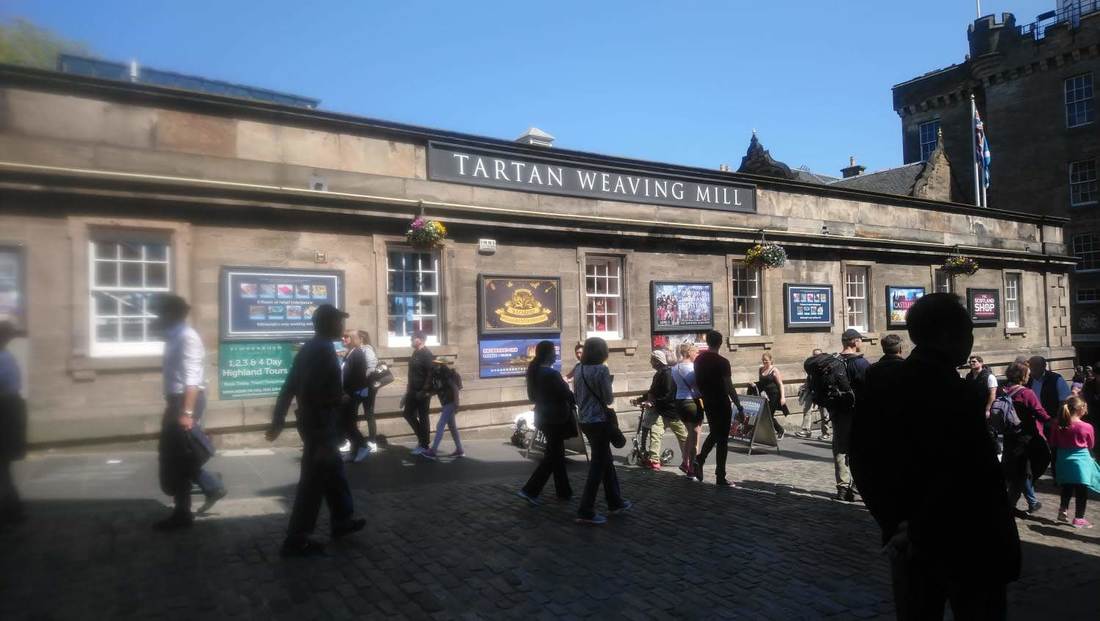











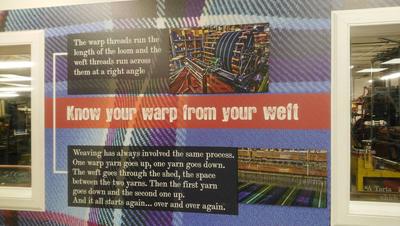

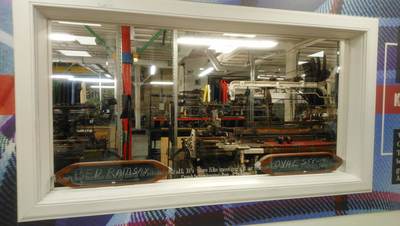
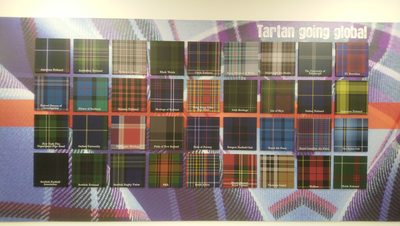



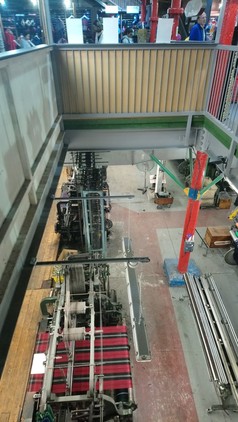


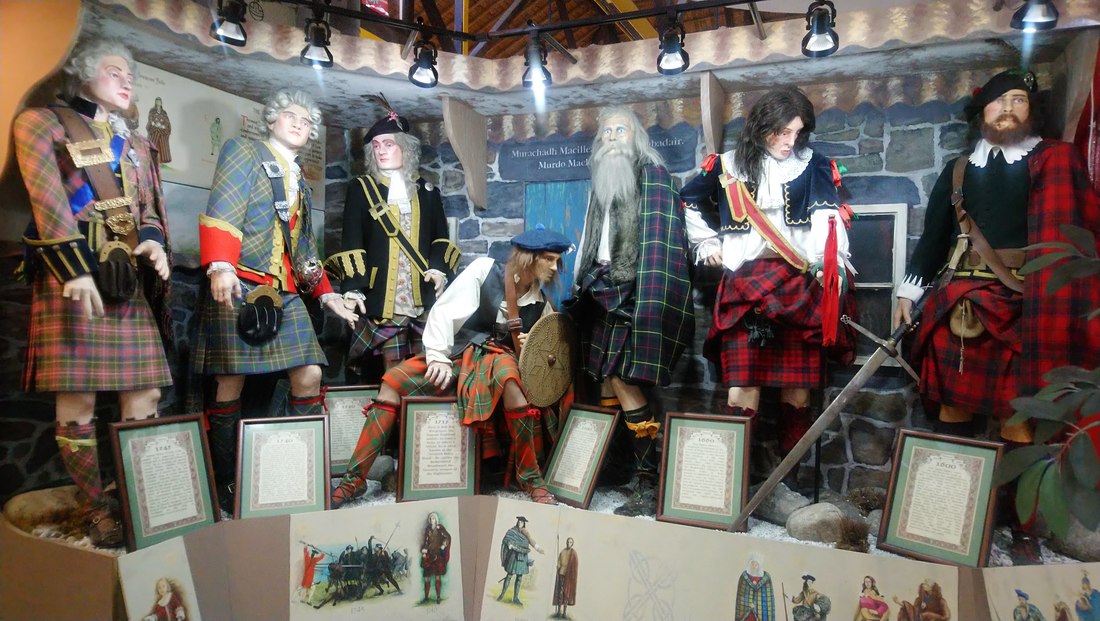











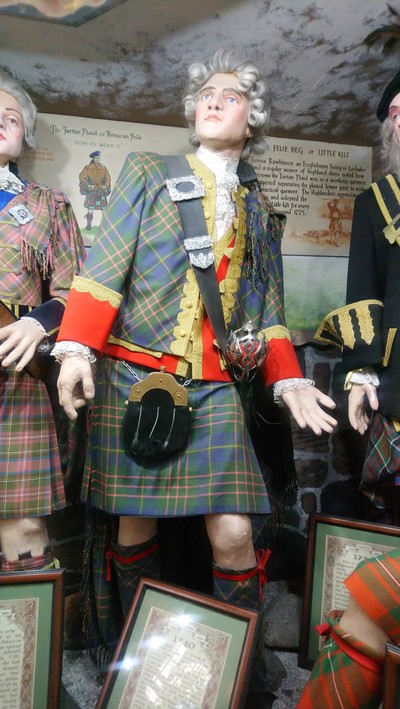



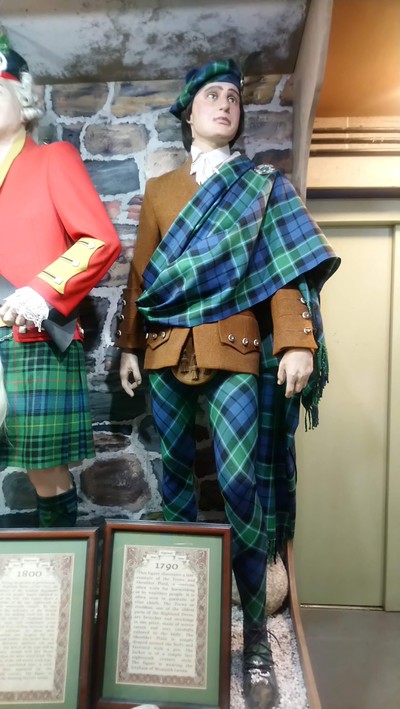




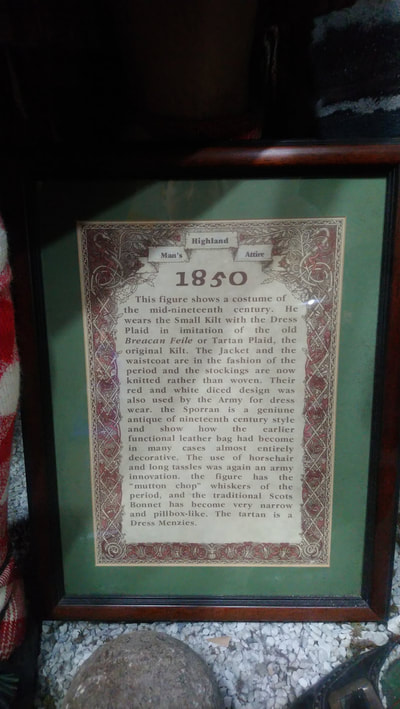
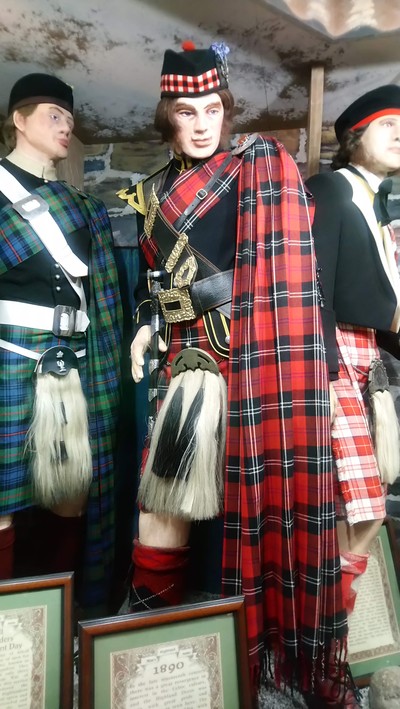
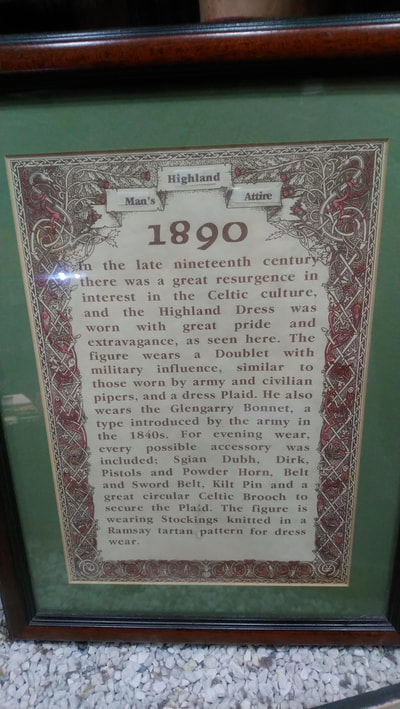




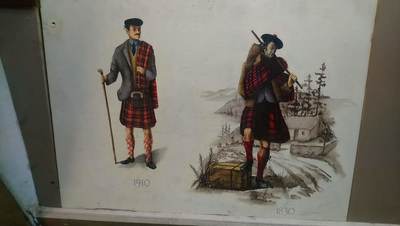













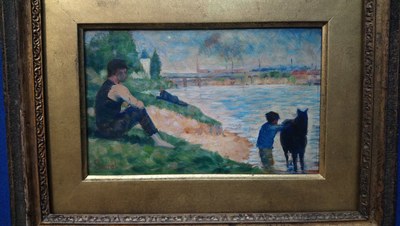


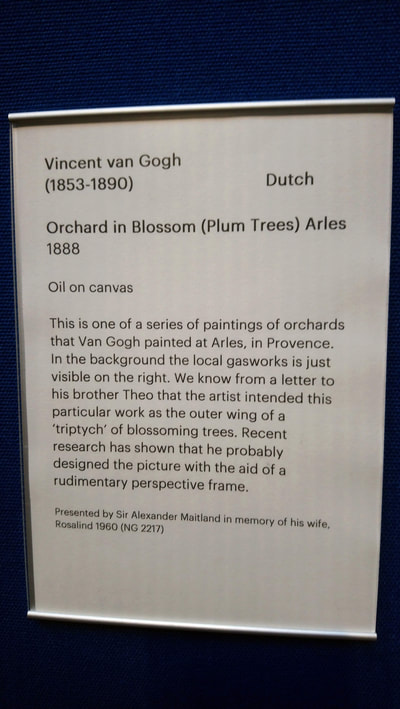

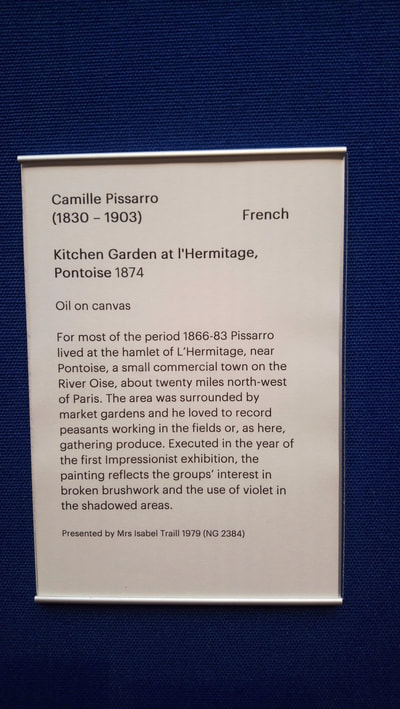
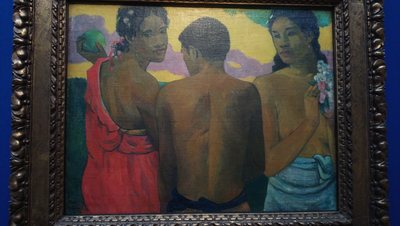







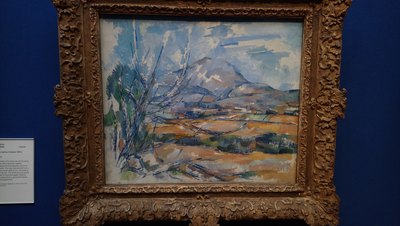




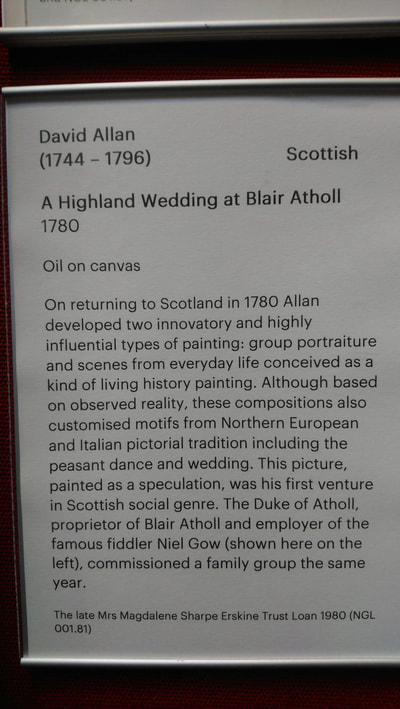




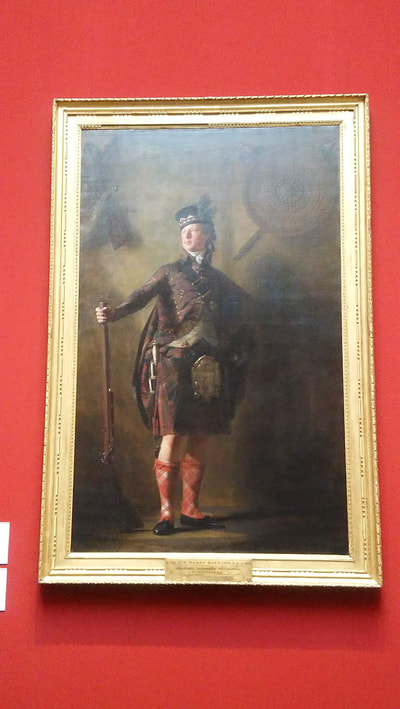

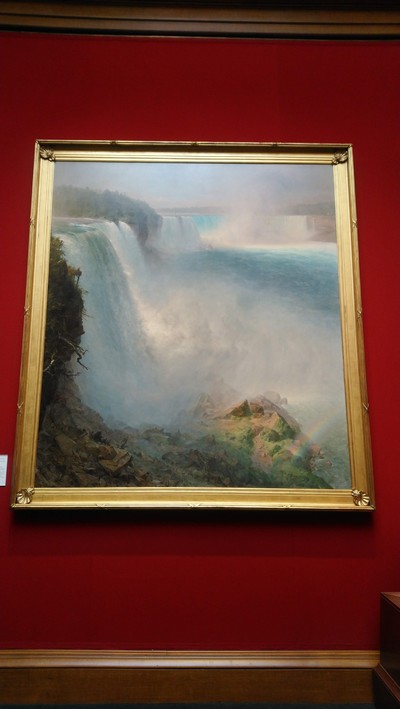



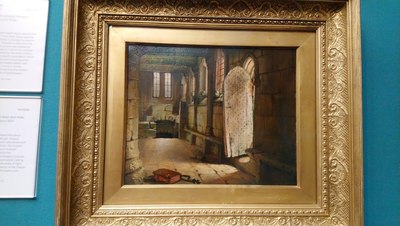

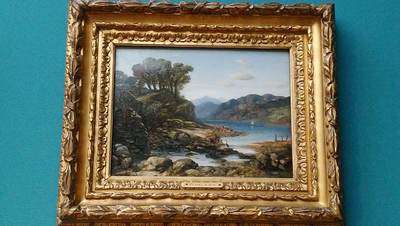





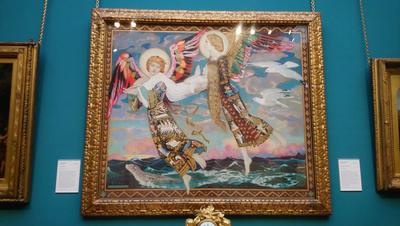
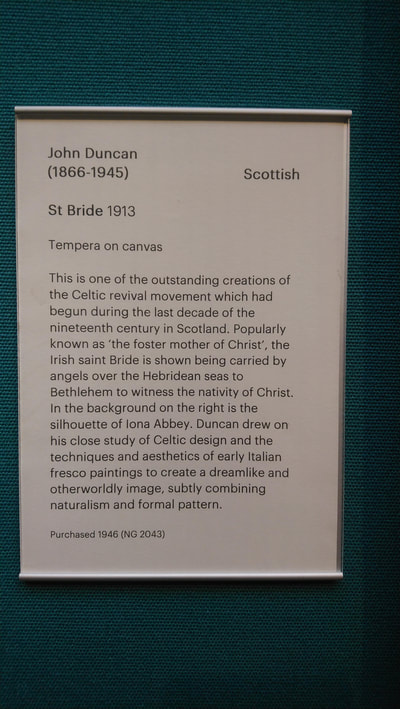






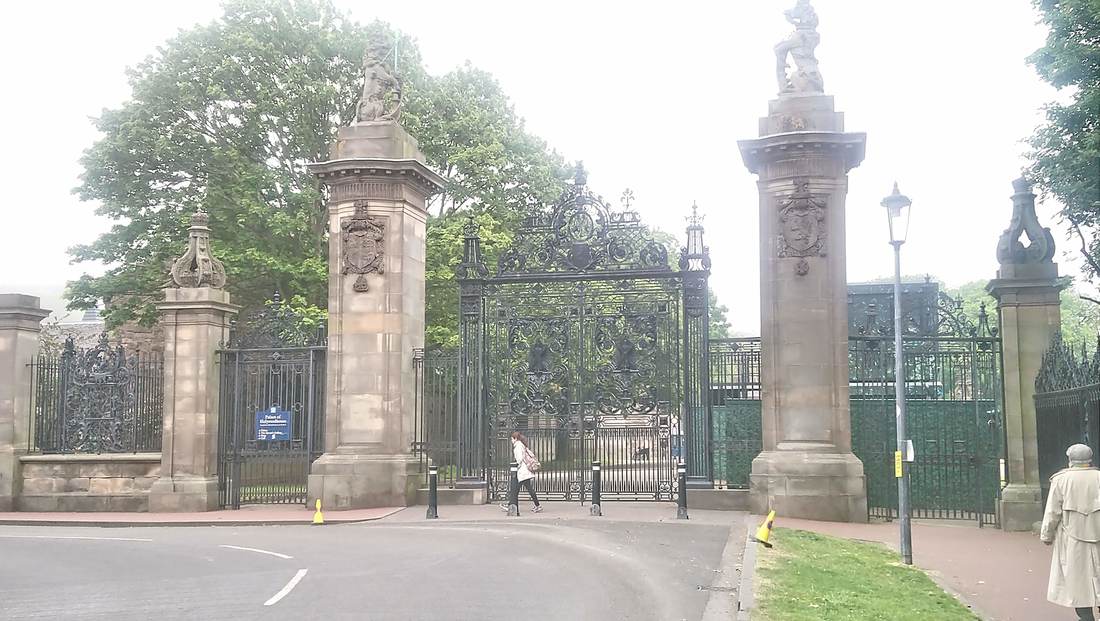

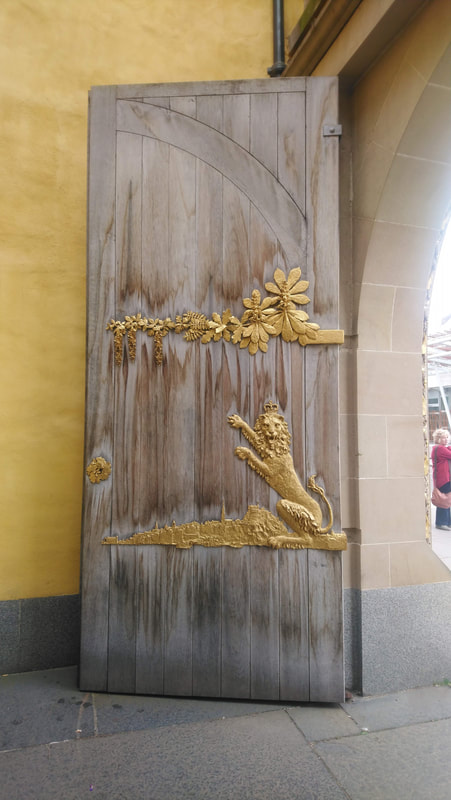

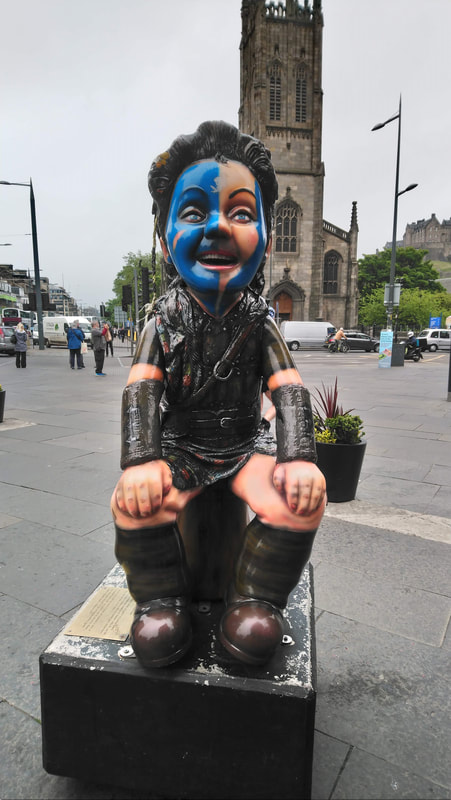







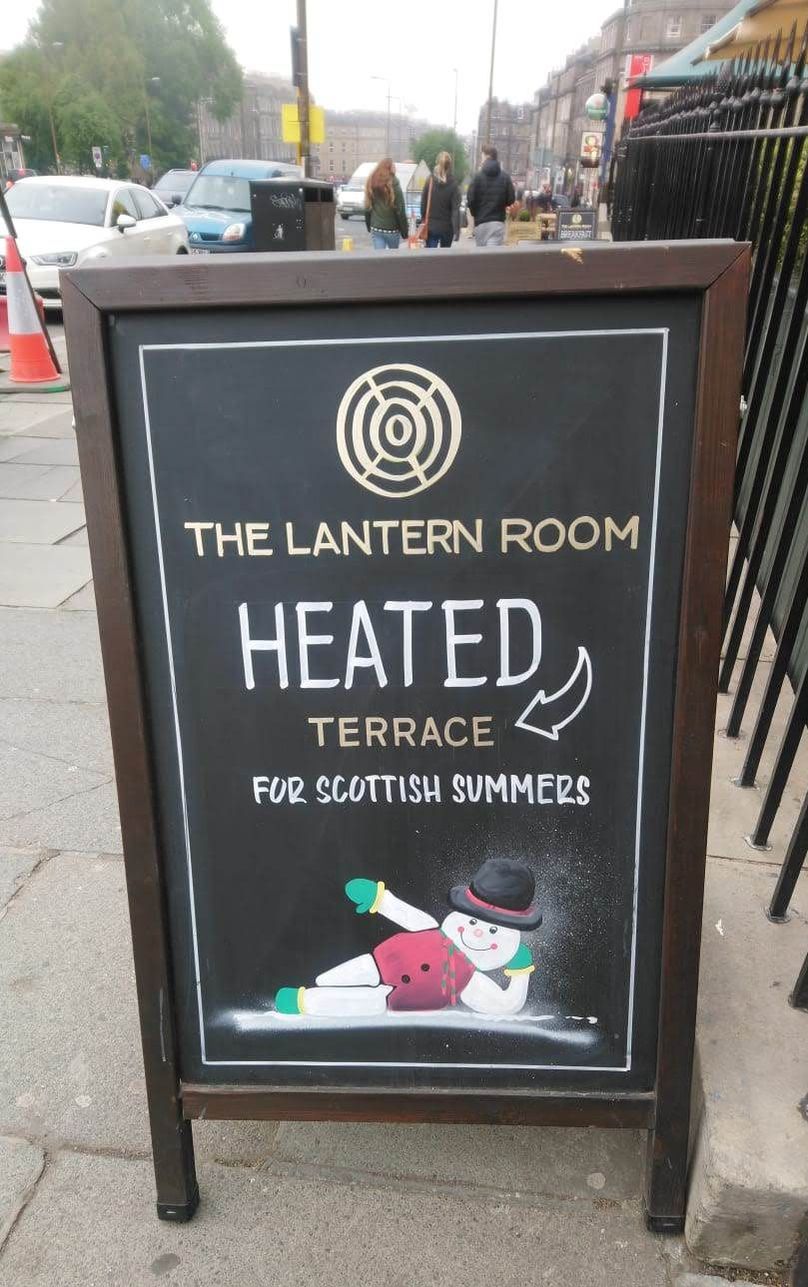
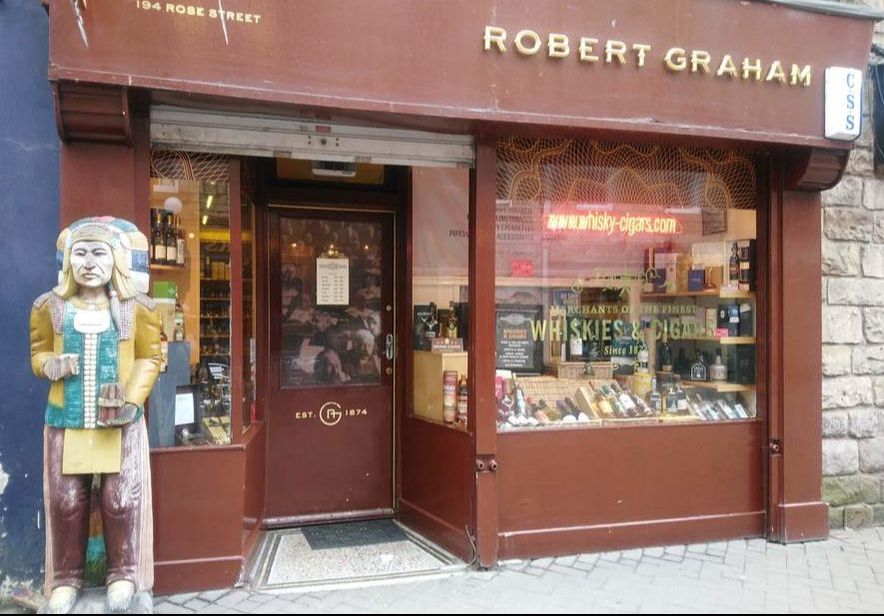


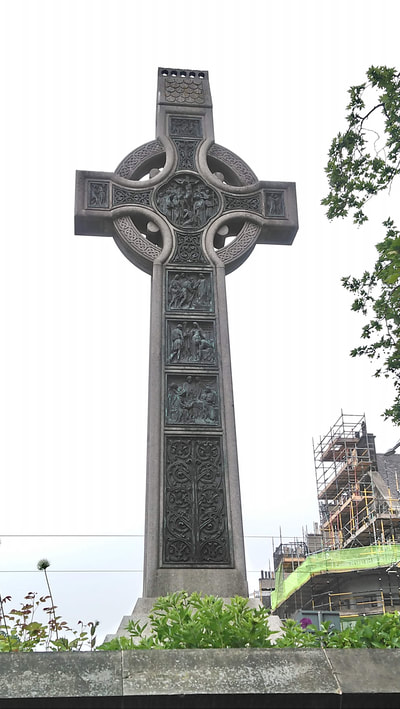





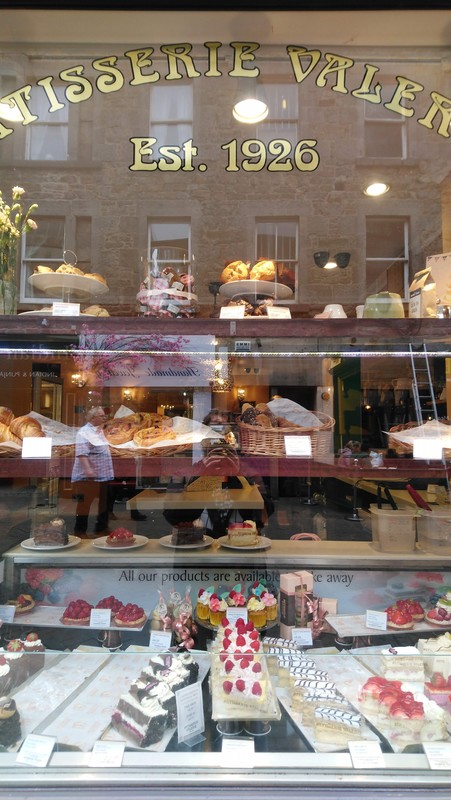







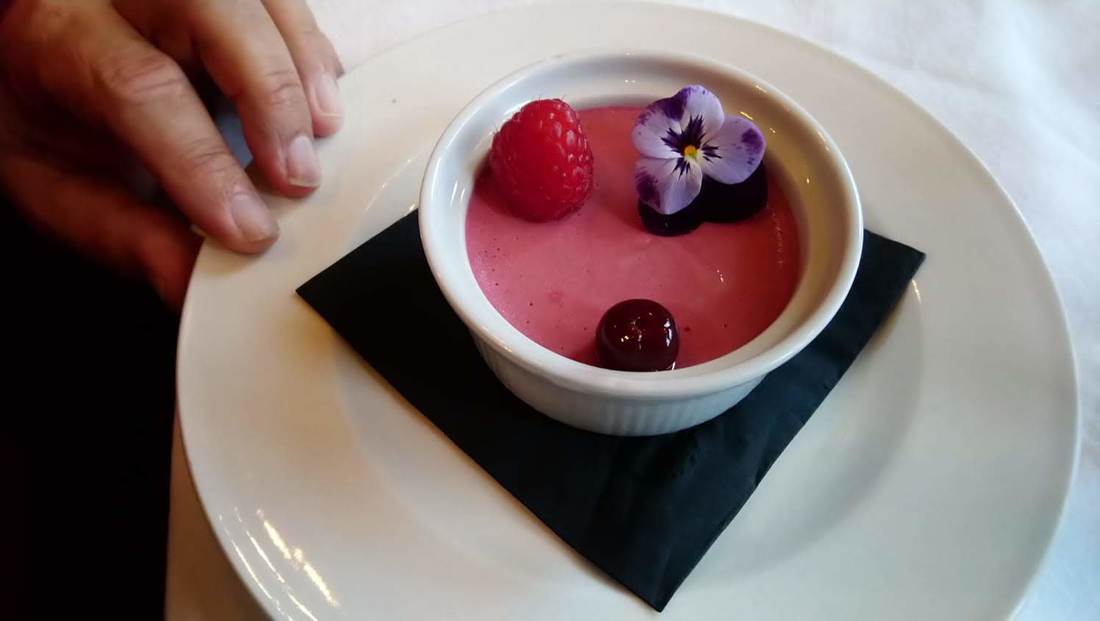






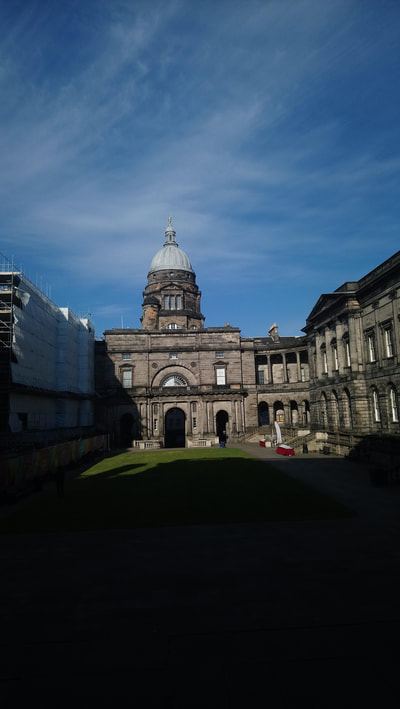











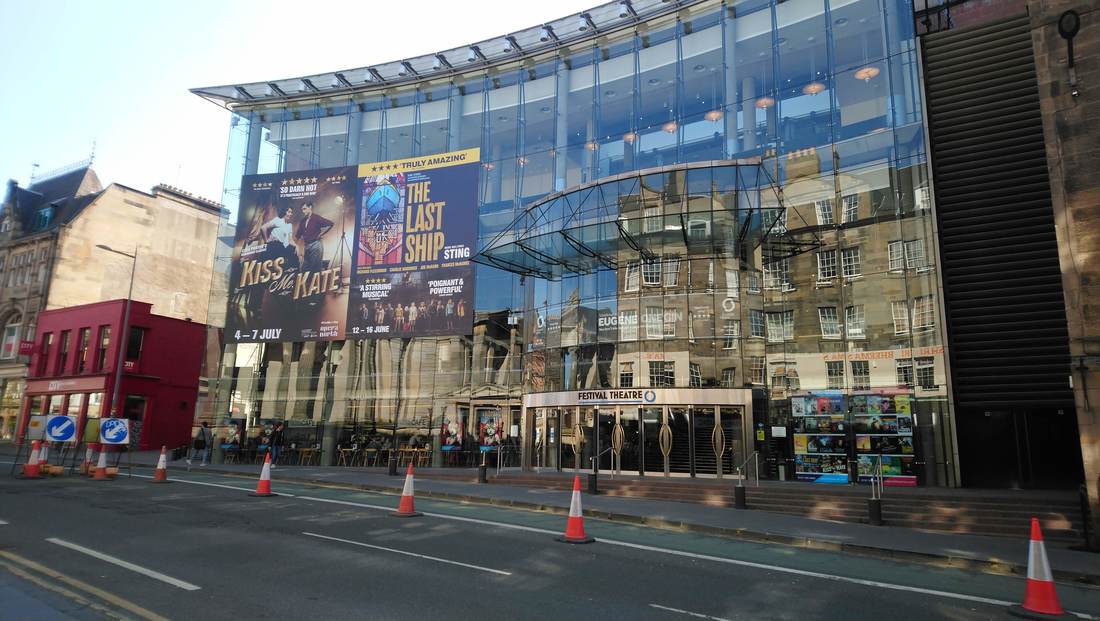



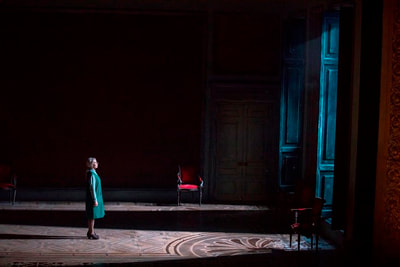






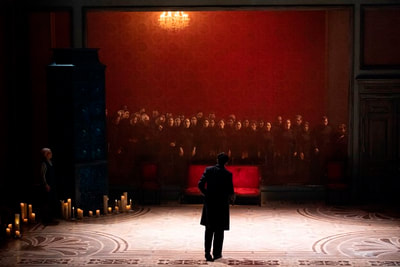






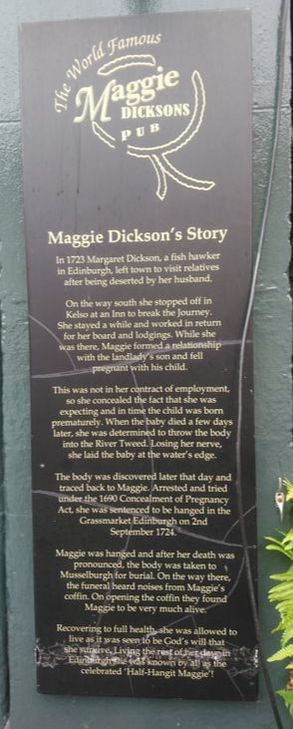


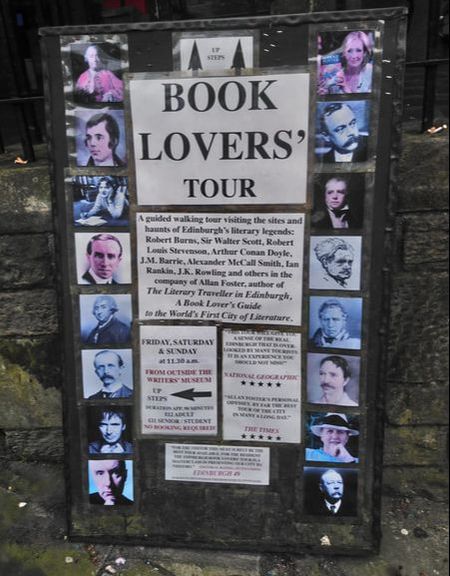
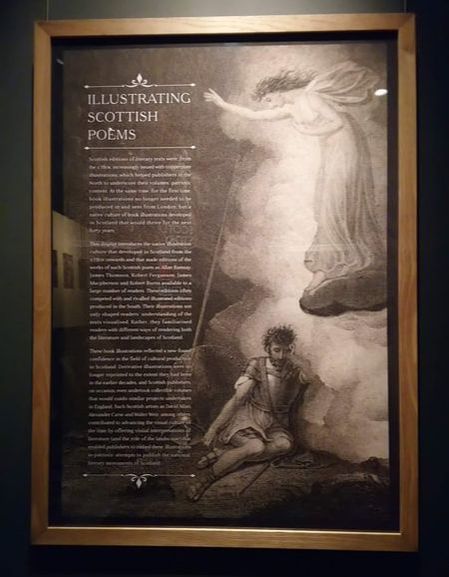






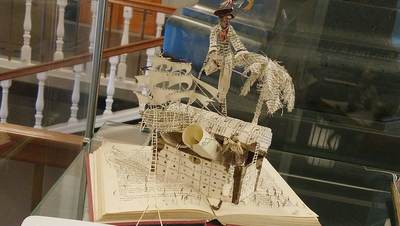


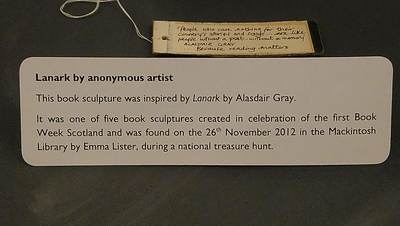
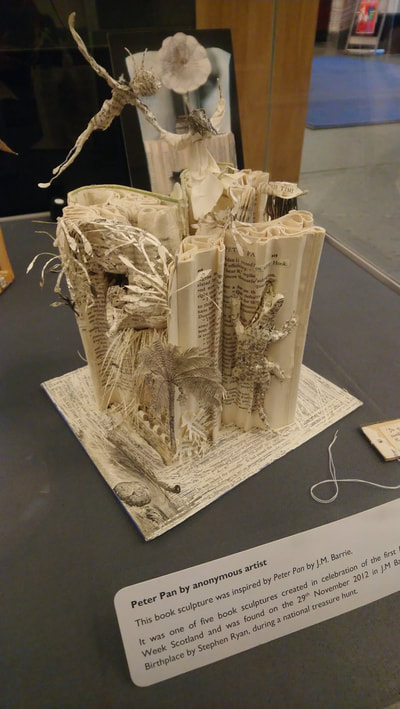



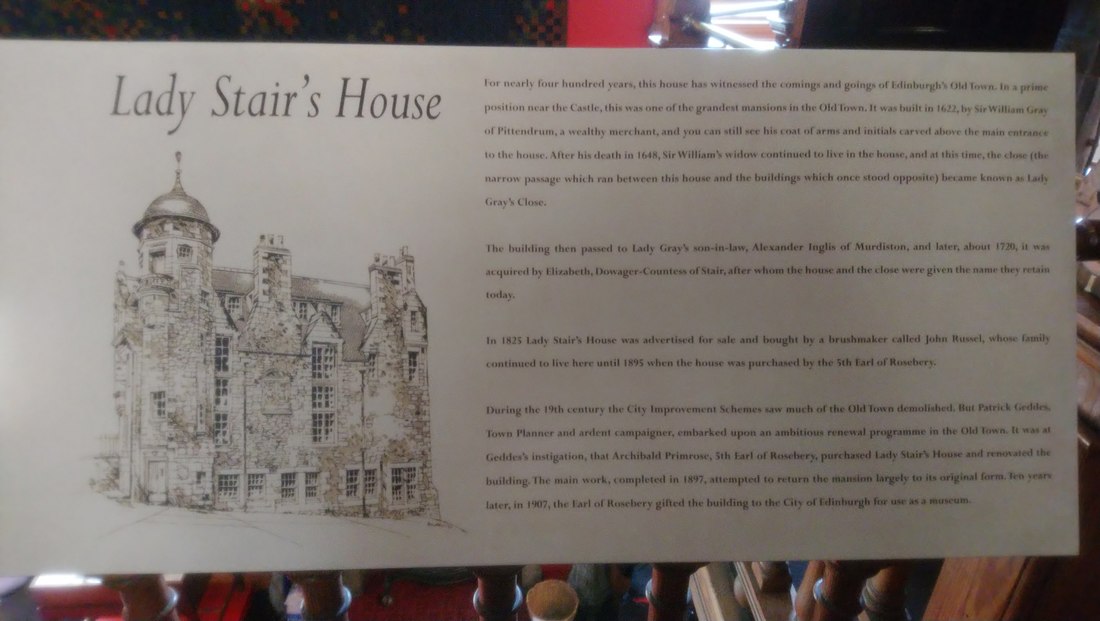








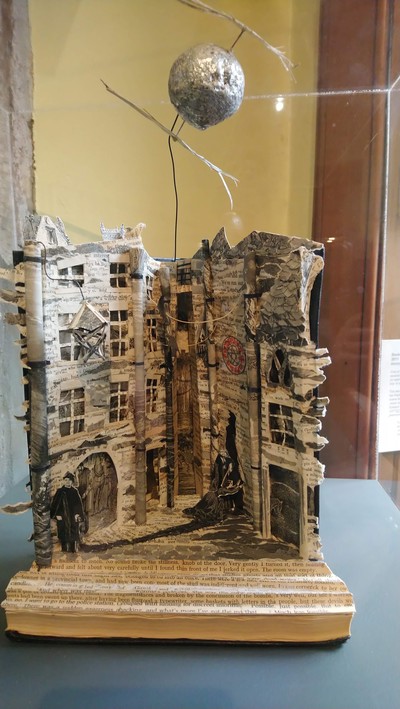









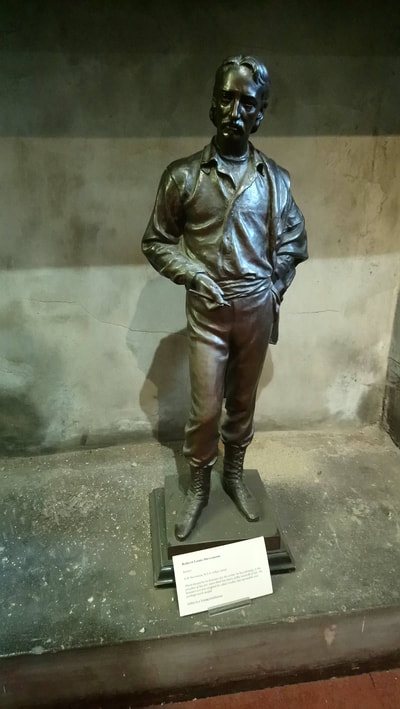

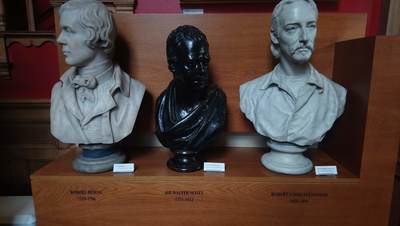




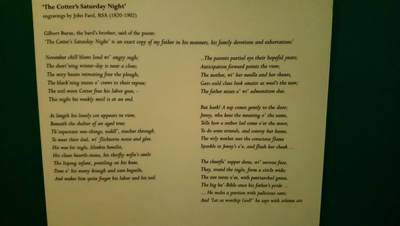


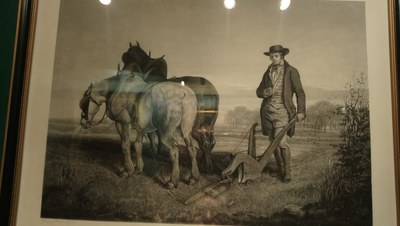






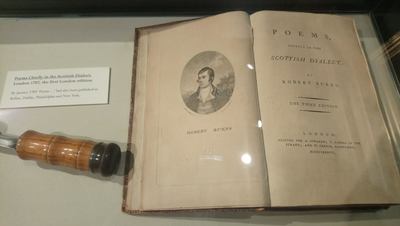



















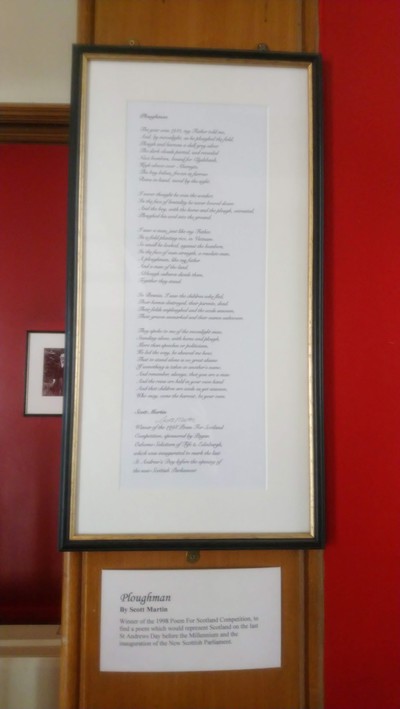




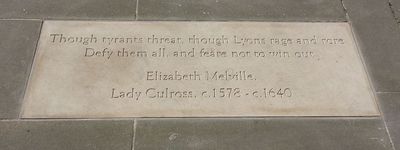








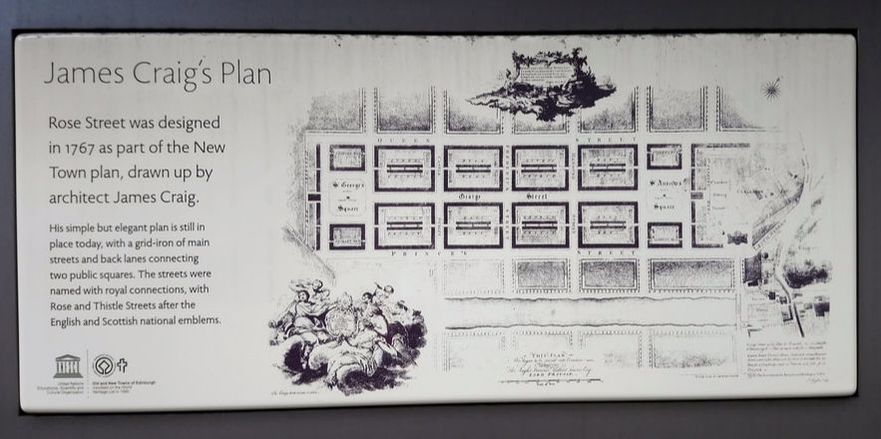




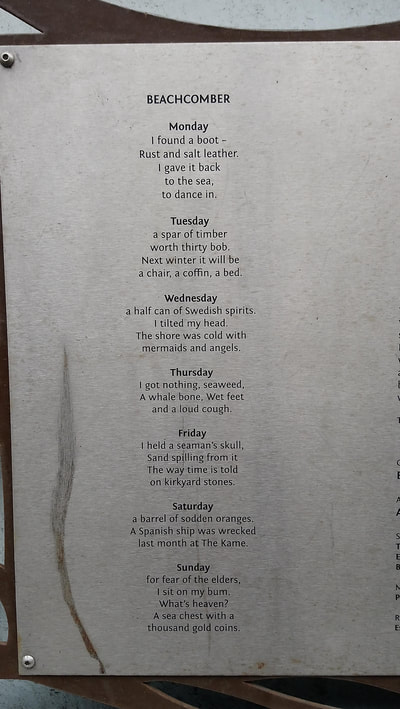




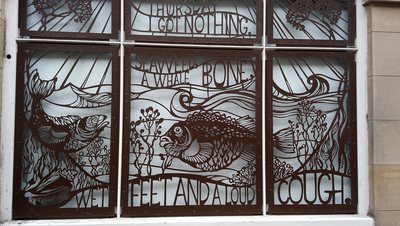
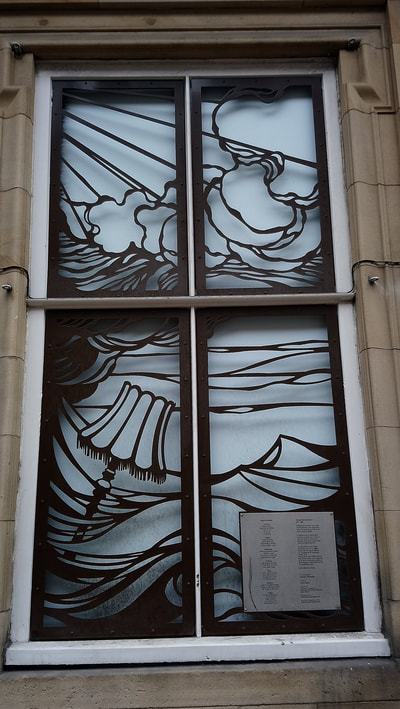



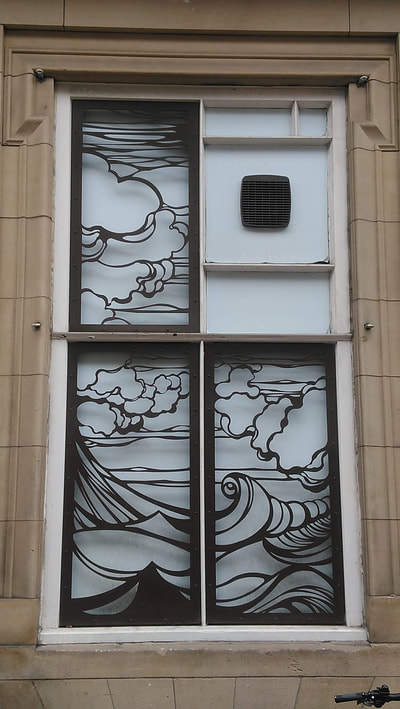




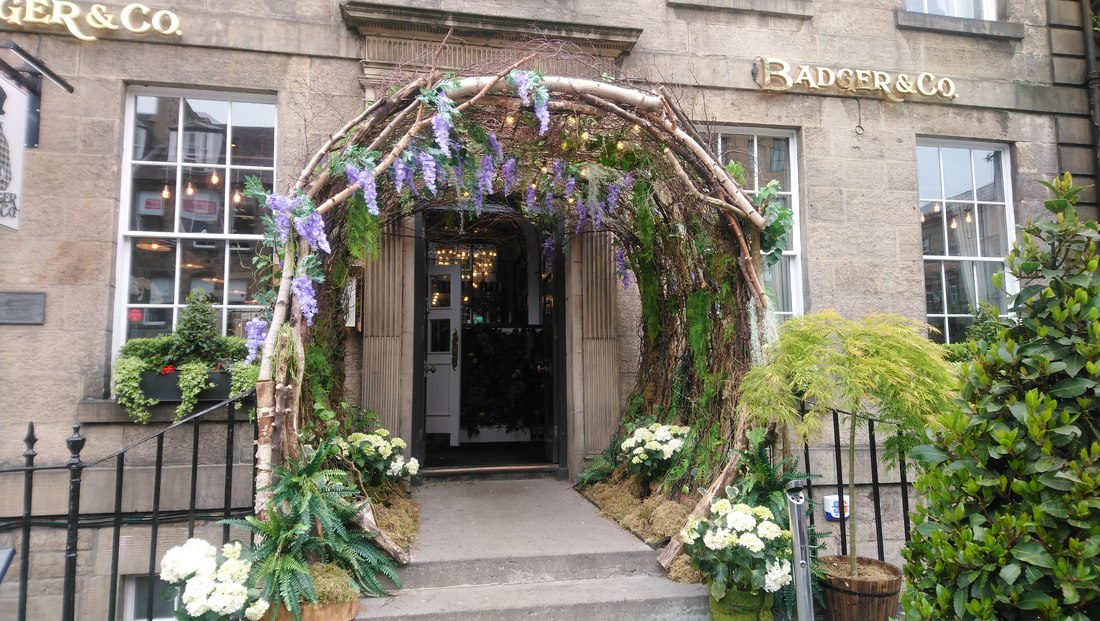

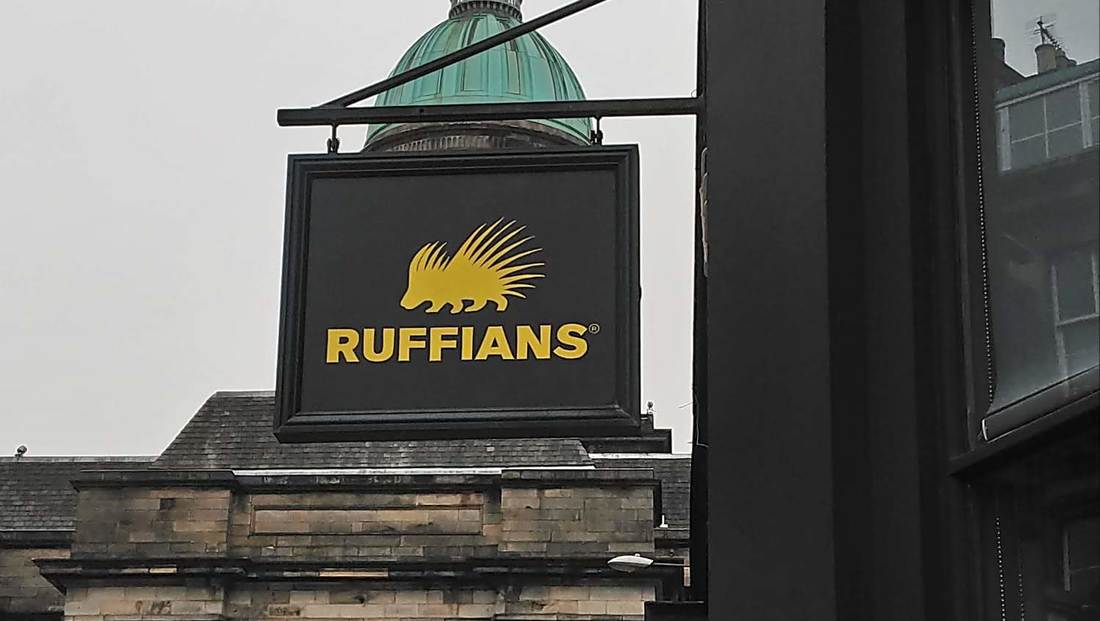
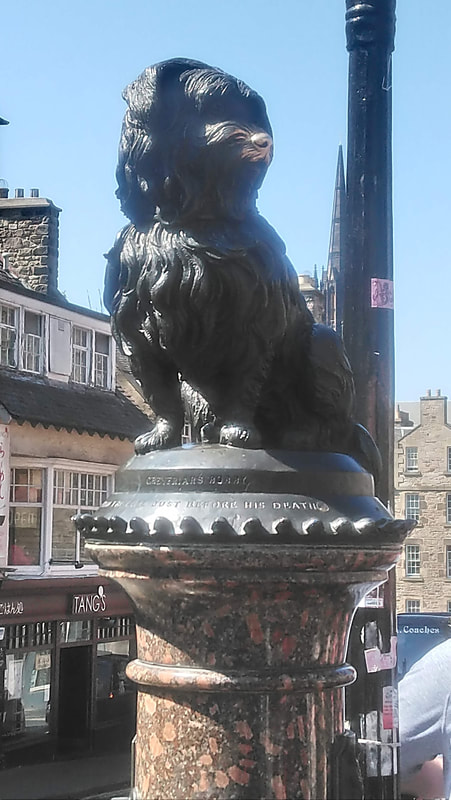














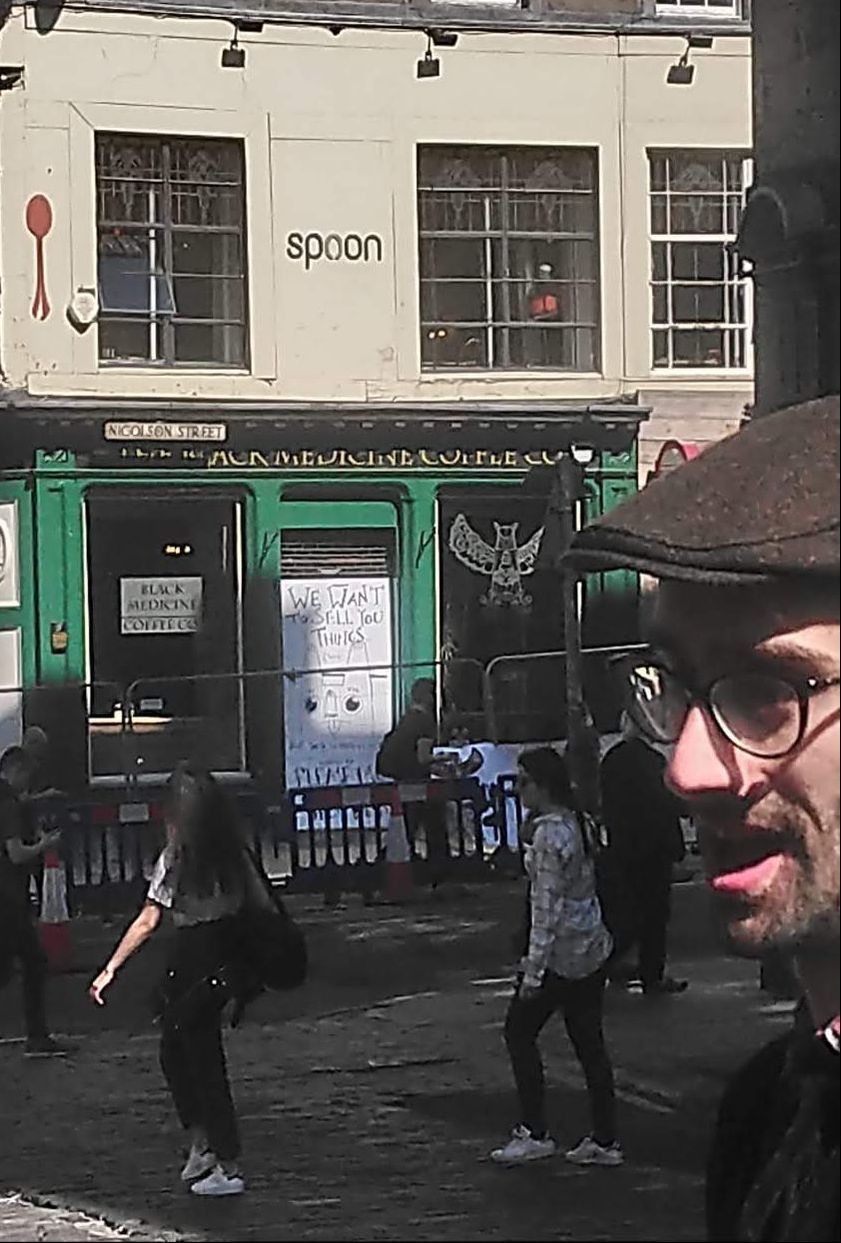






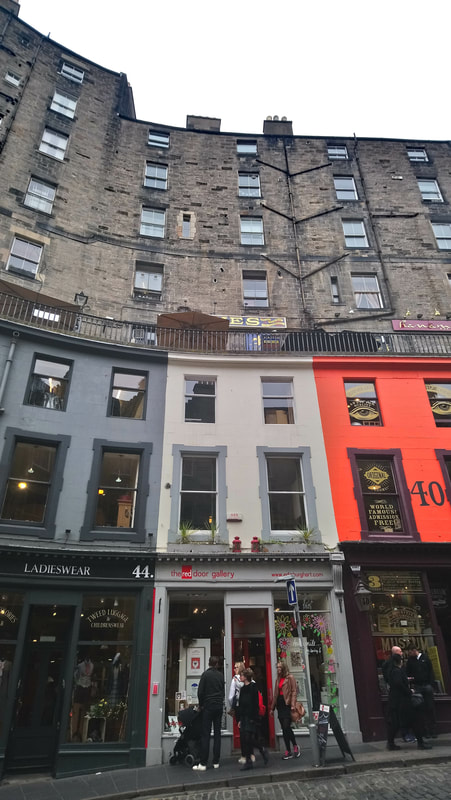








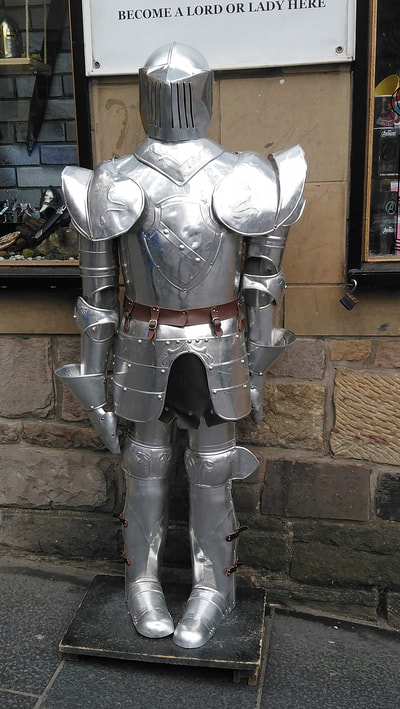
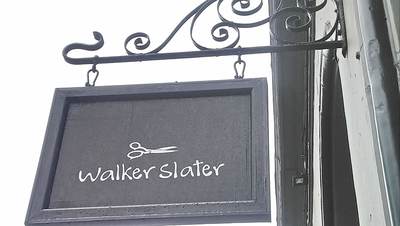

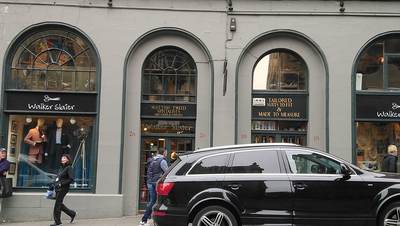
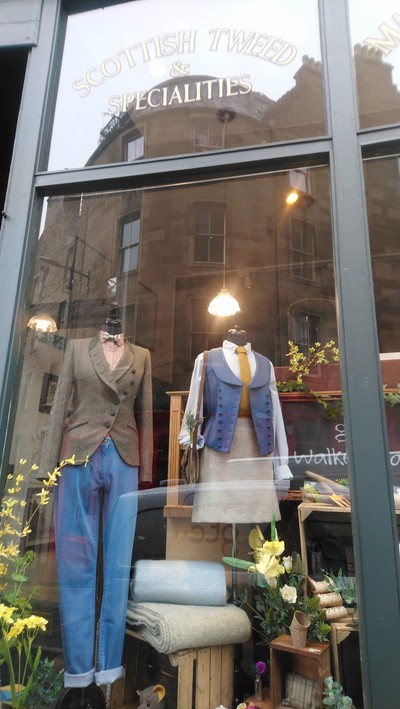


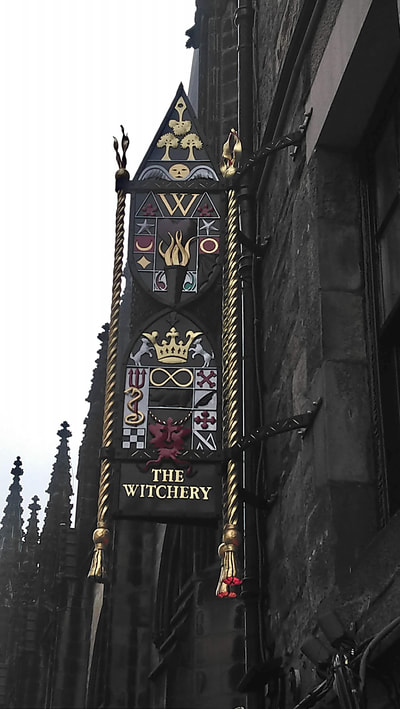




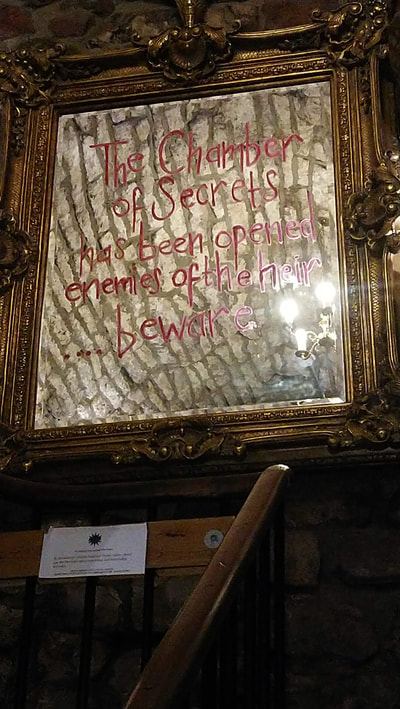




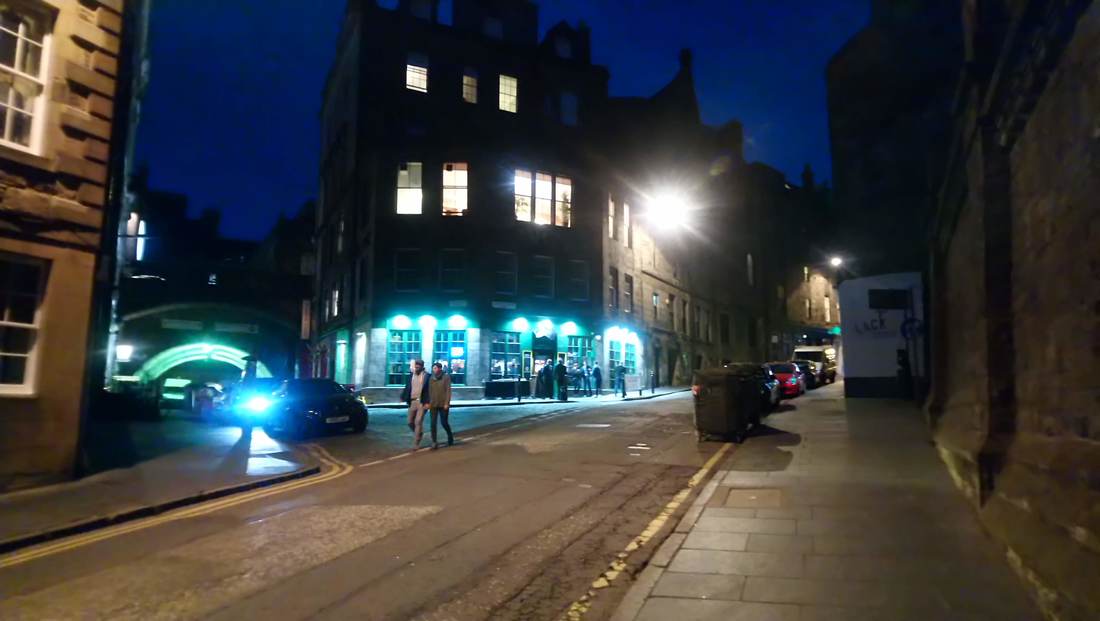












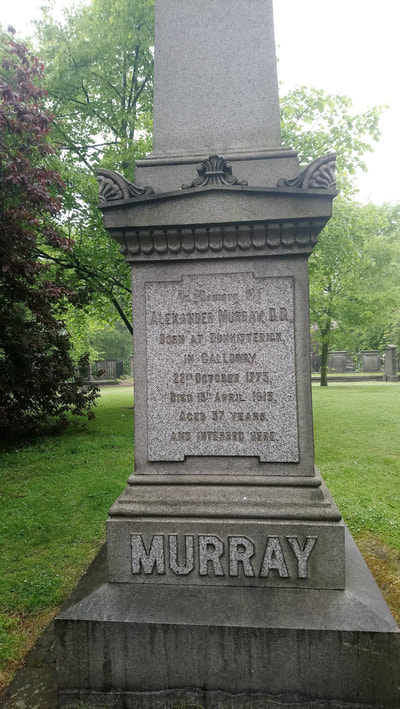

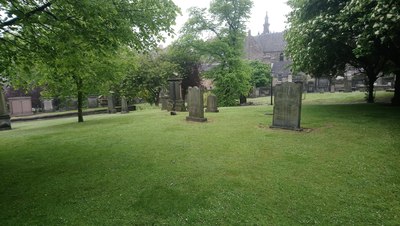












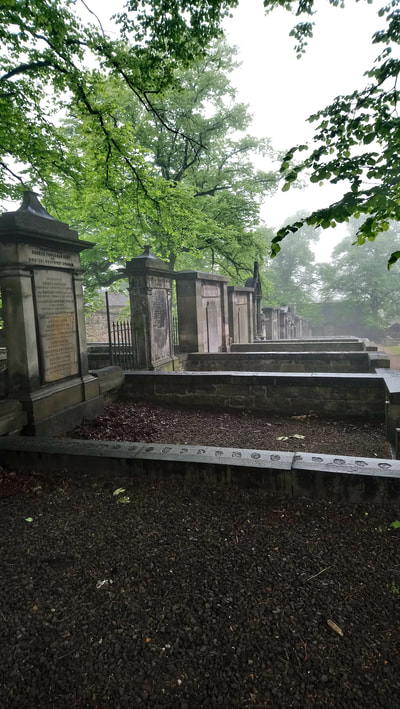













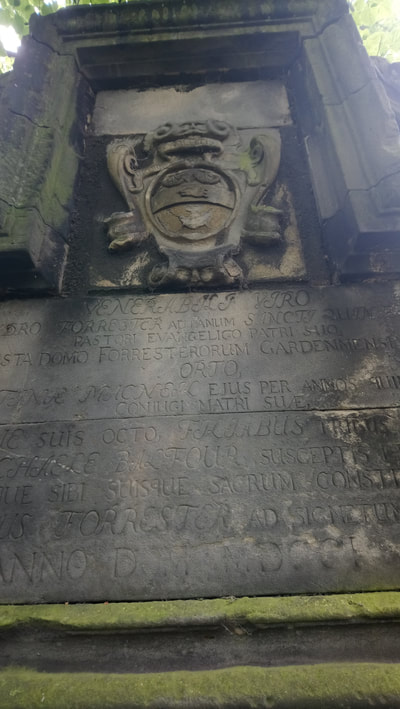
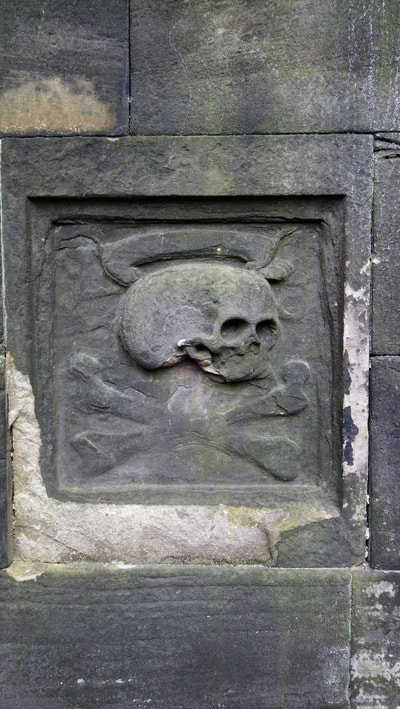





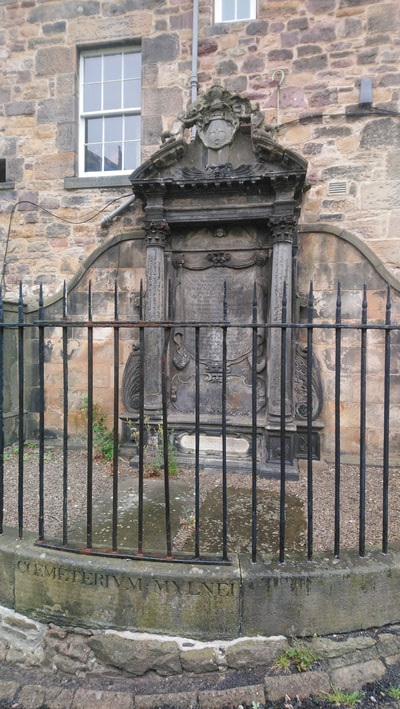
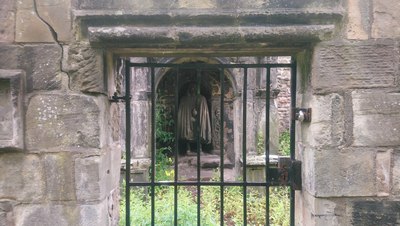




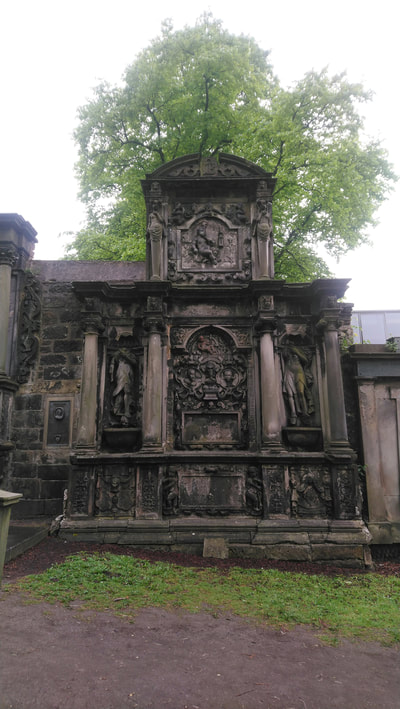







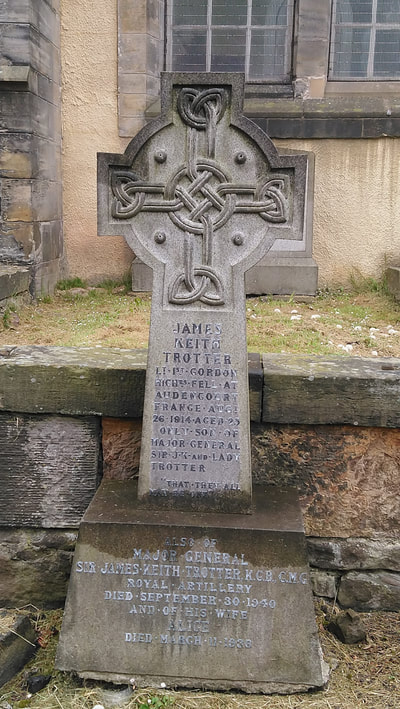









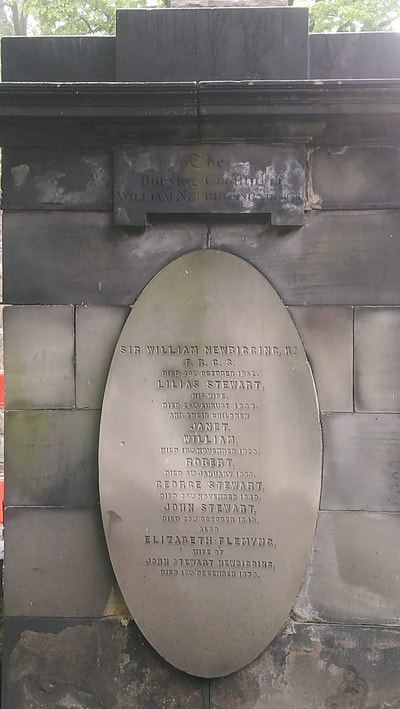








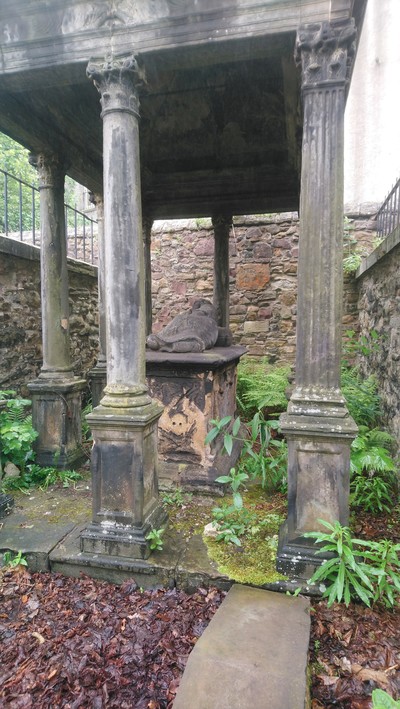







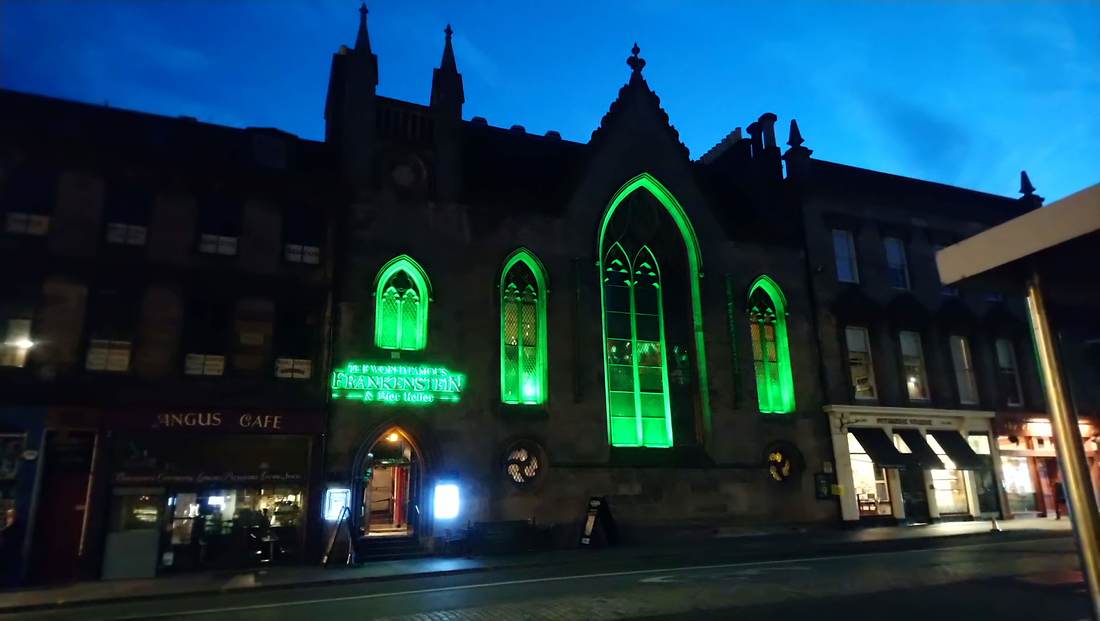







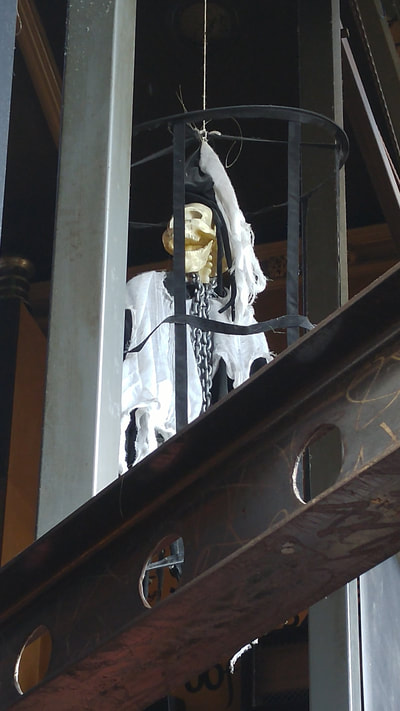









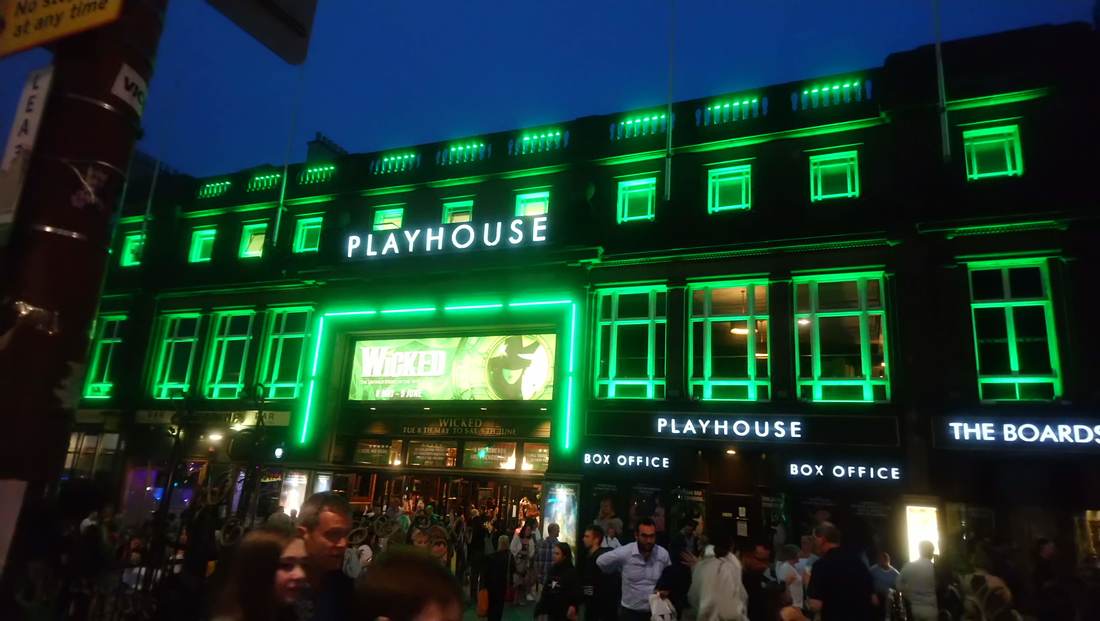




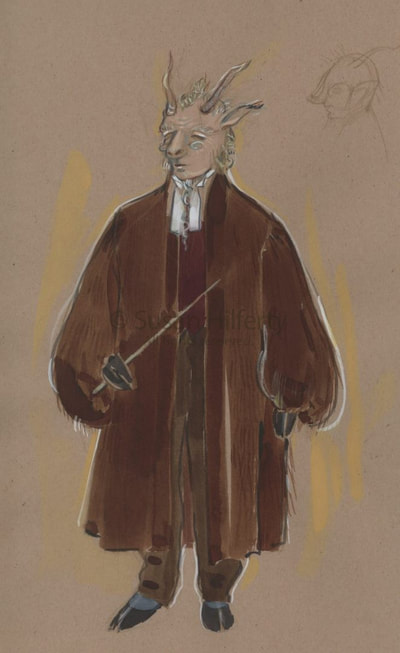





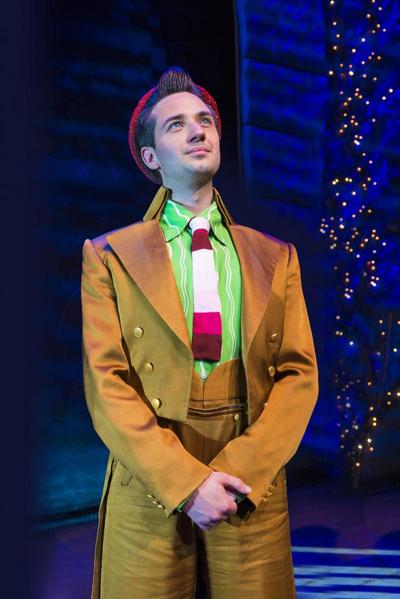
























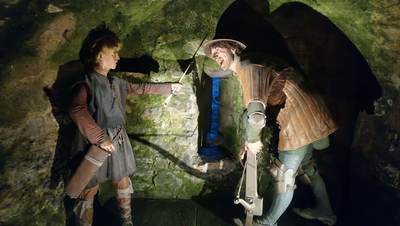
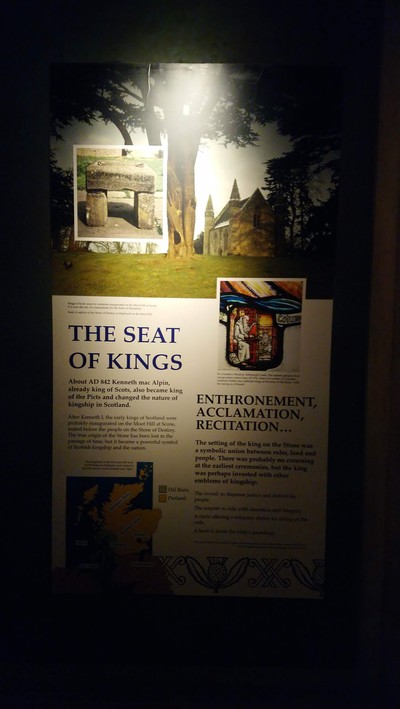
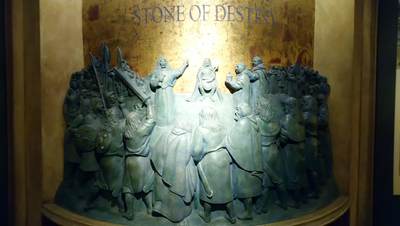






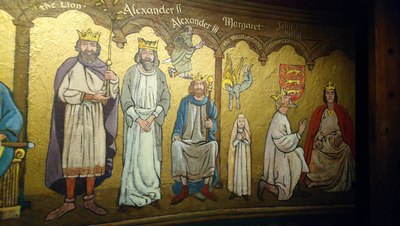
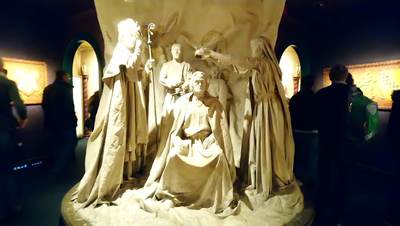

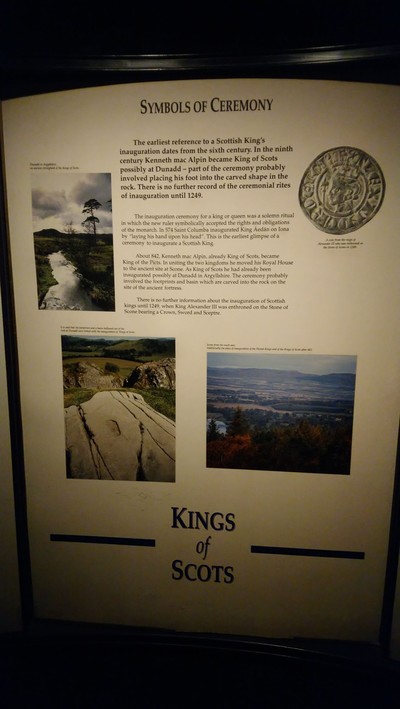





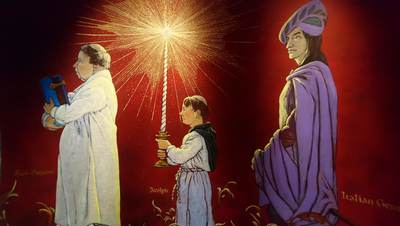


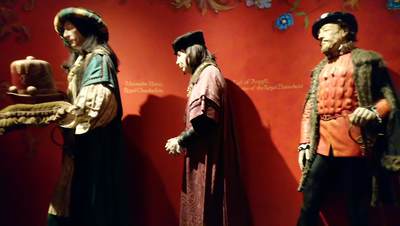

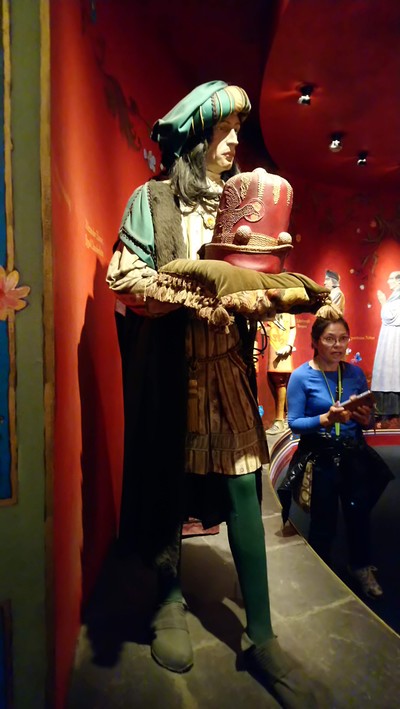


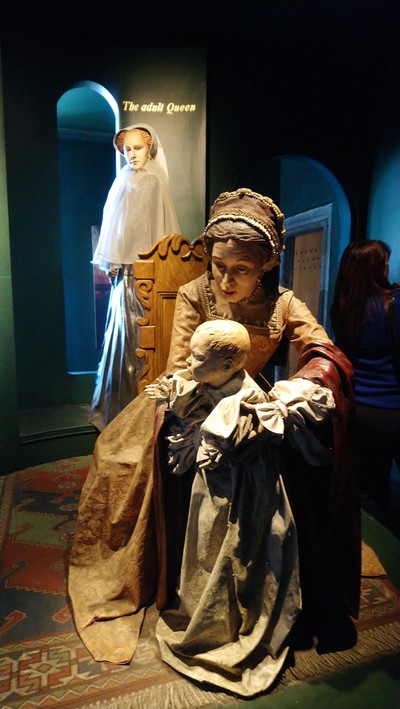






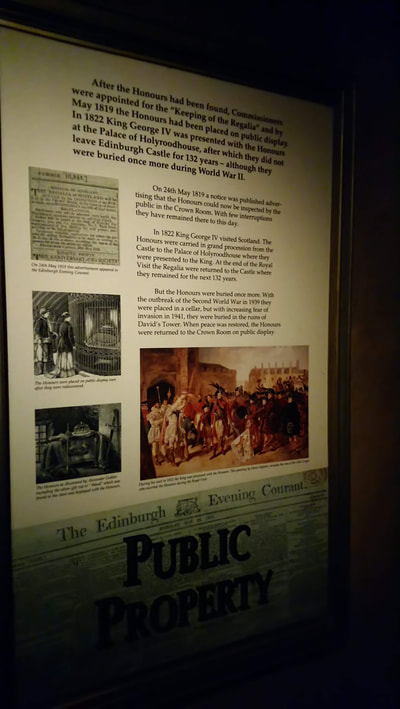



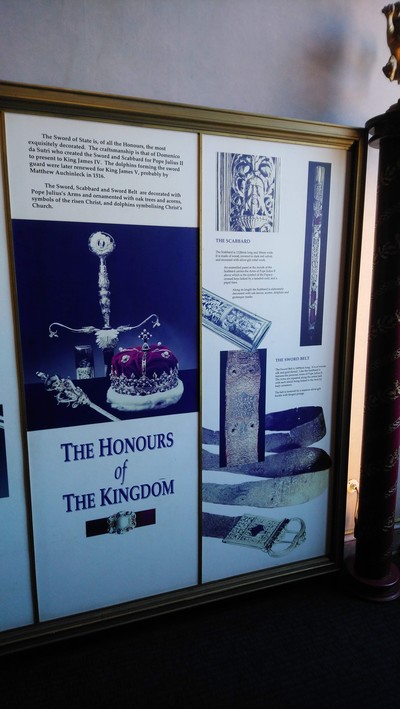

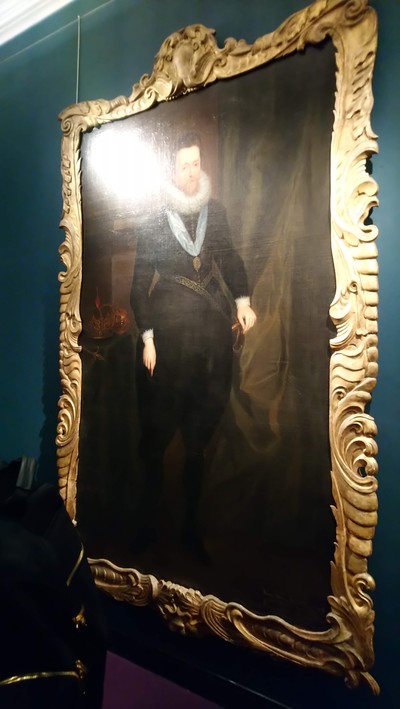




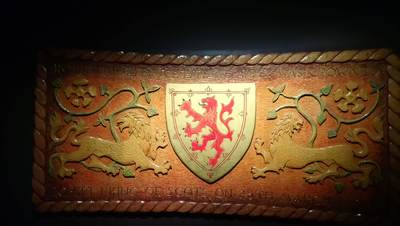

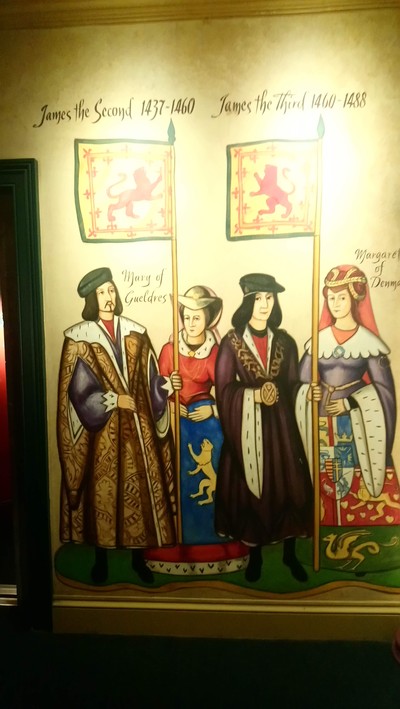


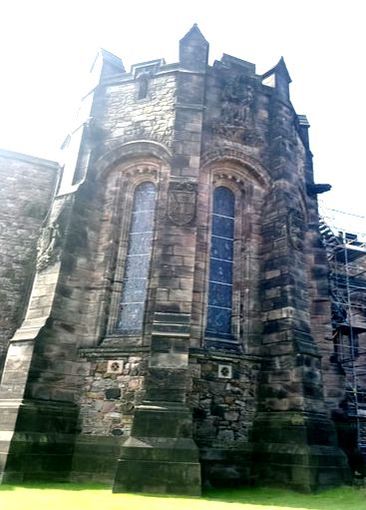













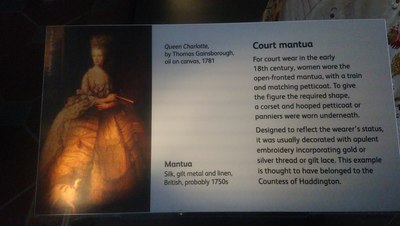








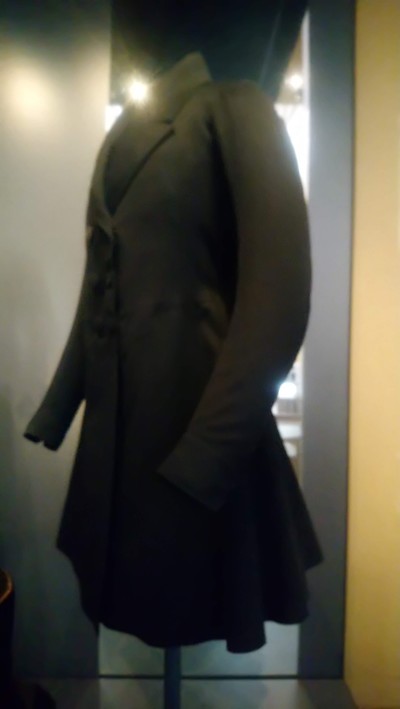









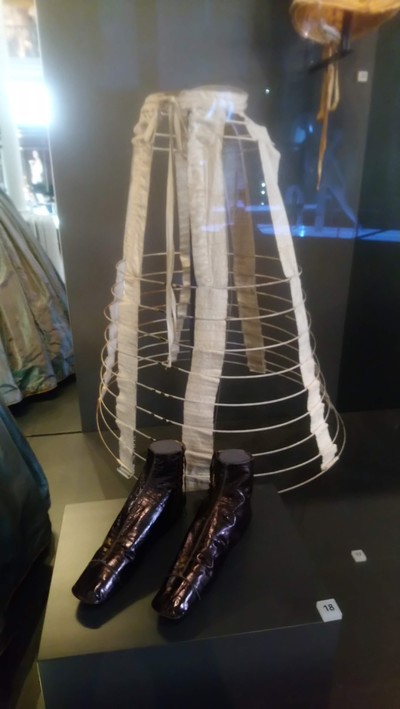


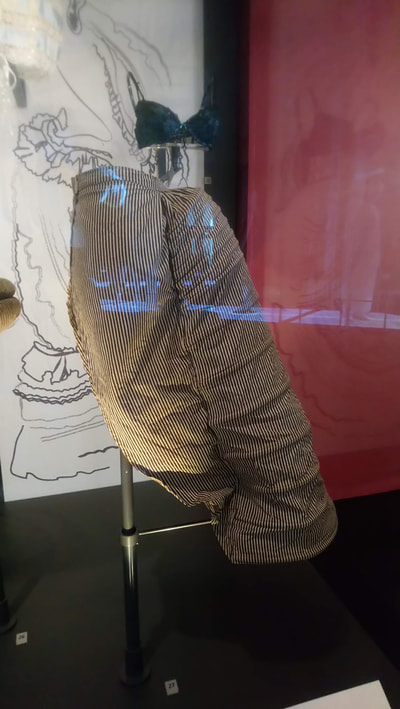






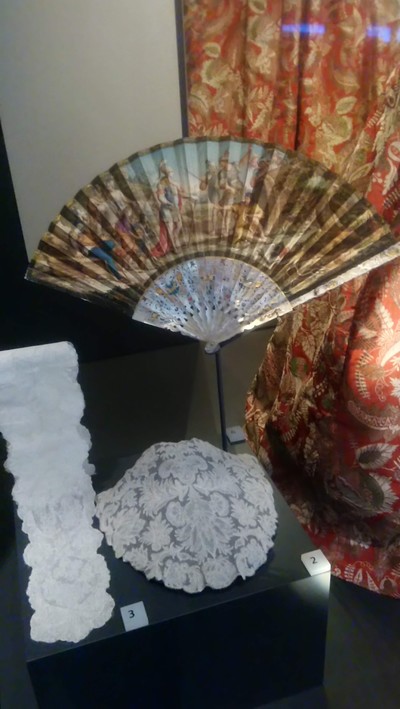
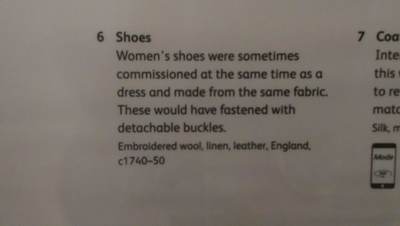

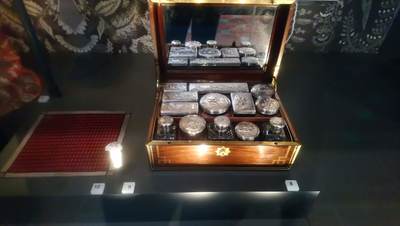






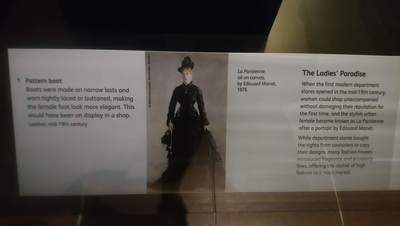












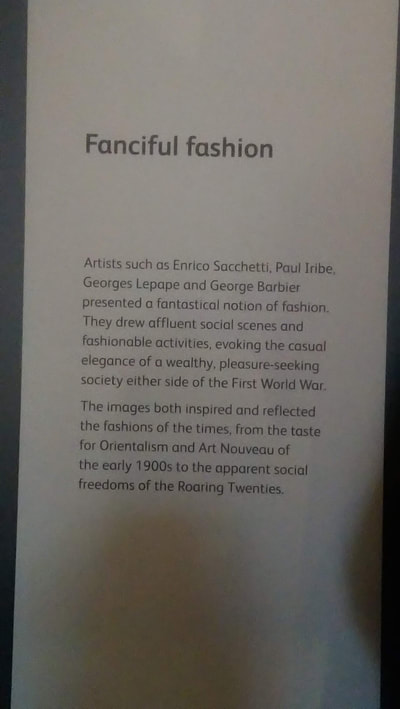











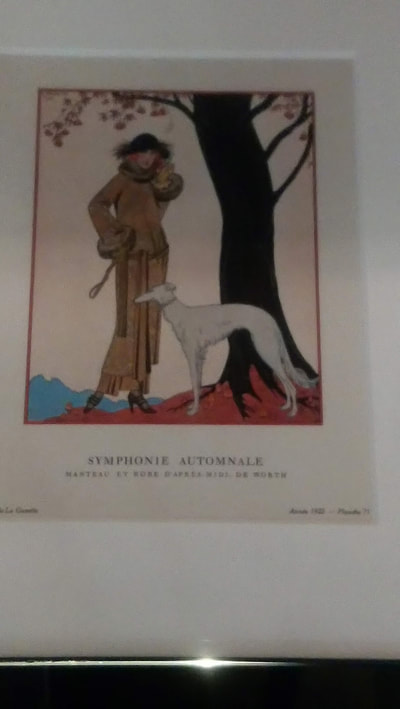




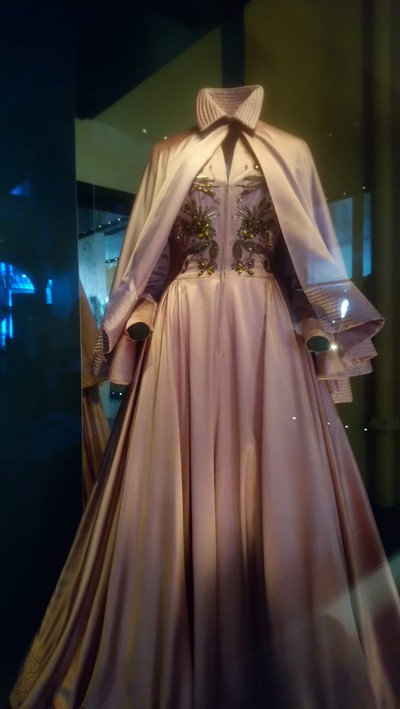



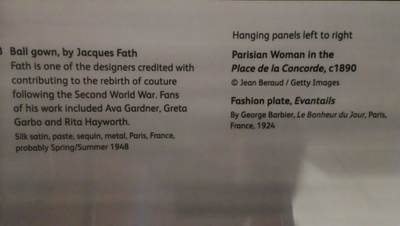






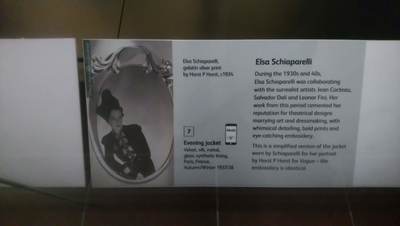







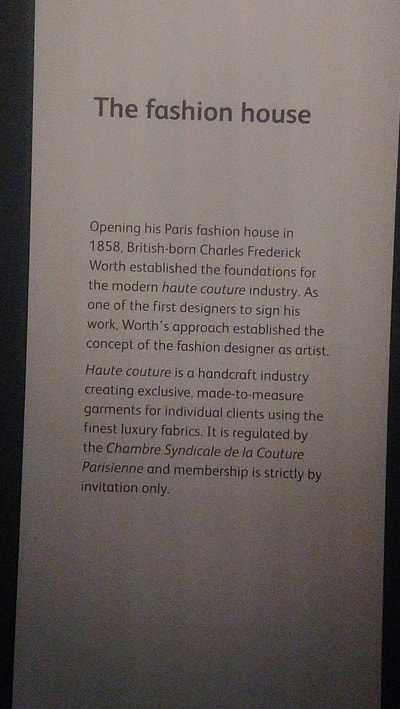




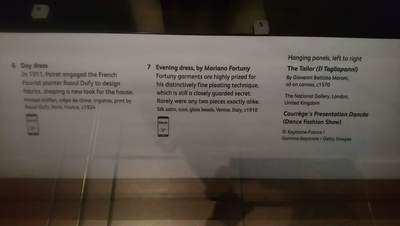




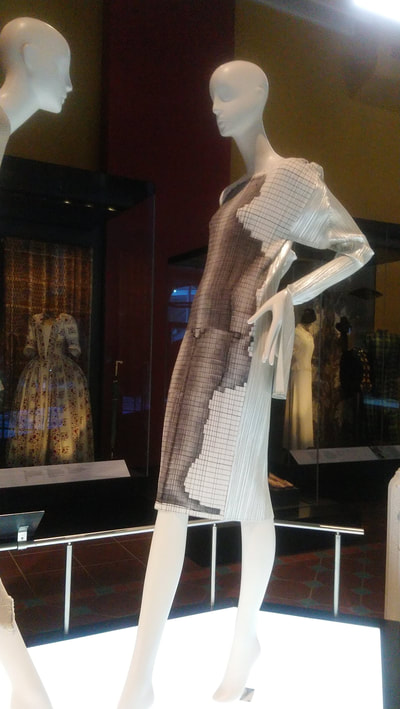














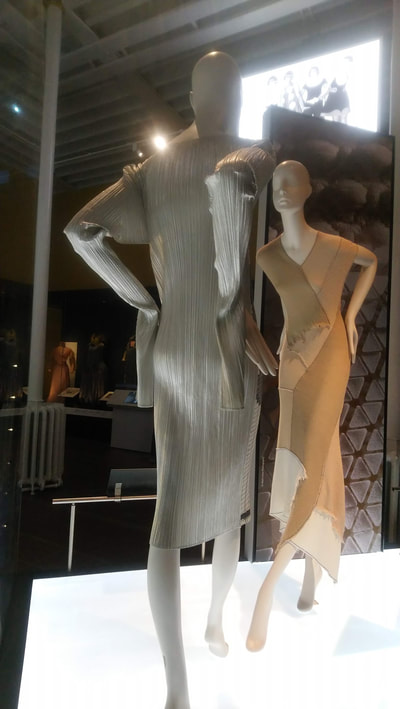




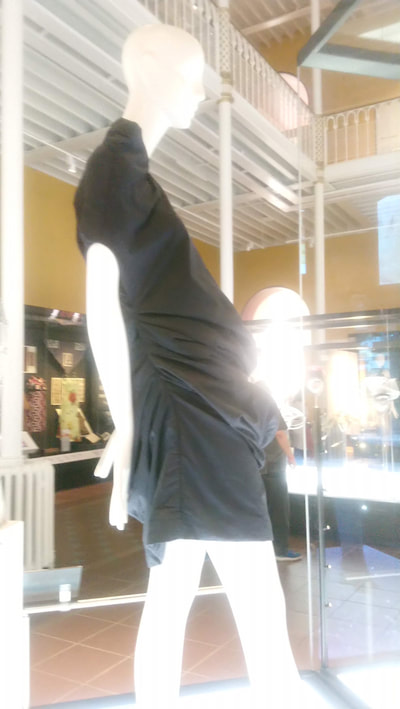
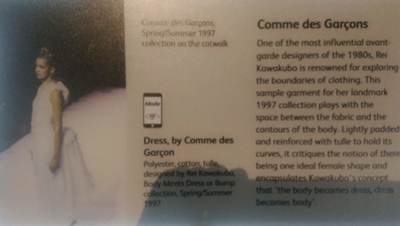







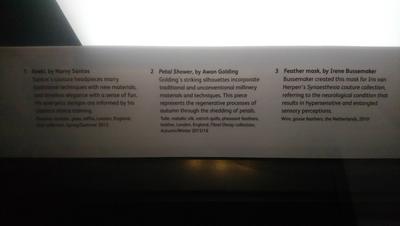







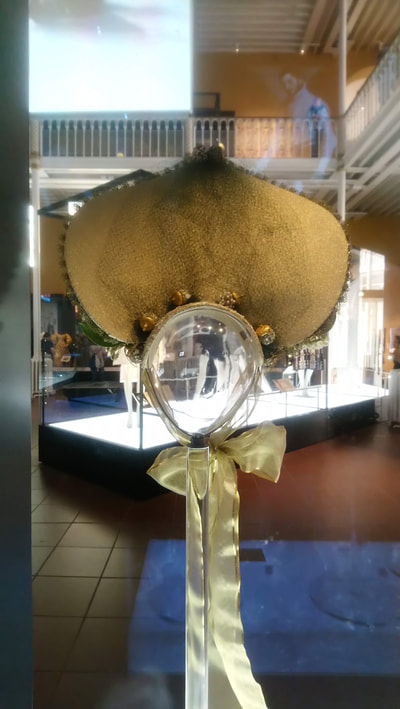










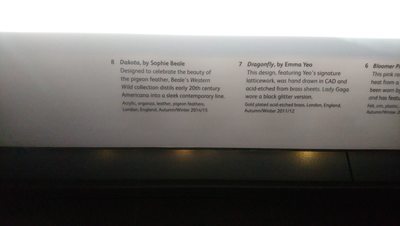







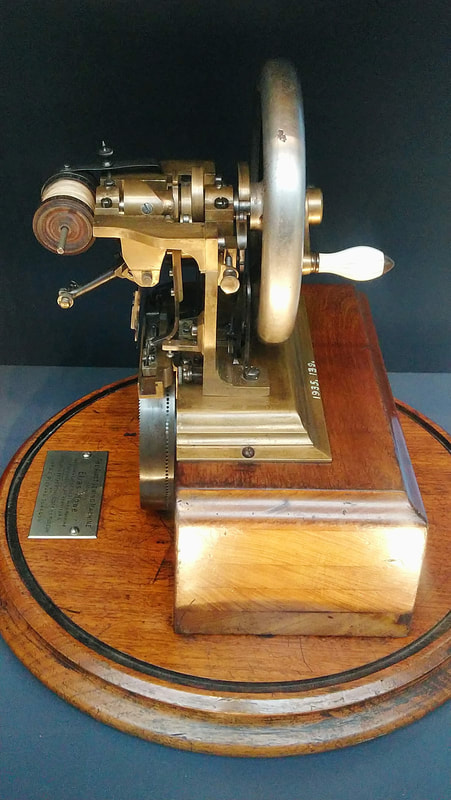
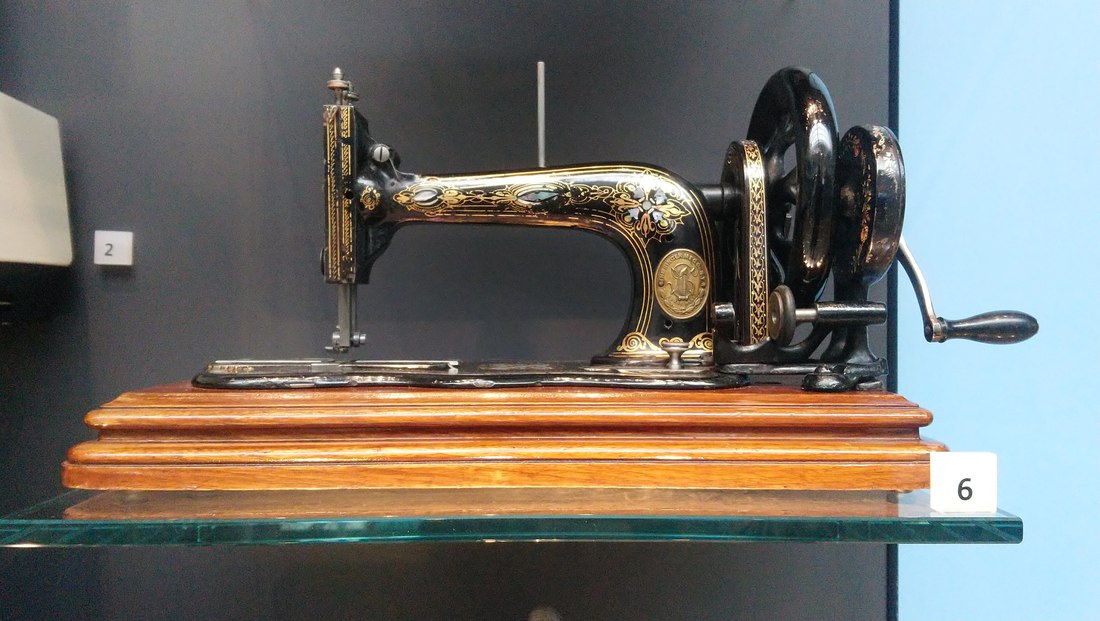









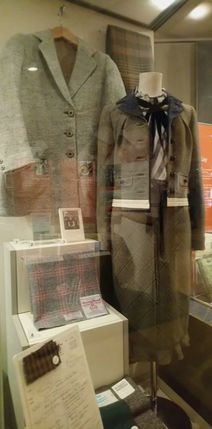
















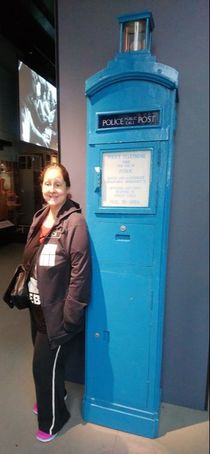


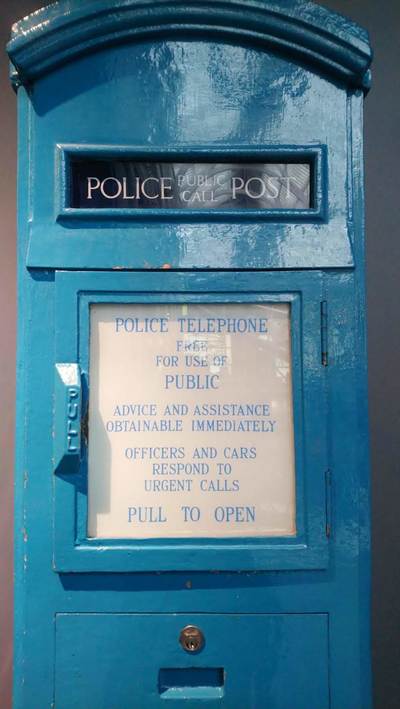






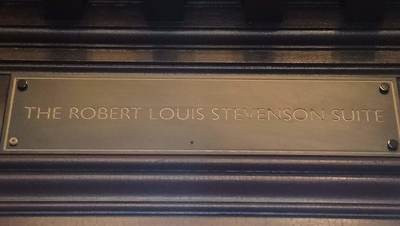




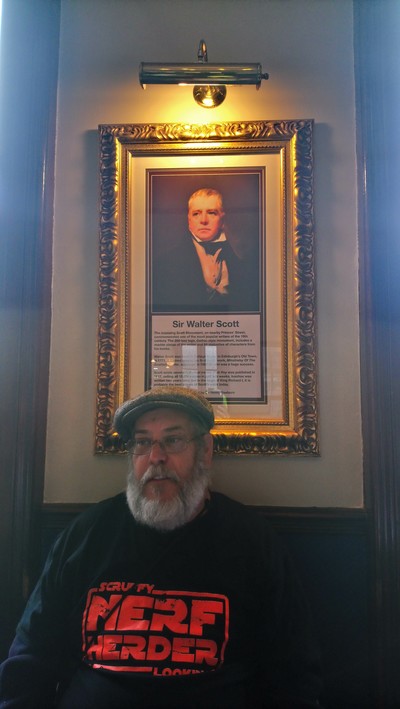

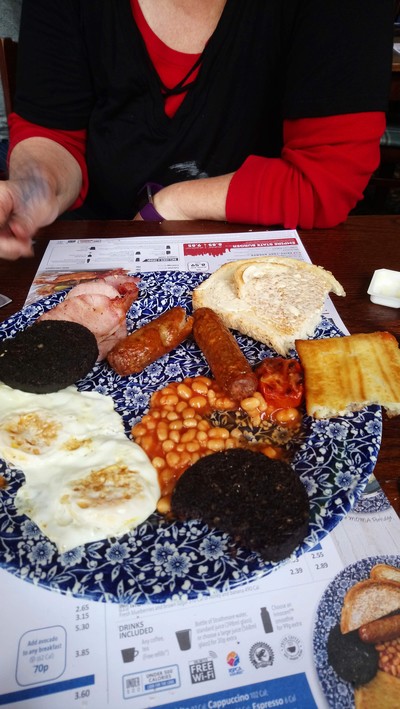






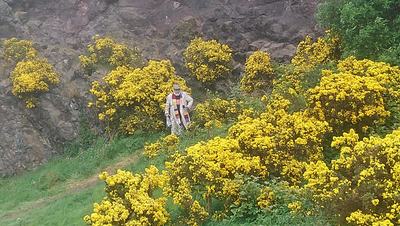
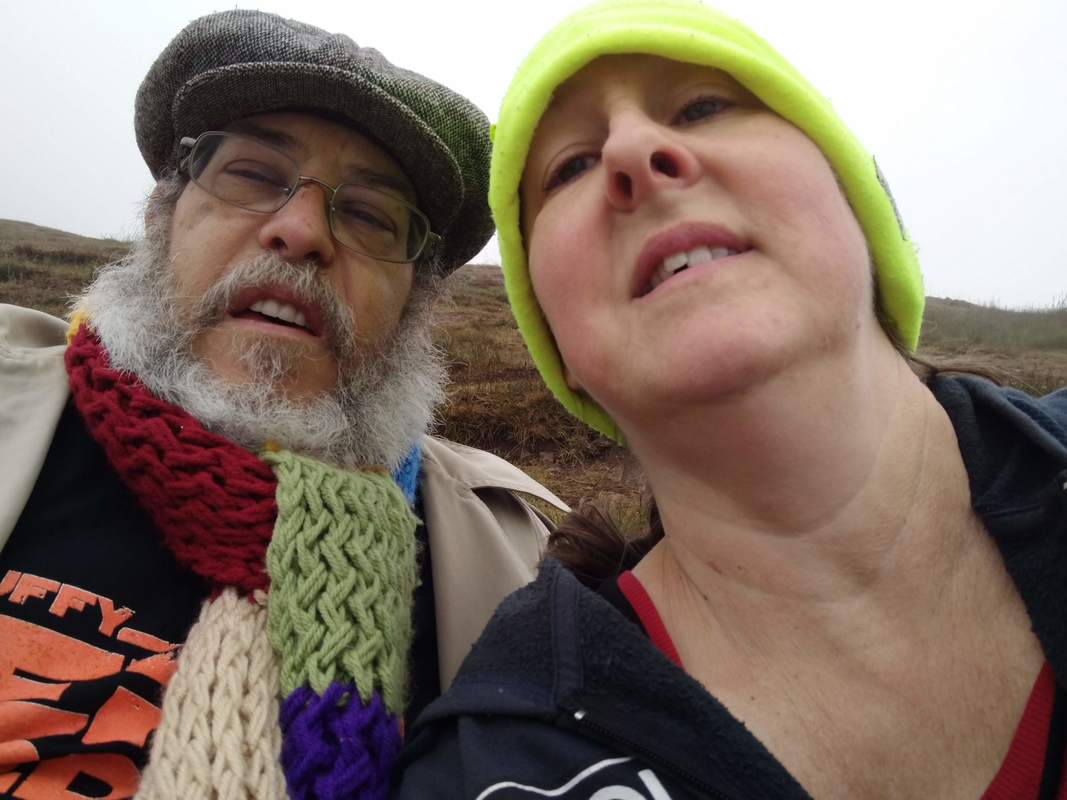



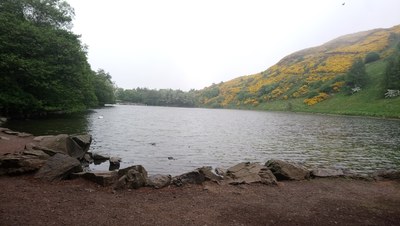




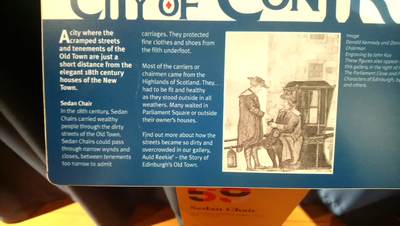
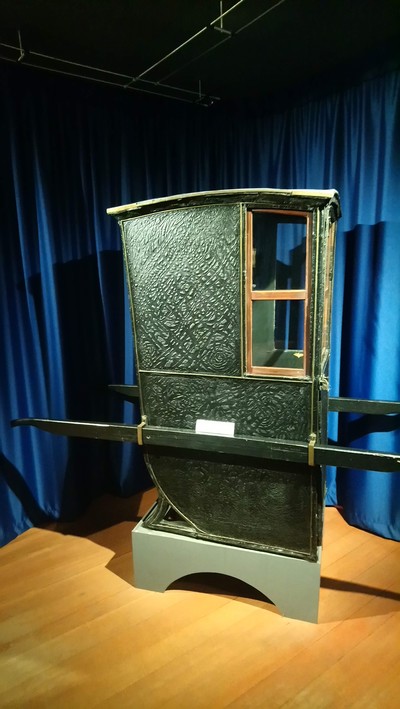



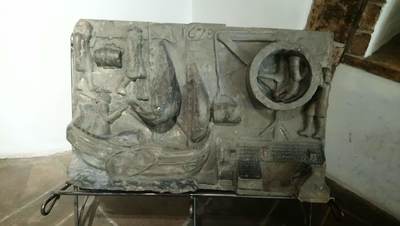








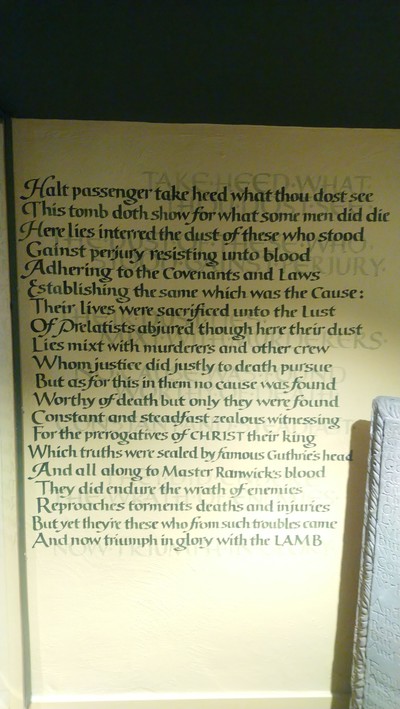





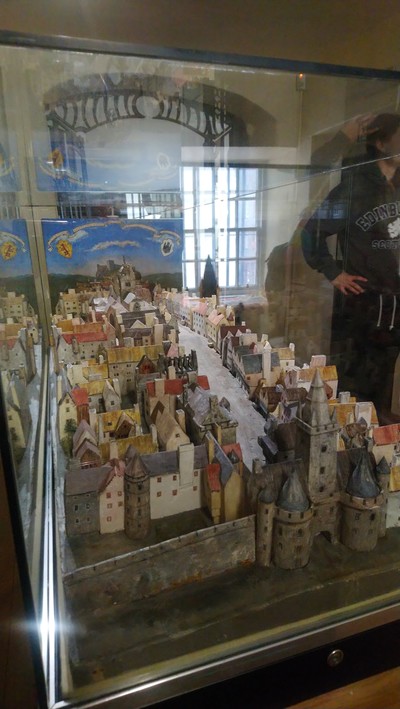










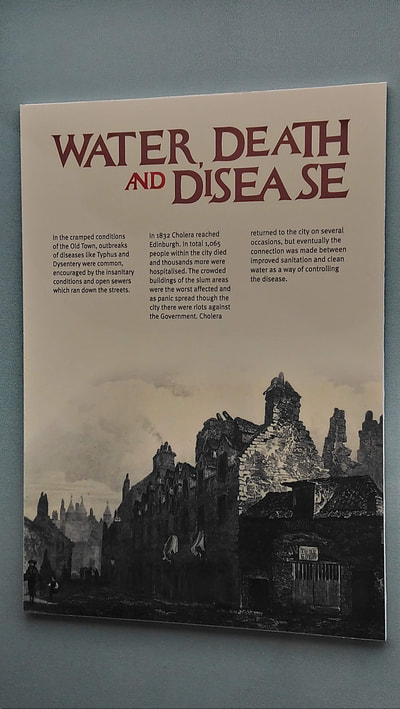


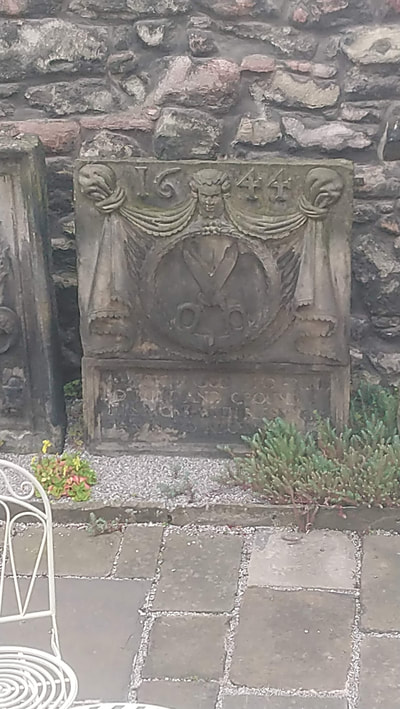

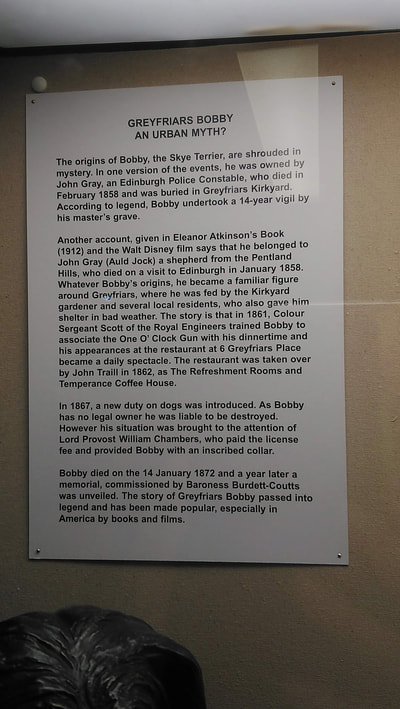


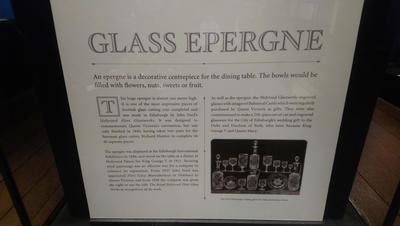
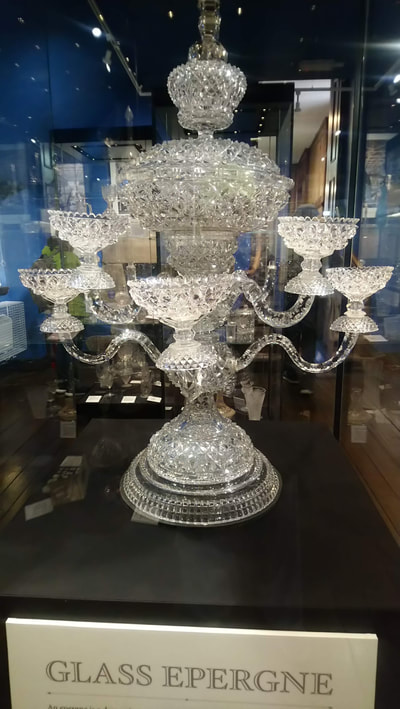








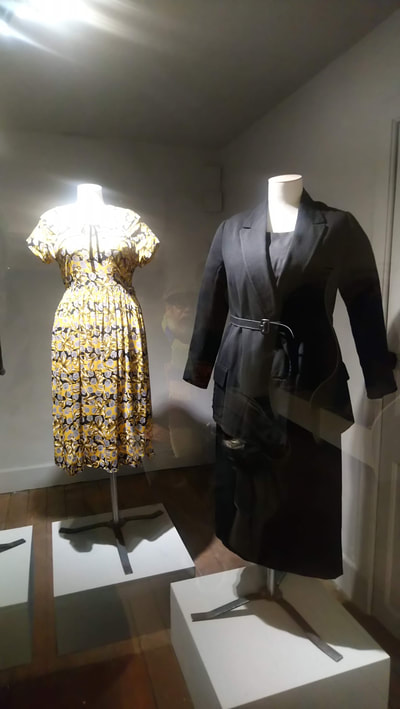



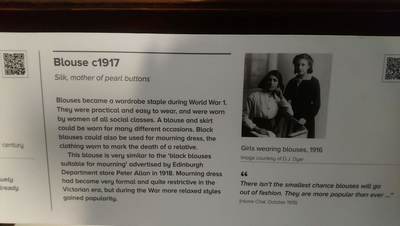



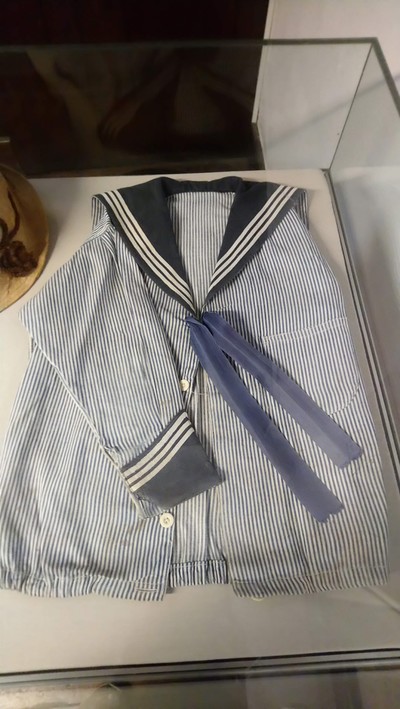









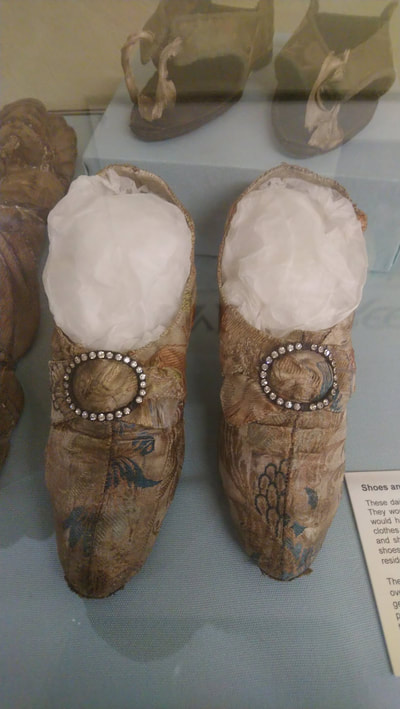





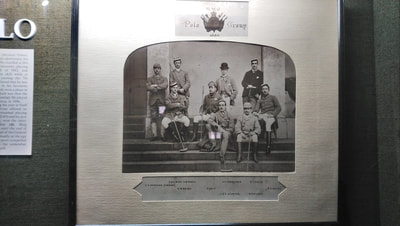

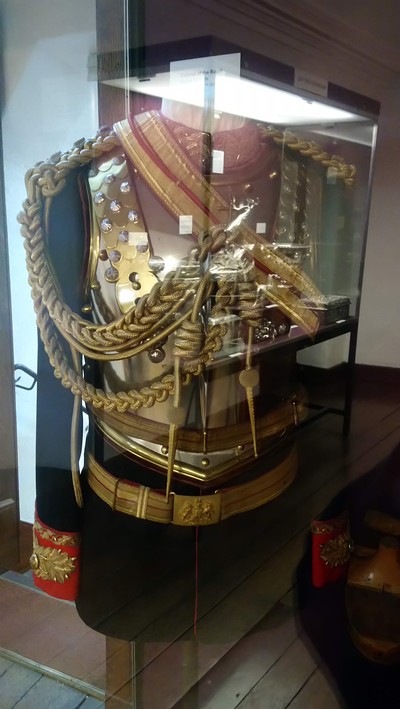

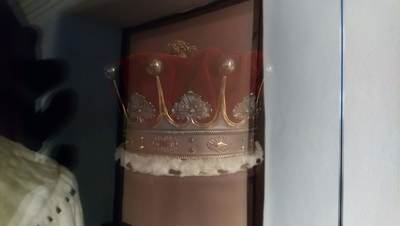


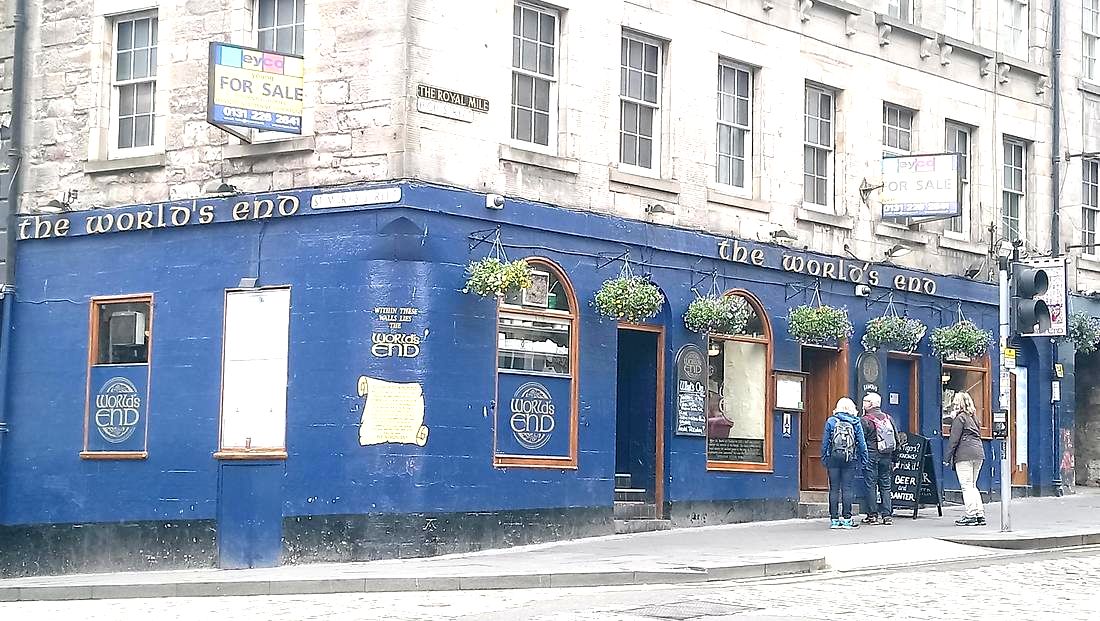





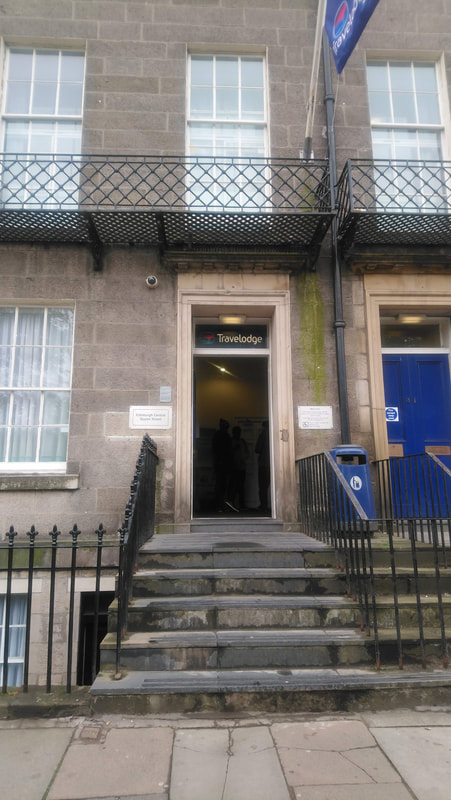
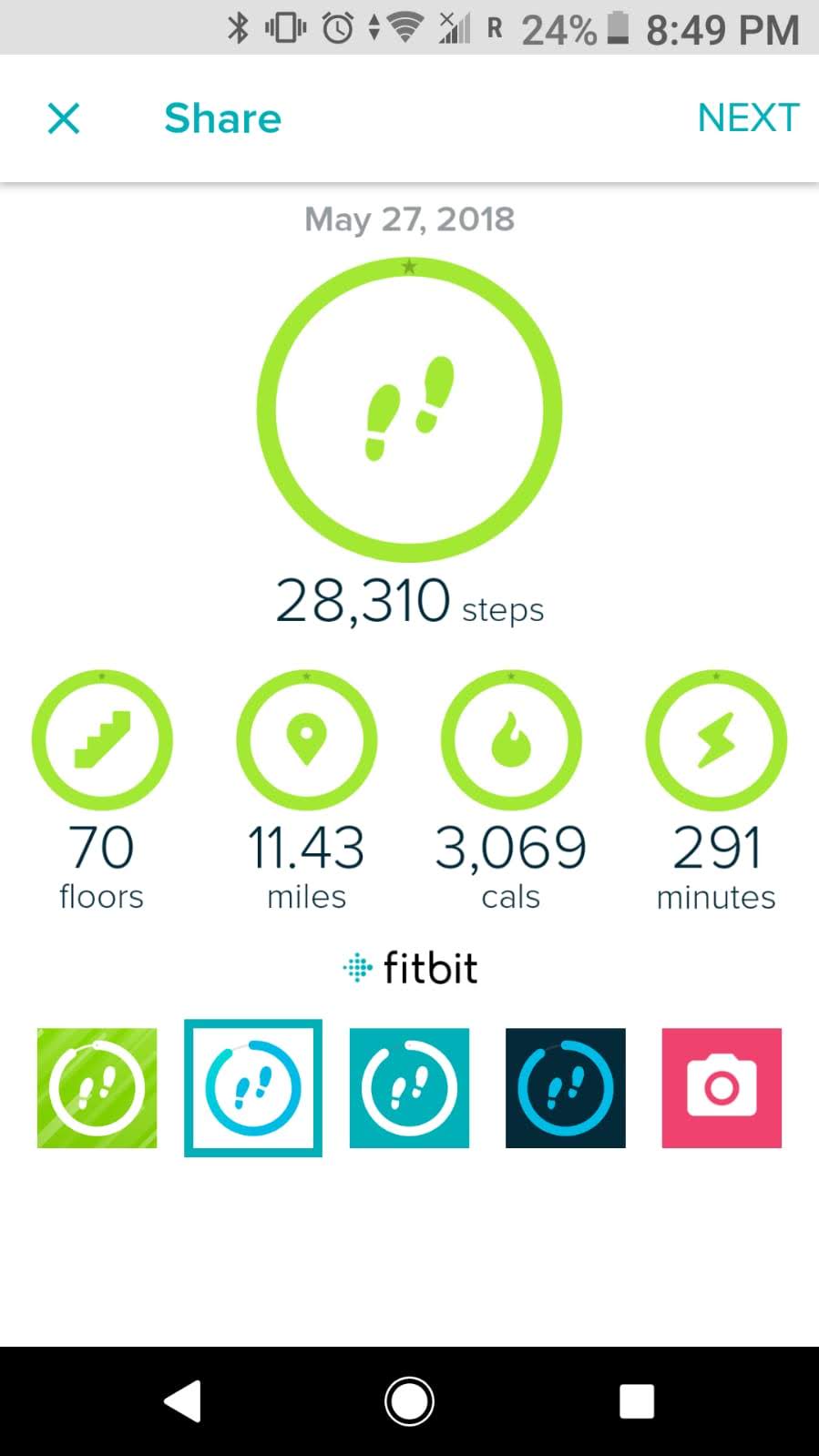







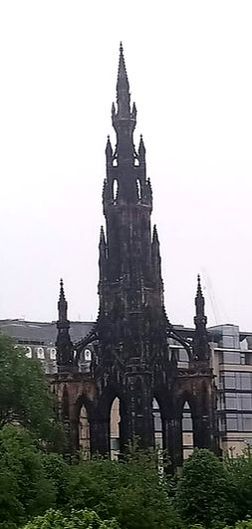




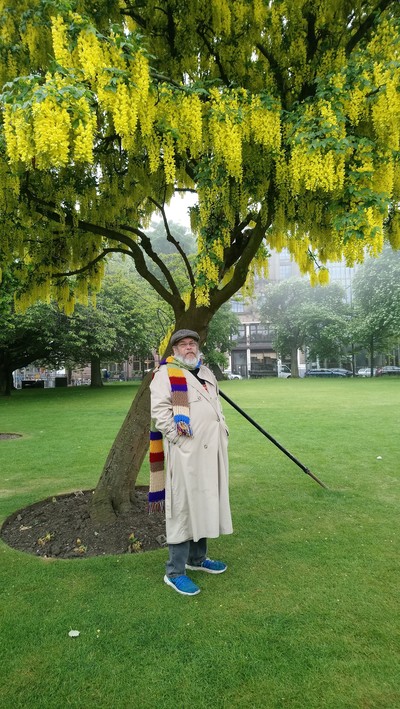


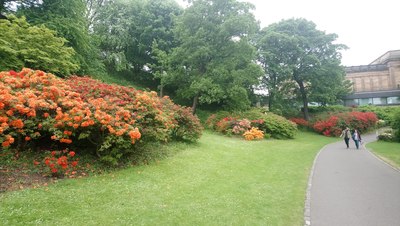


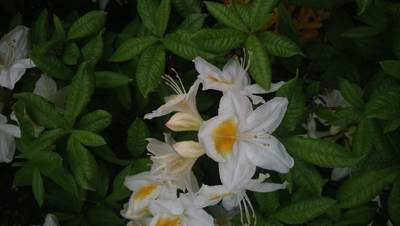
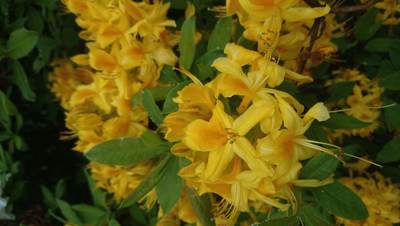


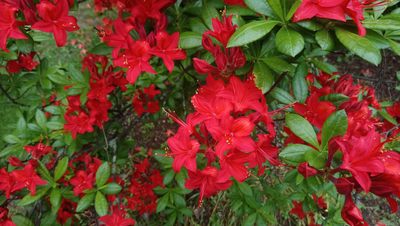







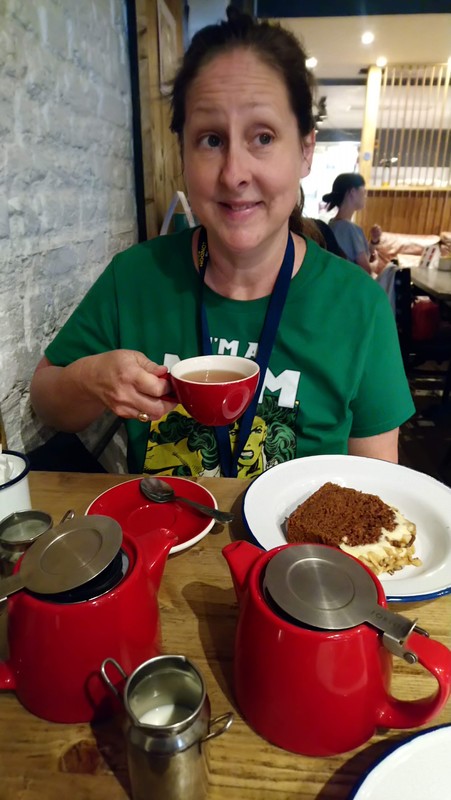



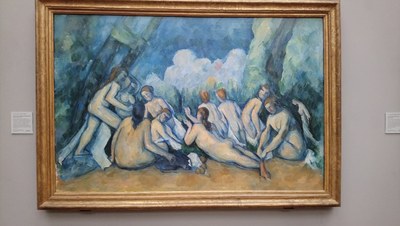

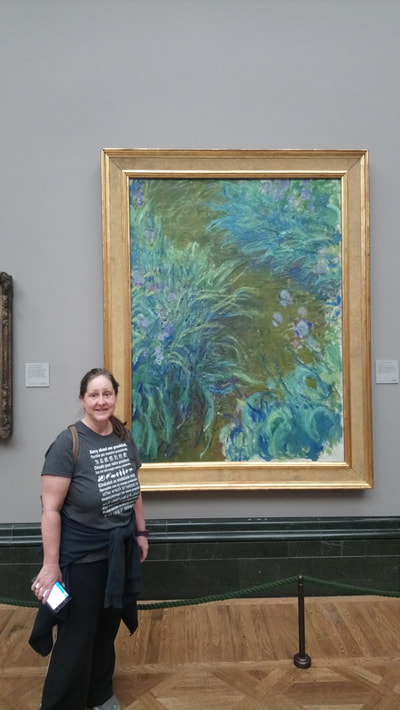

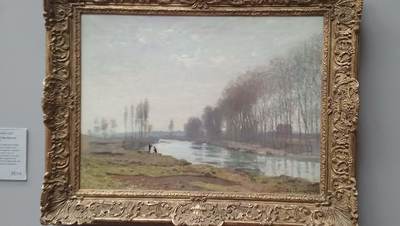
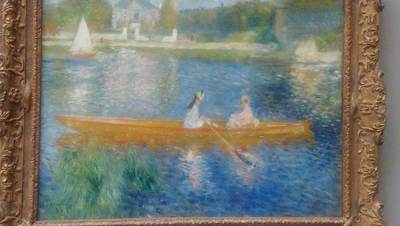



















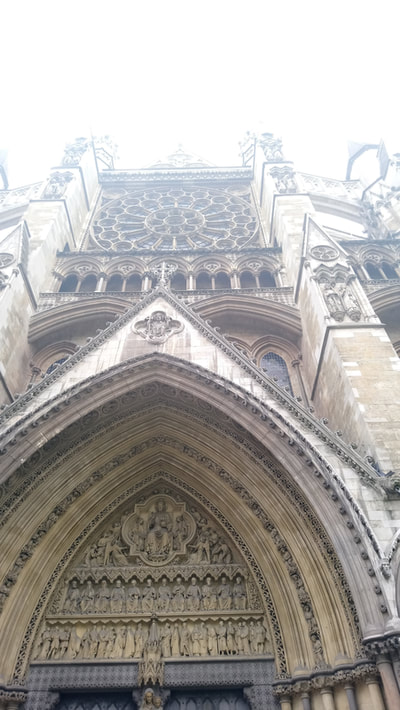



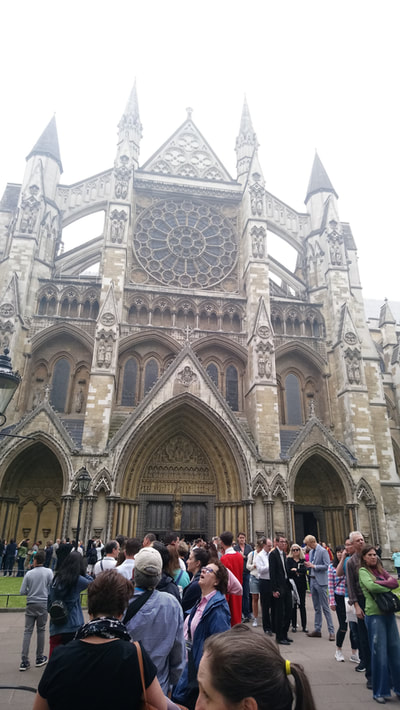


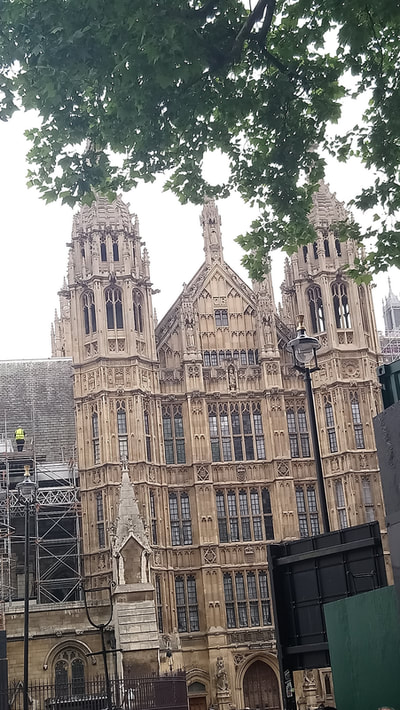















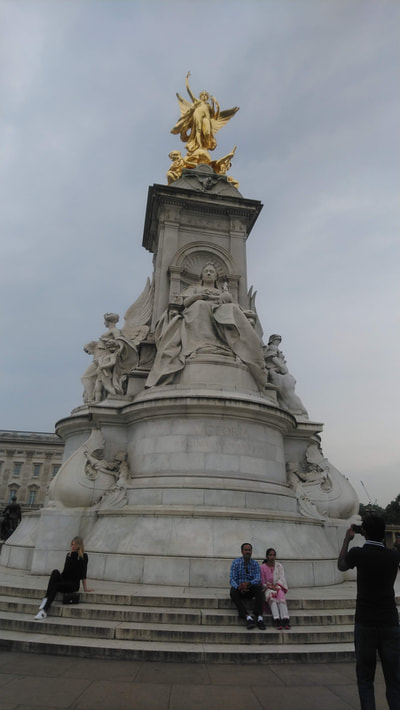





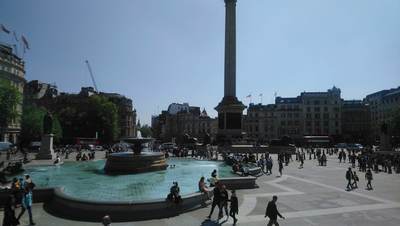
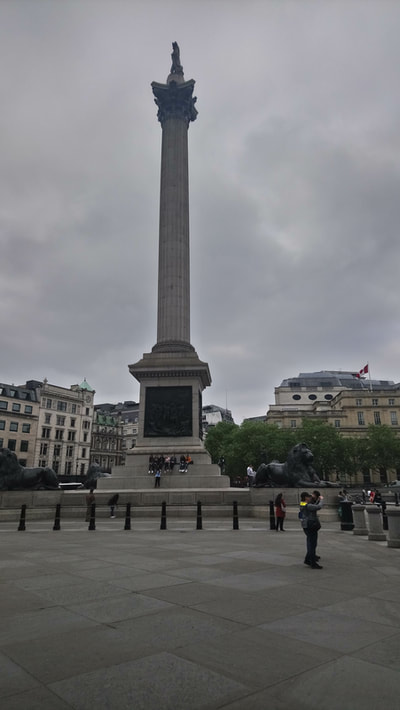


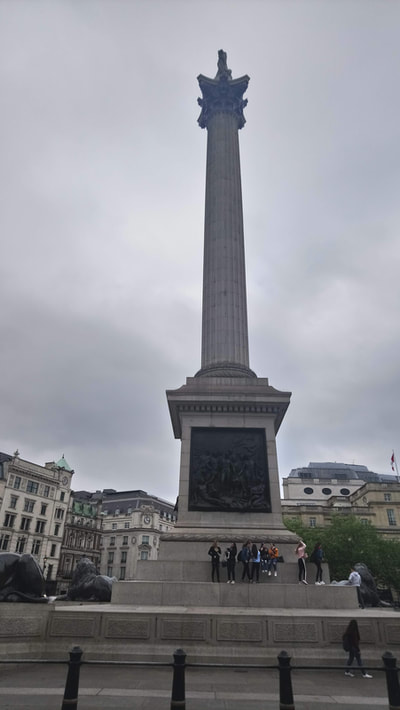
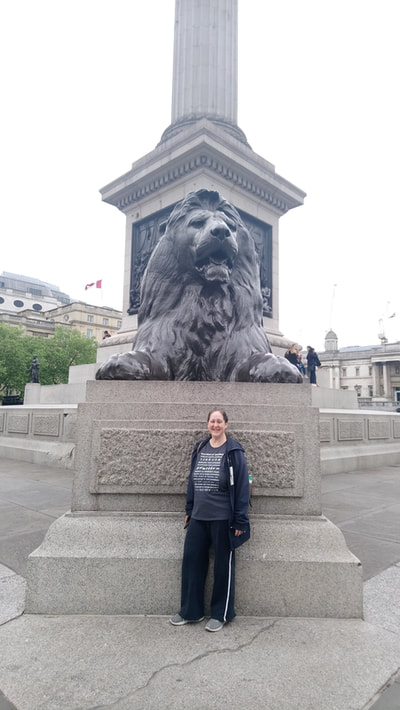

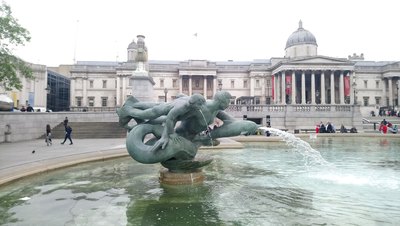
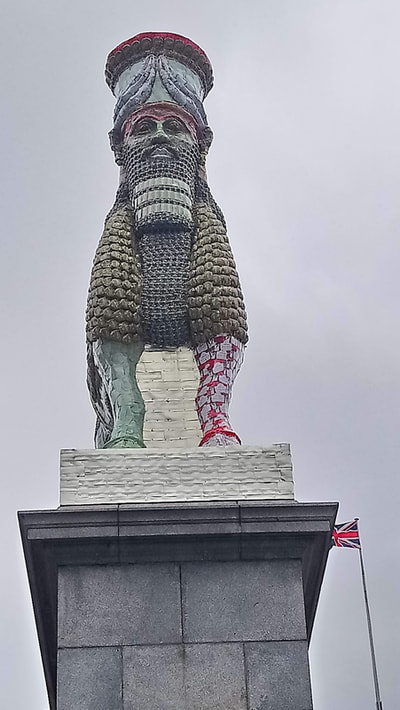


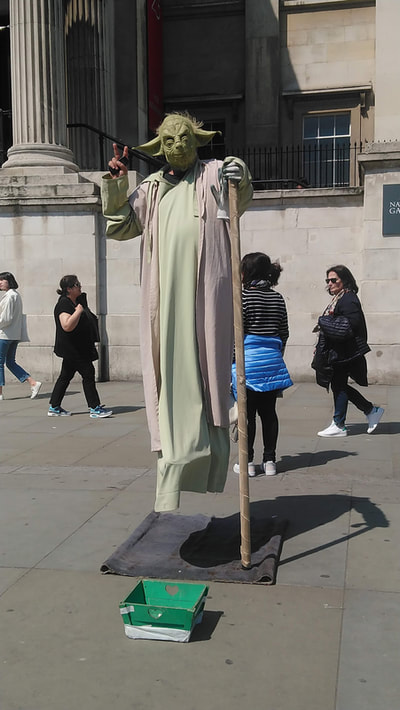








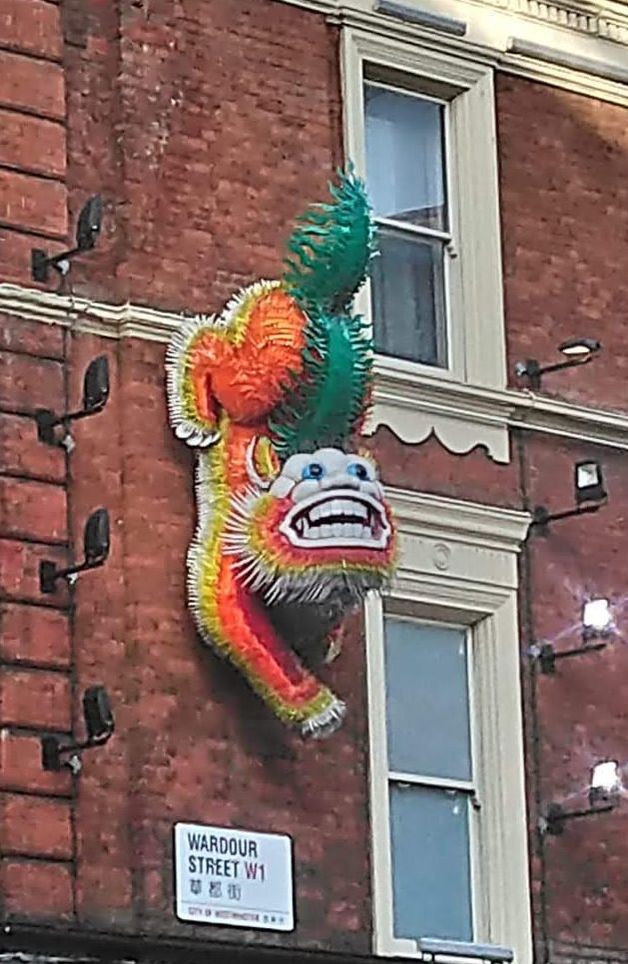




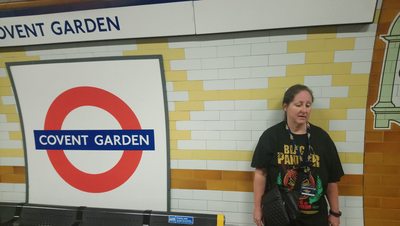



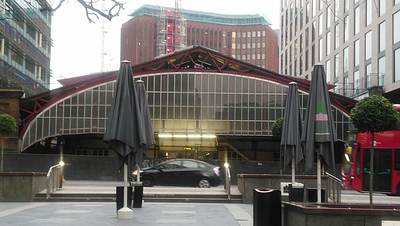










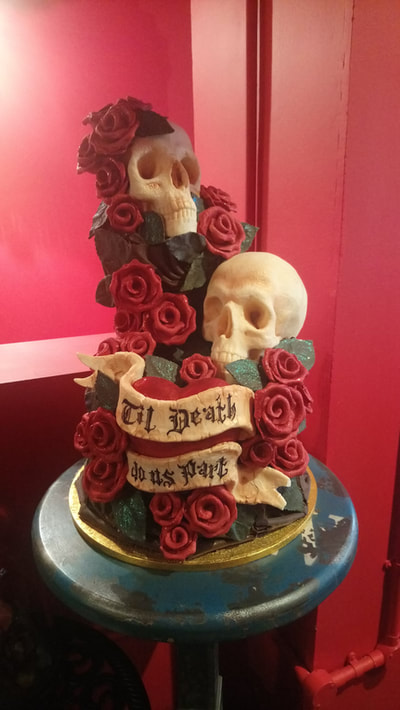


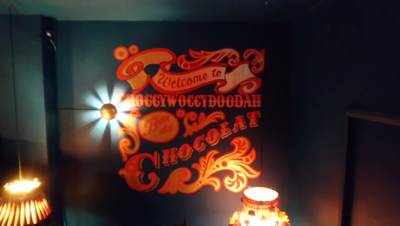




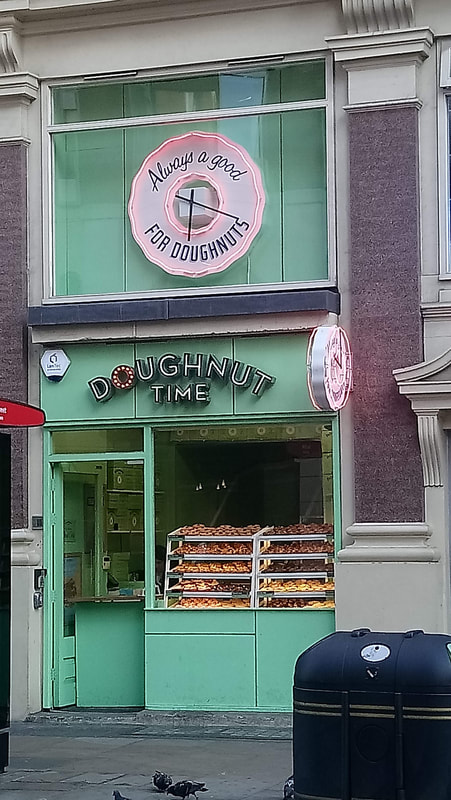
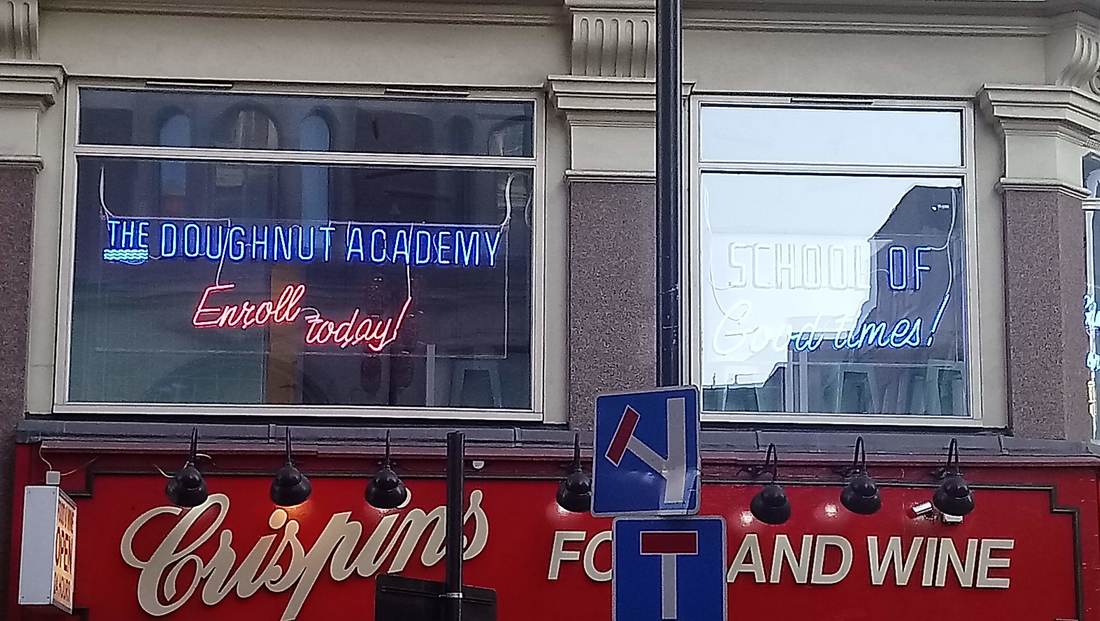








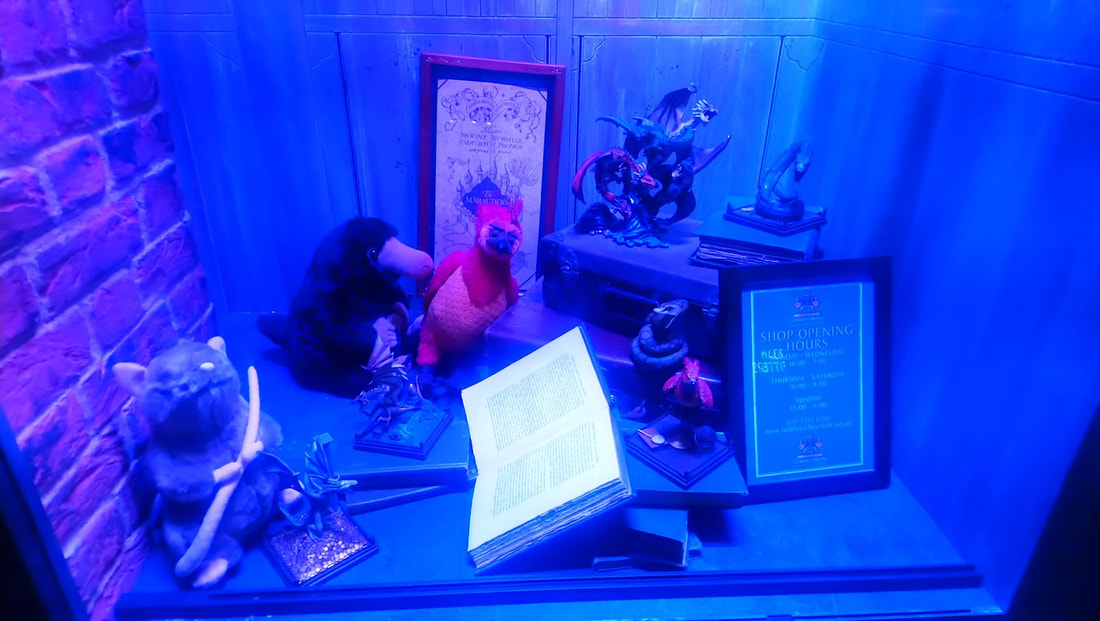


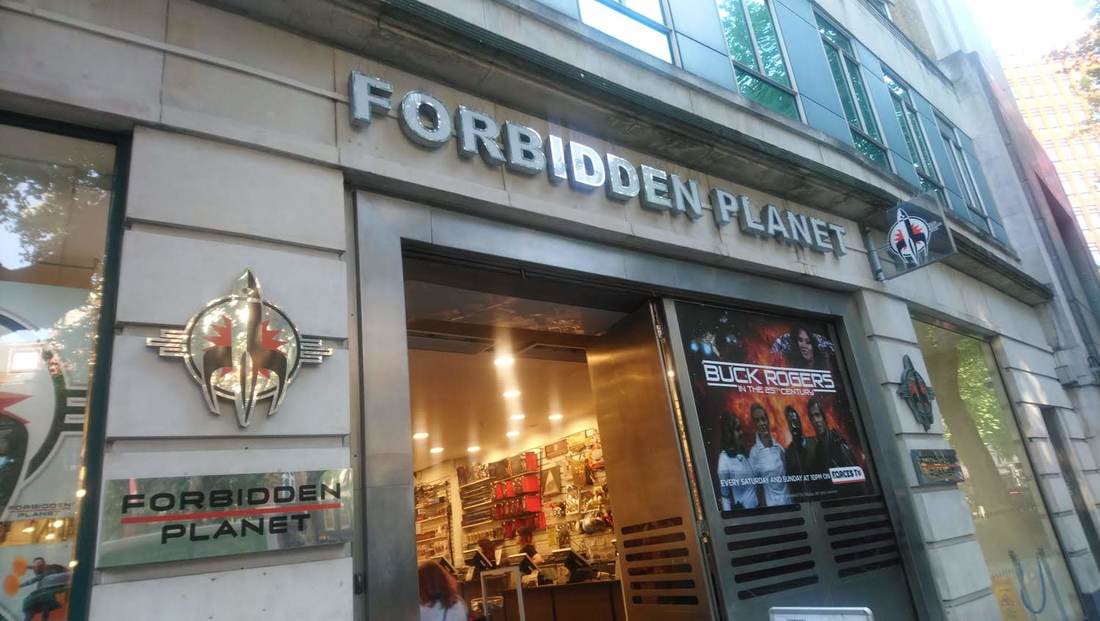
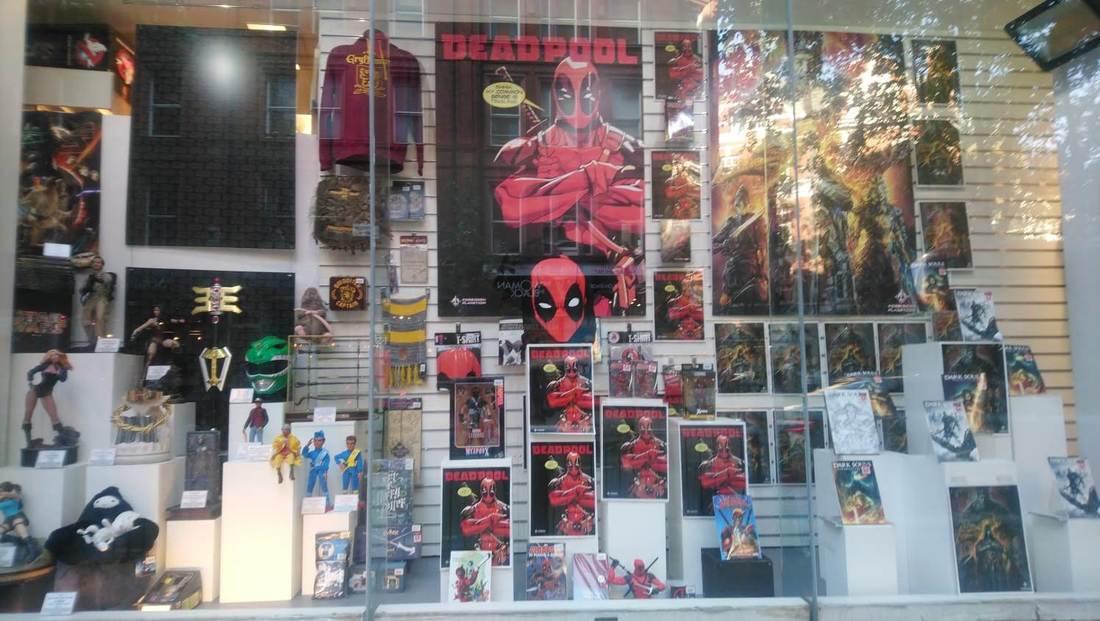















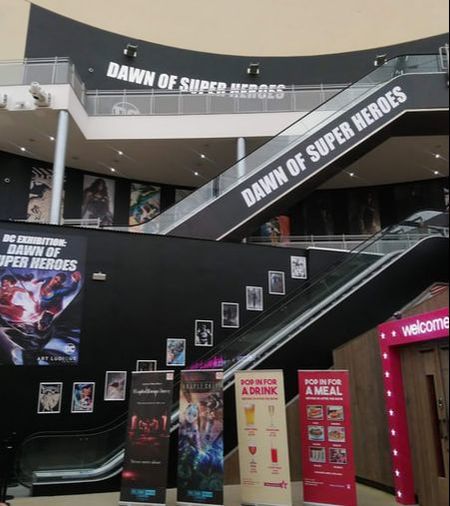
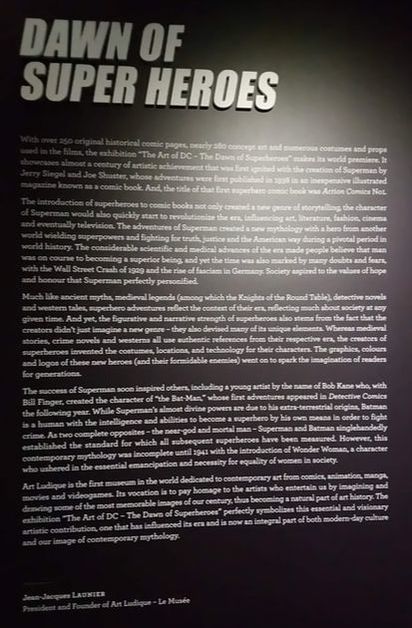





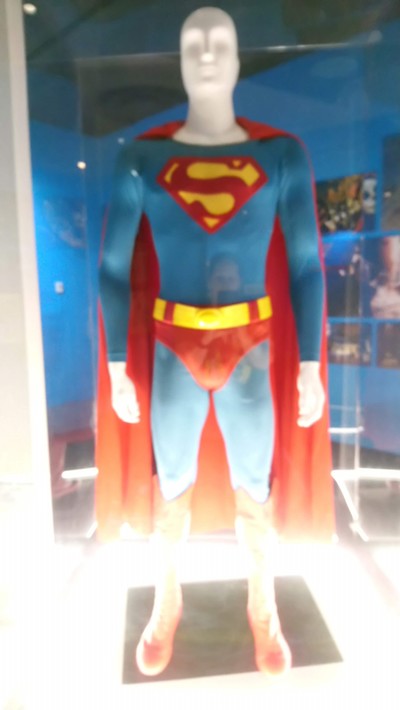


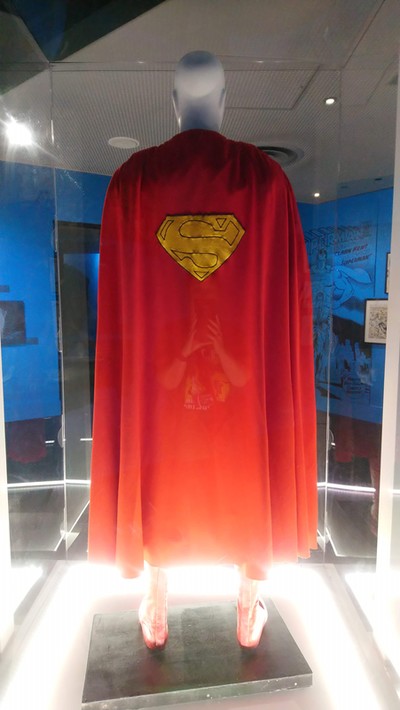

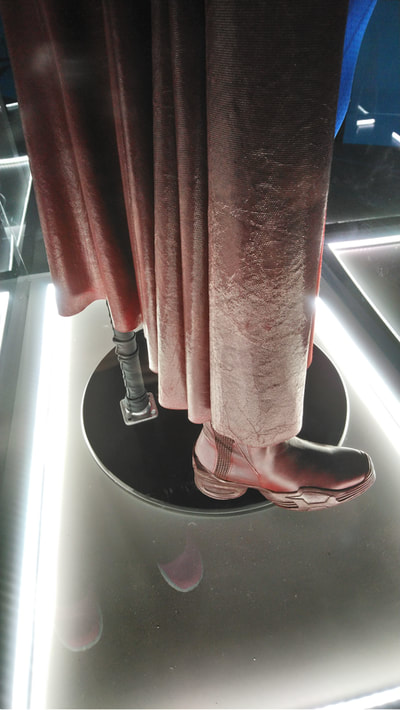
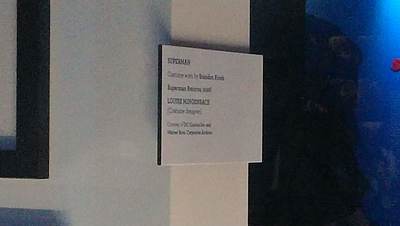

















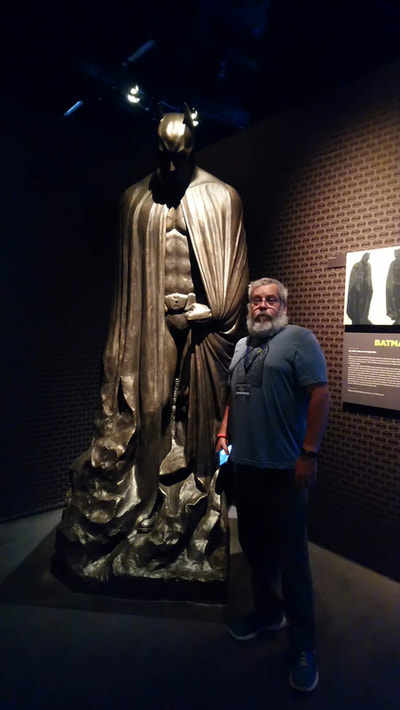
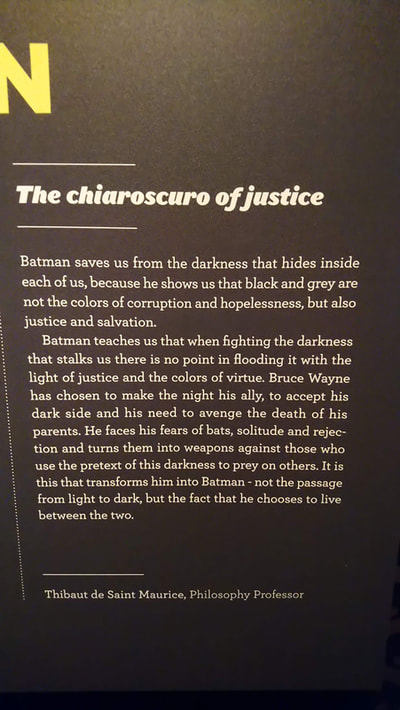




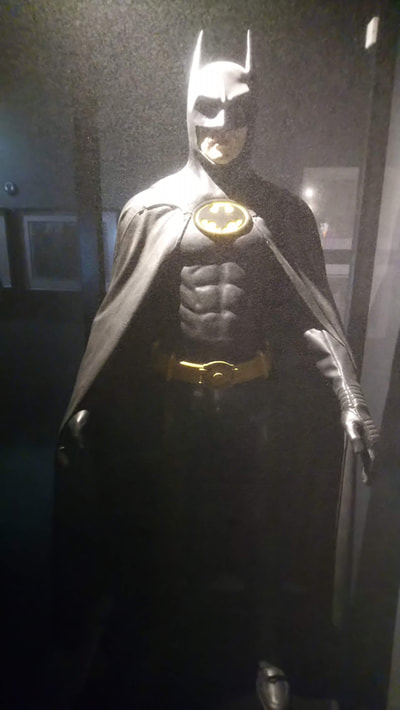









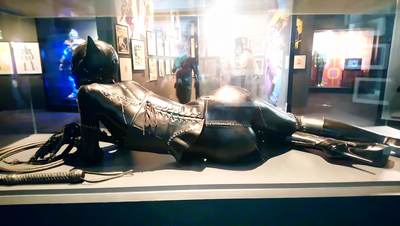




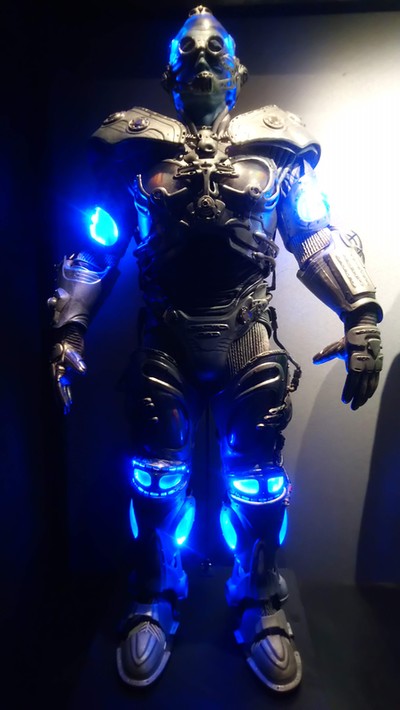




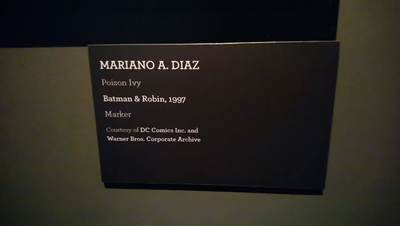
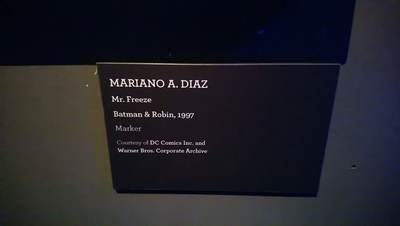




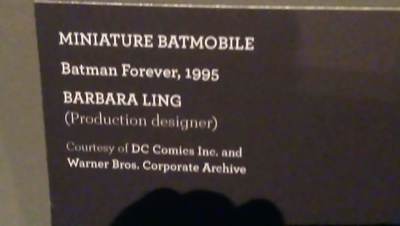


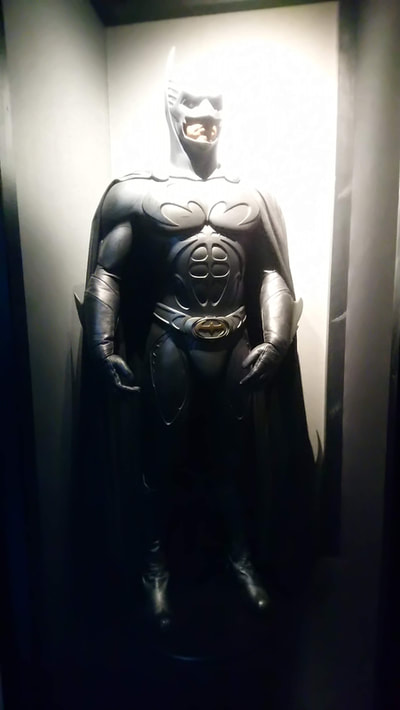














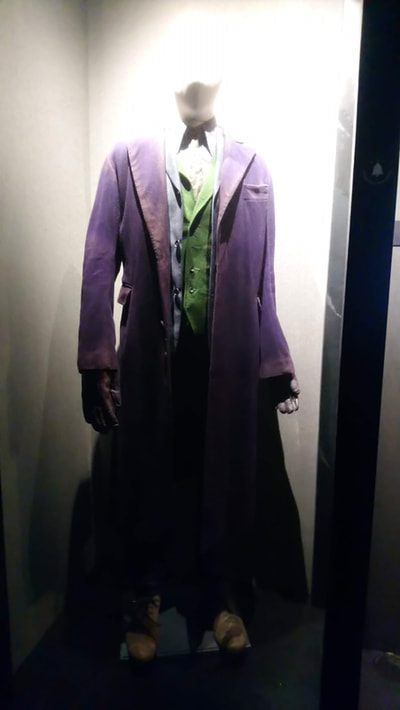

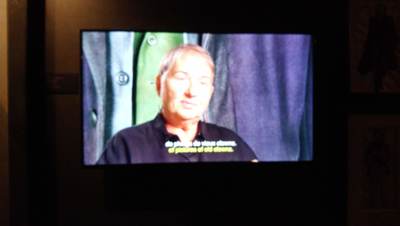

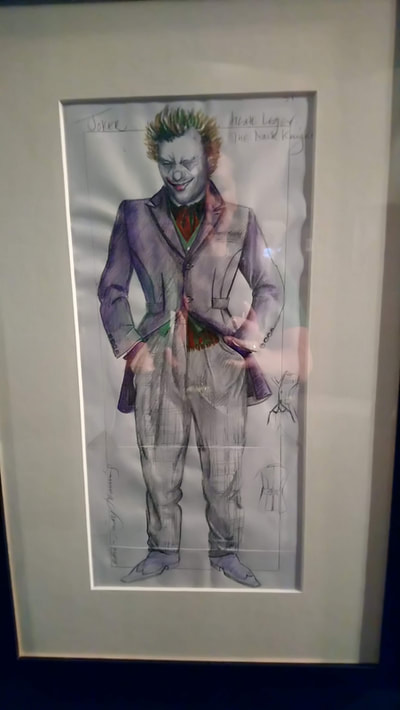
























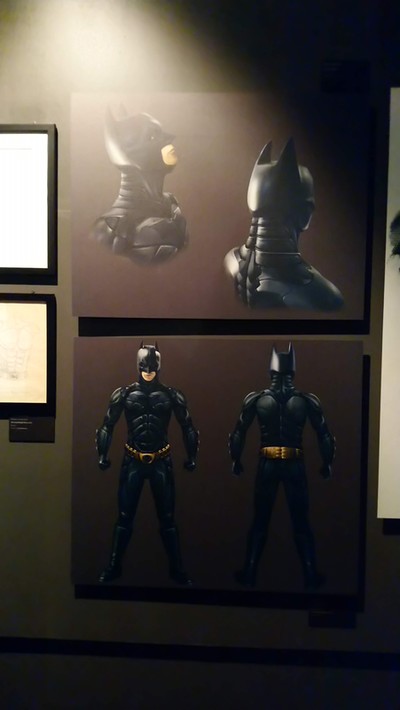





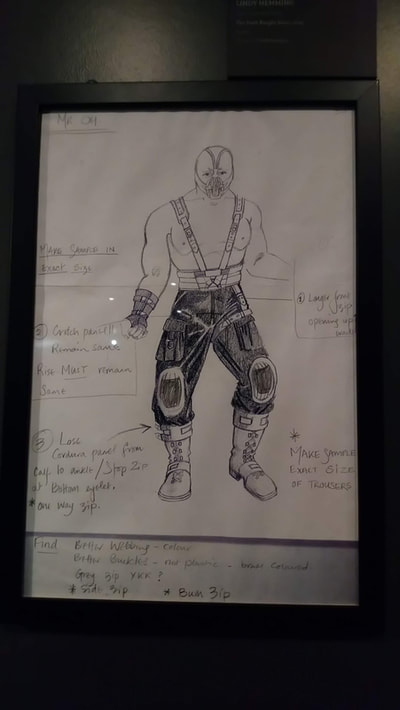










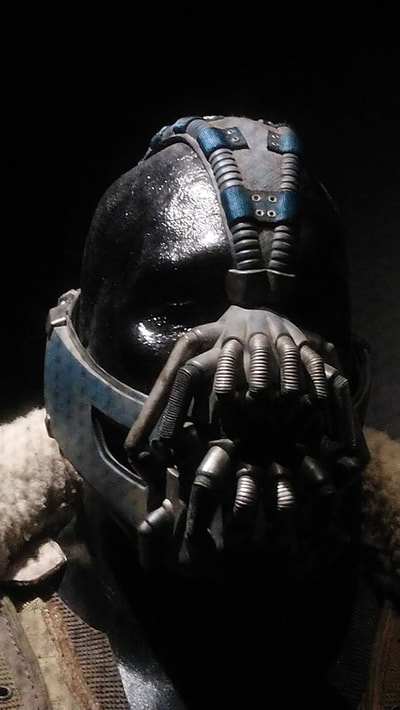










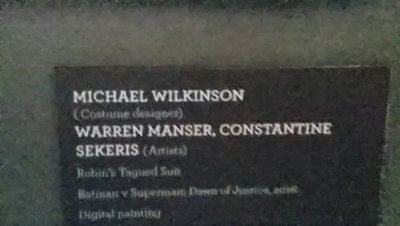




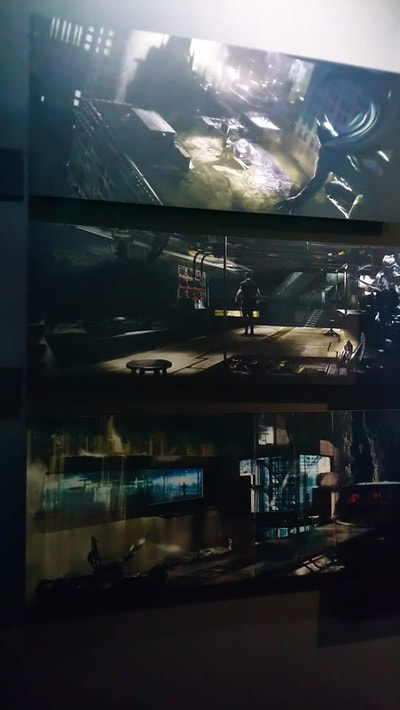
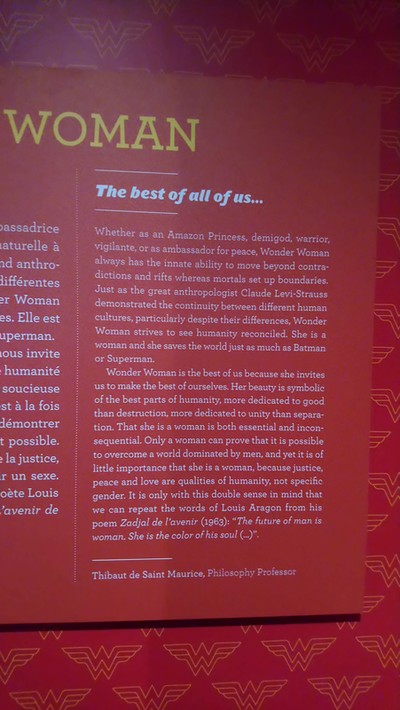







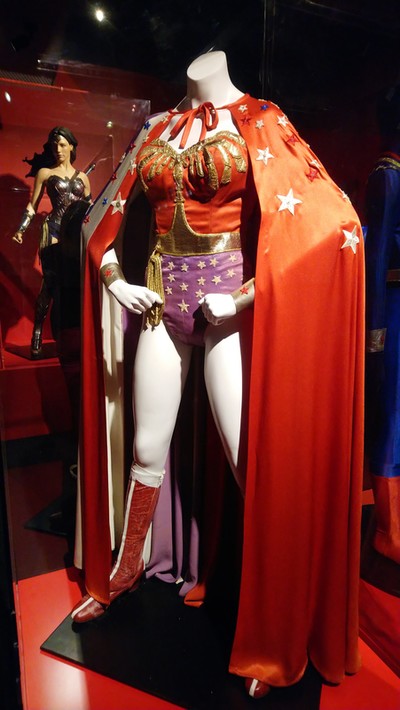









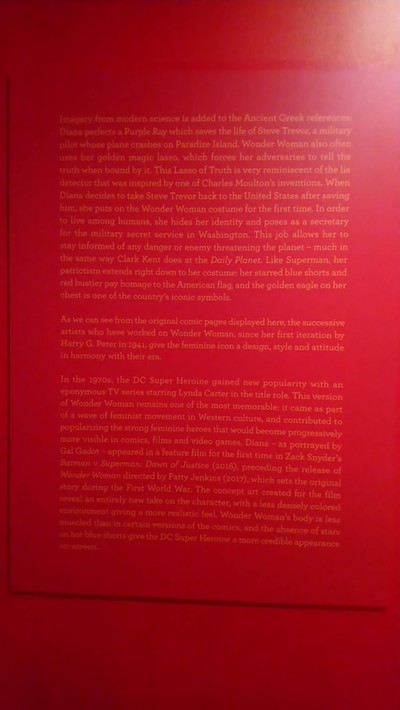






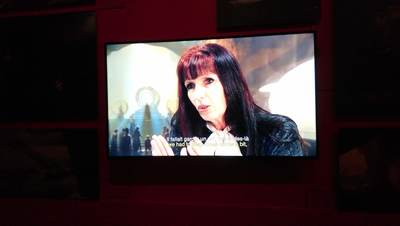

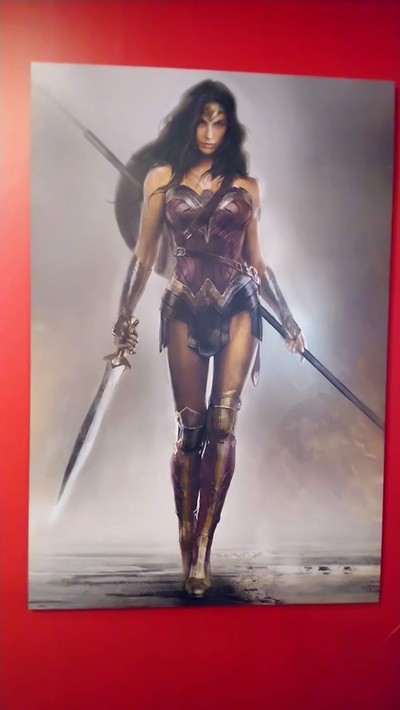







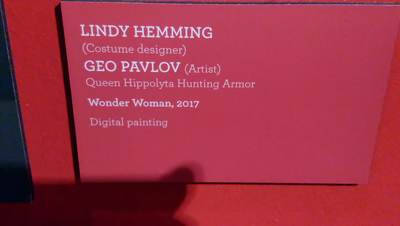





























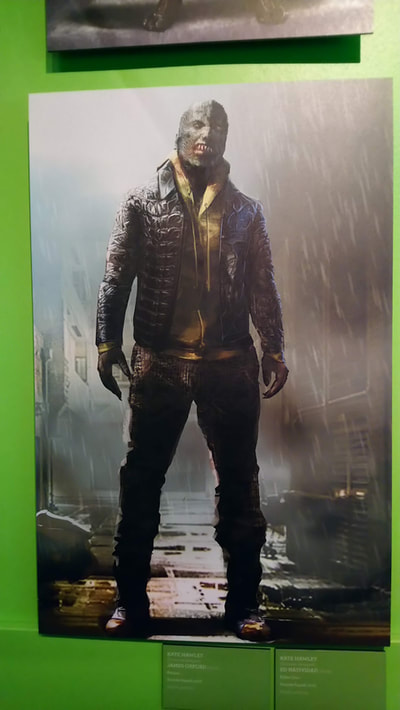







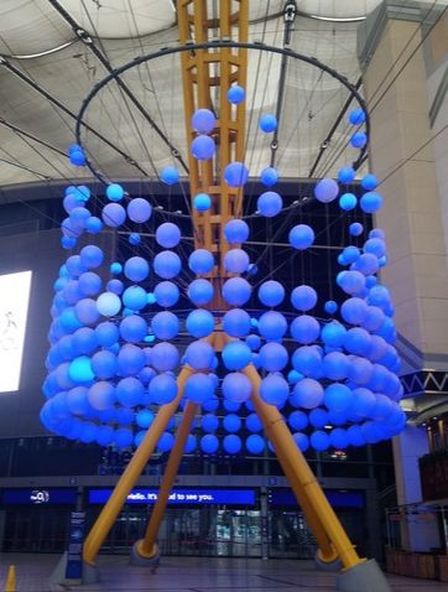










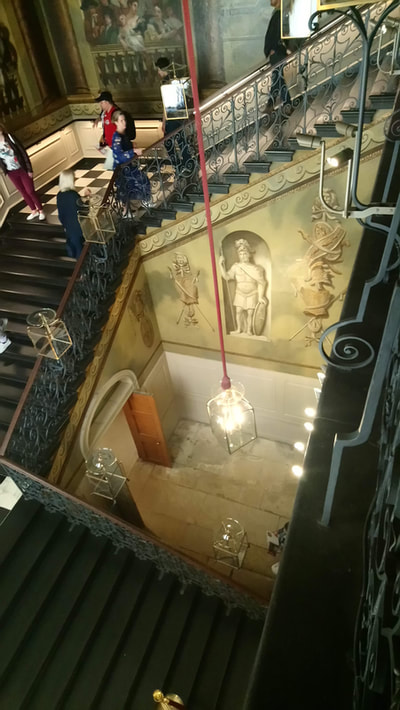

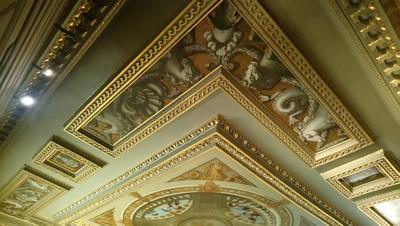






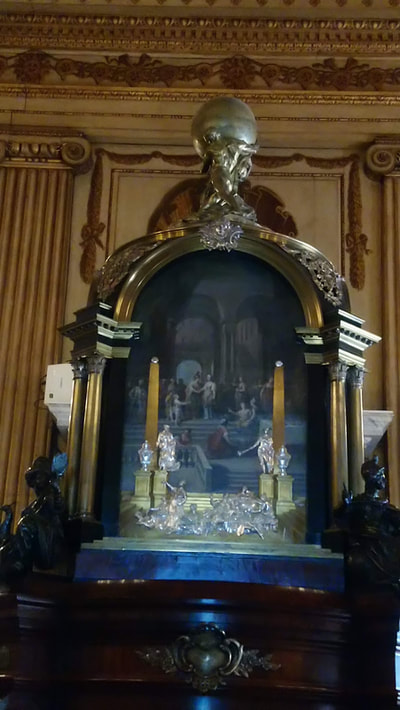








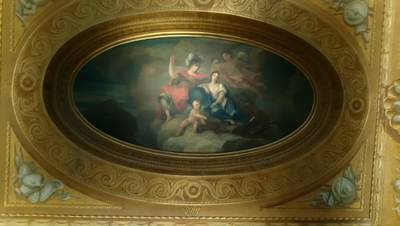






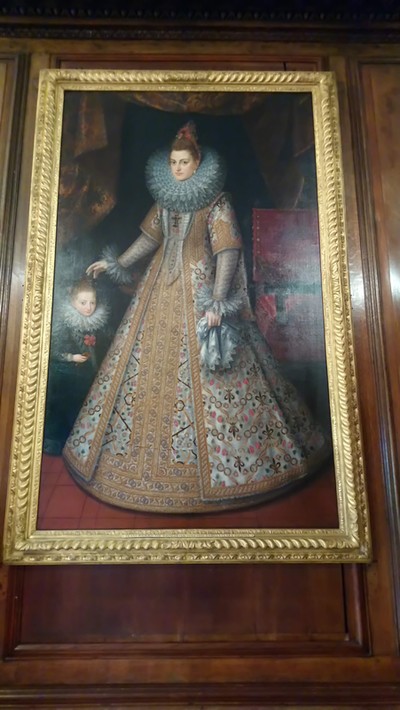

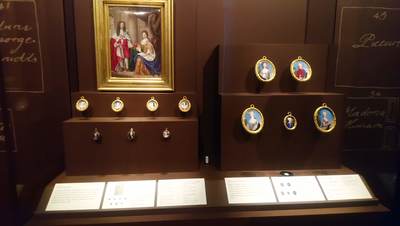





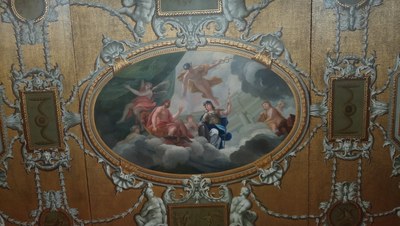







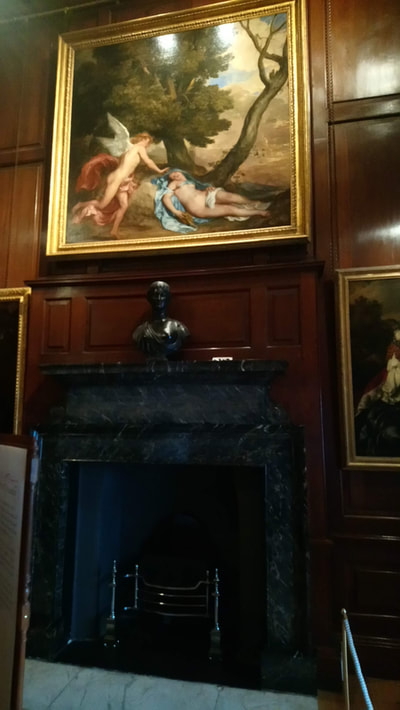

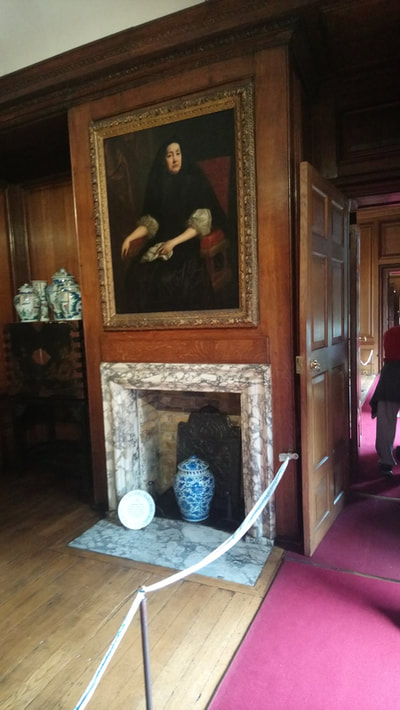




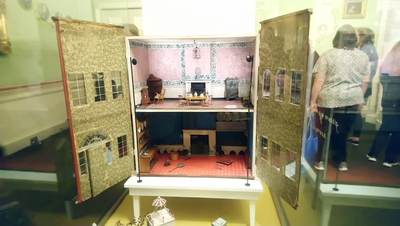













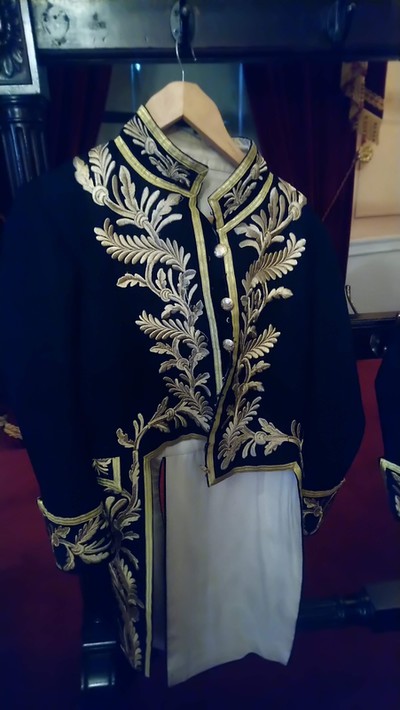




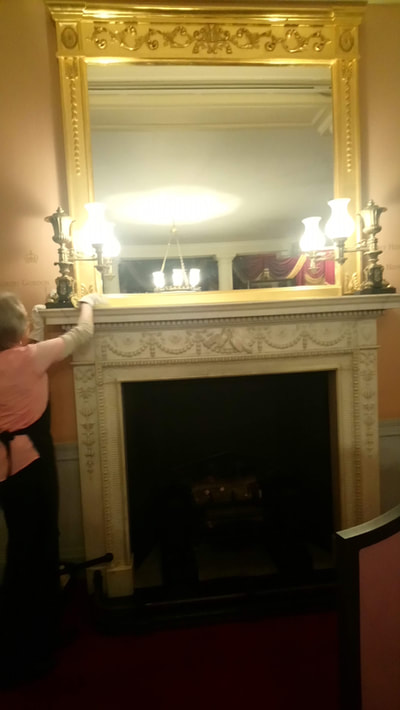


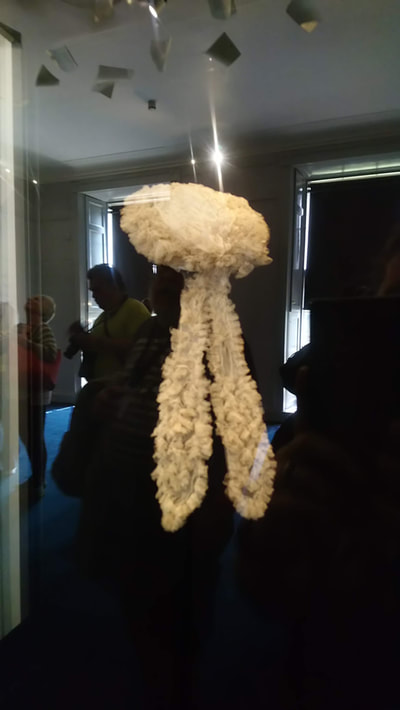


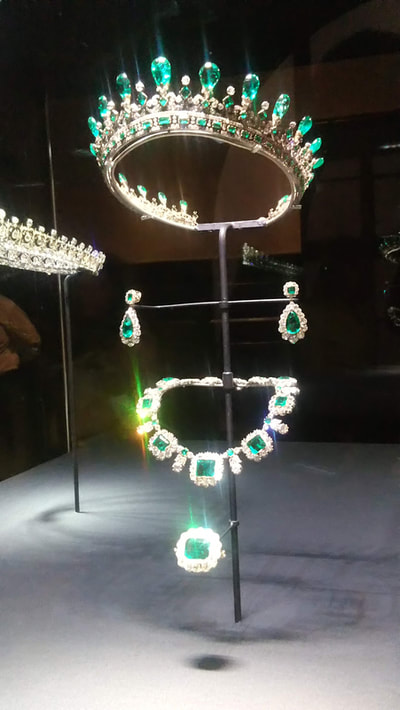

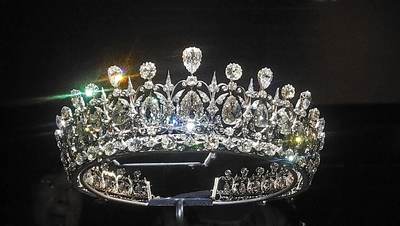
















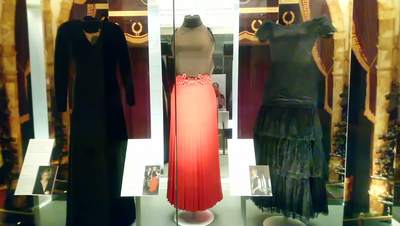


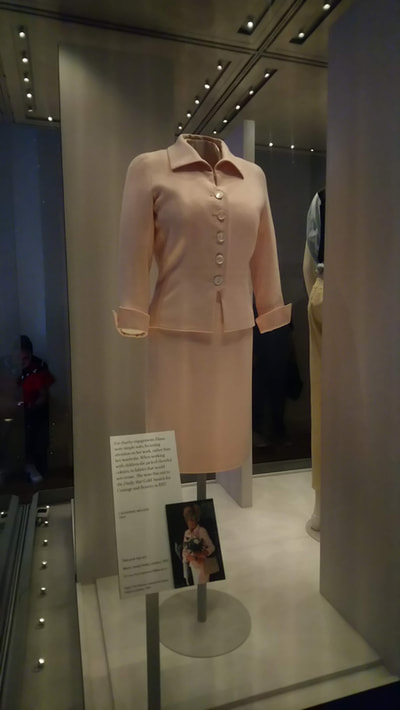
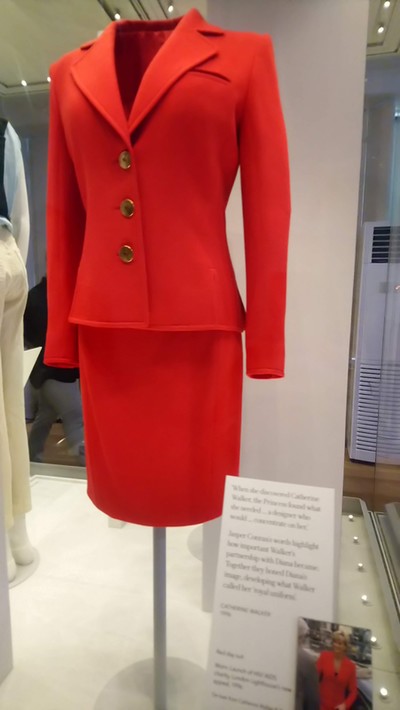



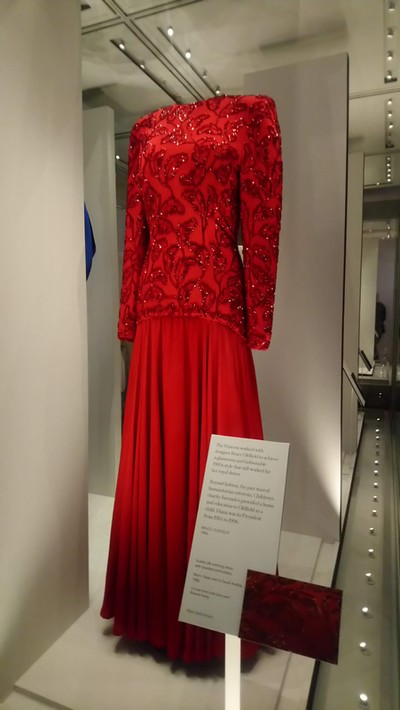
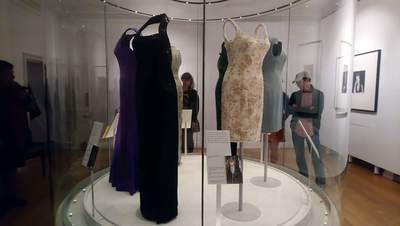




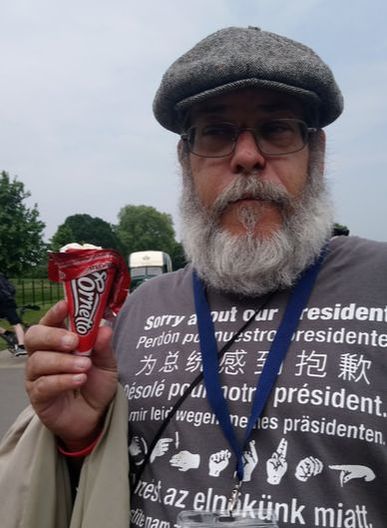








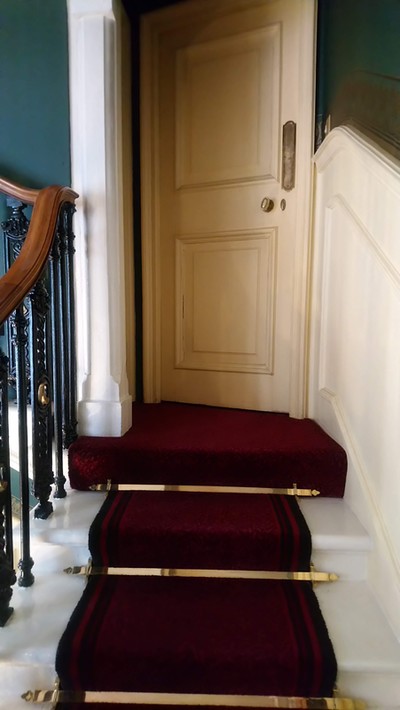




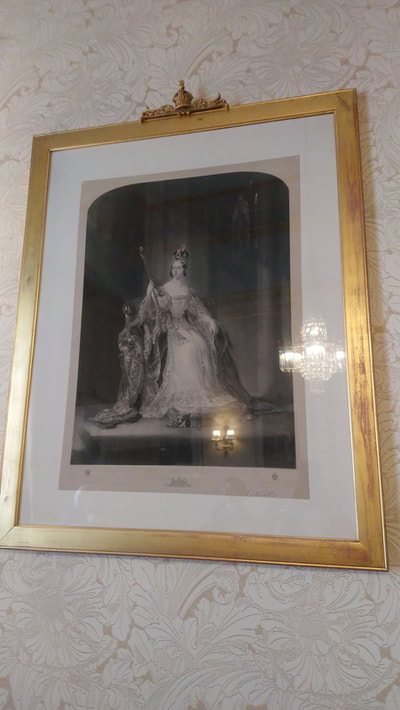



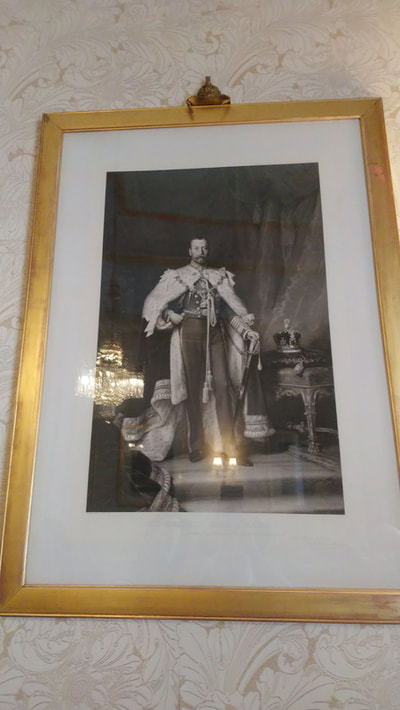
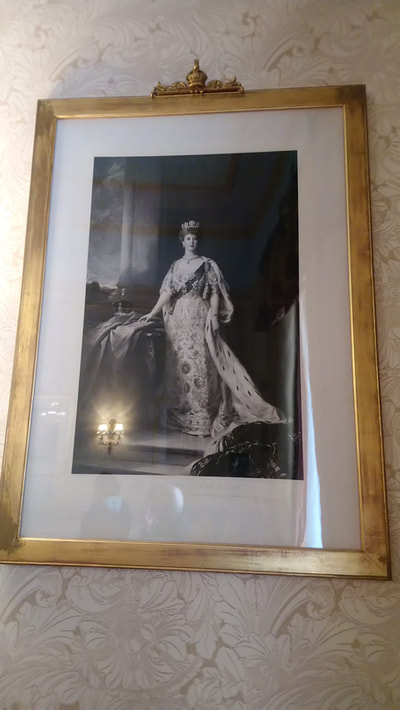



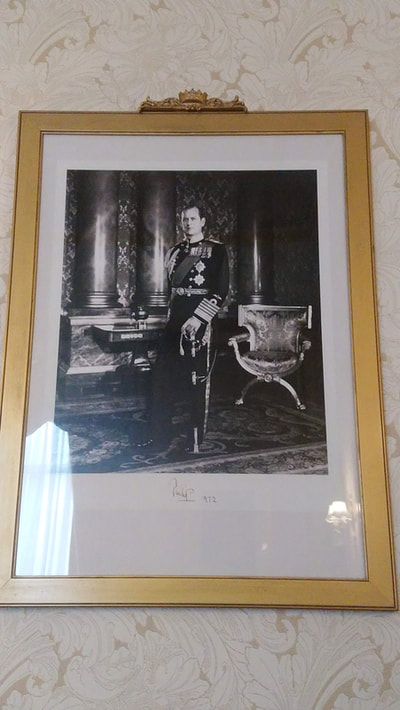



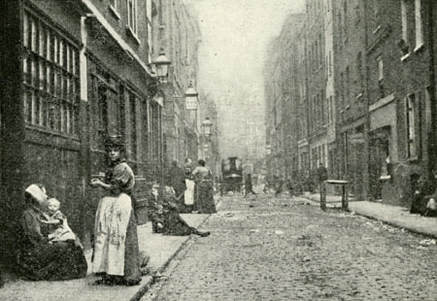









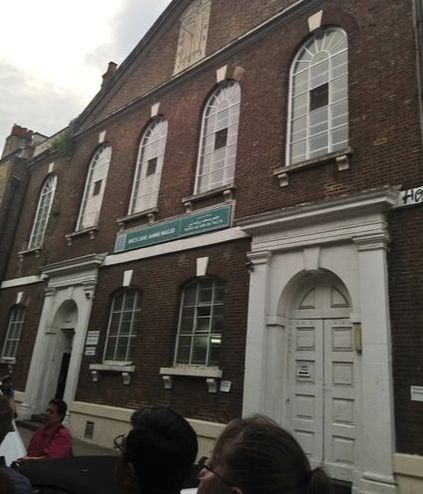
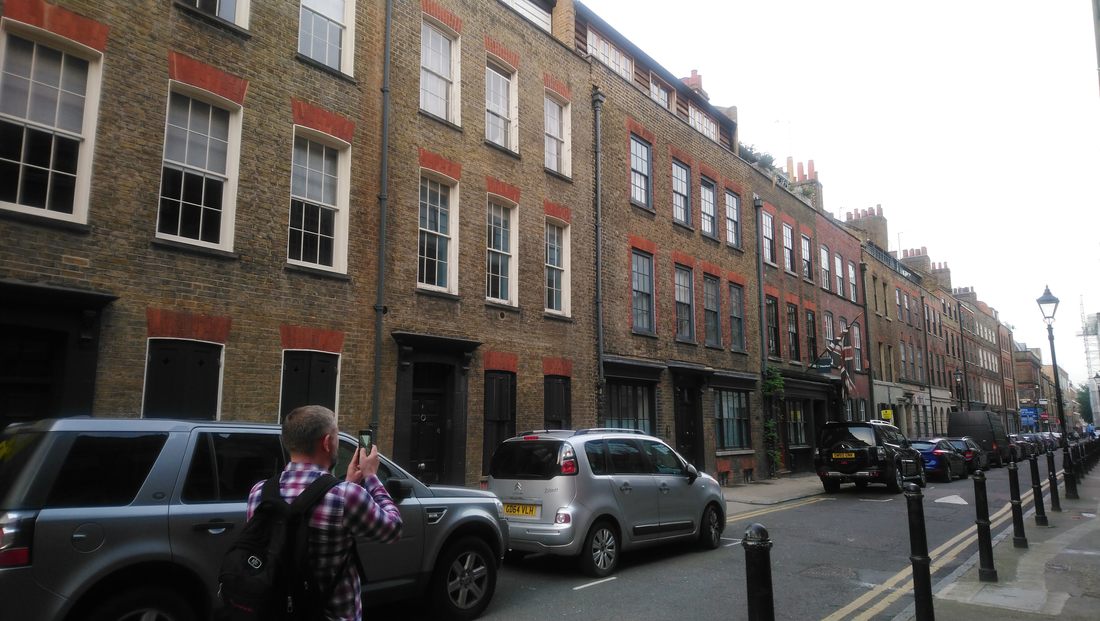







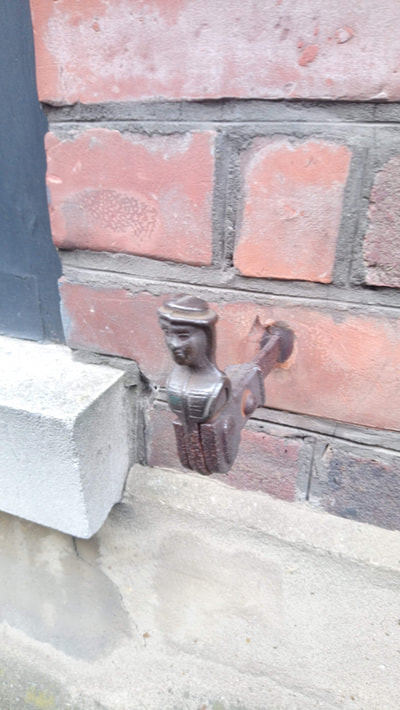














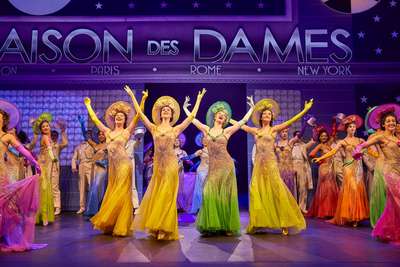

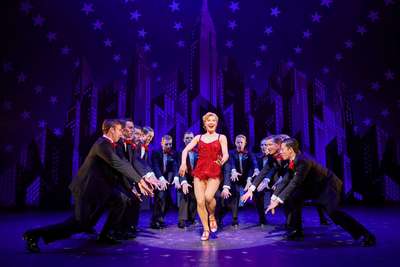














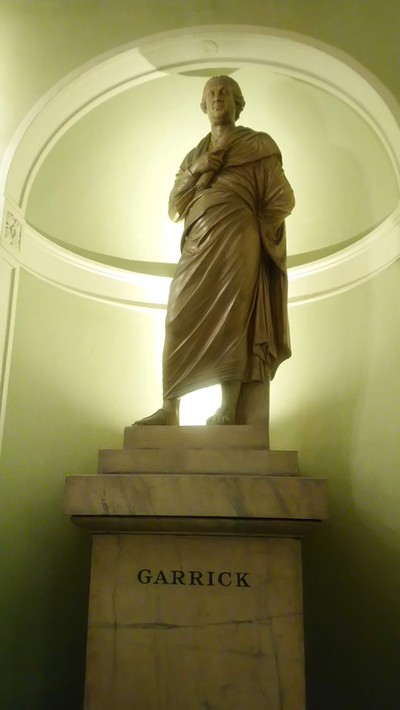






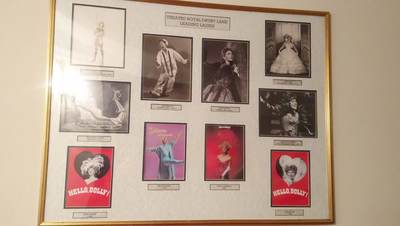


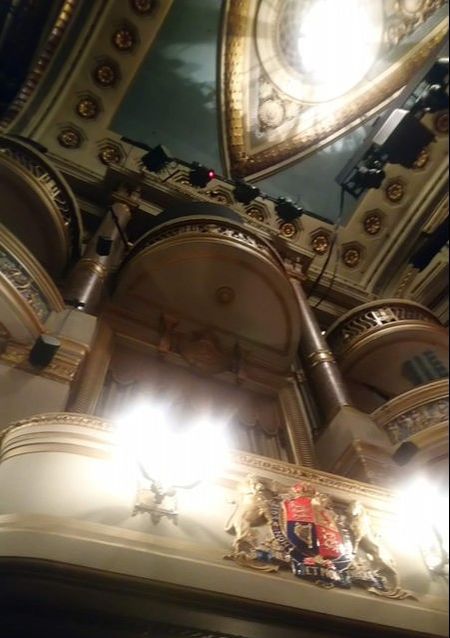

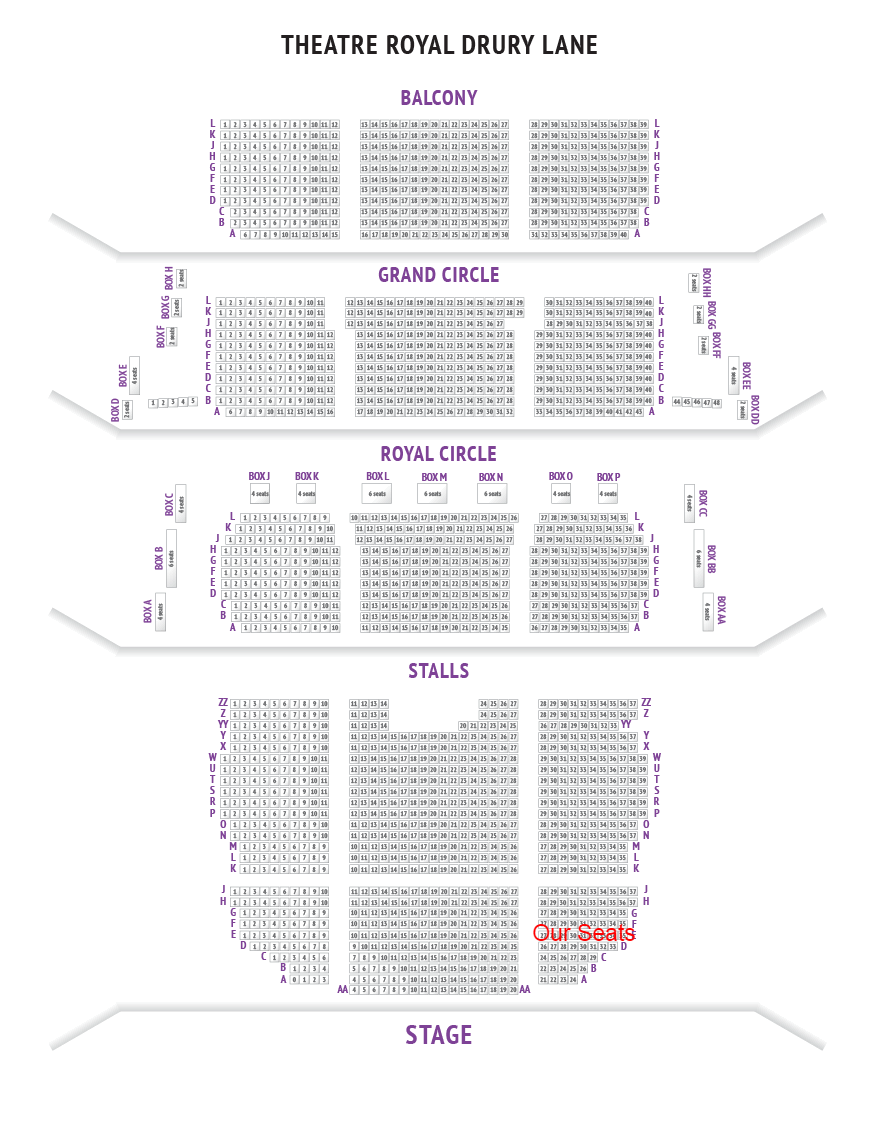







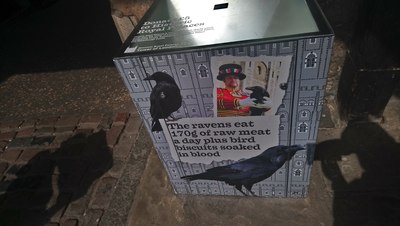

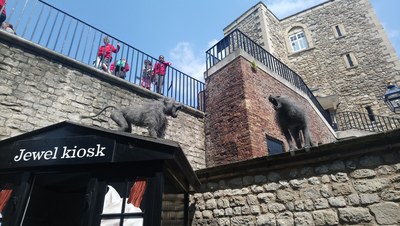





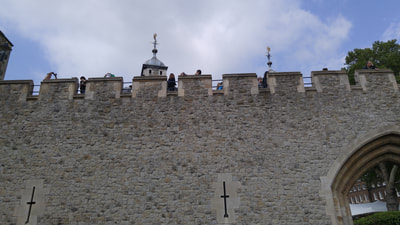










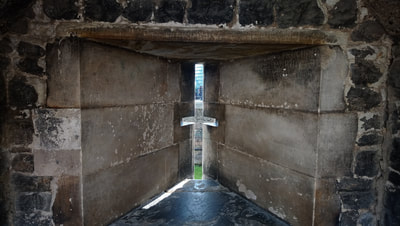



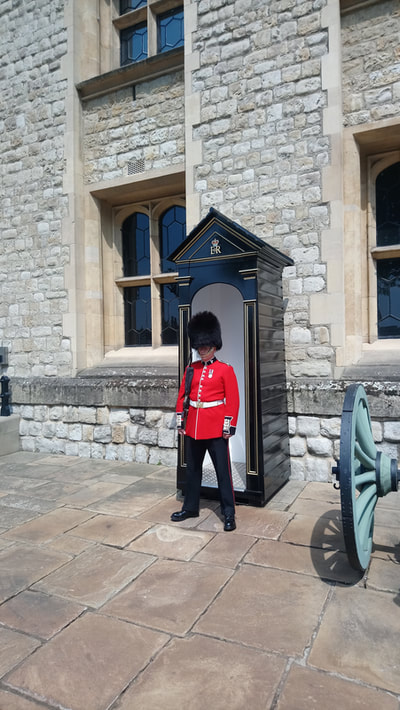














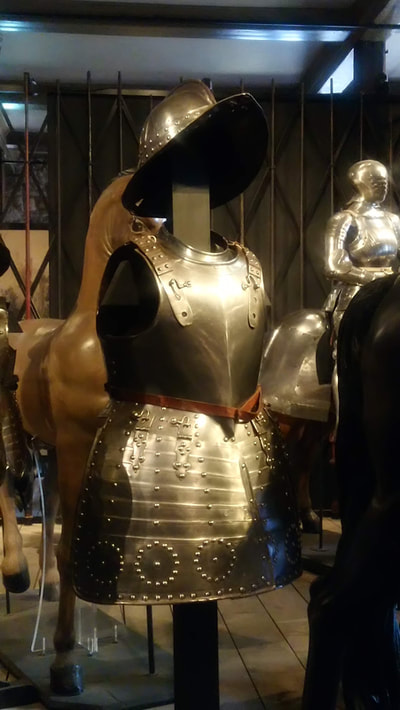


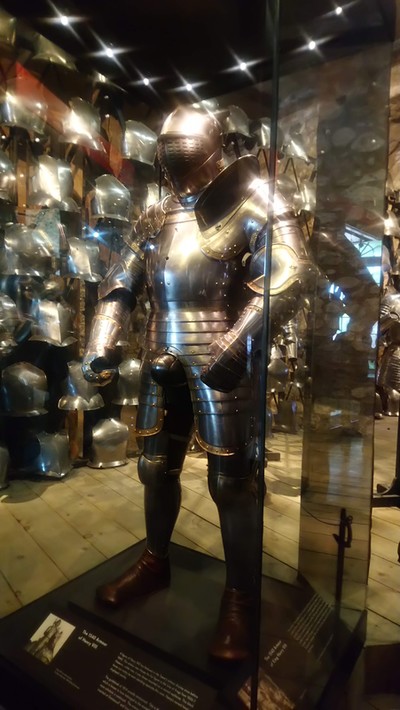




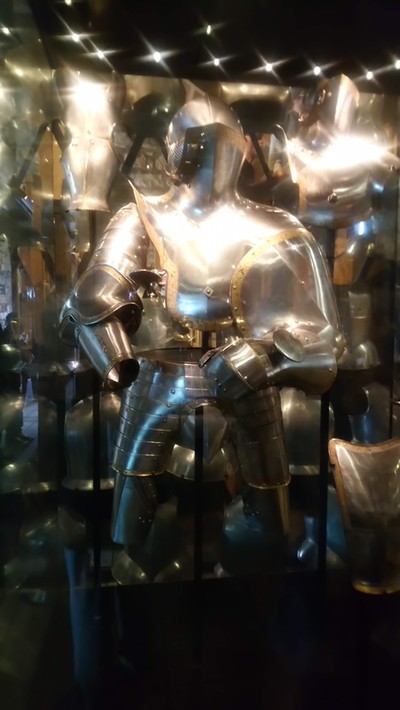







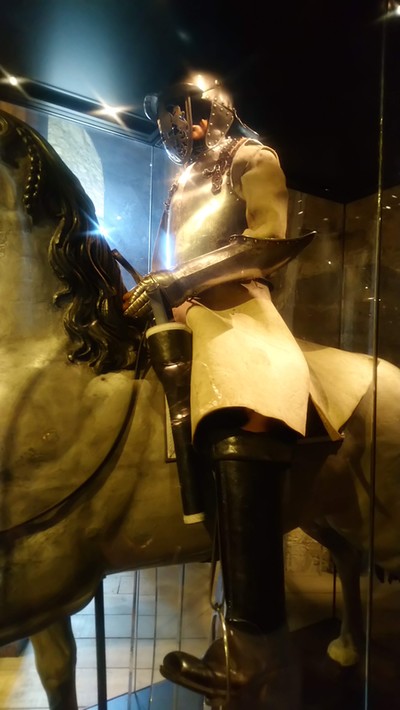







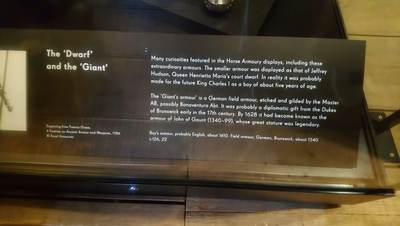


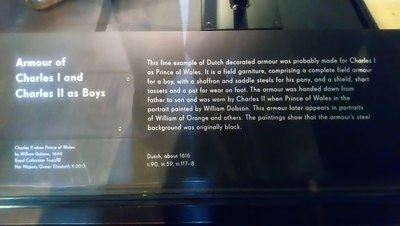
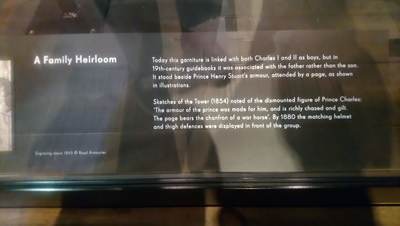

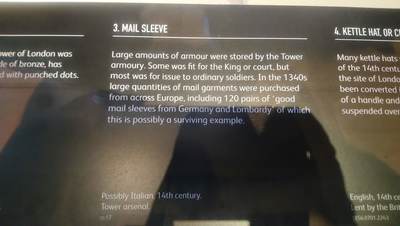
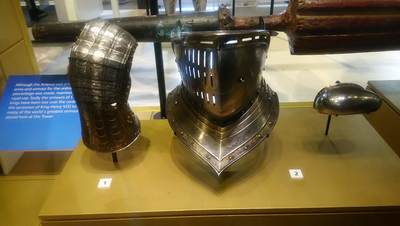










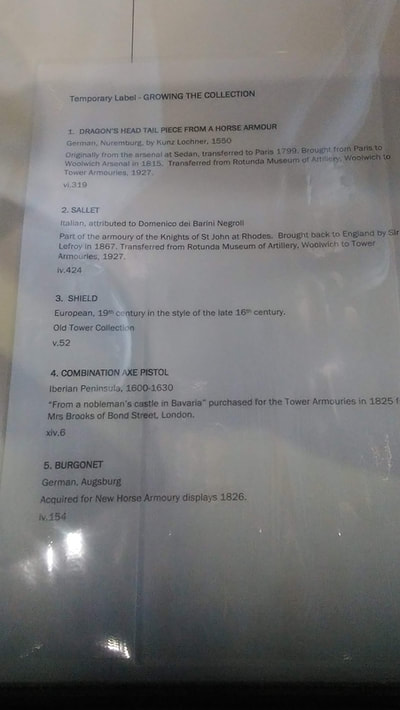














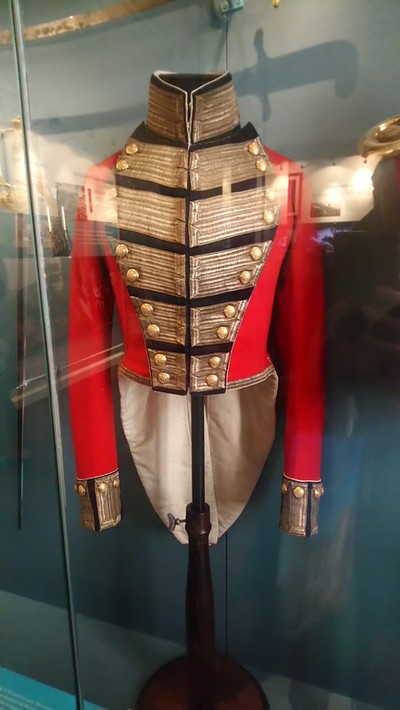


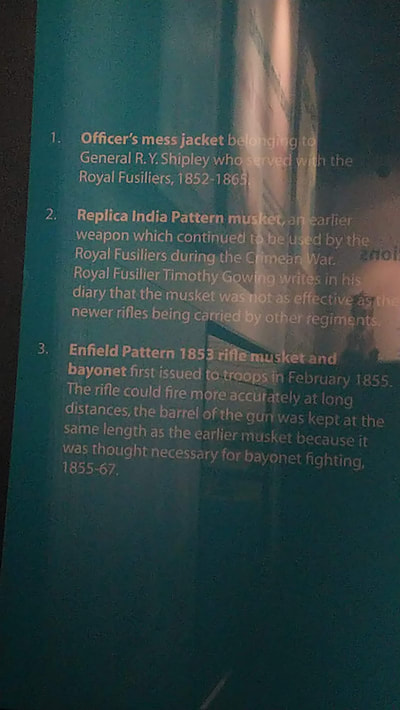


















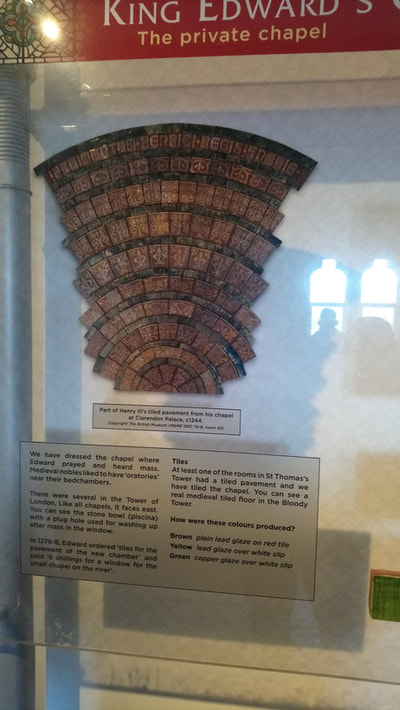




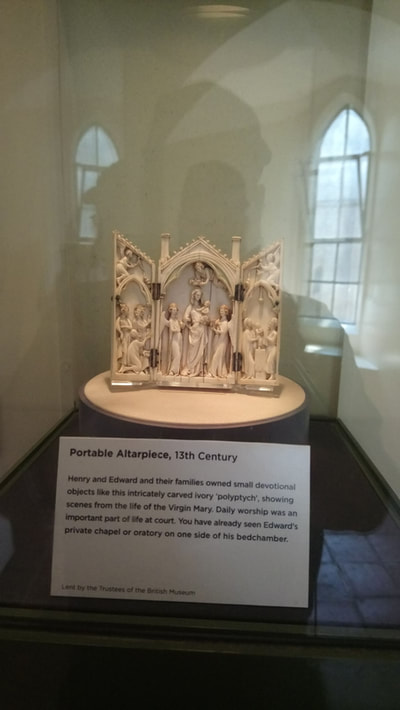
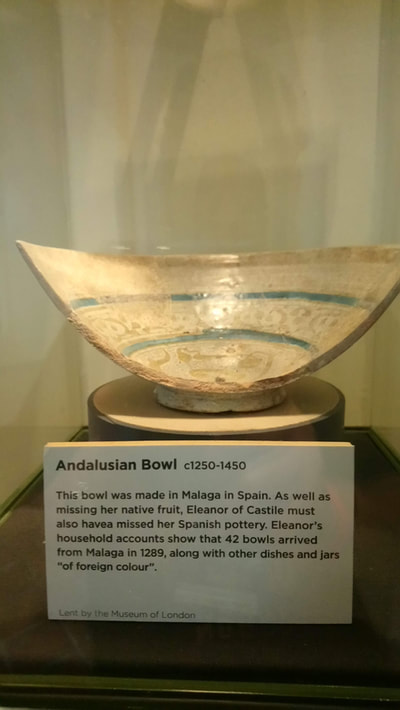





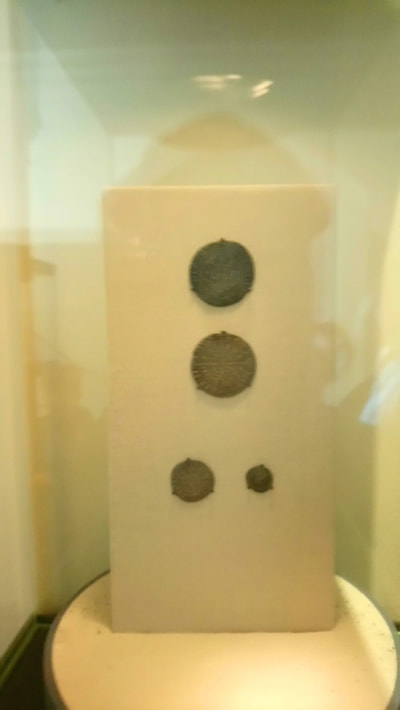





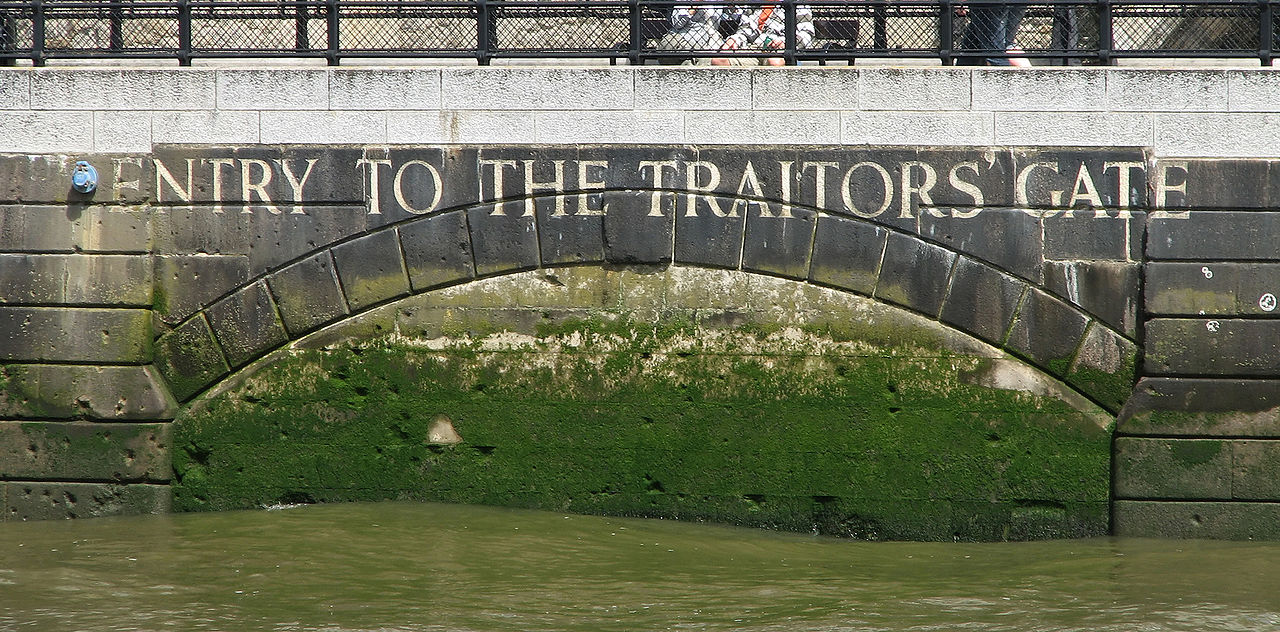


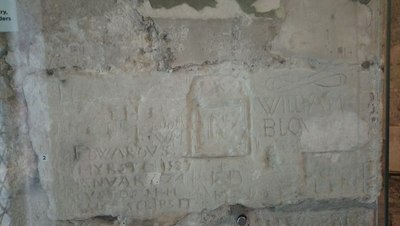







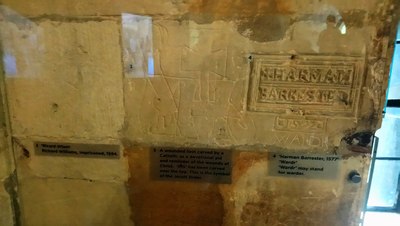


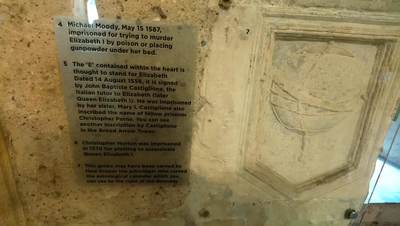




















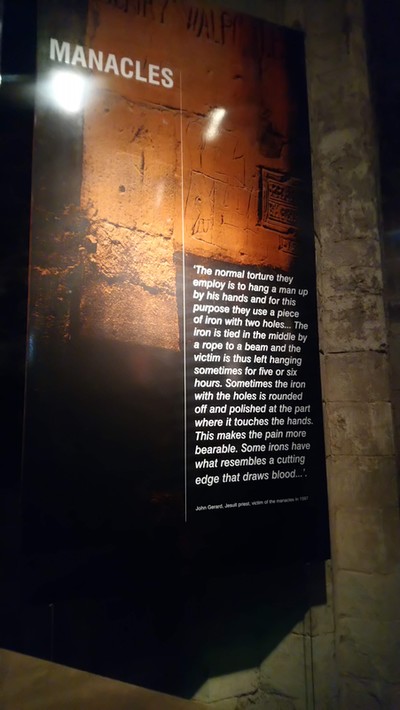


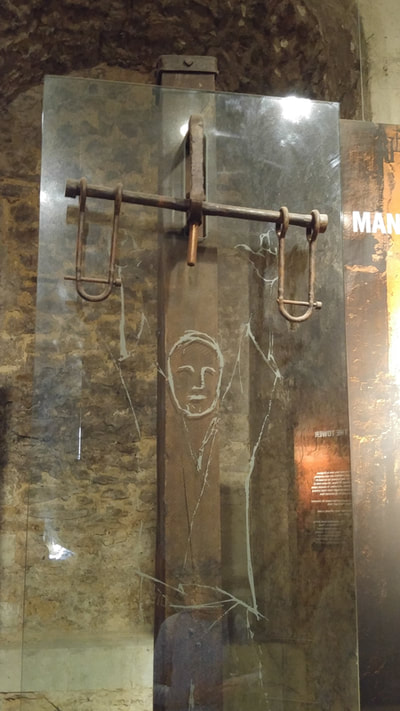




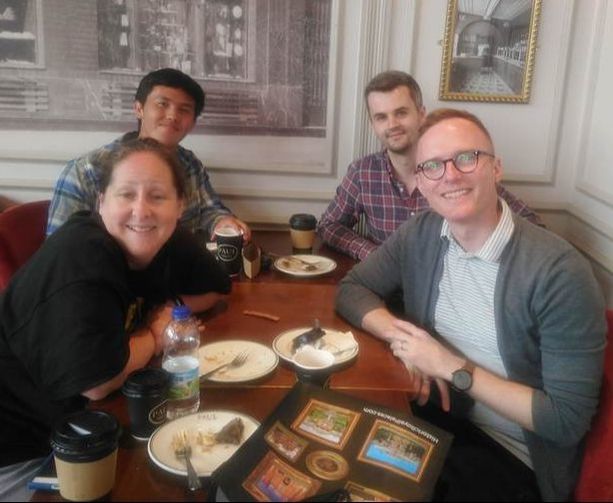


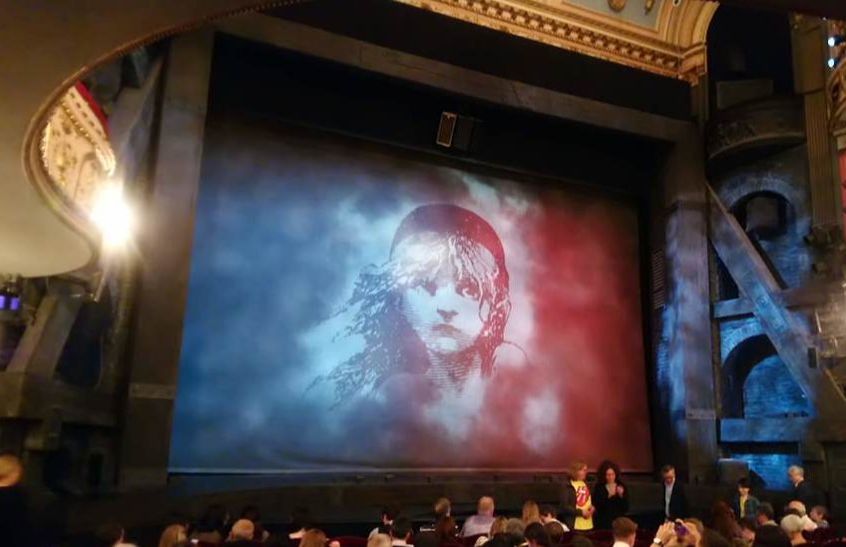
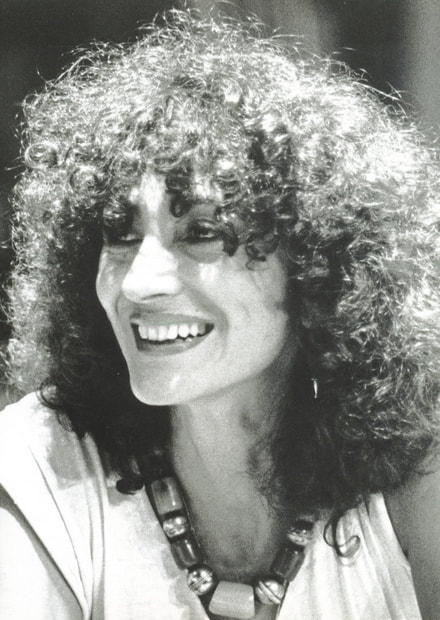
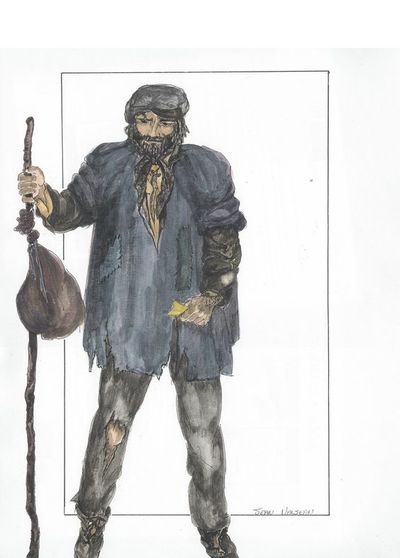



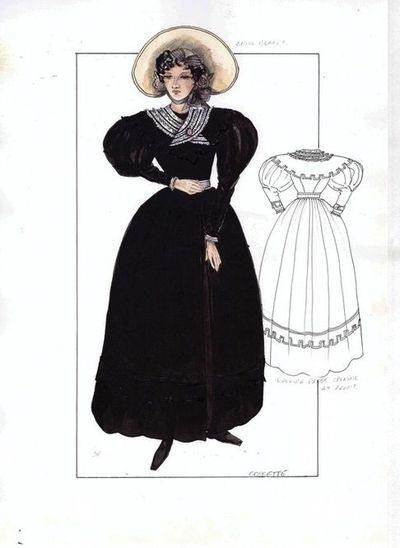

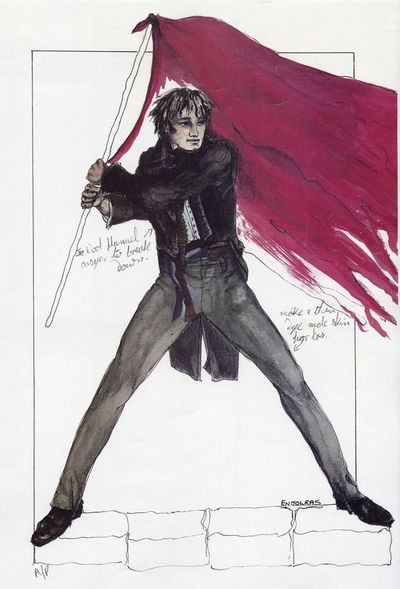



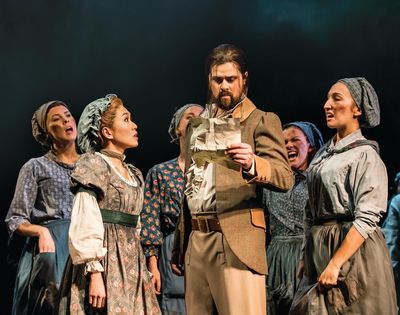






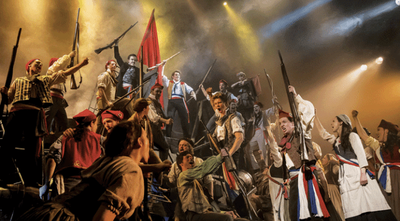











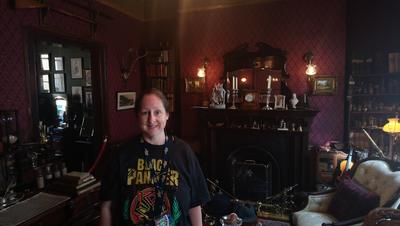














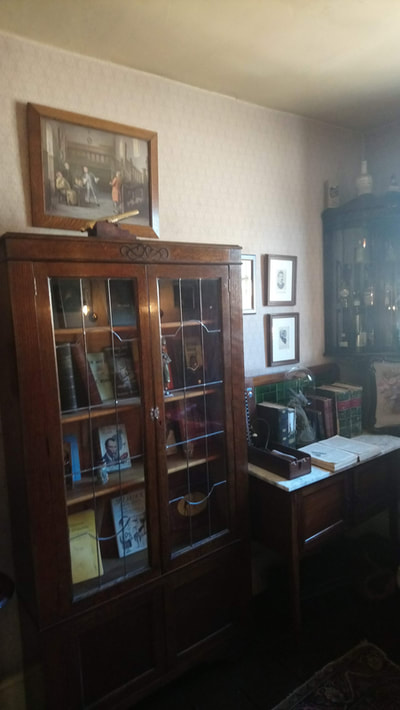










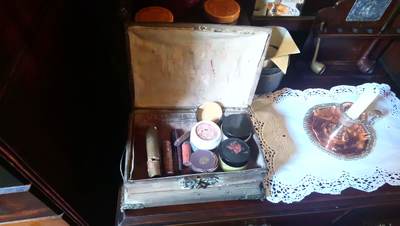

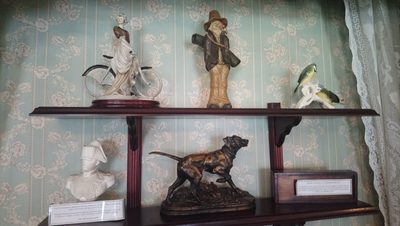






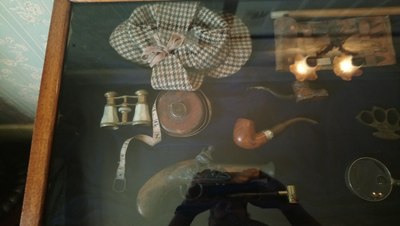
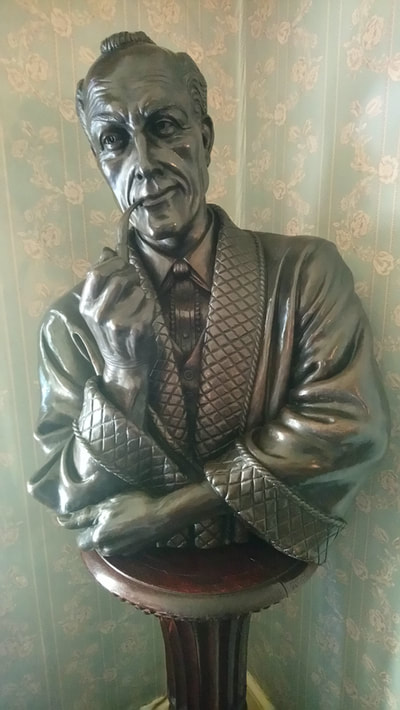









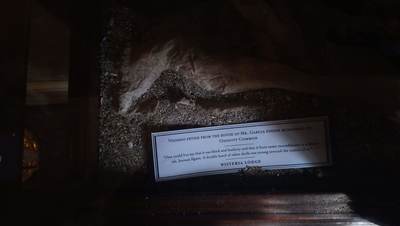







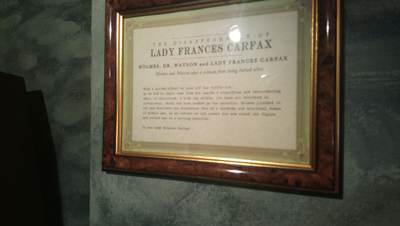




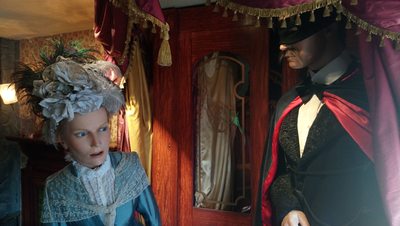










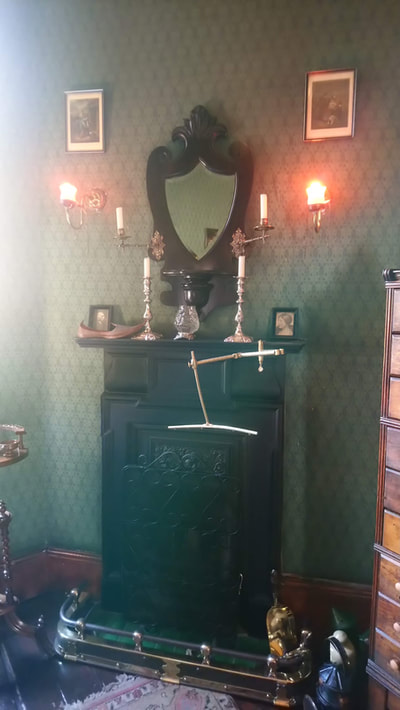

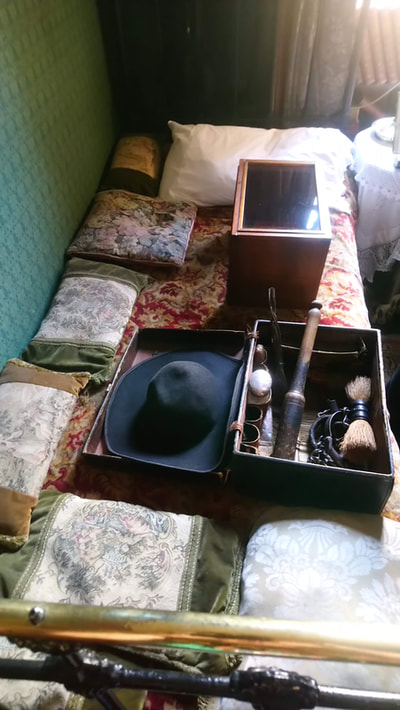










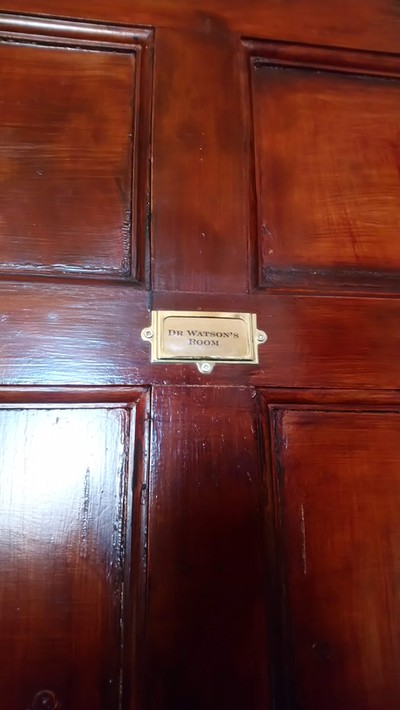









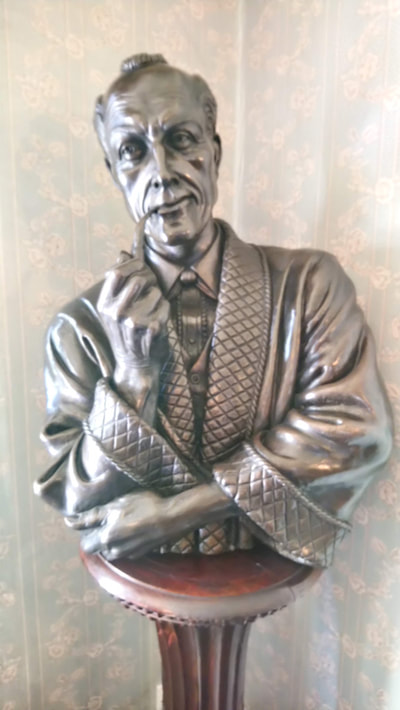










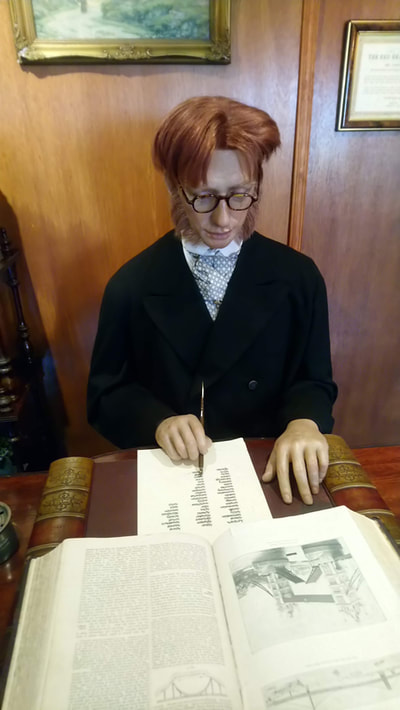



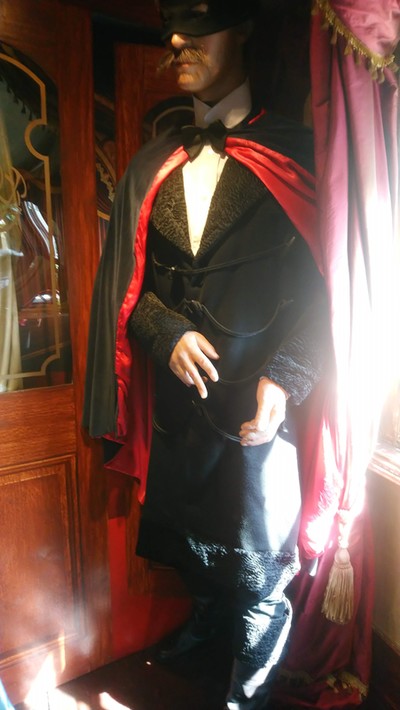





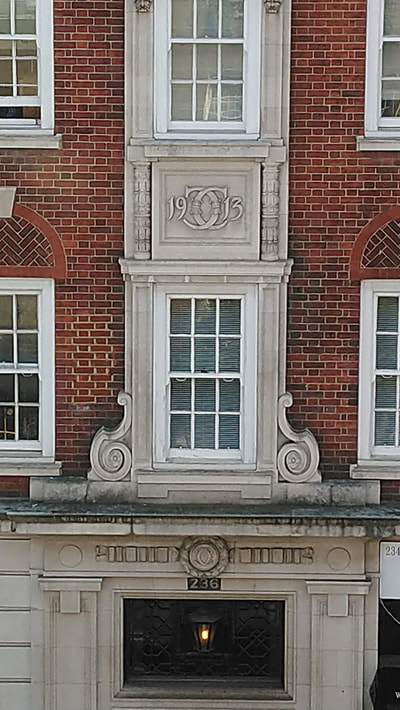
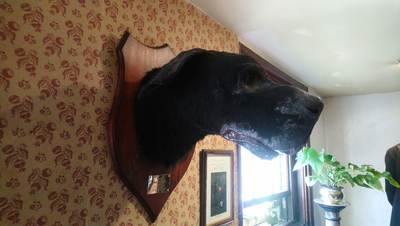












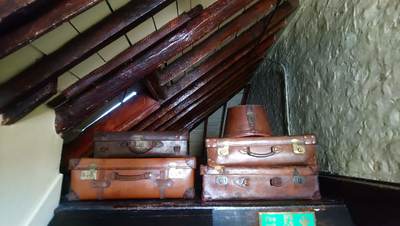

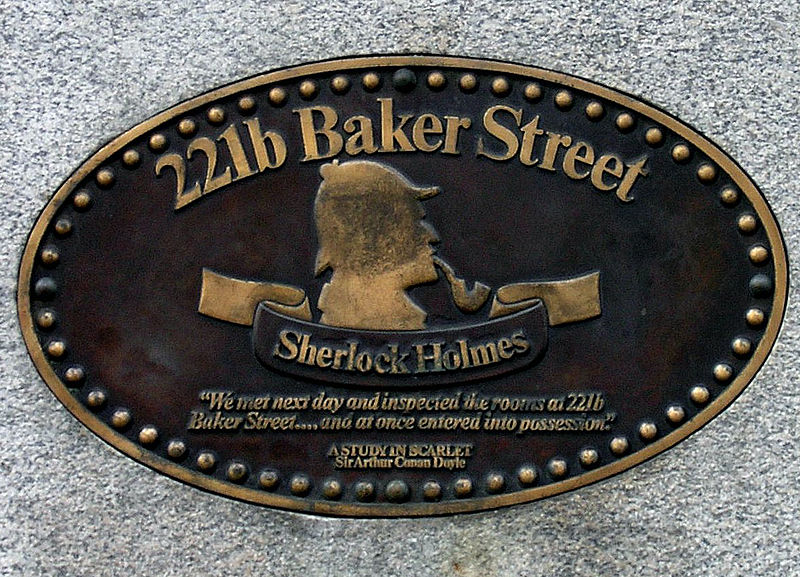

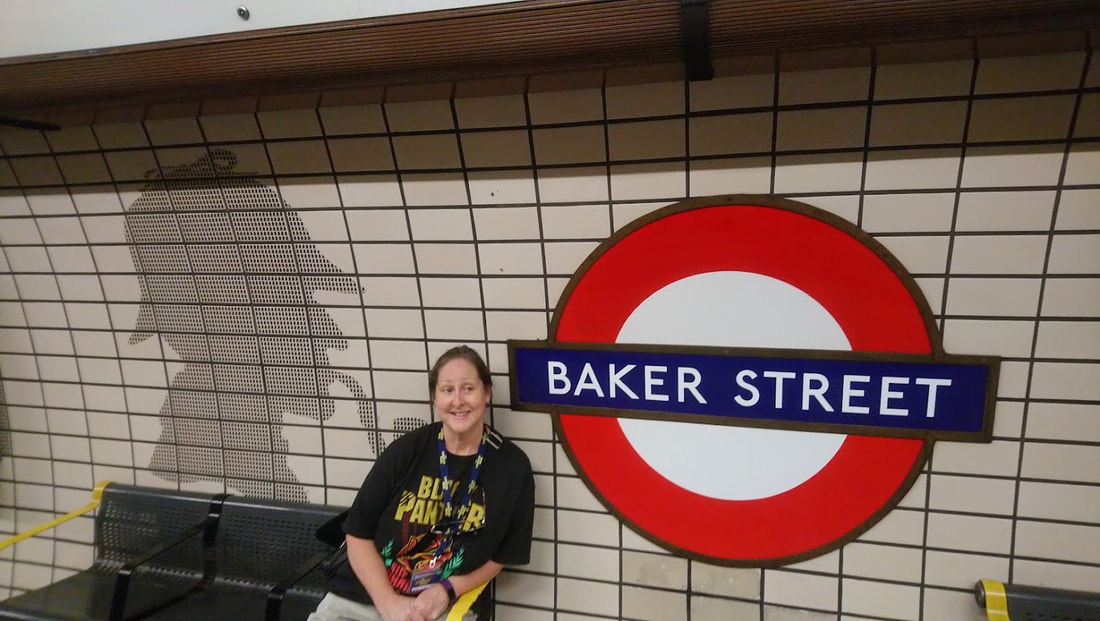





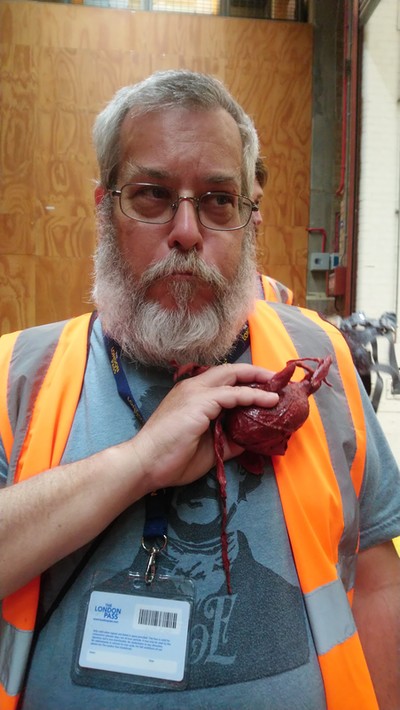



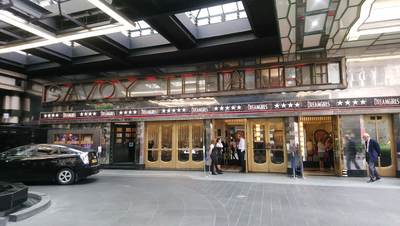











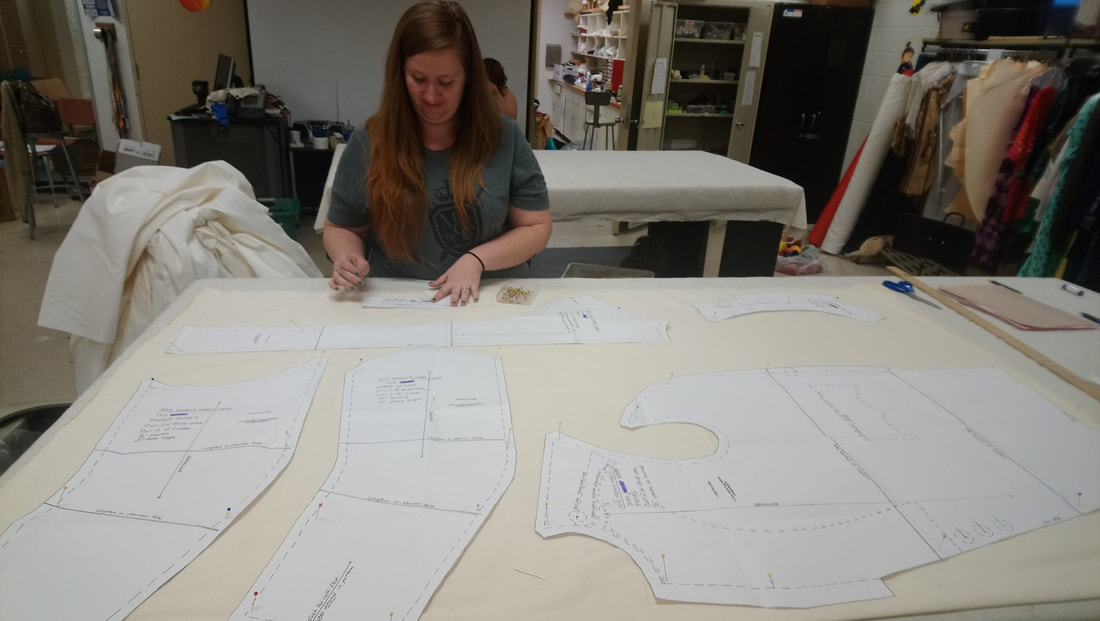

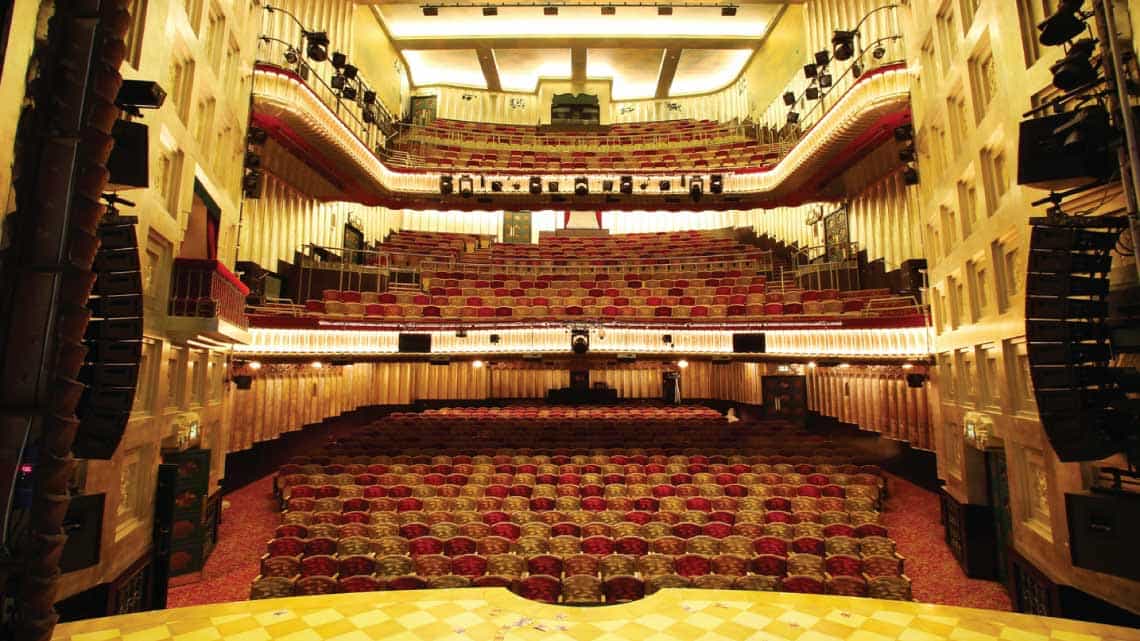
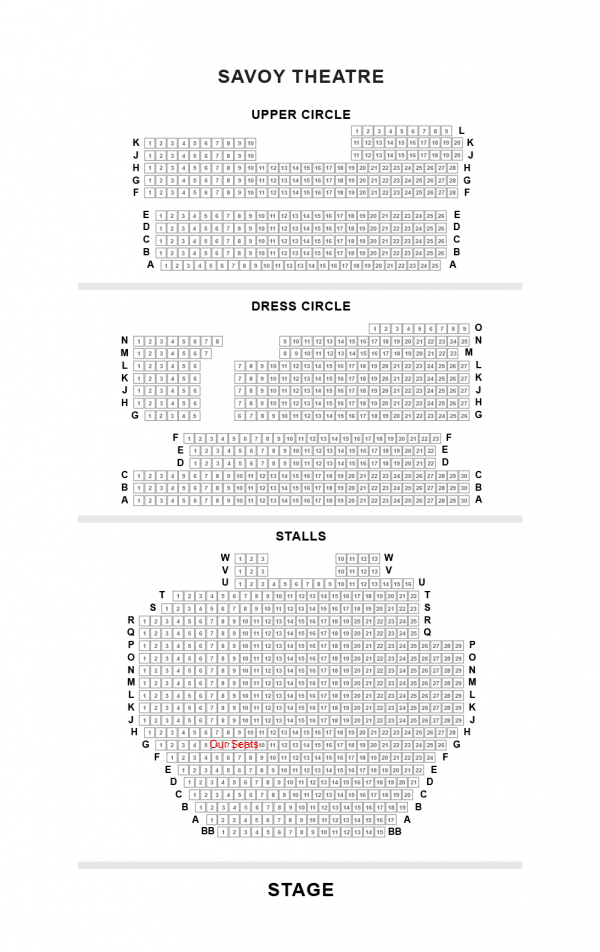









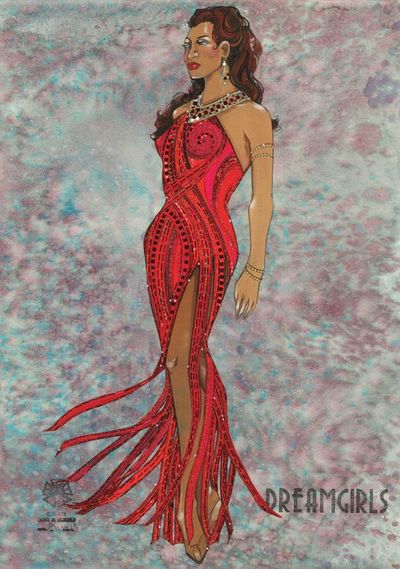



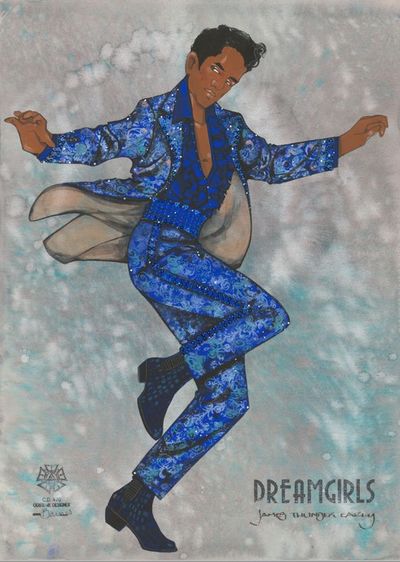



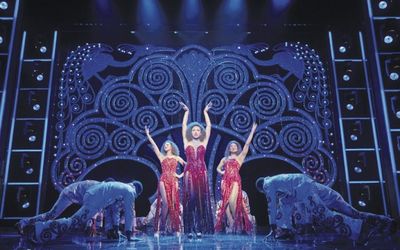





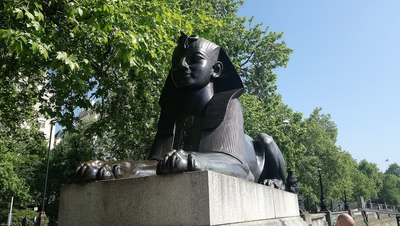


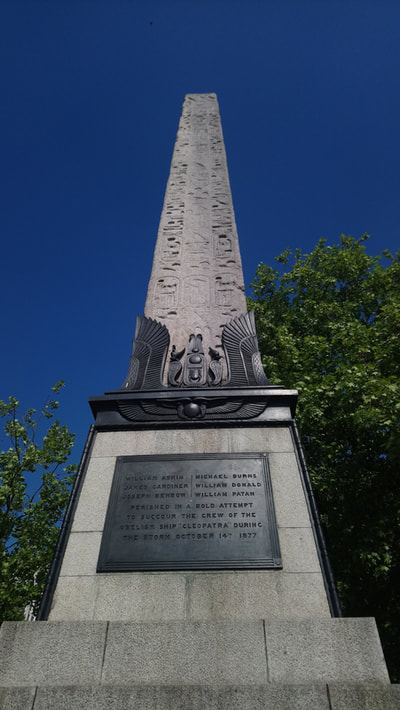















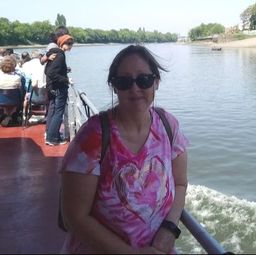
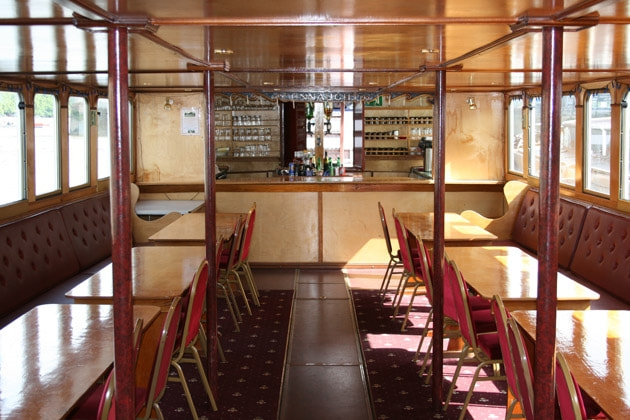








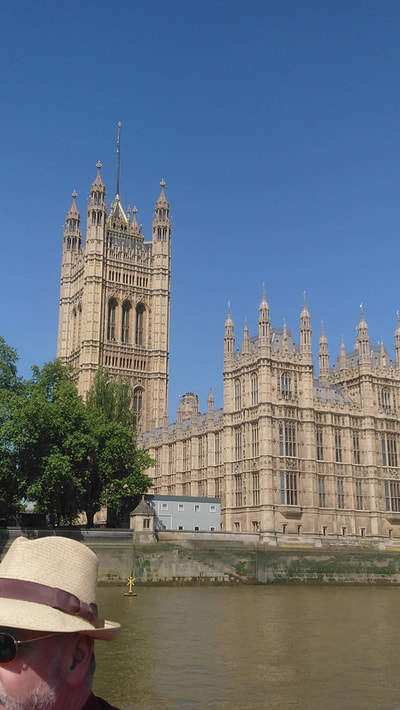





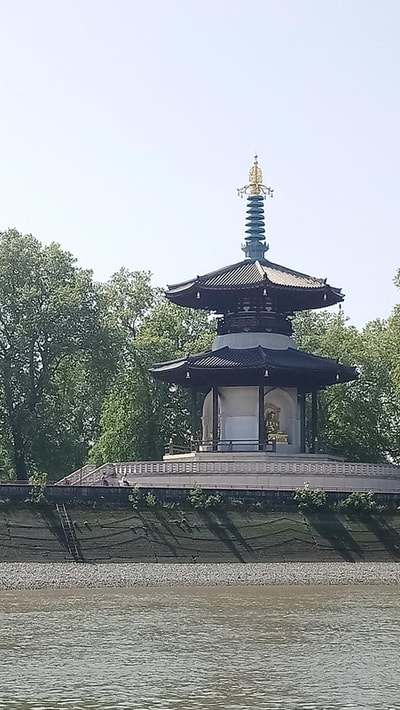








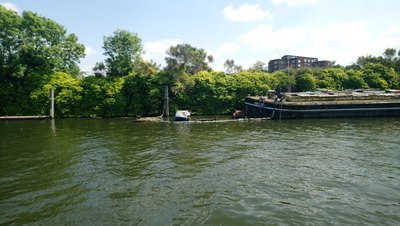
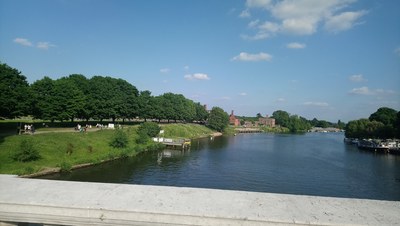






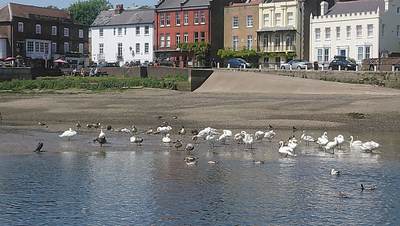


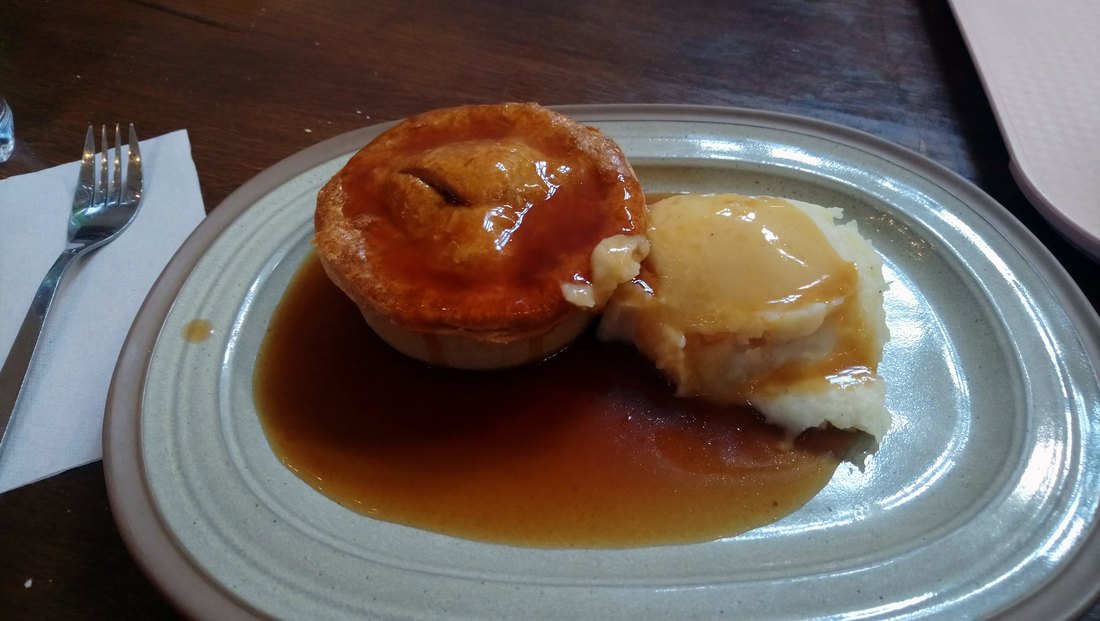

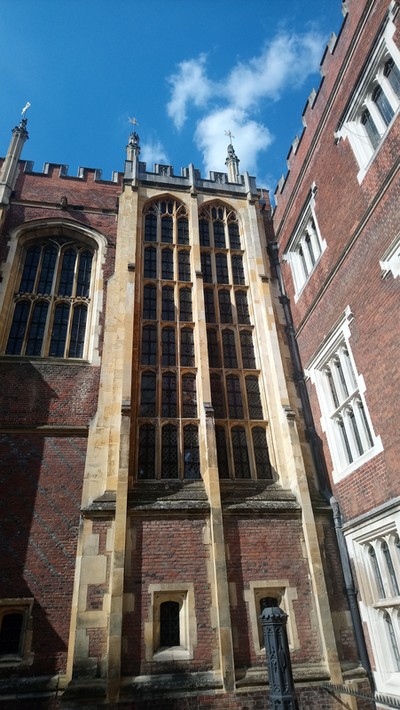

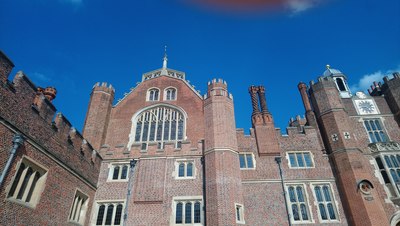
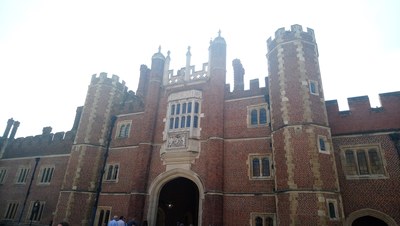


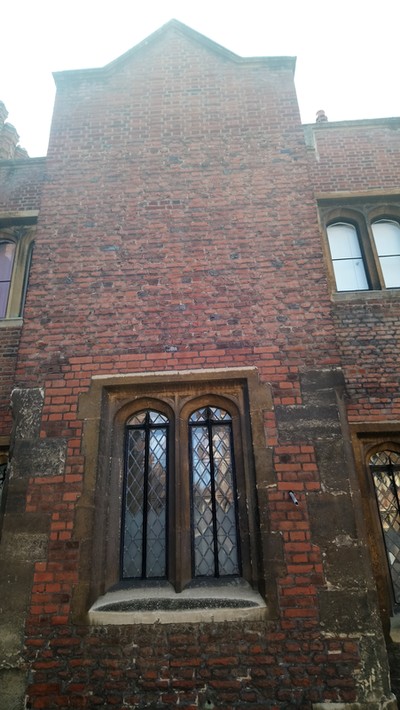





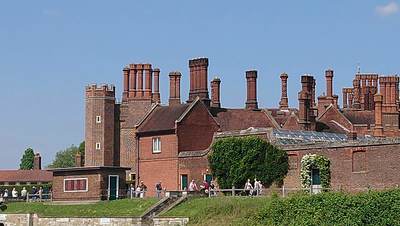





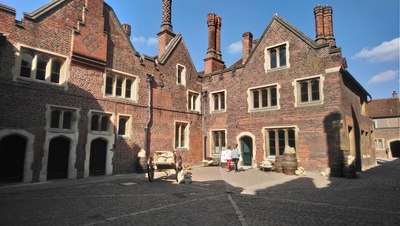

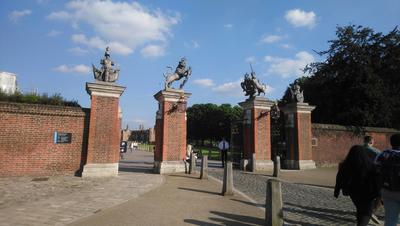

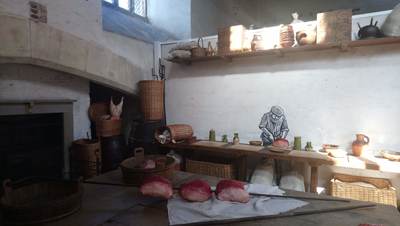

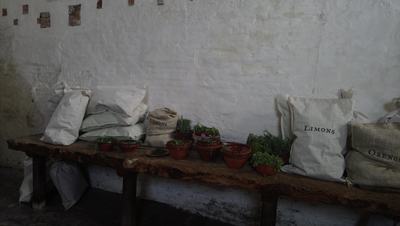










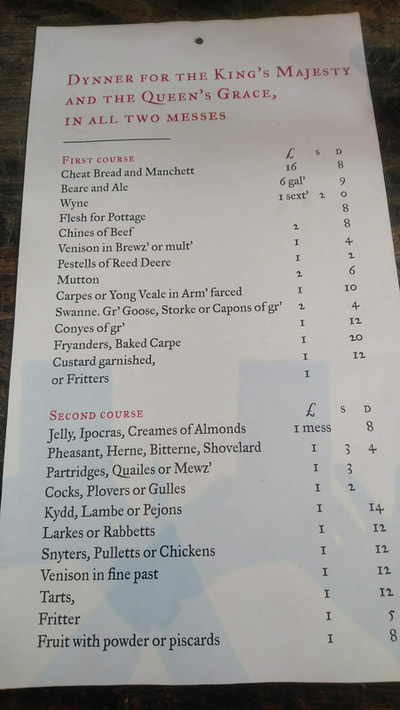









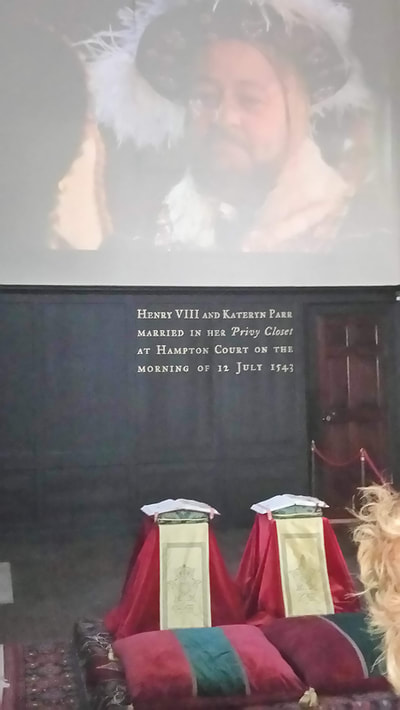








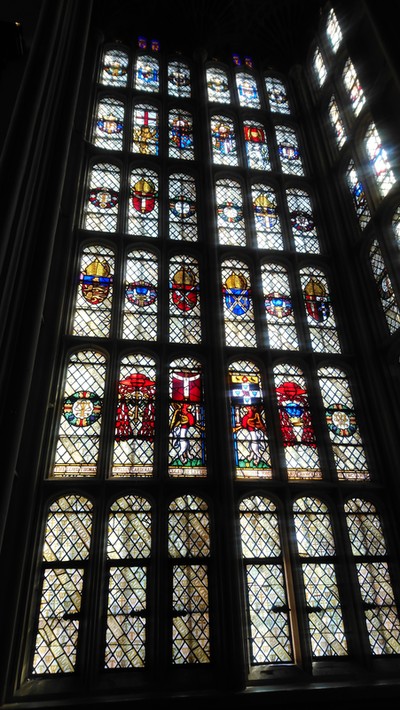























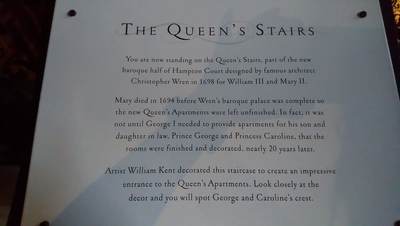





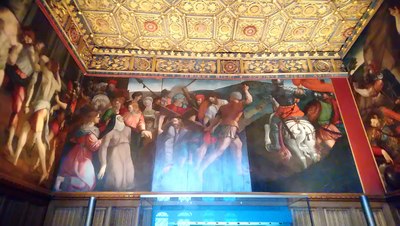

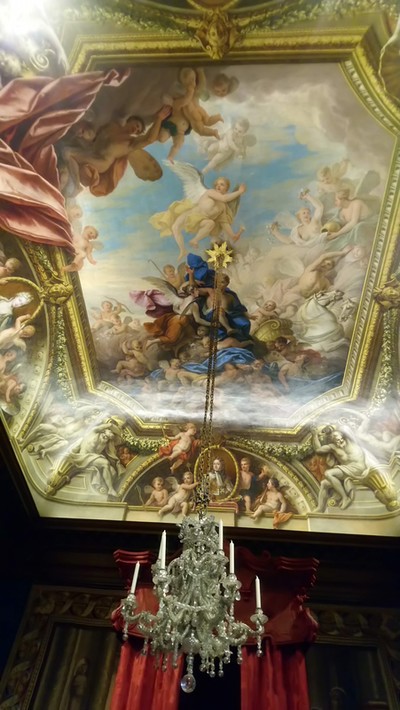
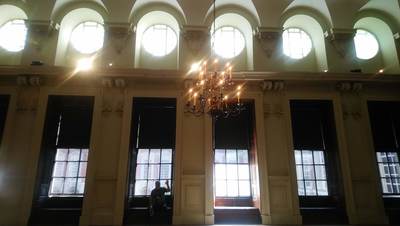













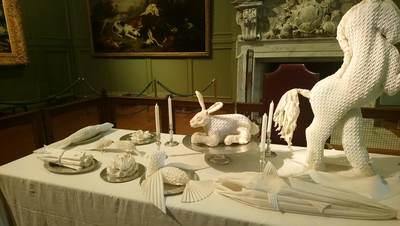






















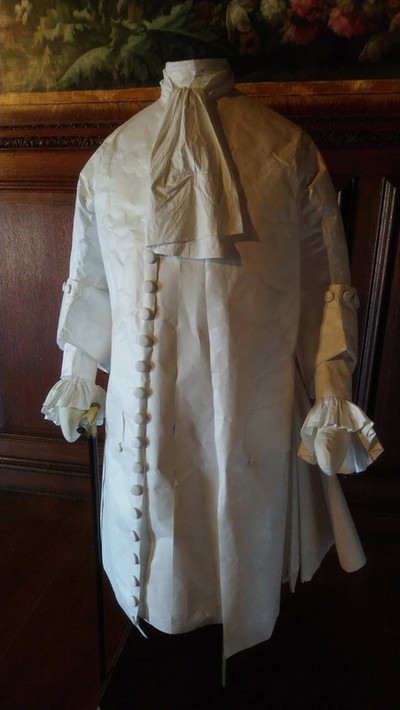


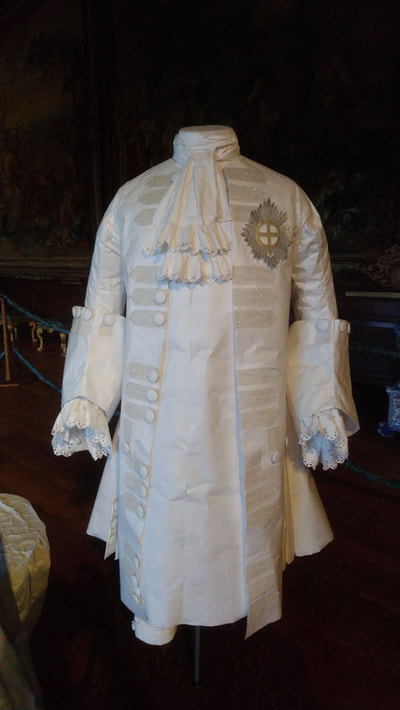



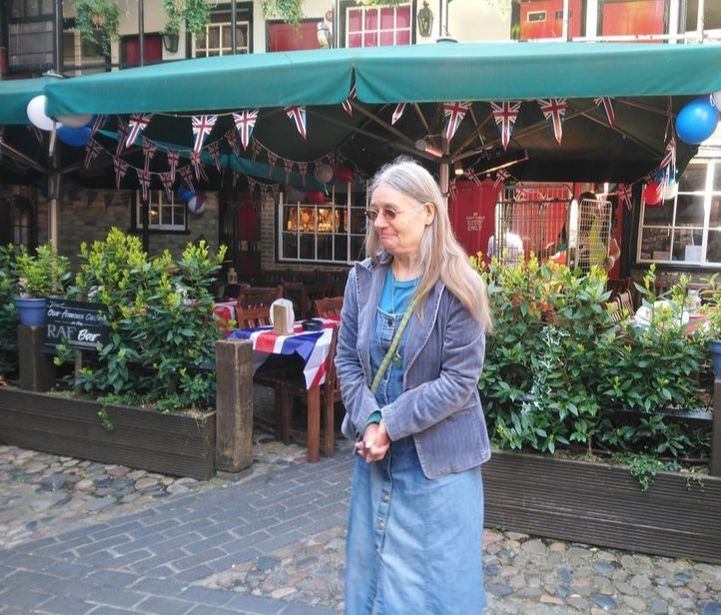
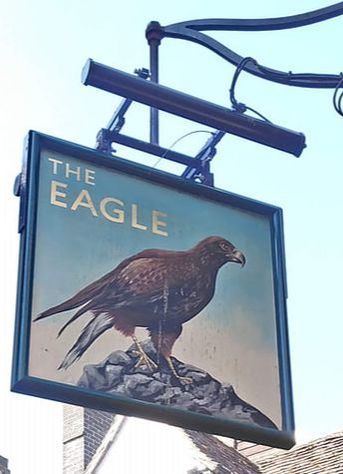








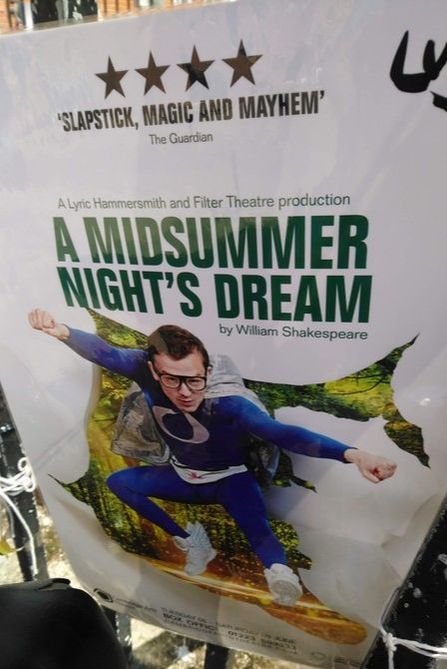


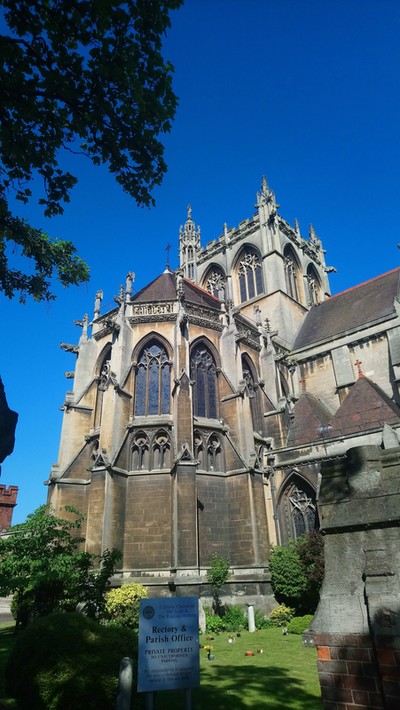
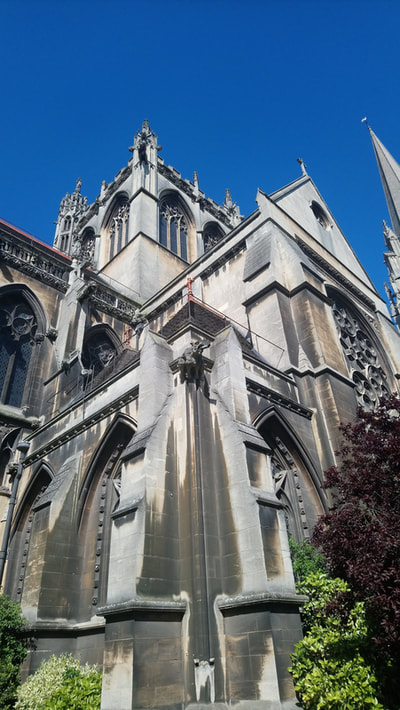
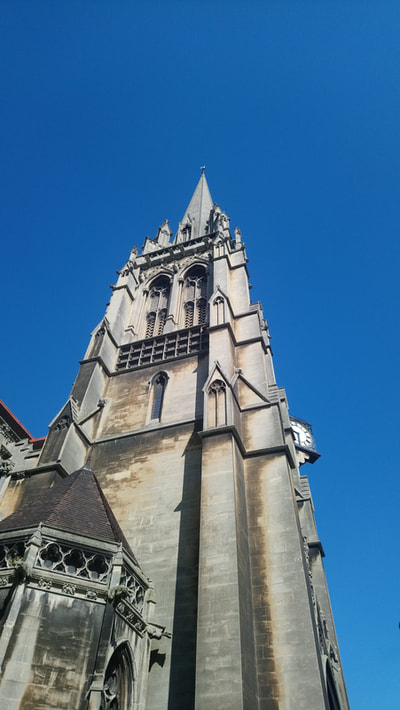






























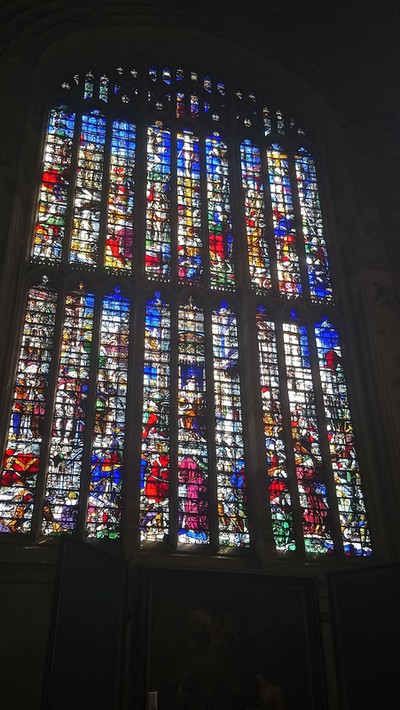


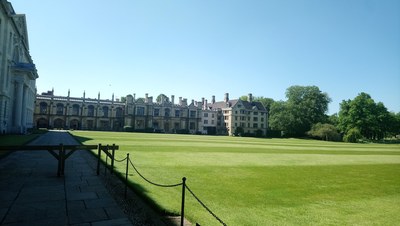











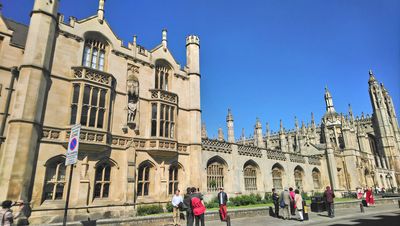






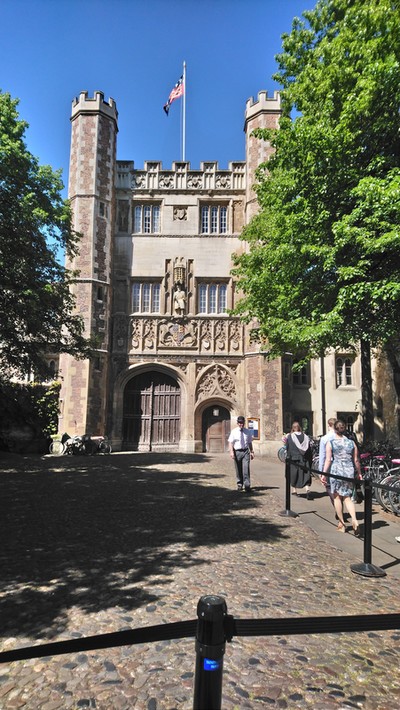




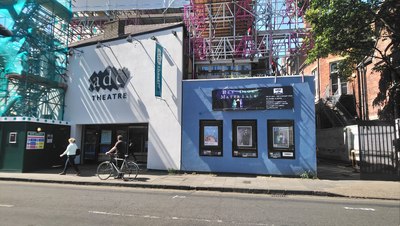
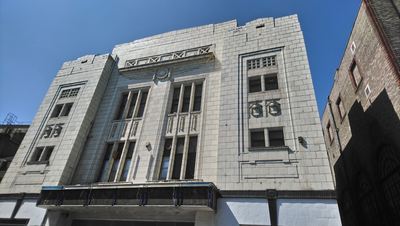

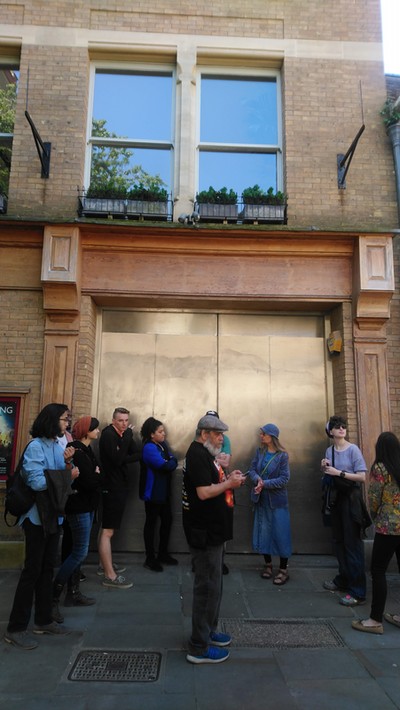



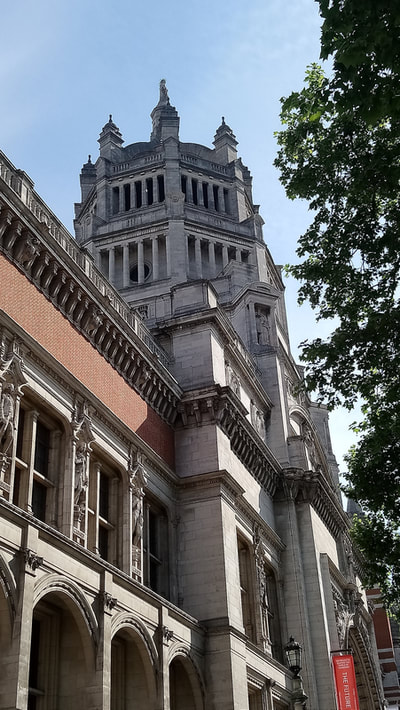









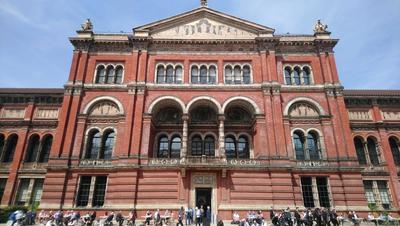



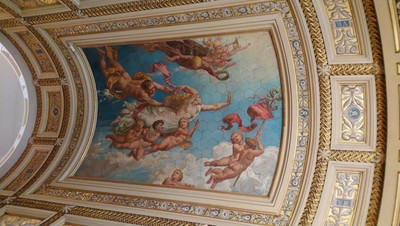
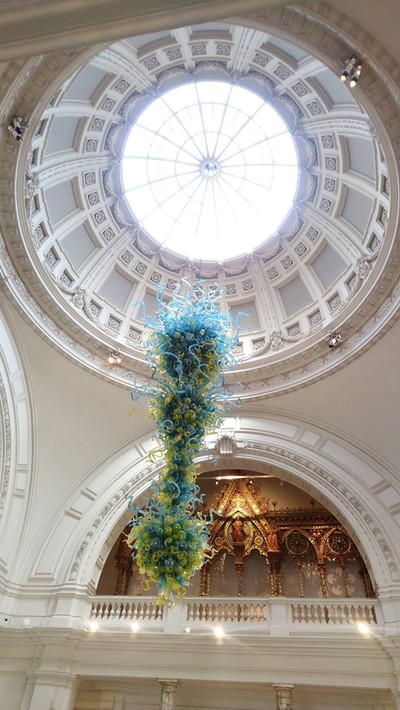












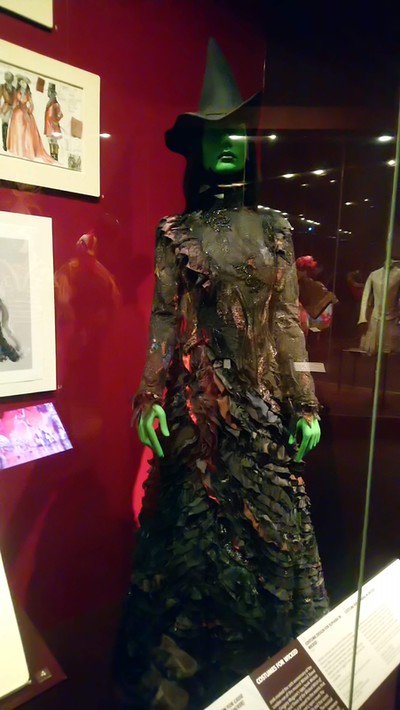










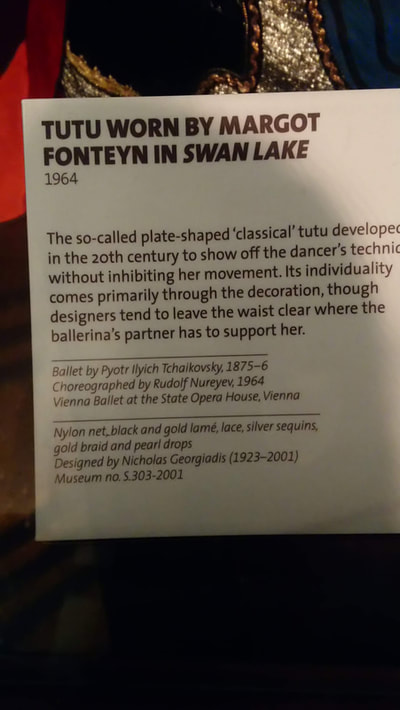
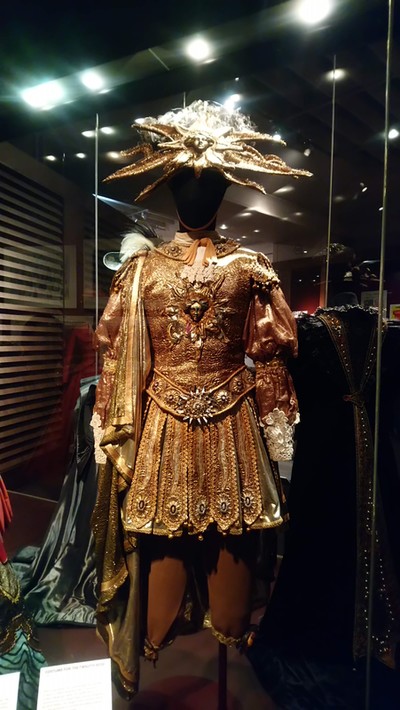





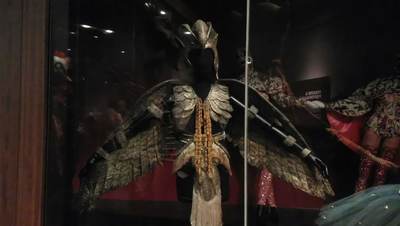




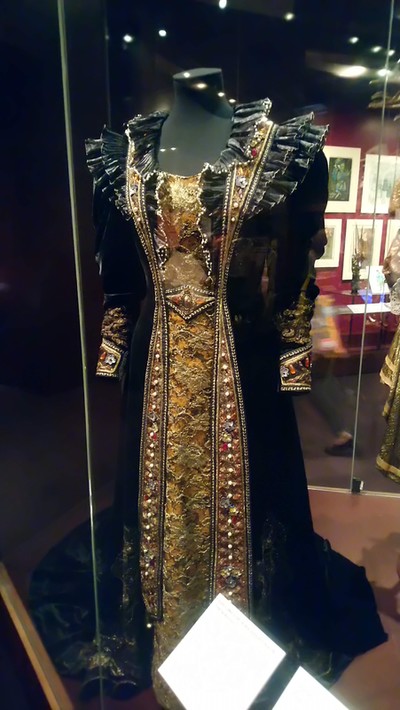

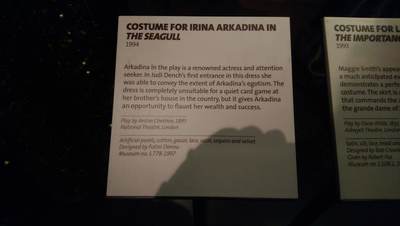


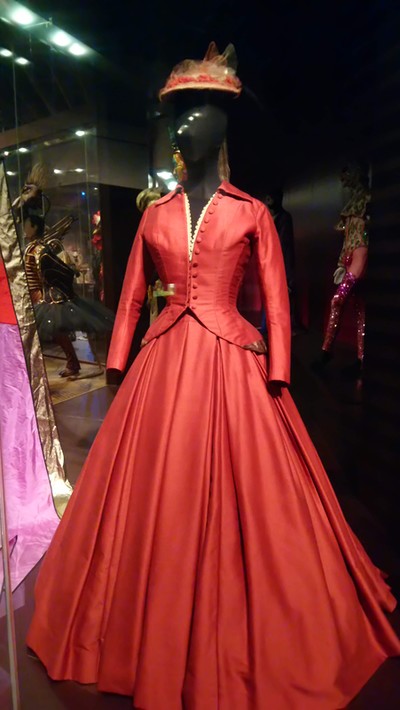





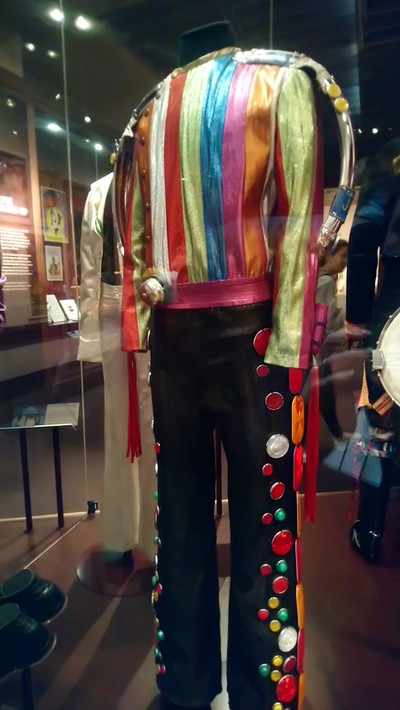



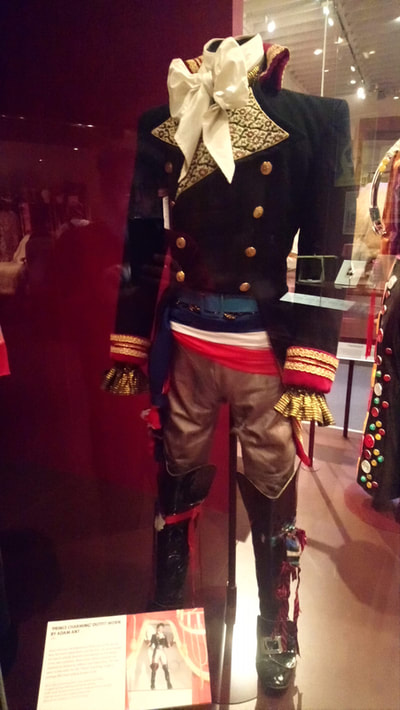

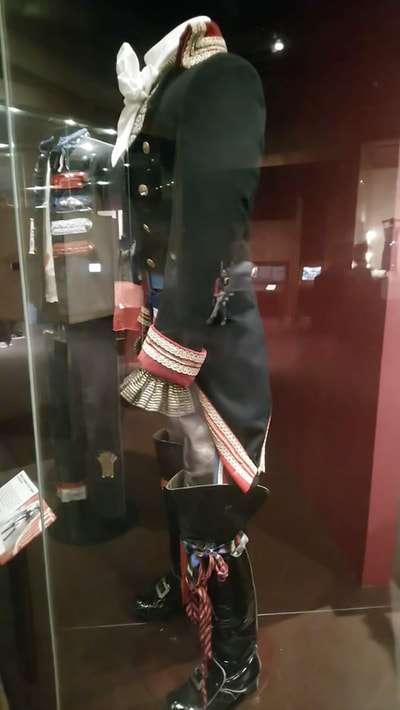











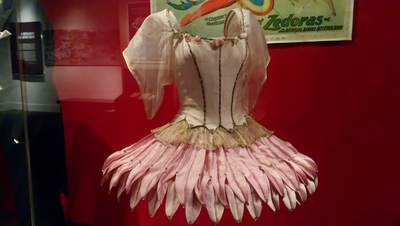

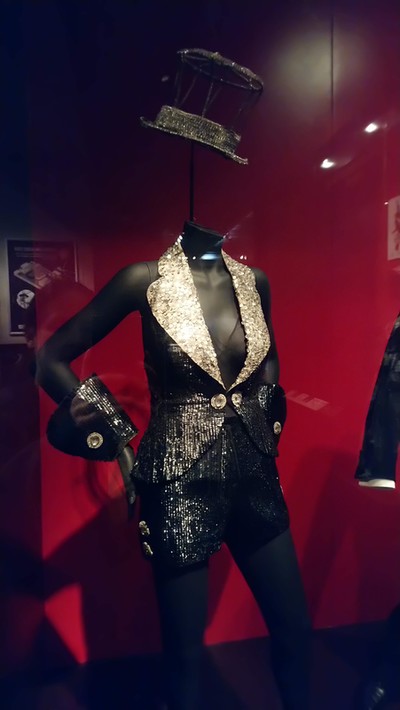


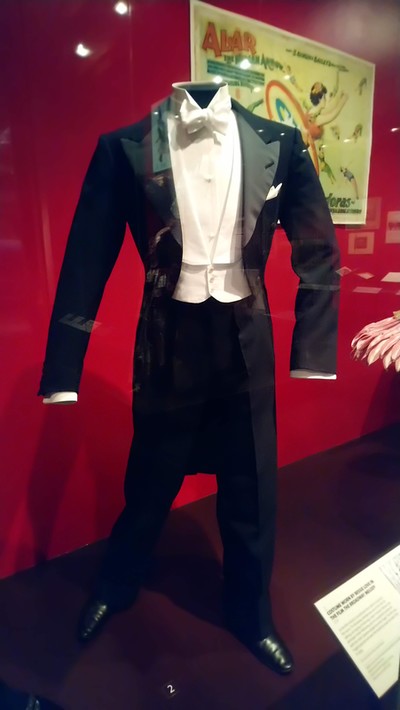






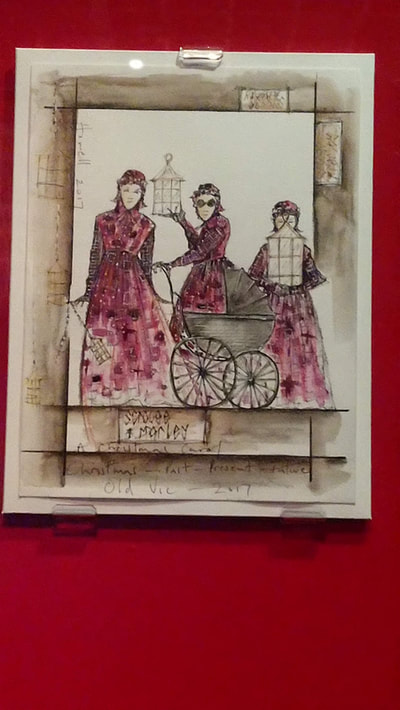
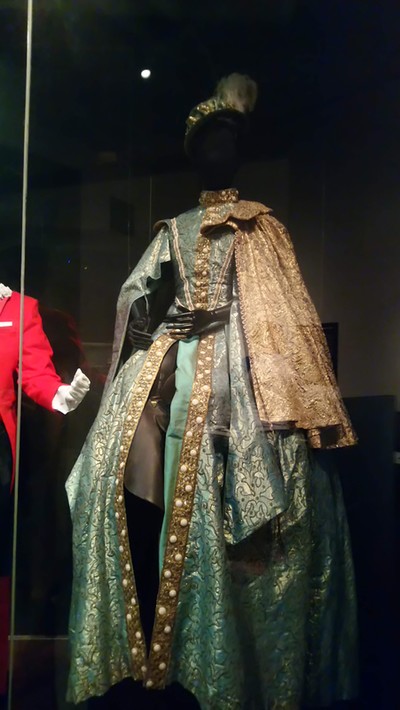
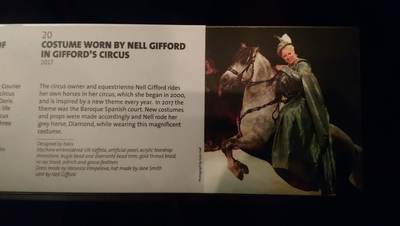

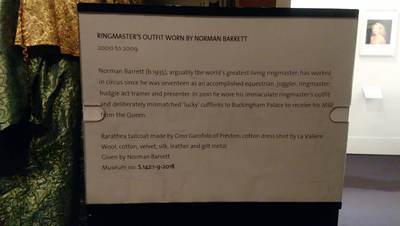

















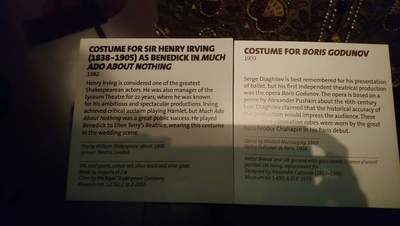
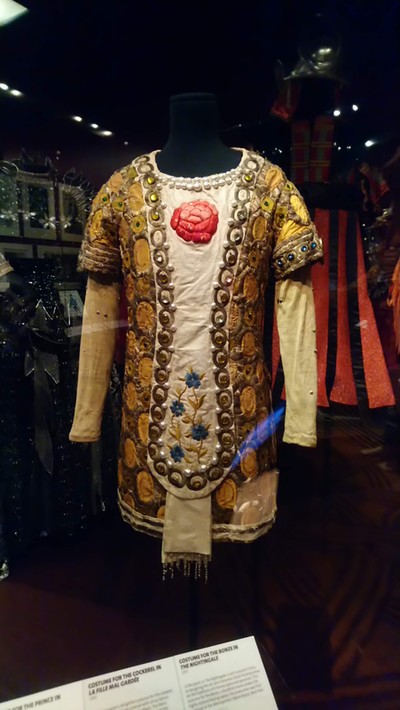


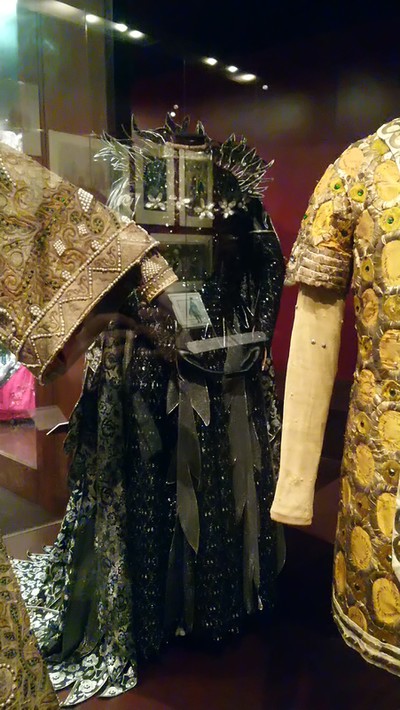



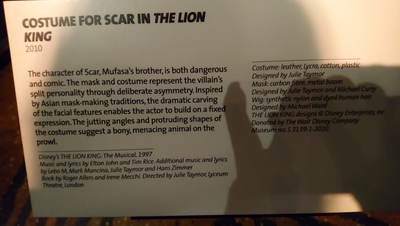


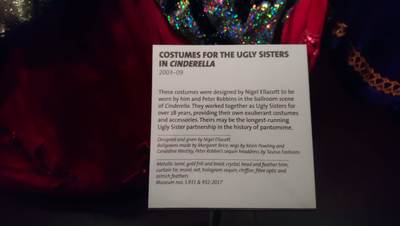




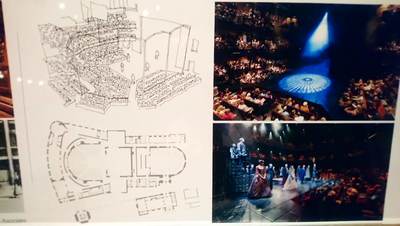













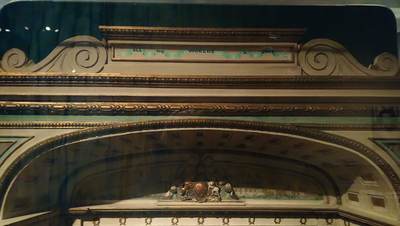








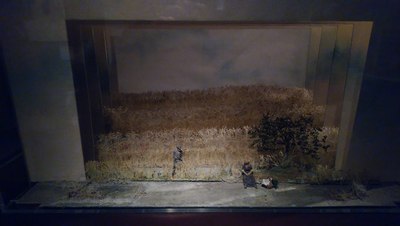

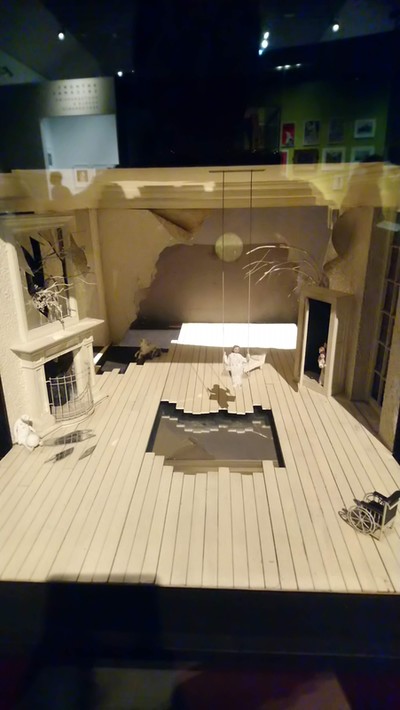
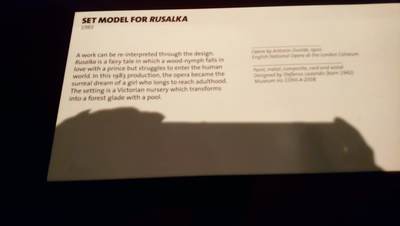


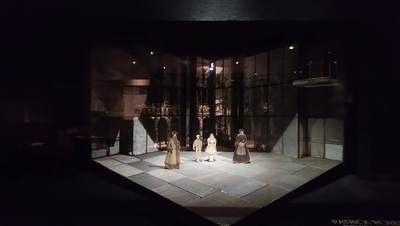















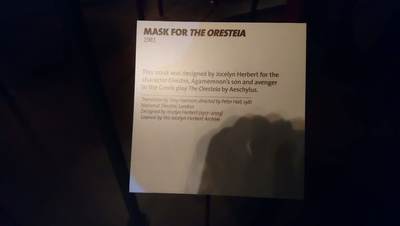




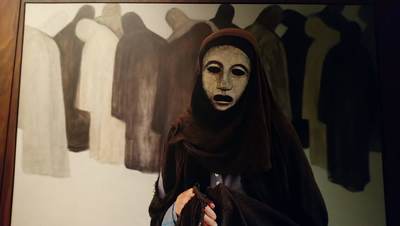






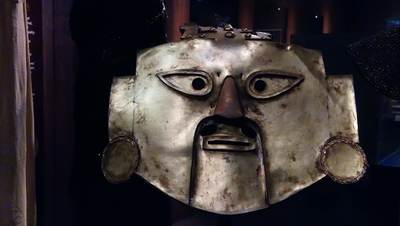

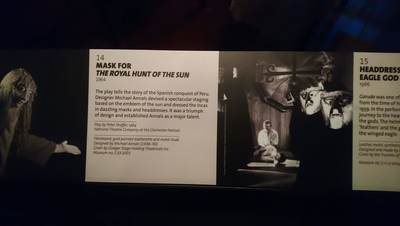

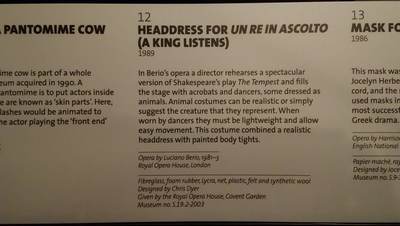










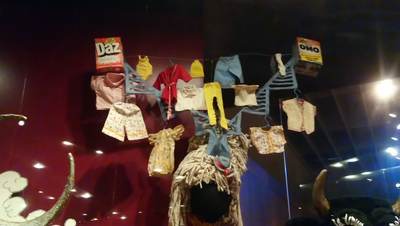






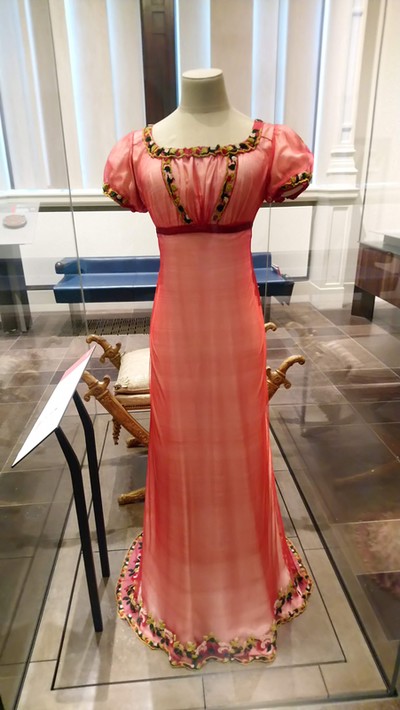











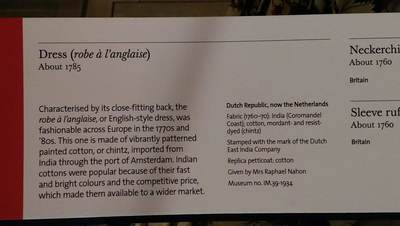

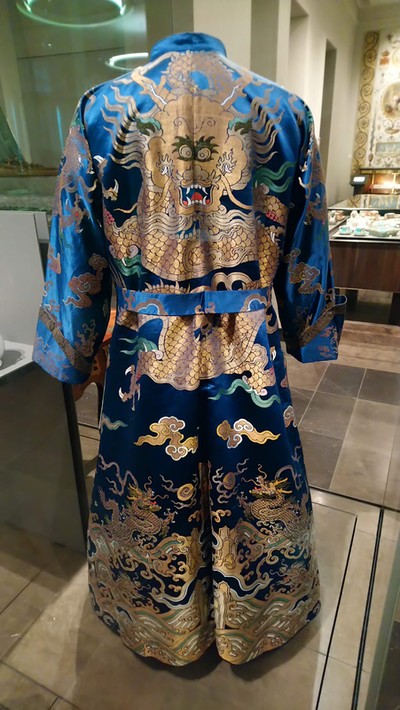




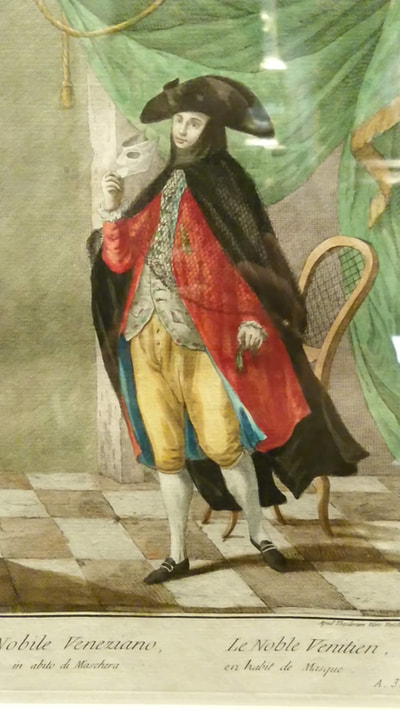


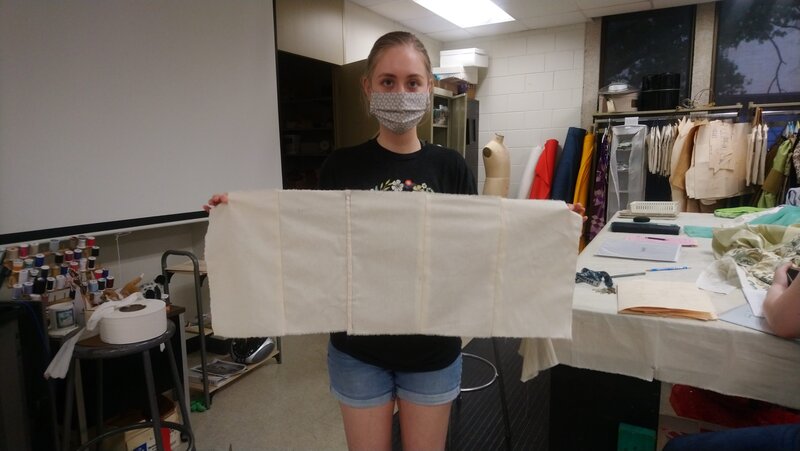

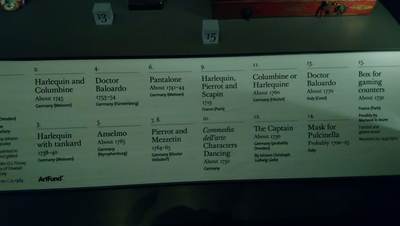




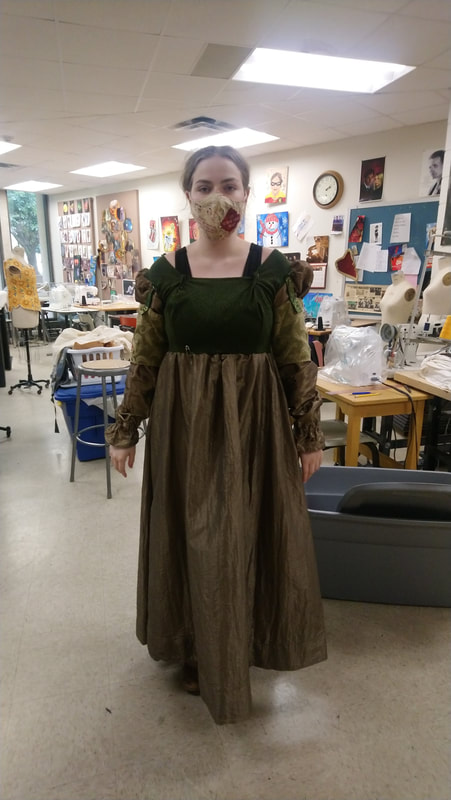


















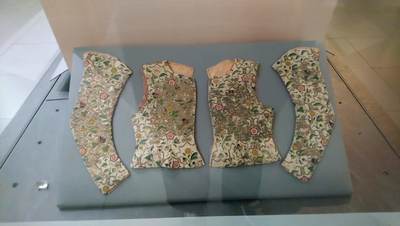














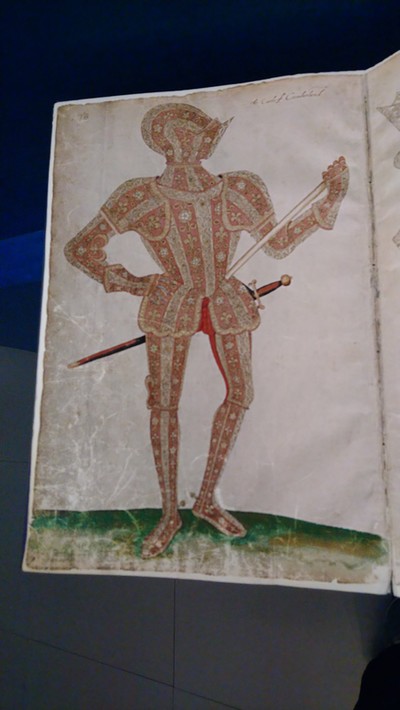

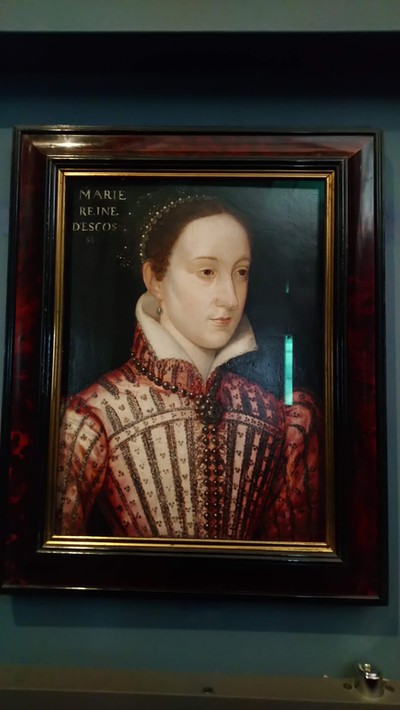



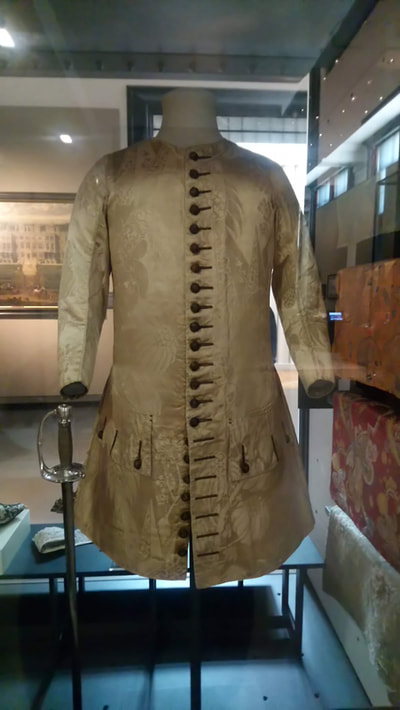


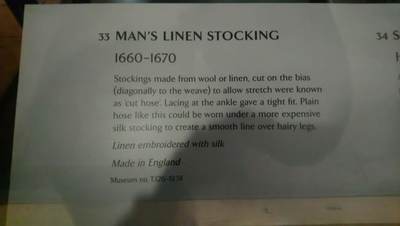





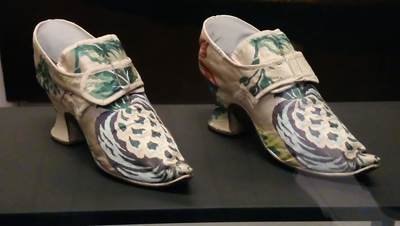
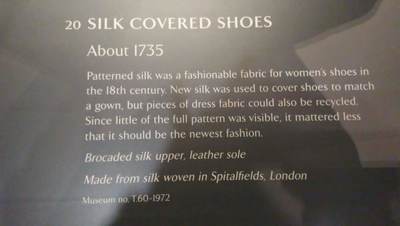



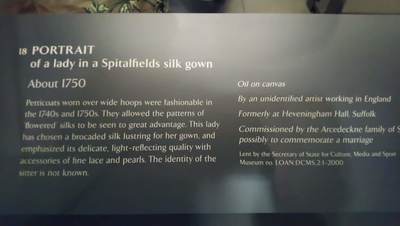




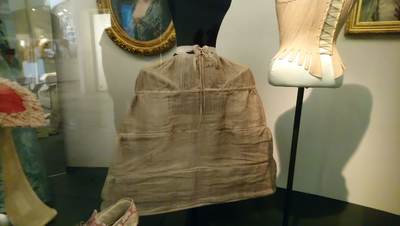

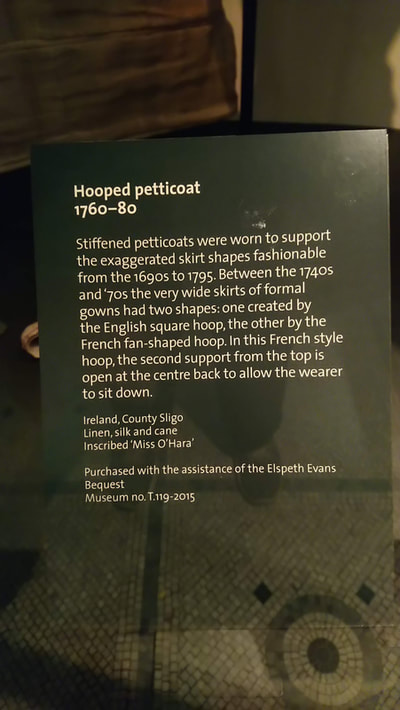




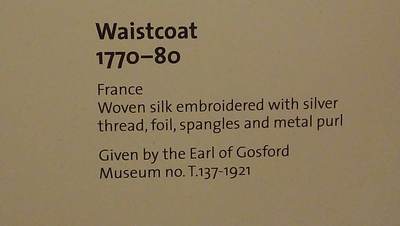



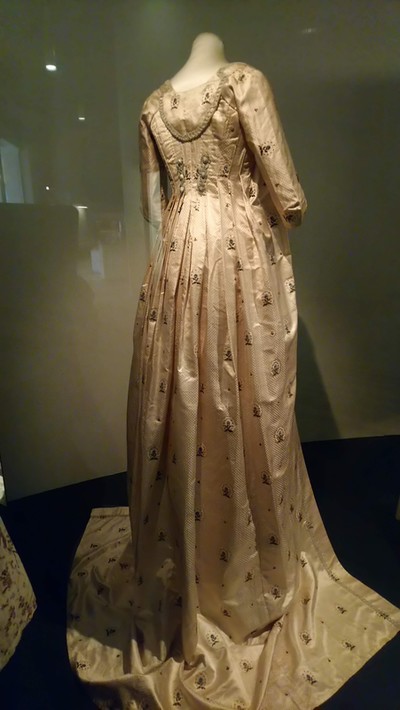




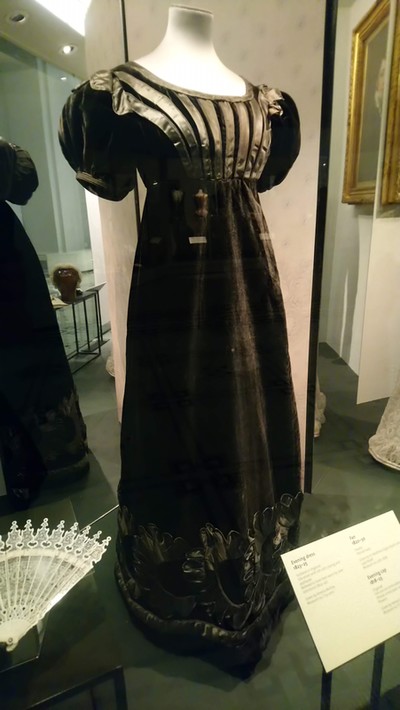



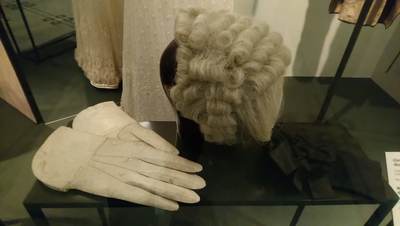
















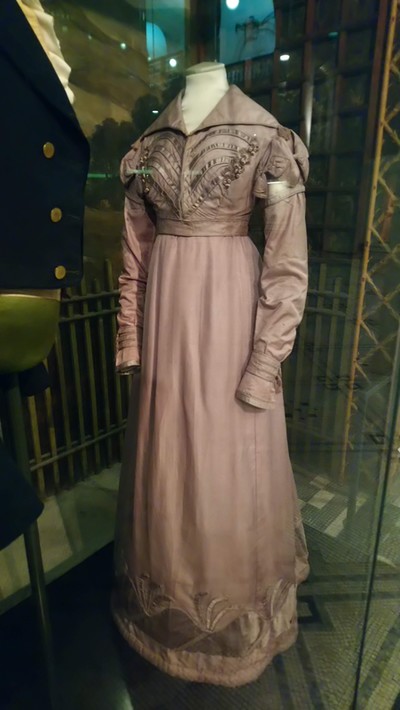
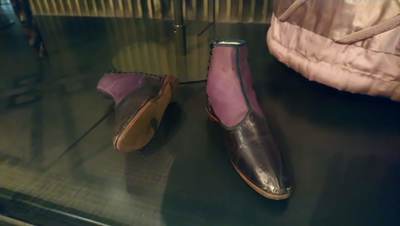


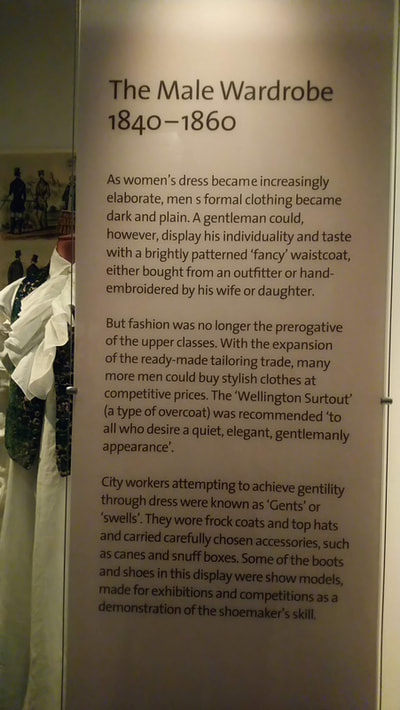






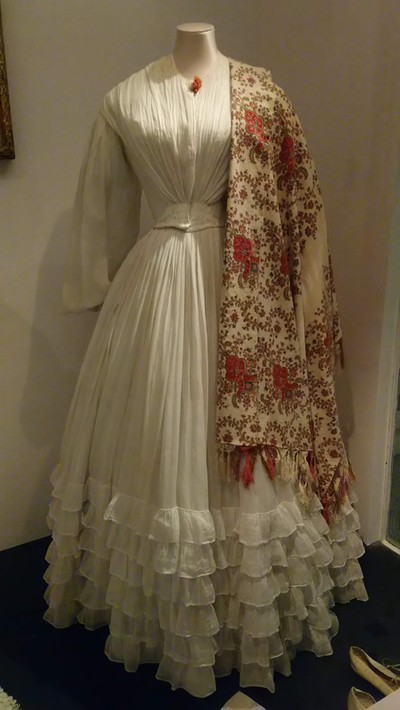

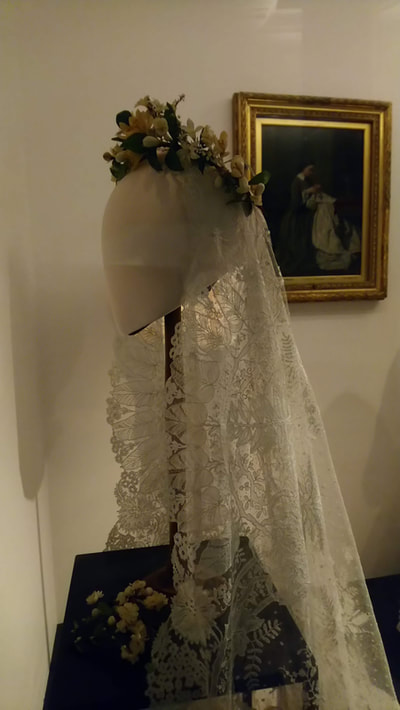





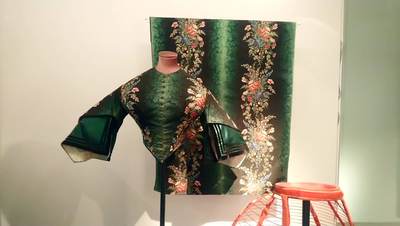














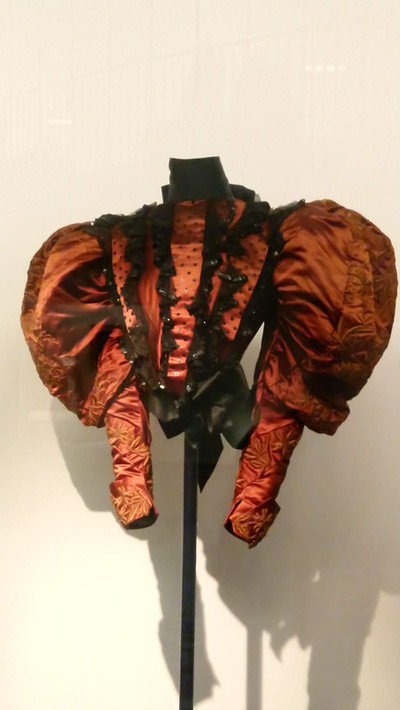






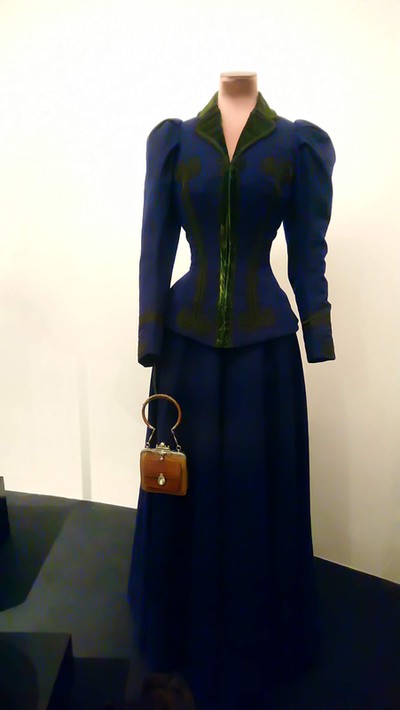
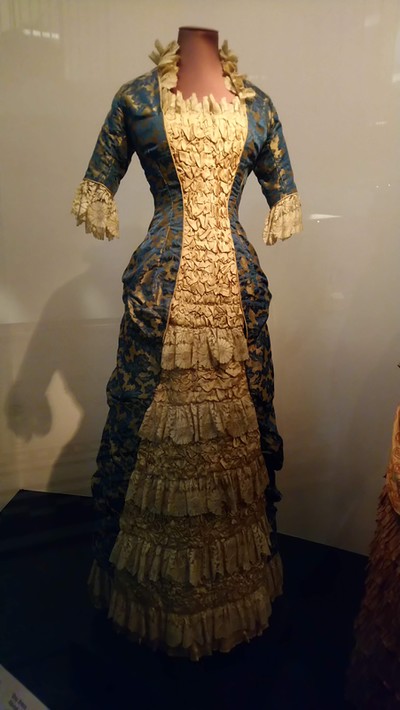











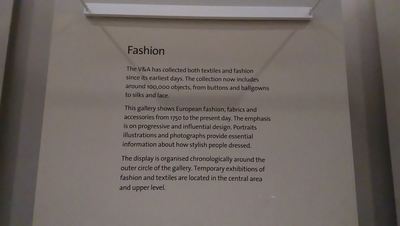




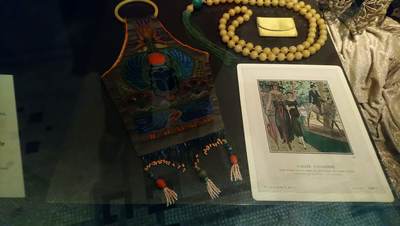


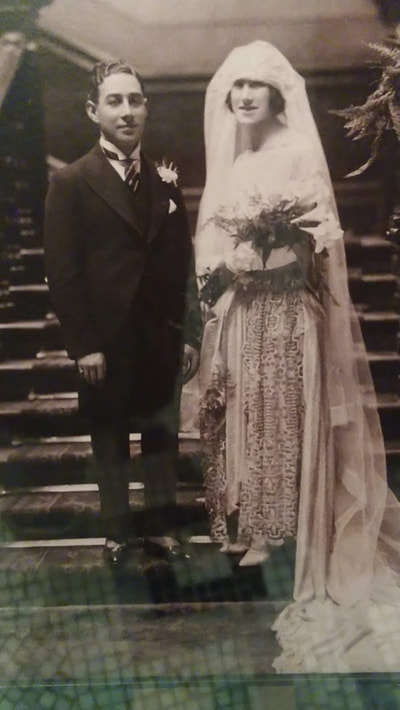







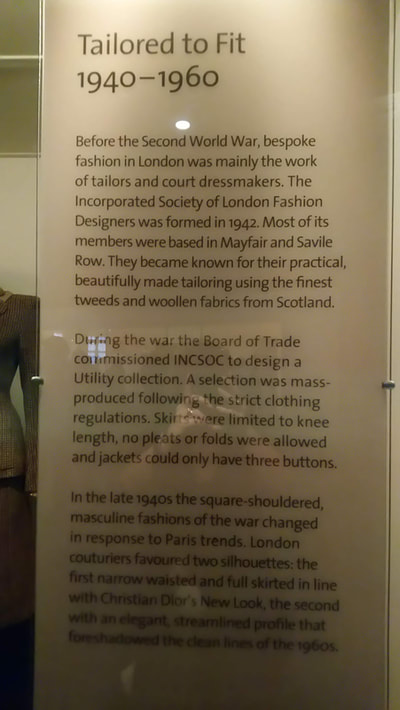

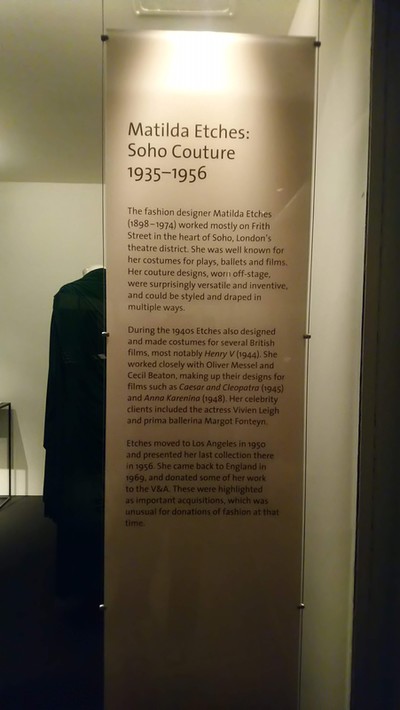
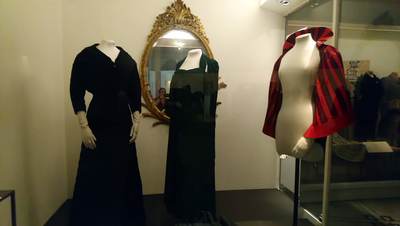


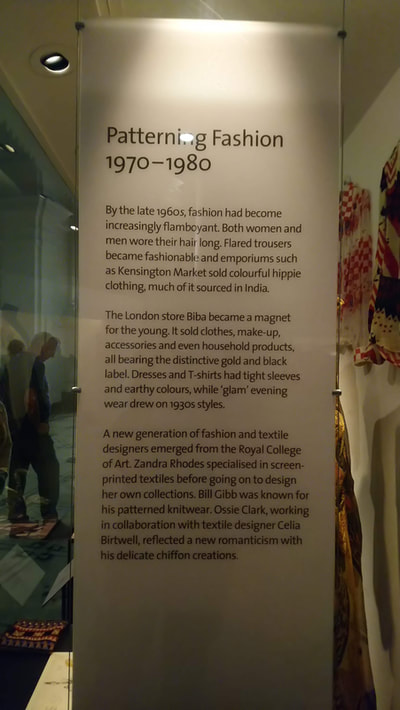



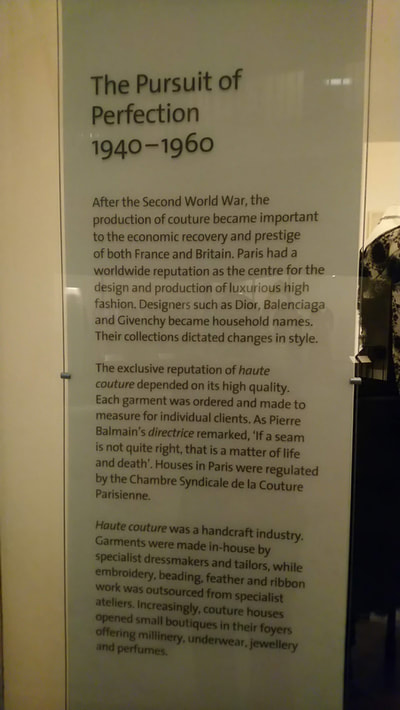

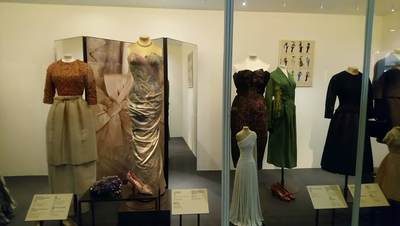


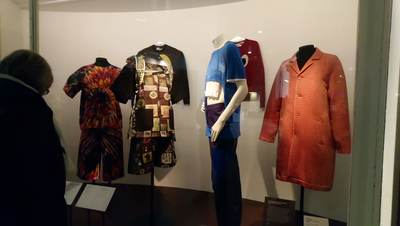
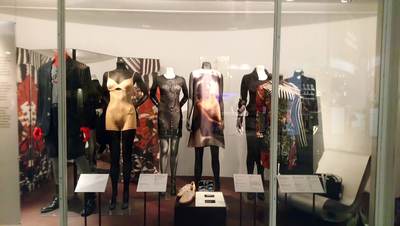






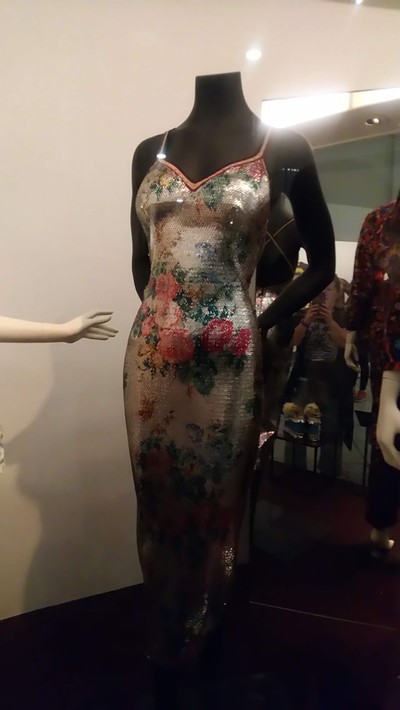


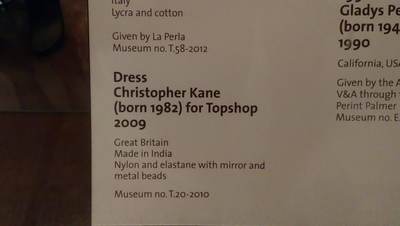


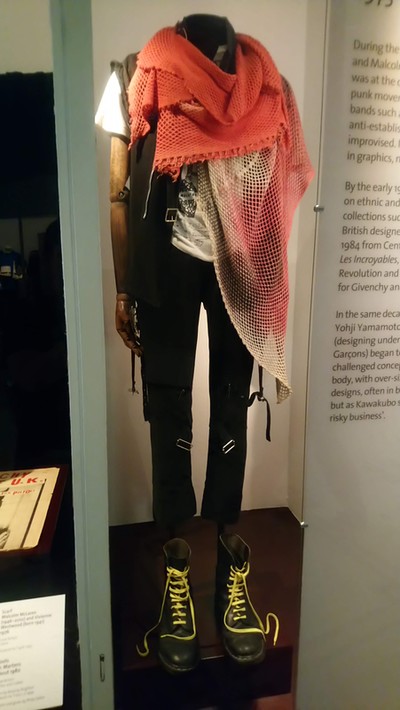




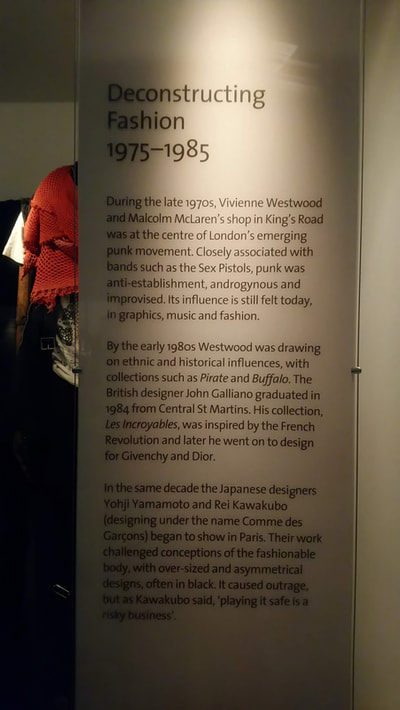

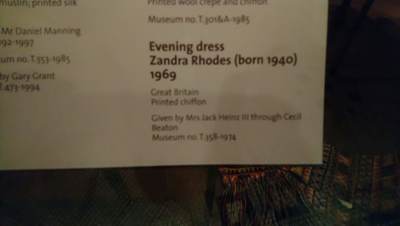



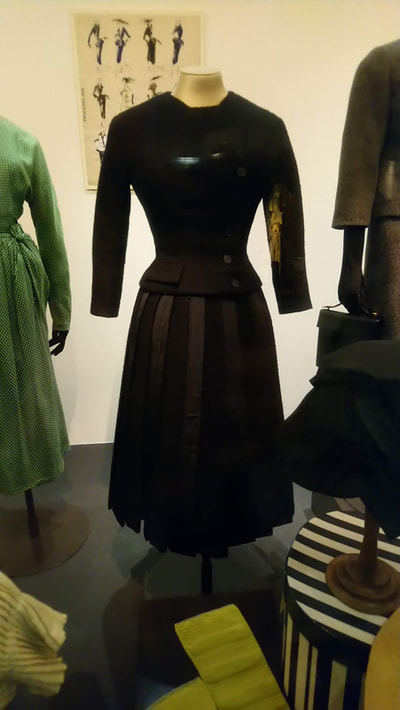
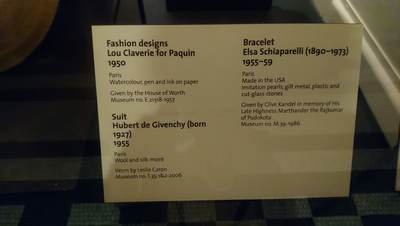

















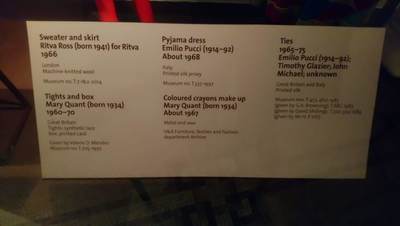

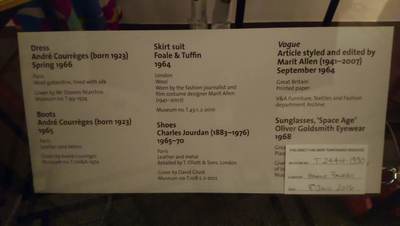
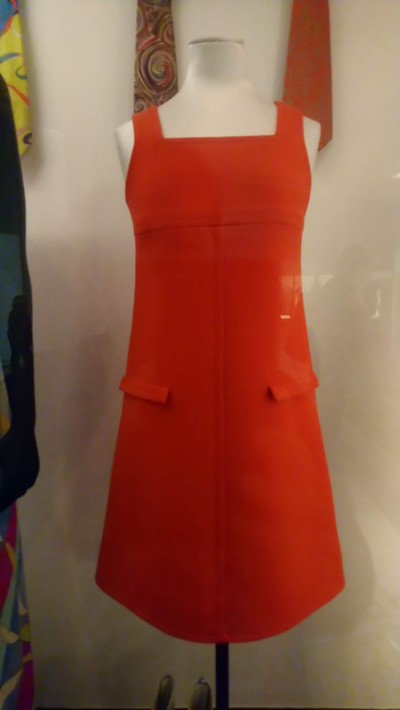

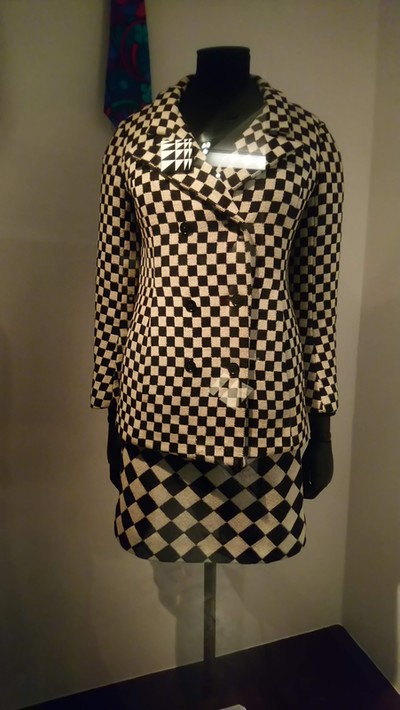



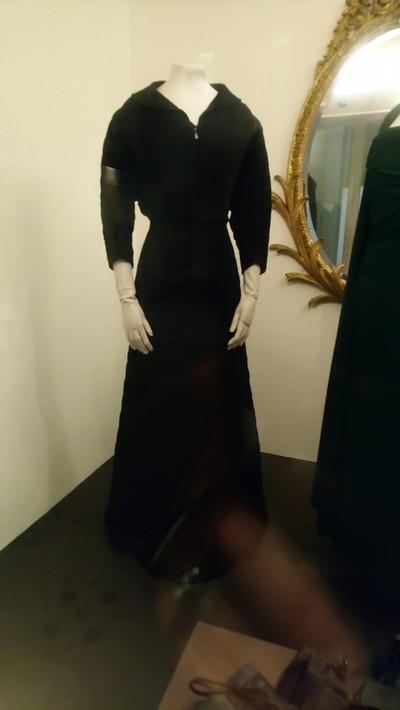


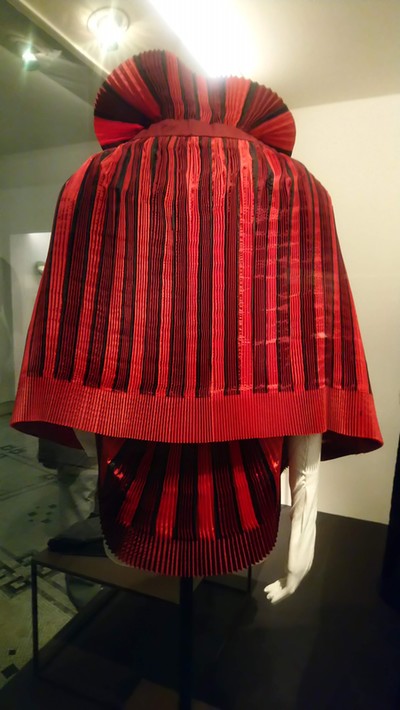

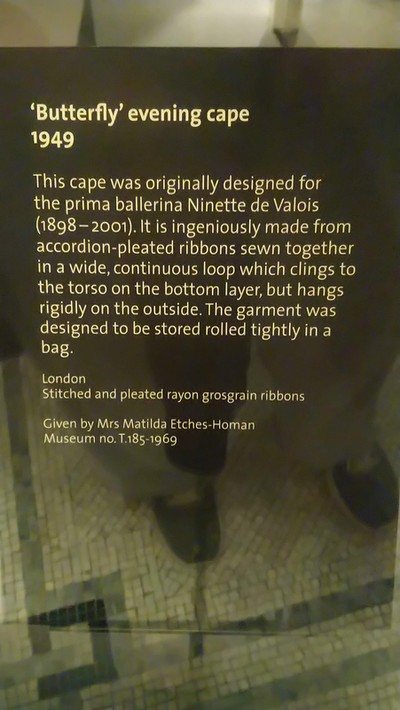











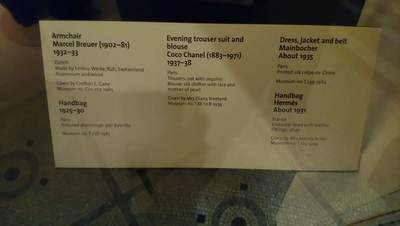


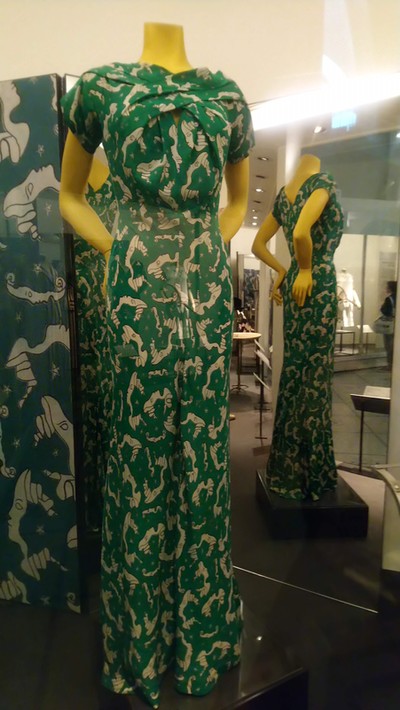


































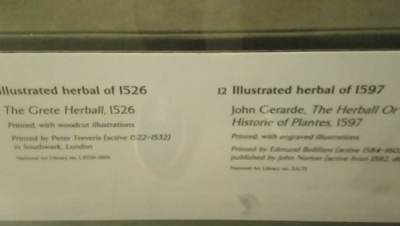

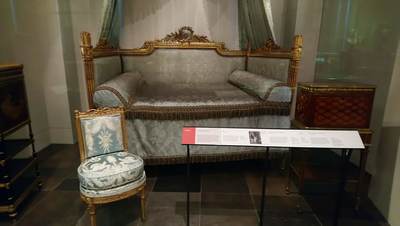
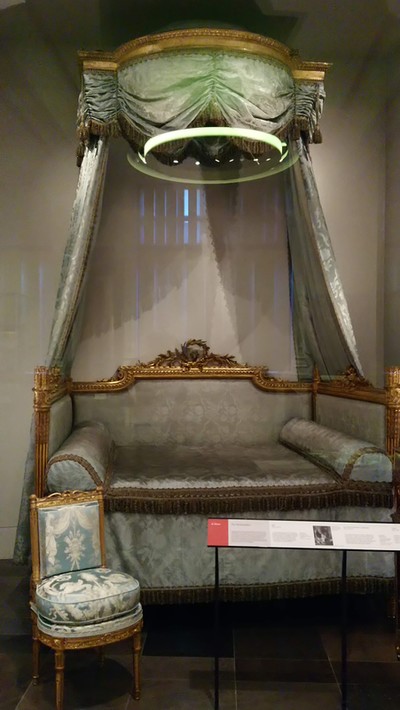







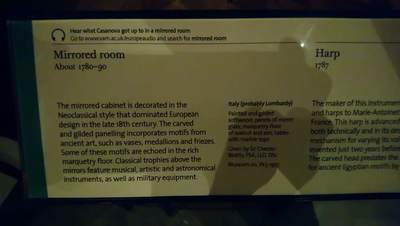

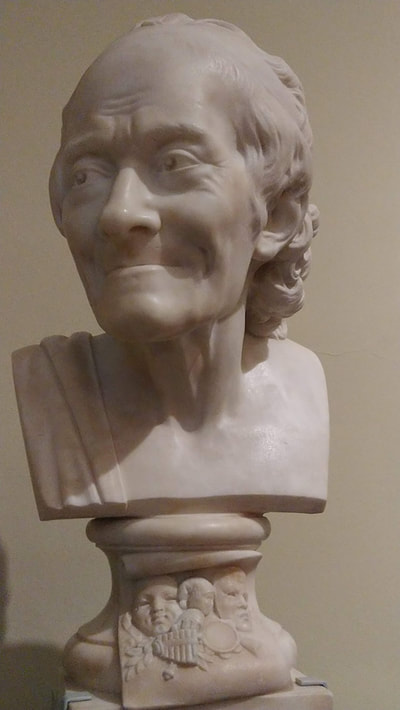




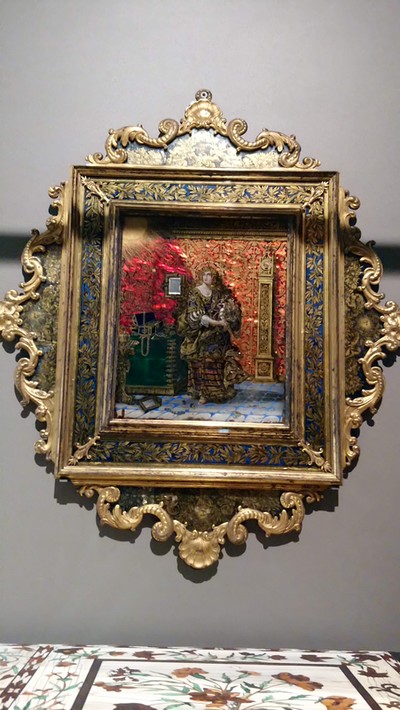

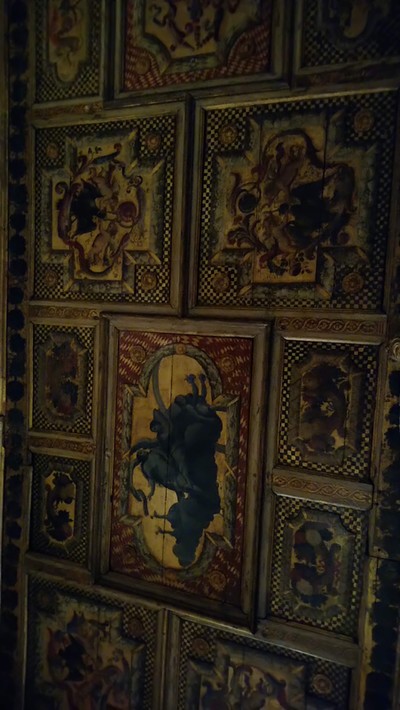
























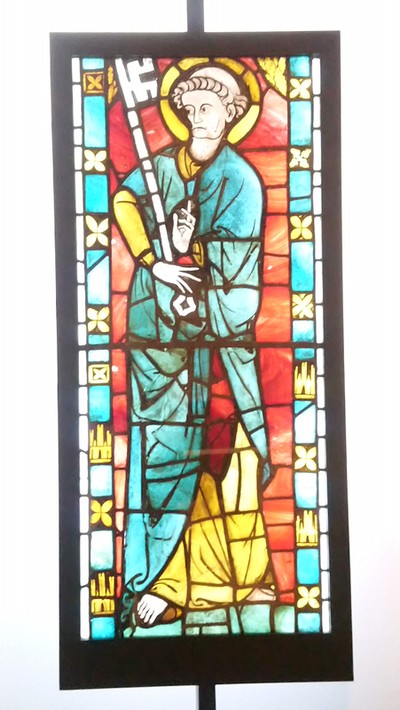
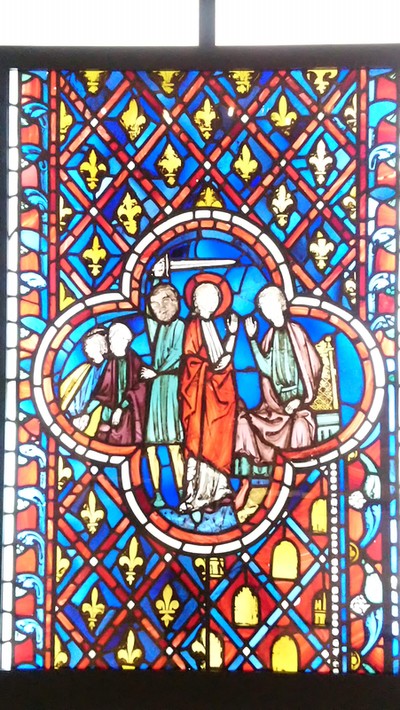
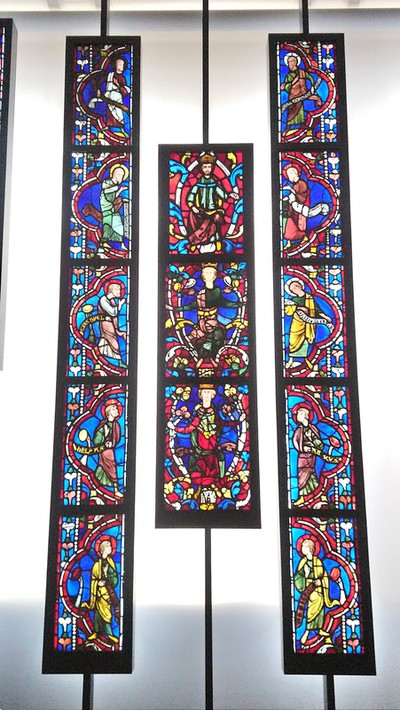
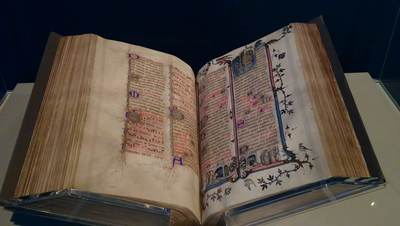













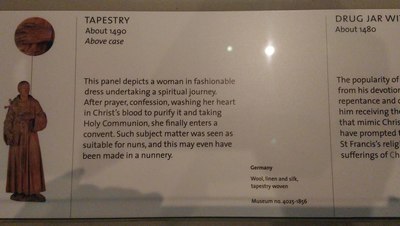





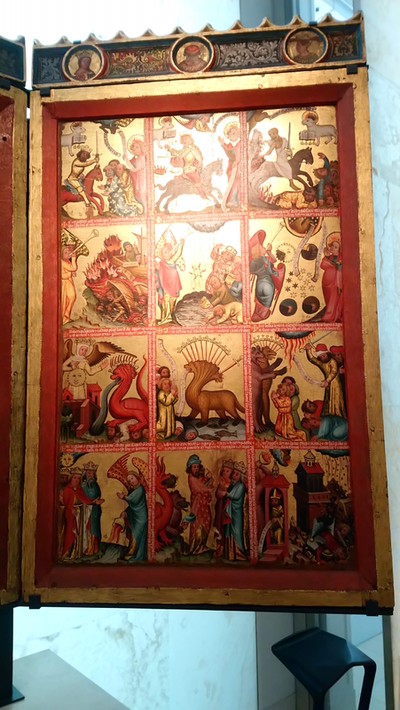




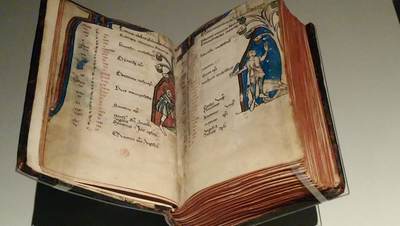

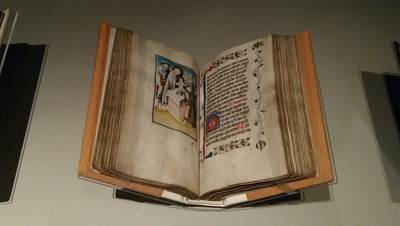


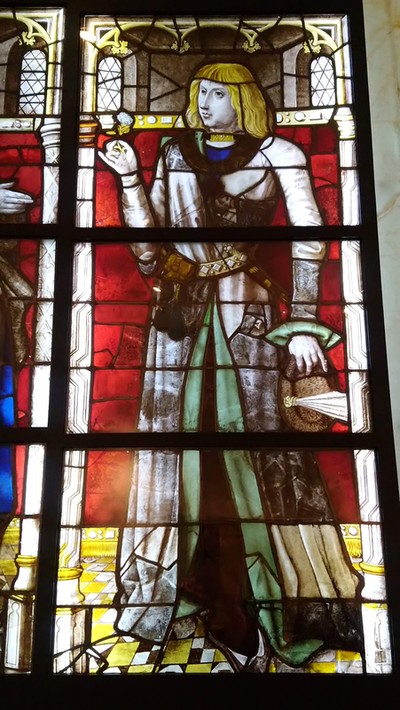

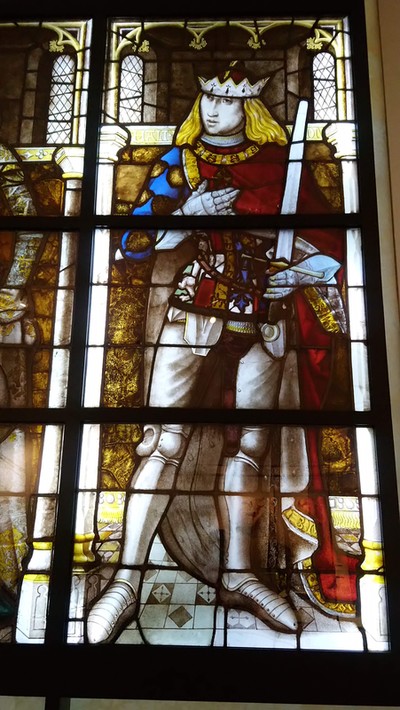
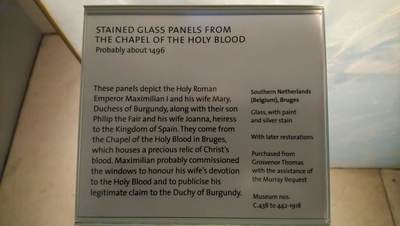
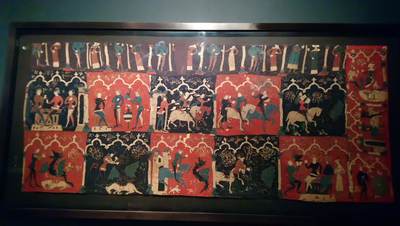











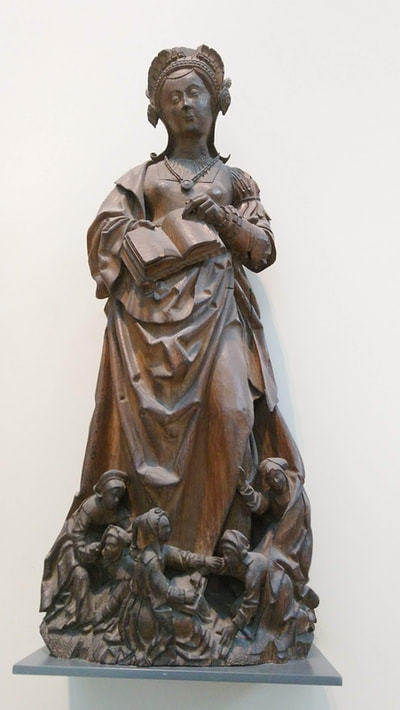












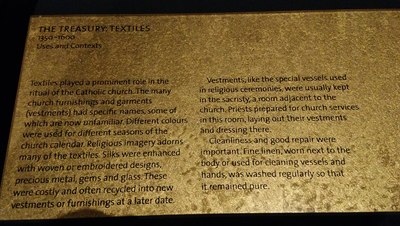





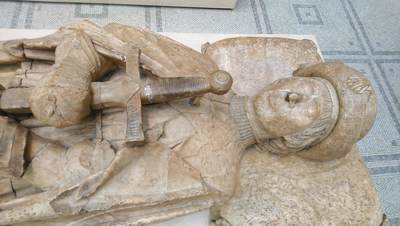



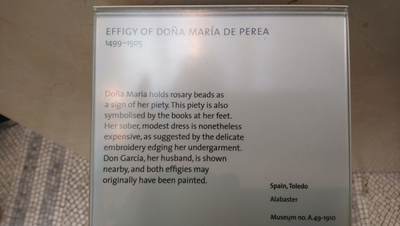




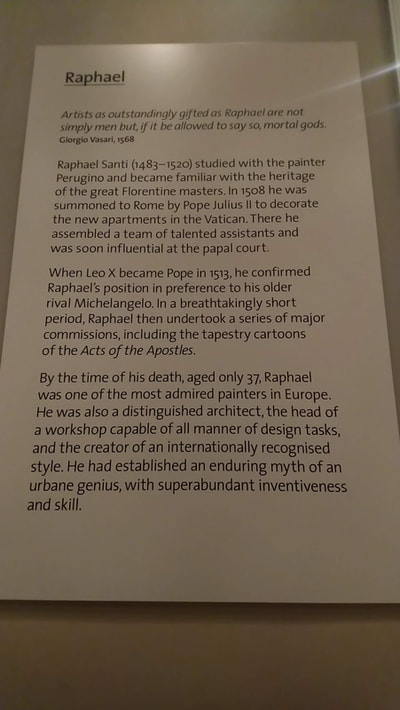





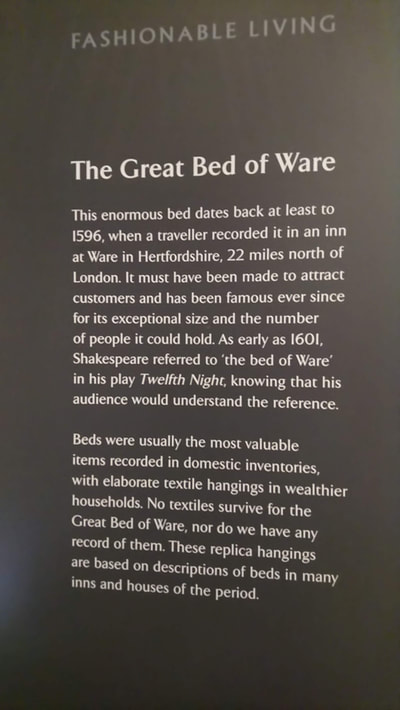
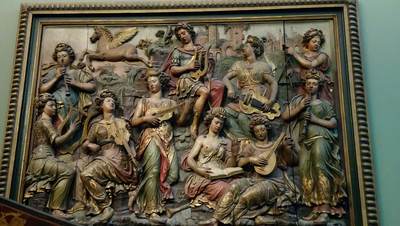






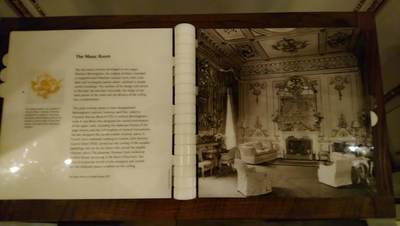


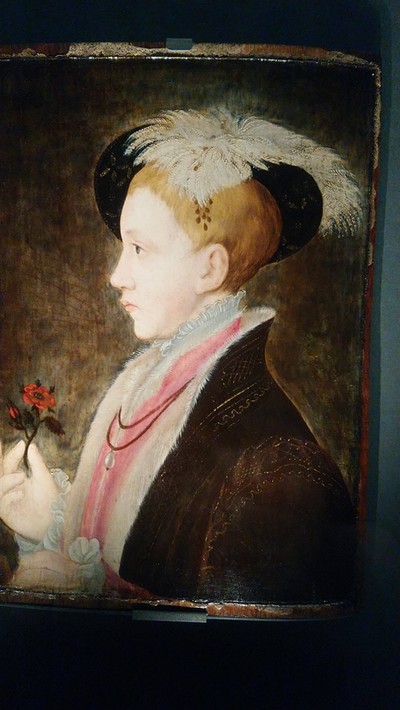


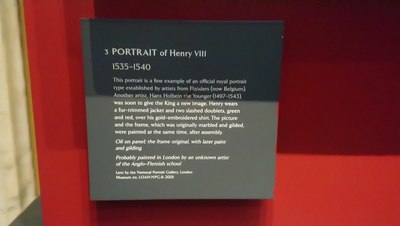




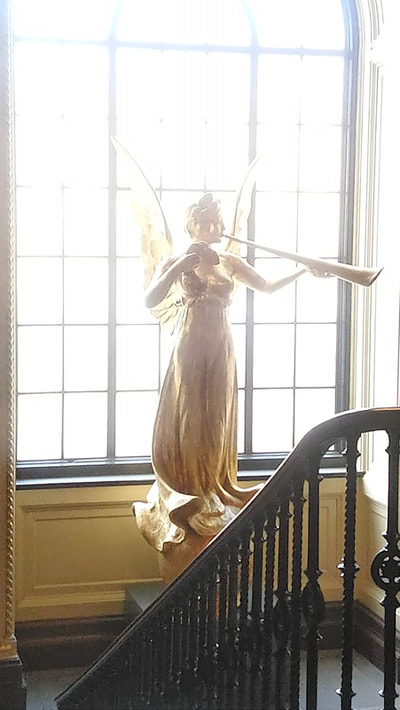





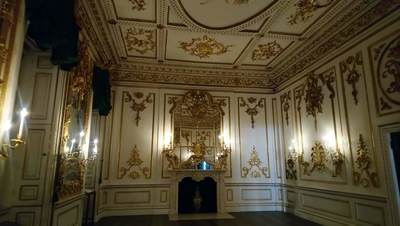



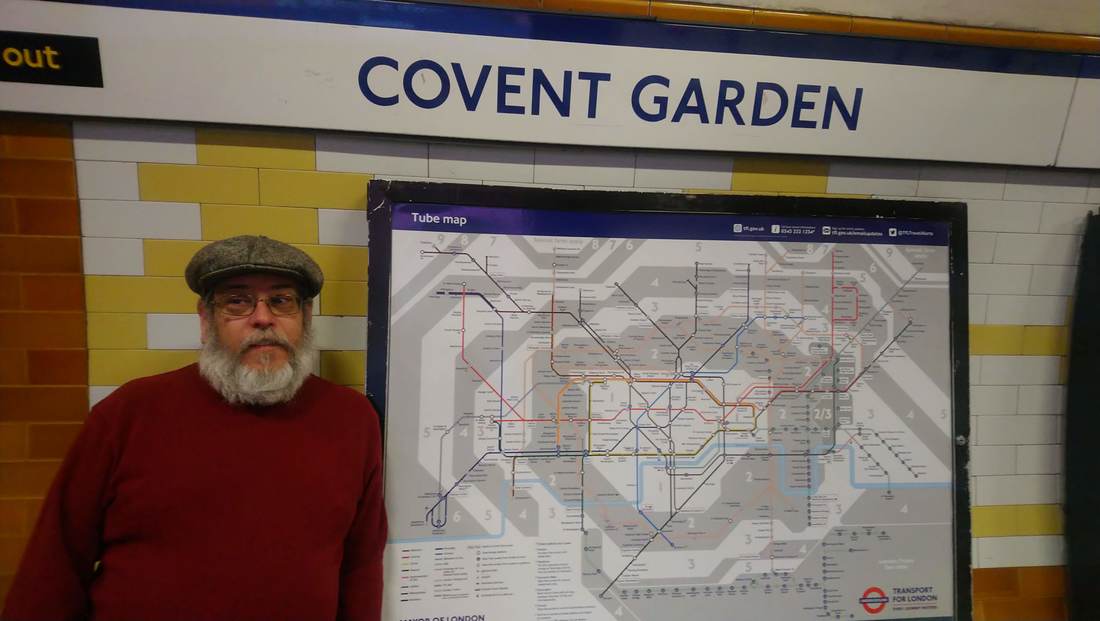

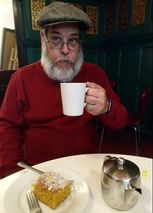

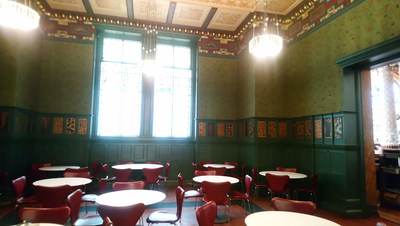


















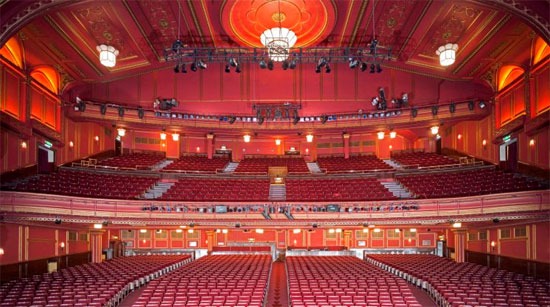
 RSS Feed
RSS Feed